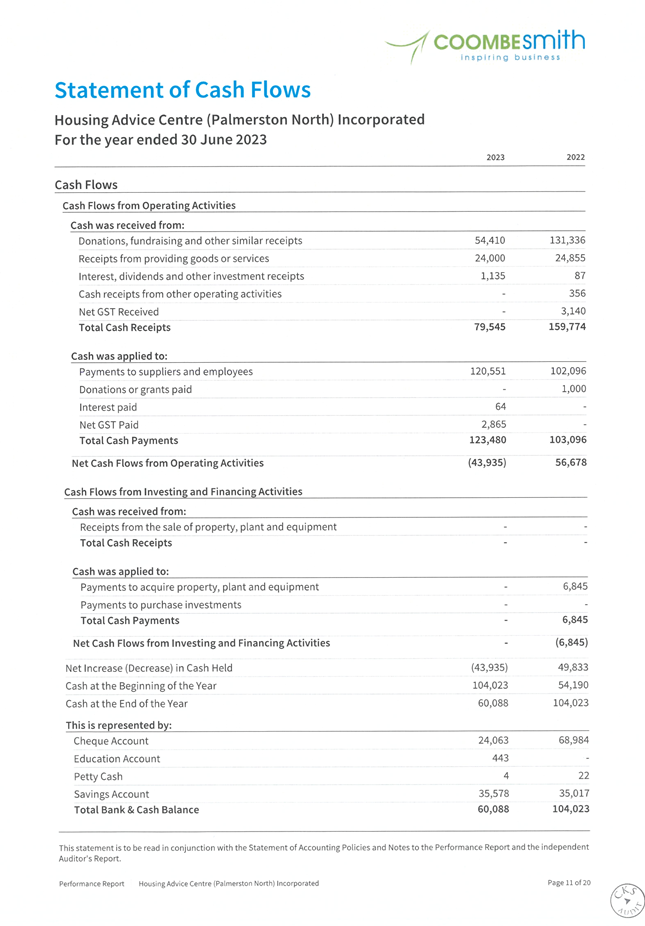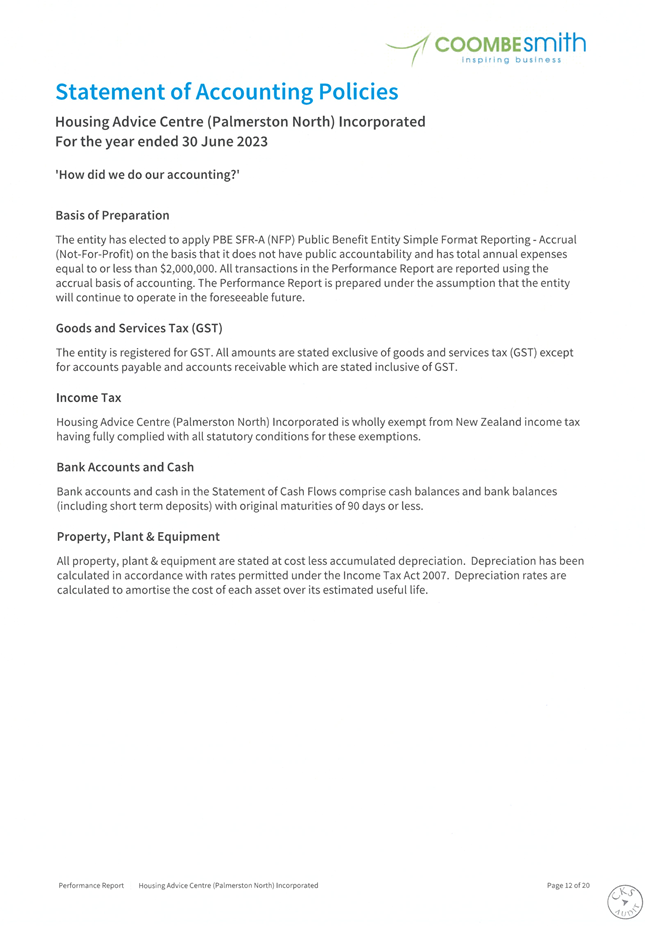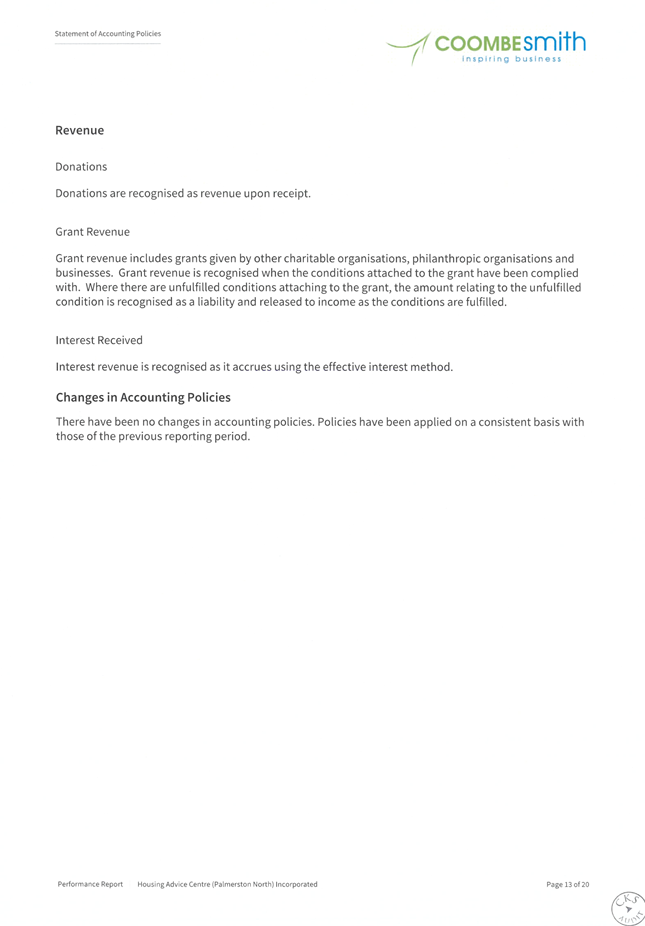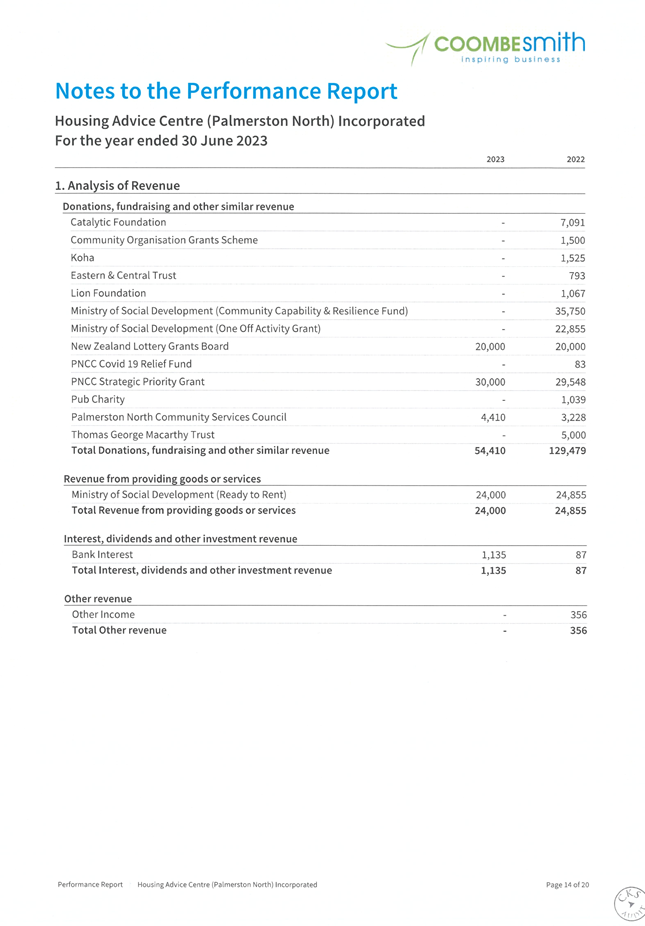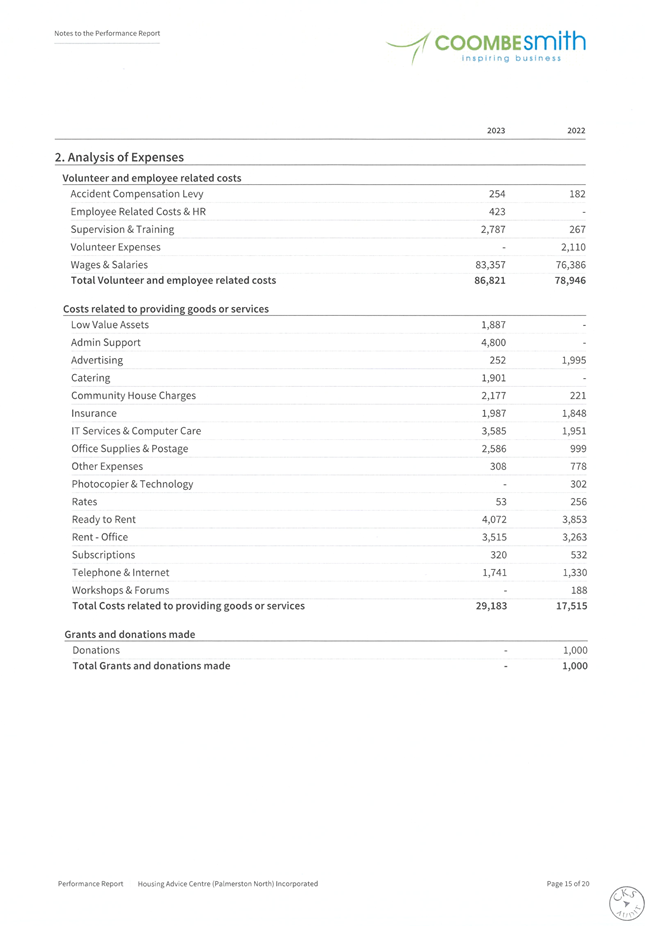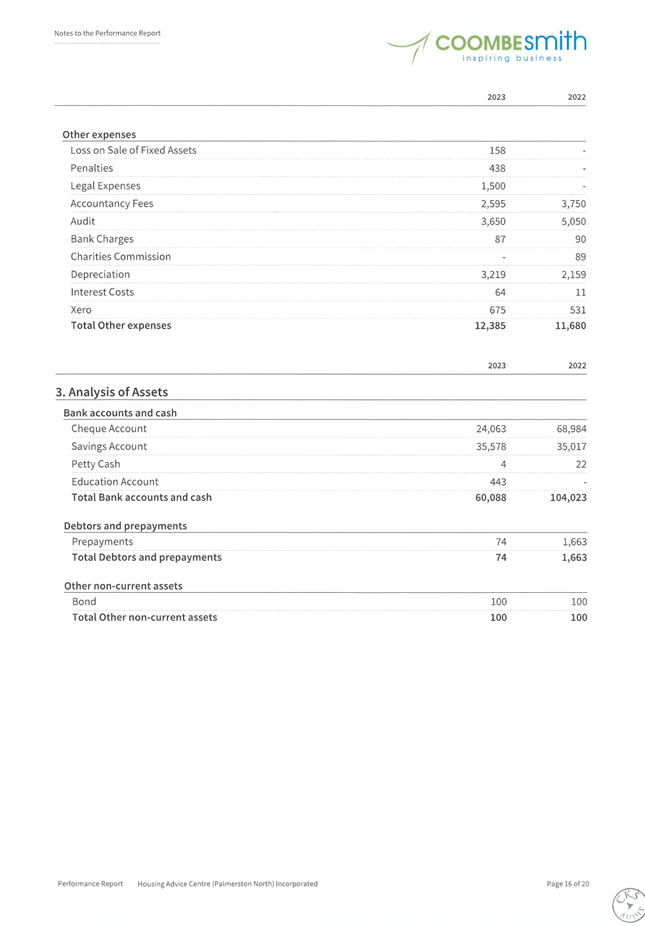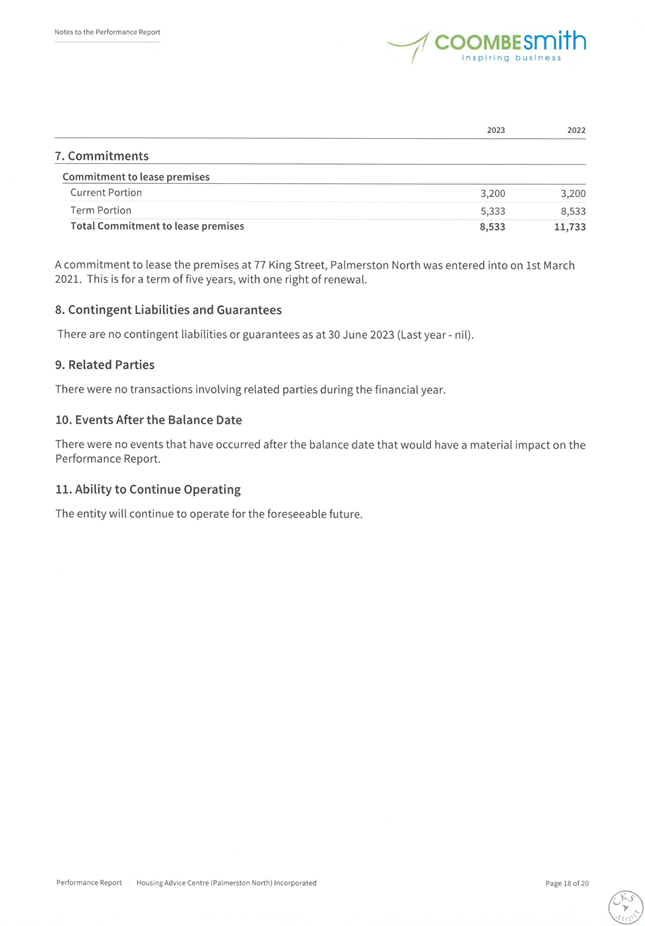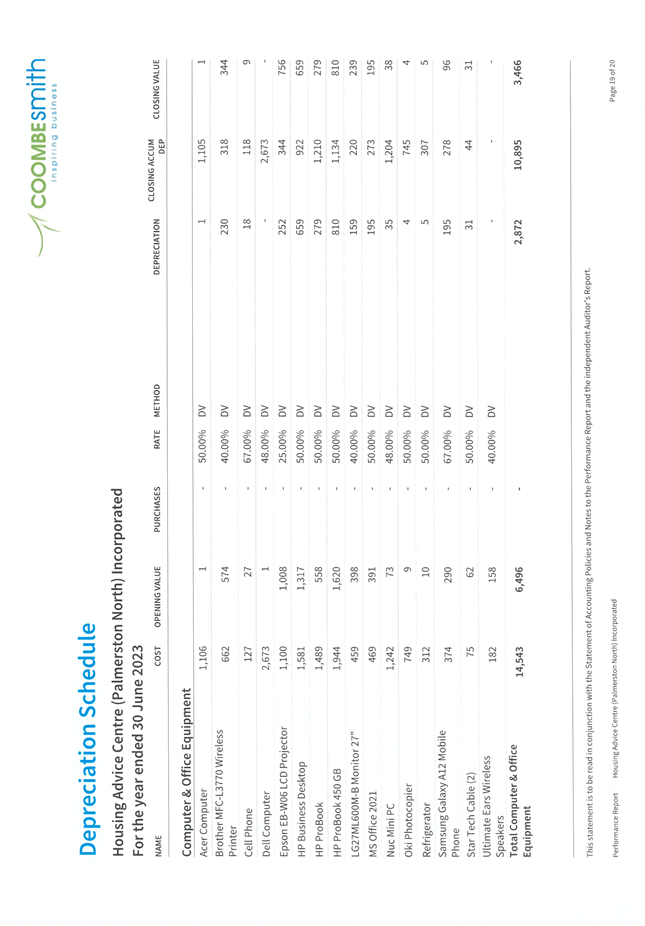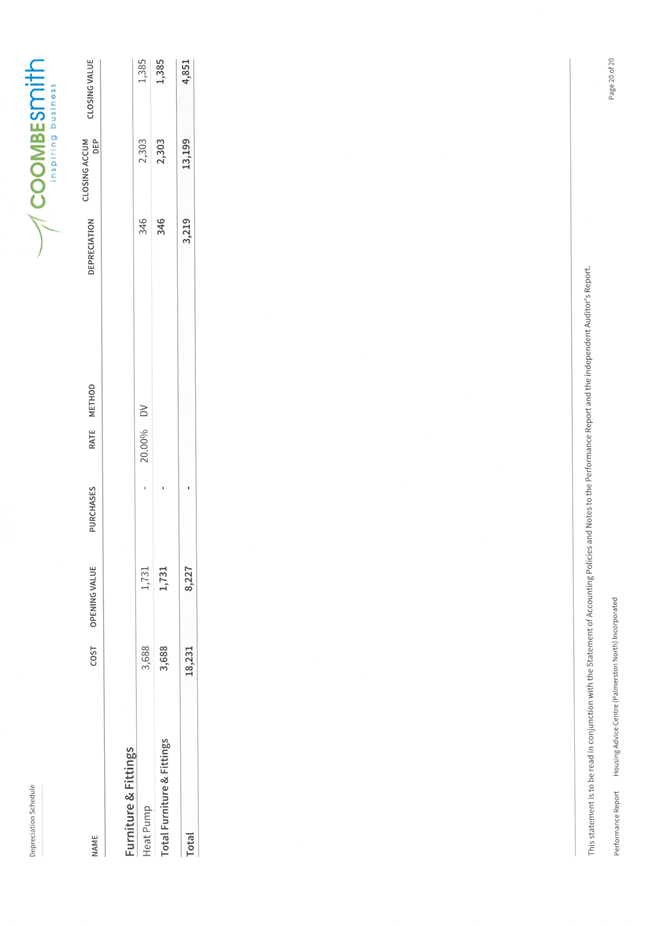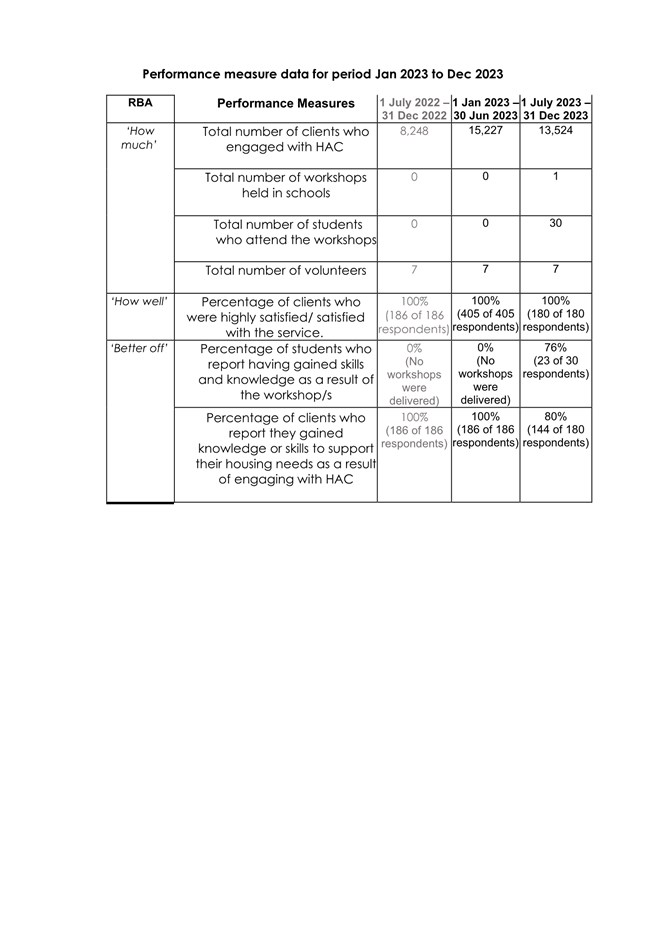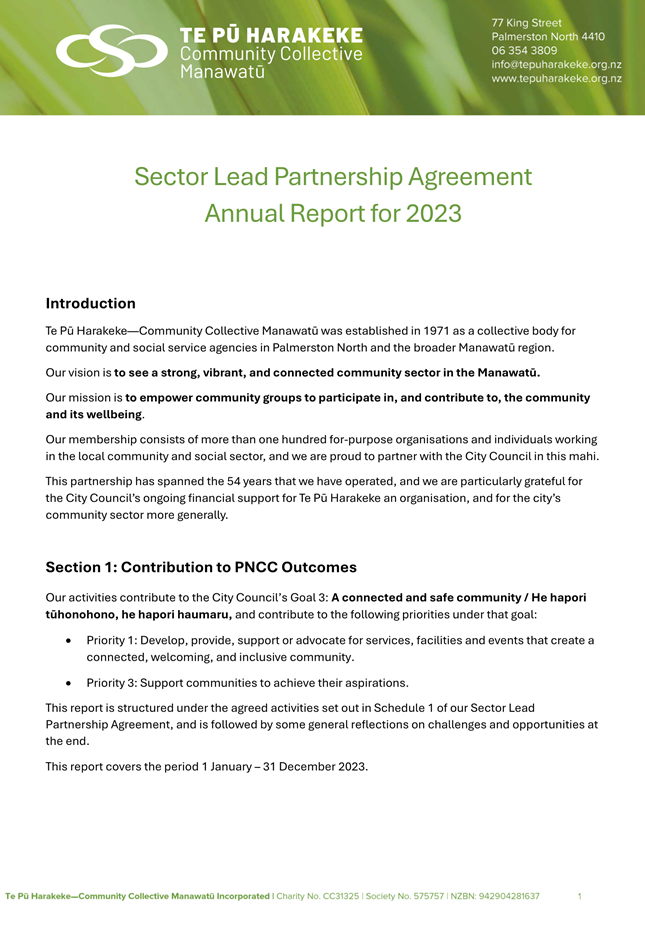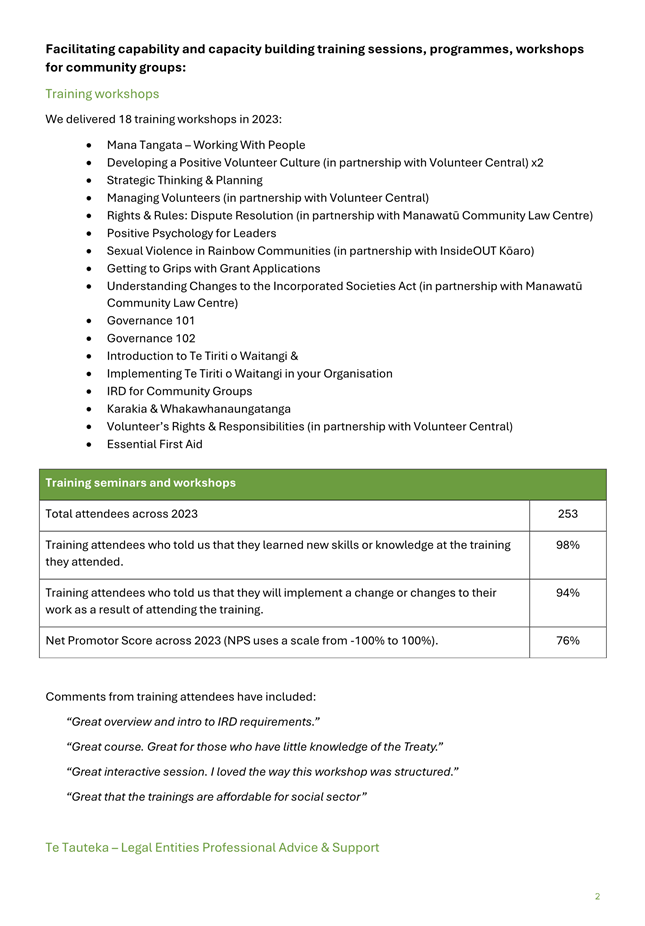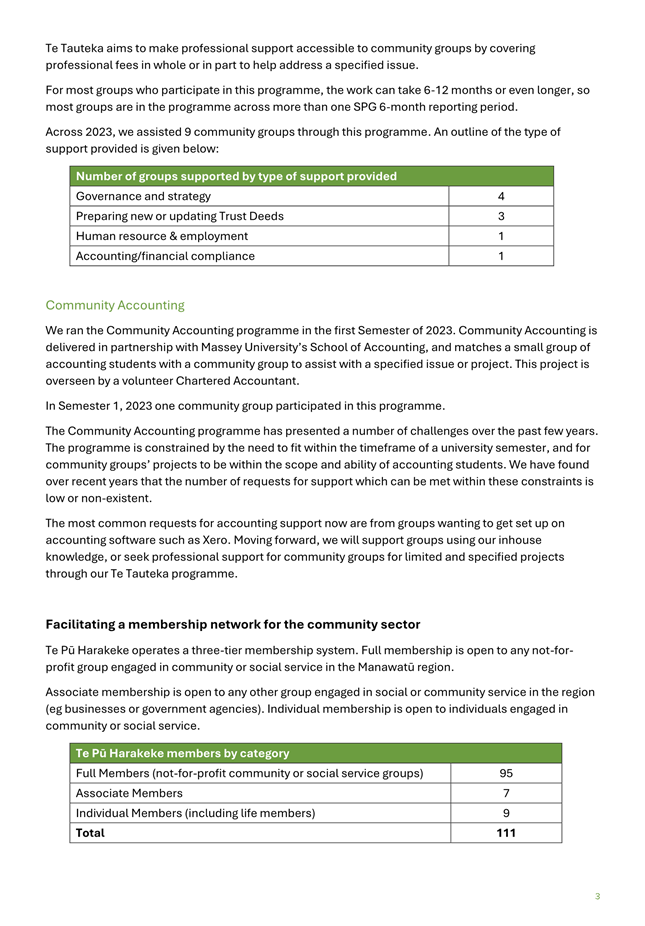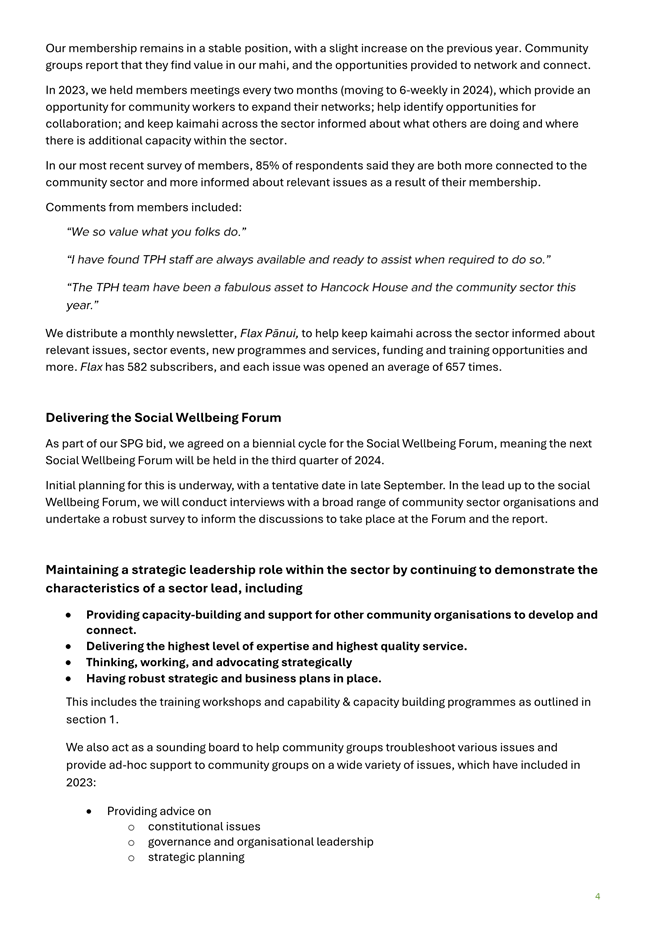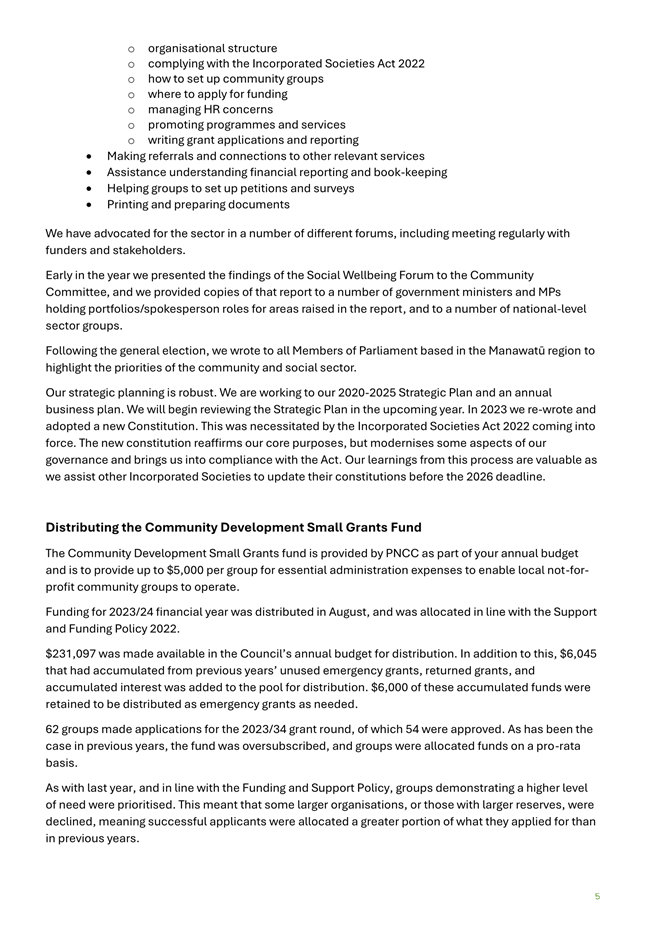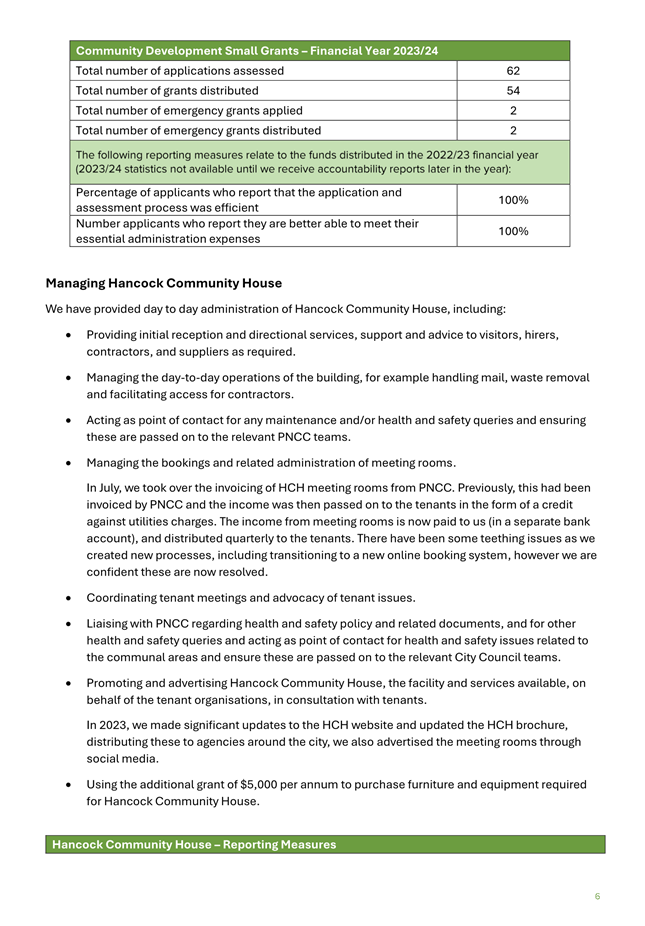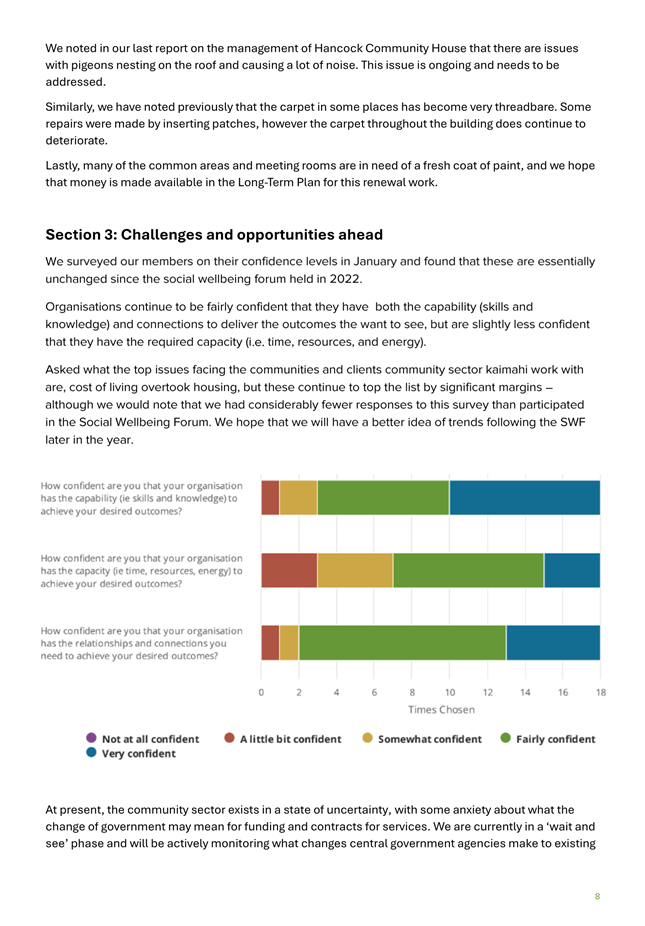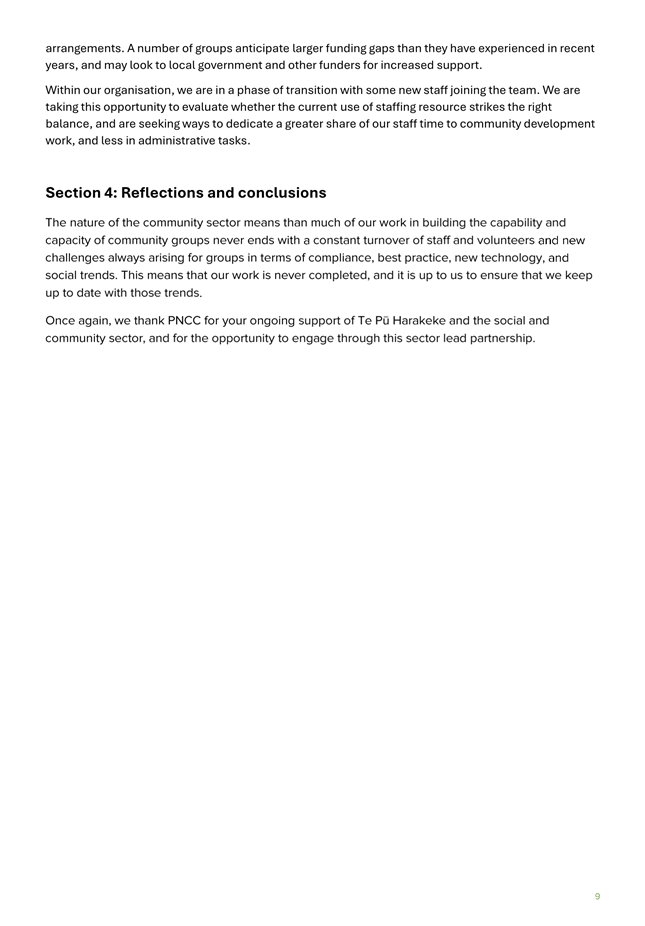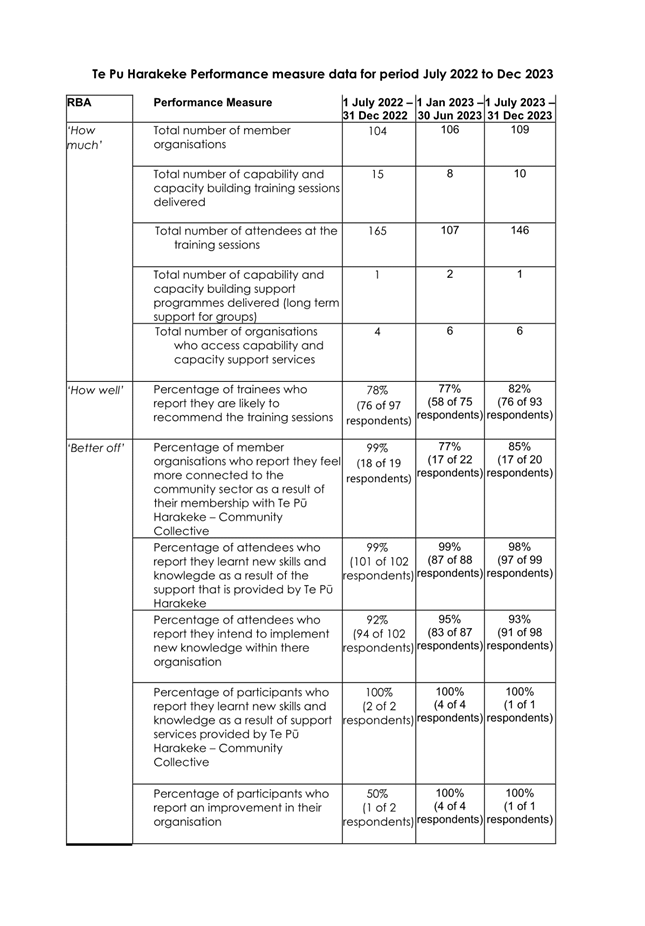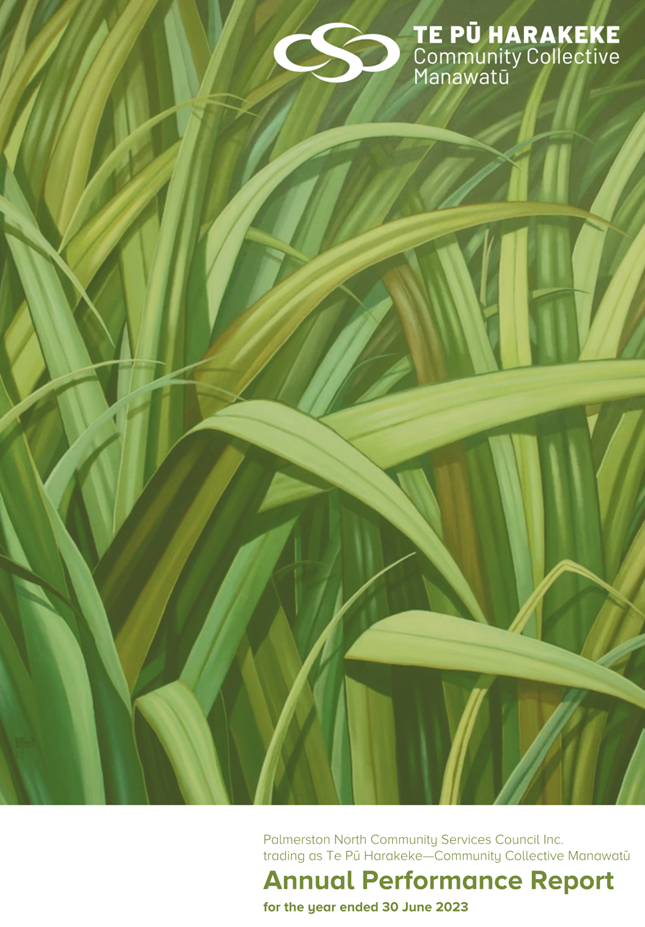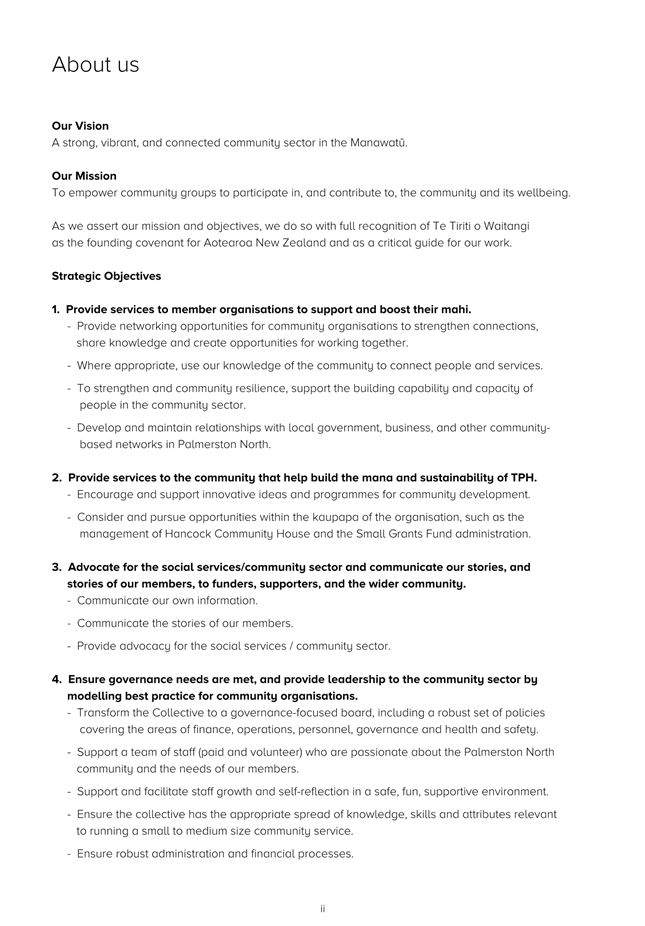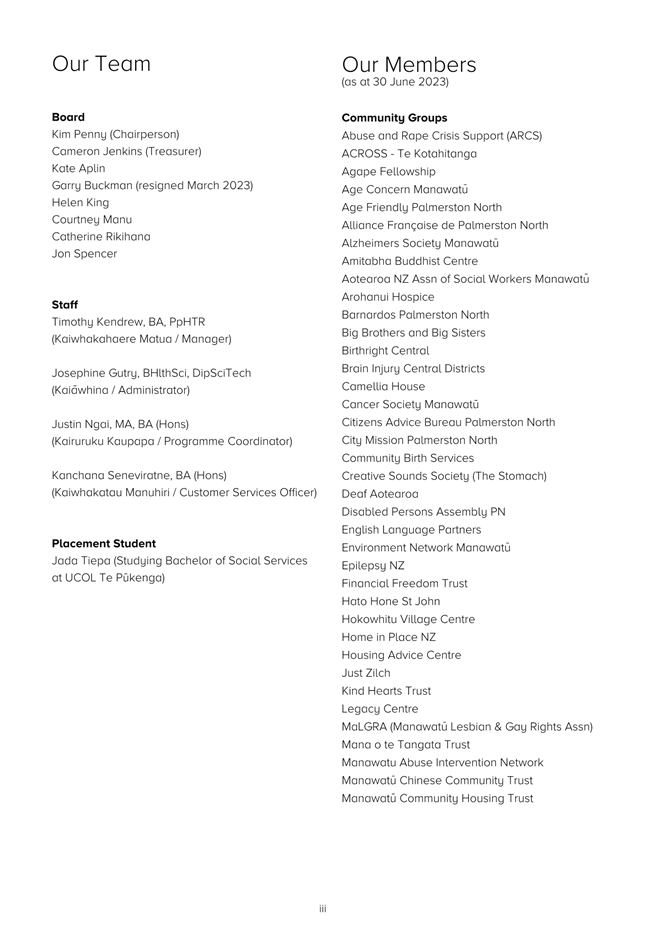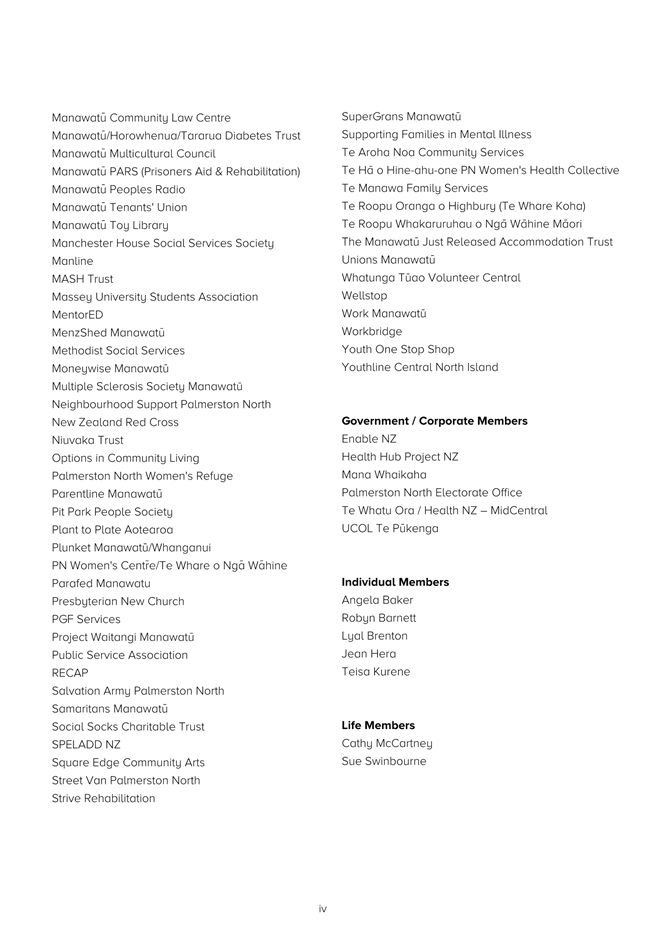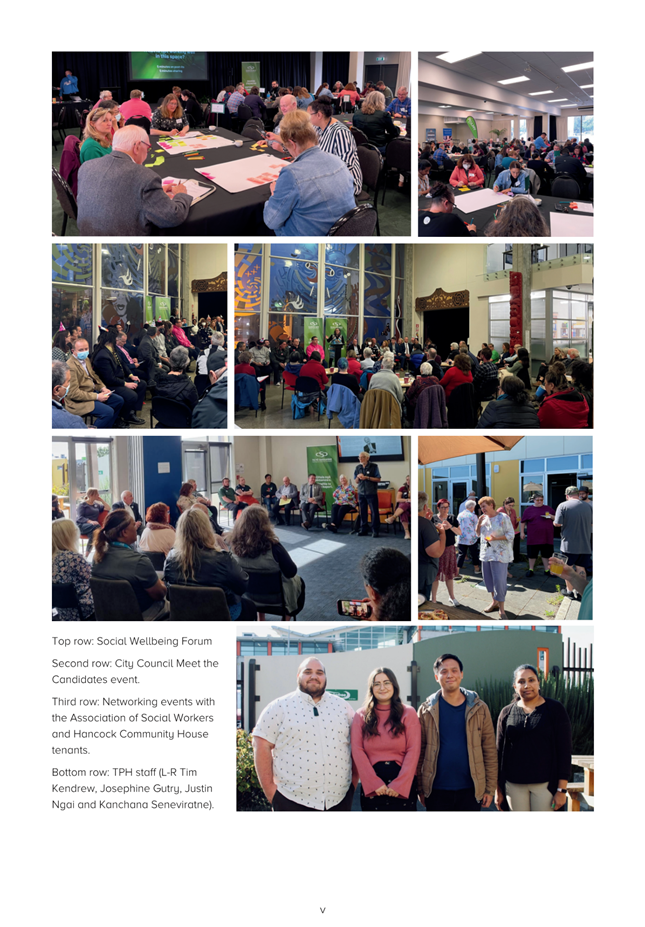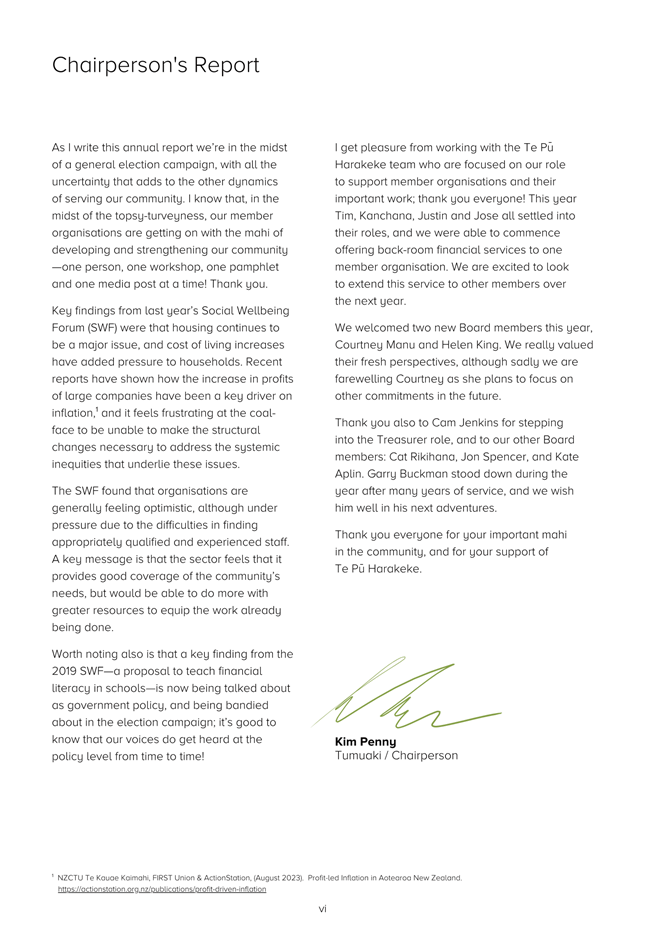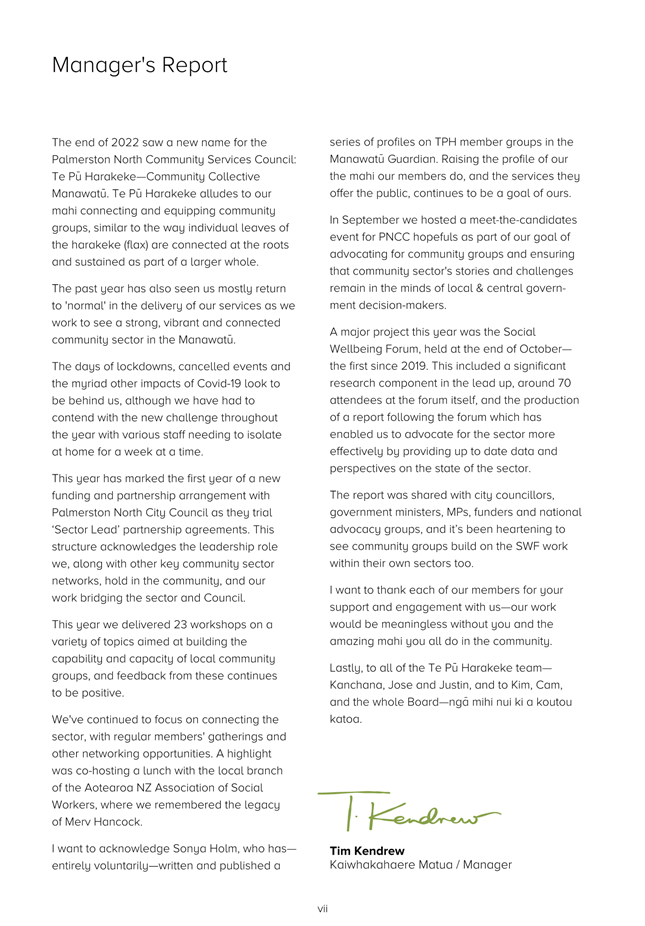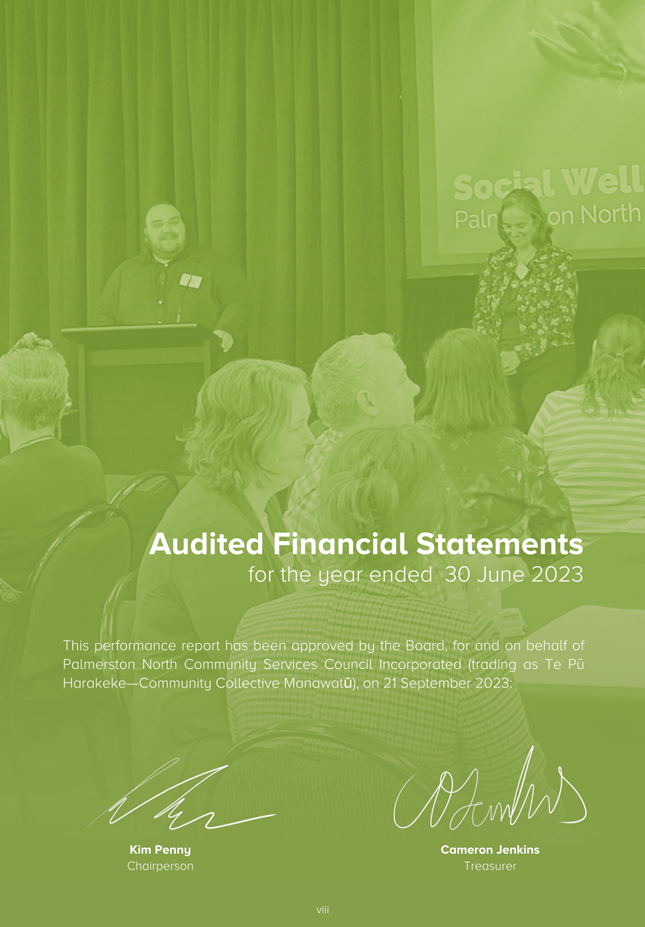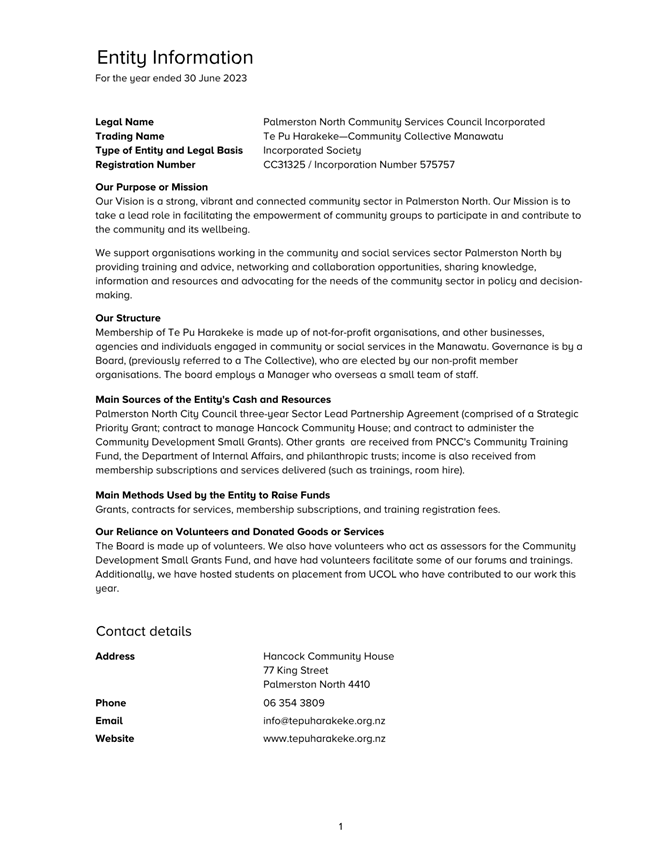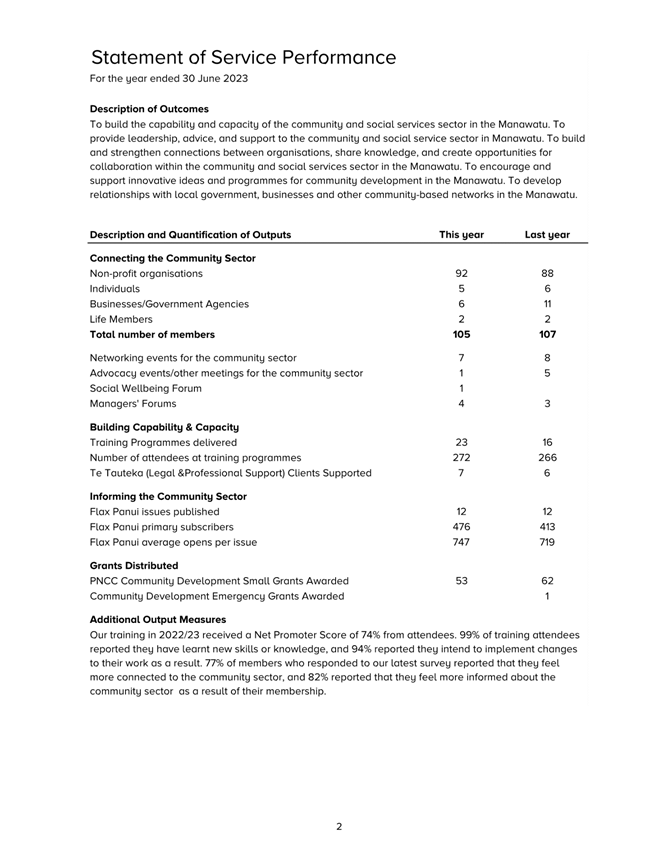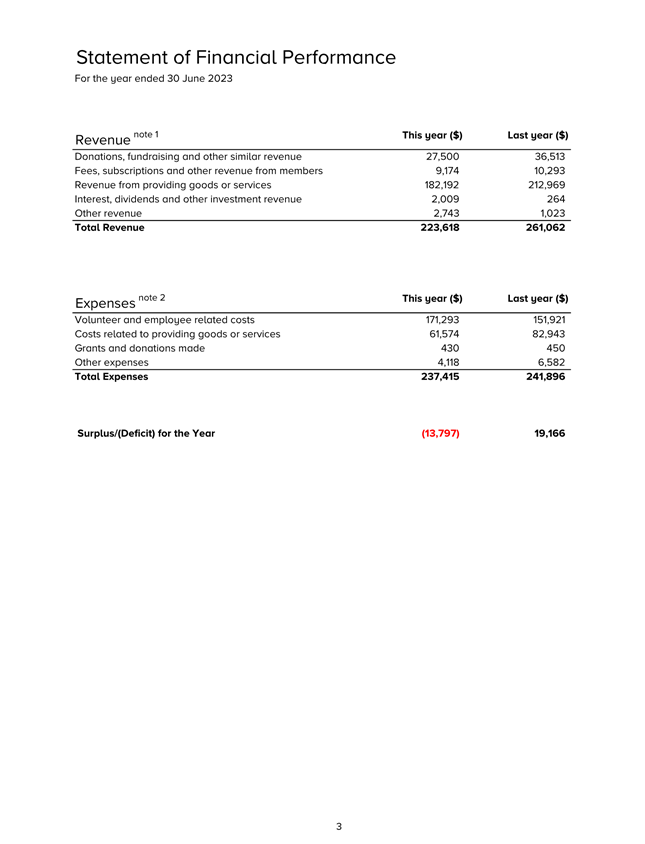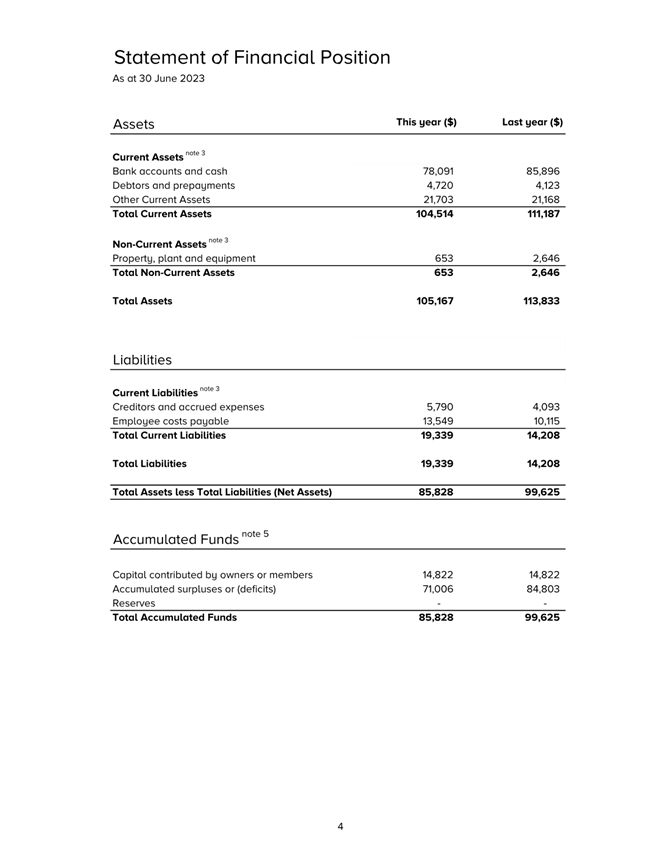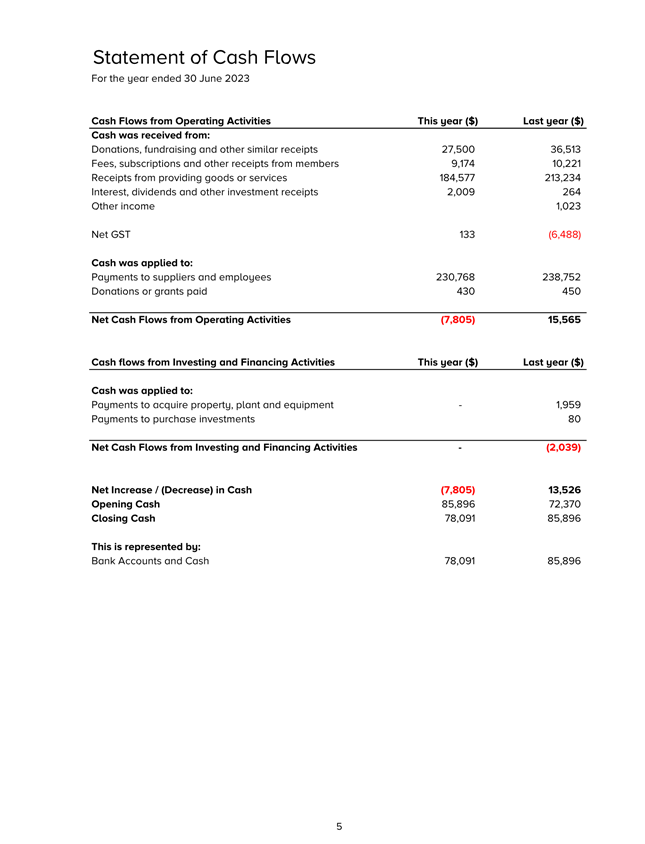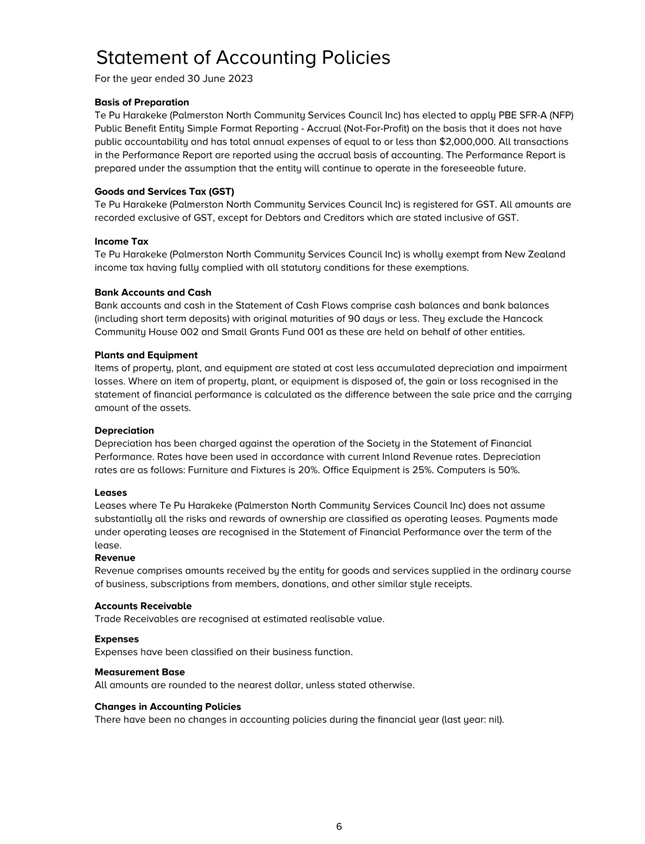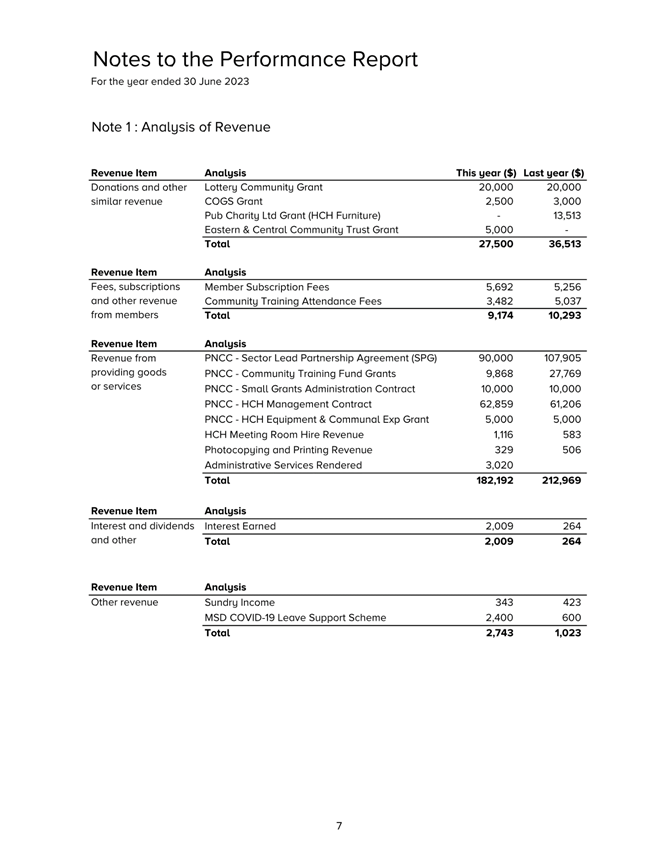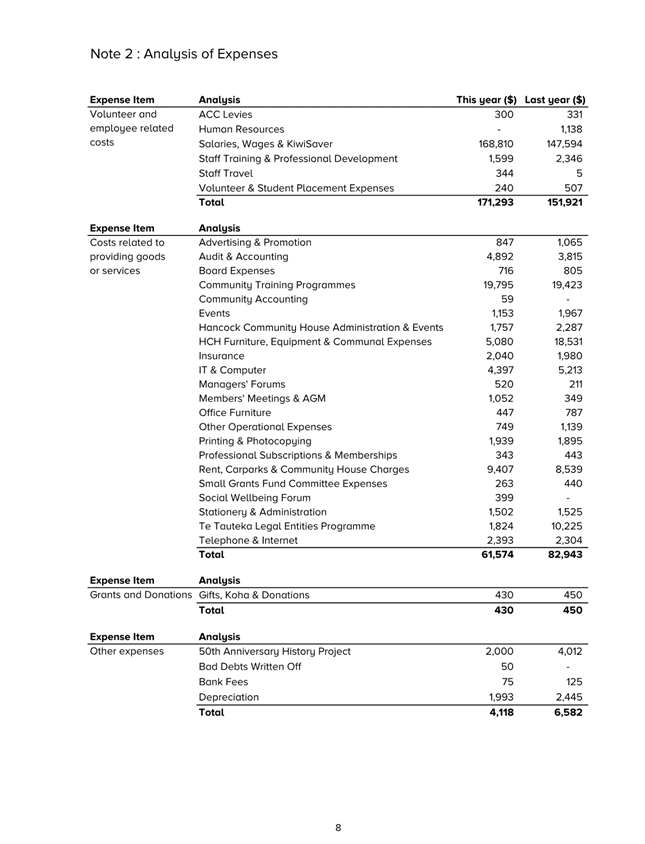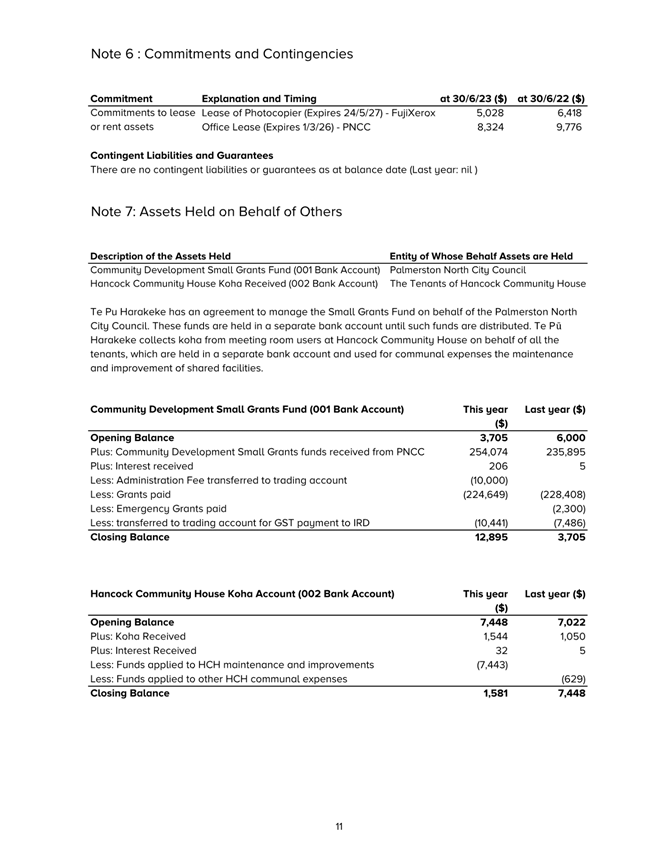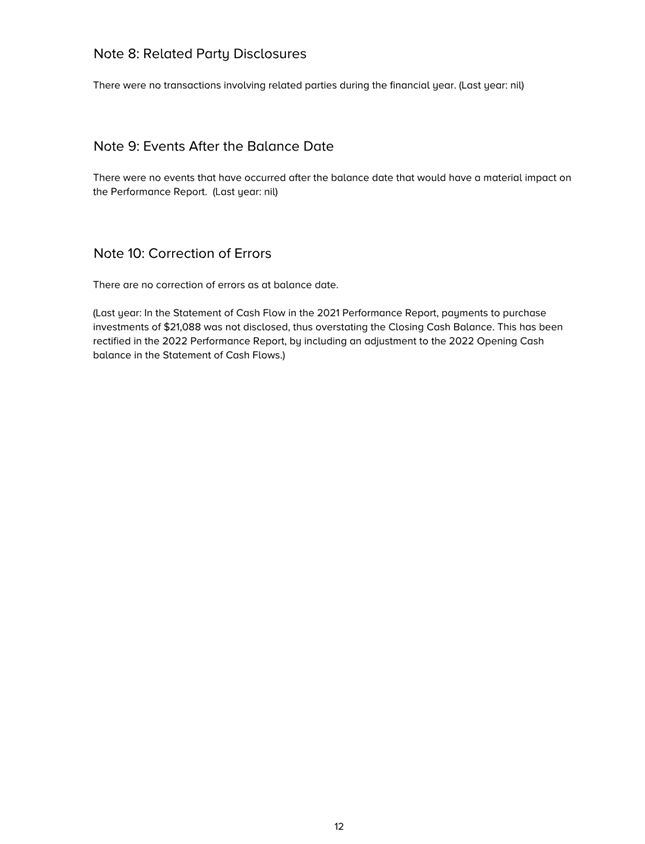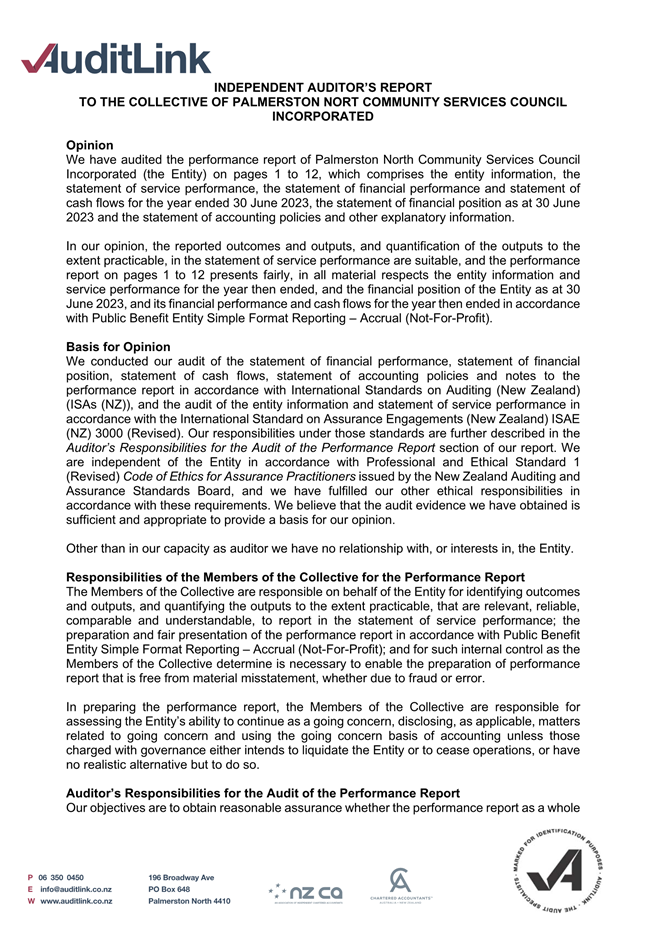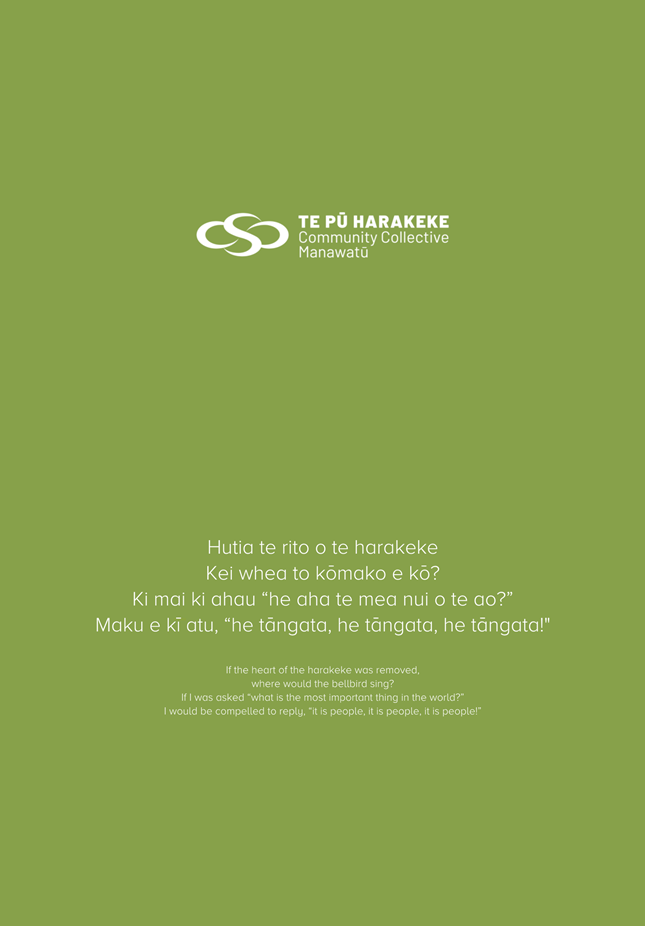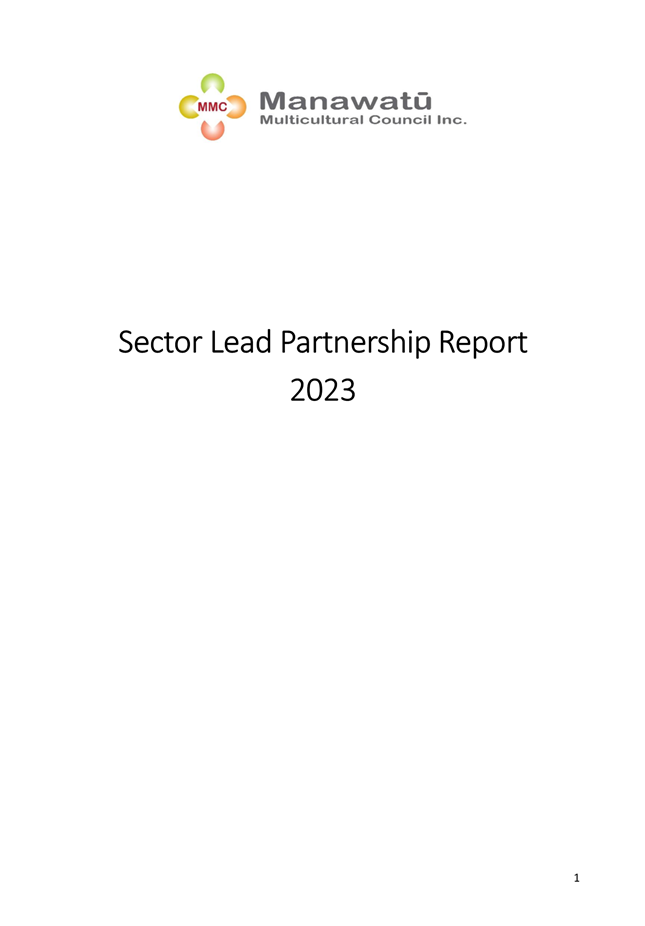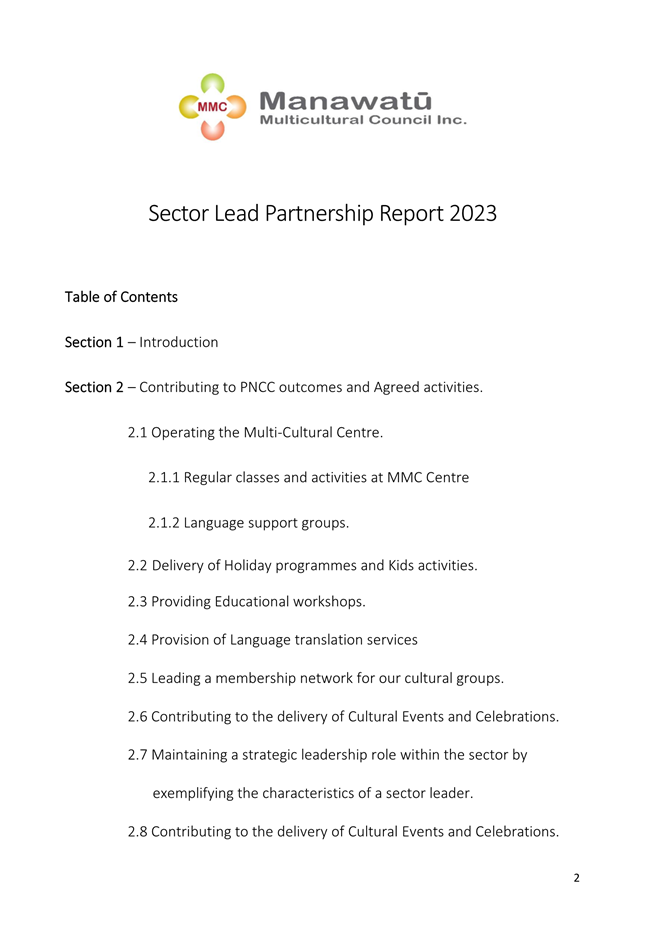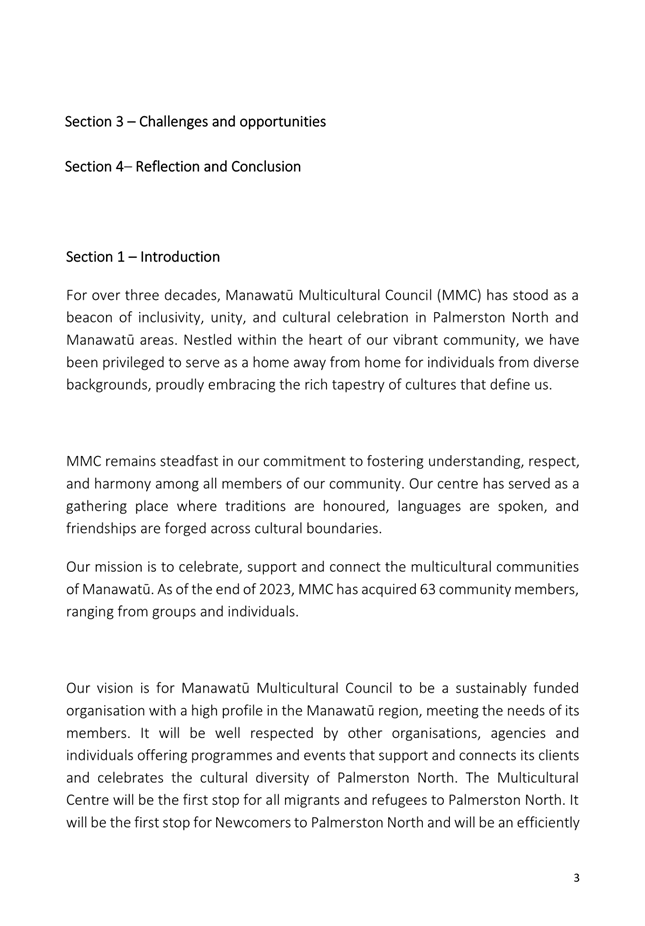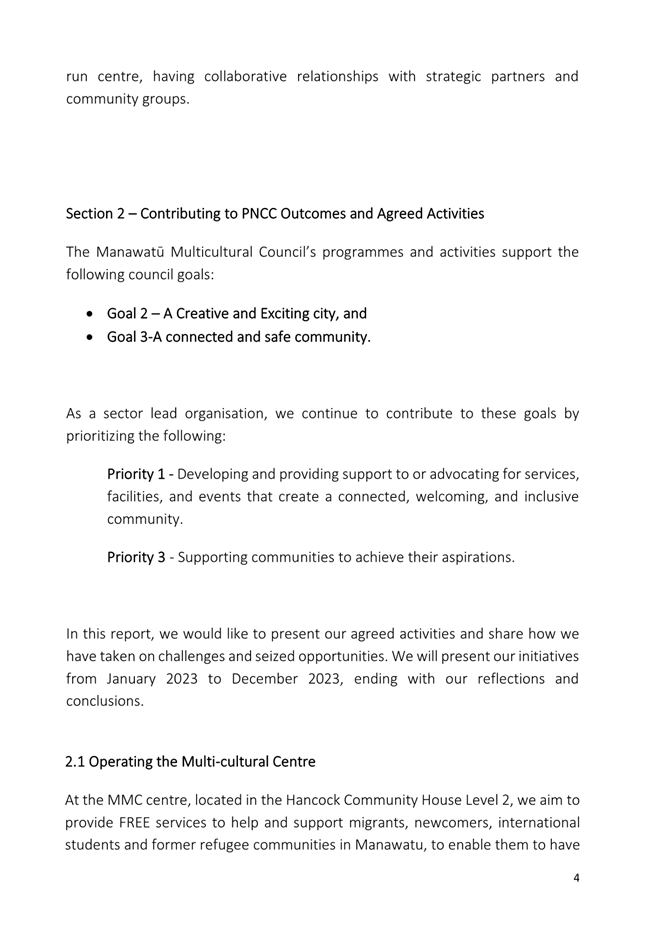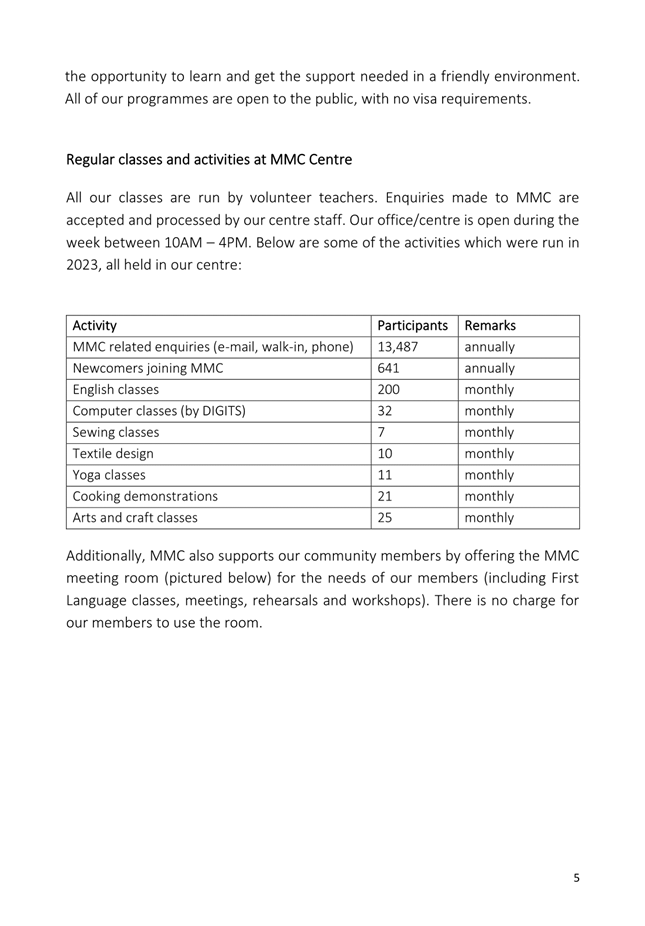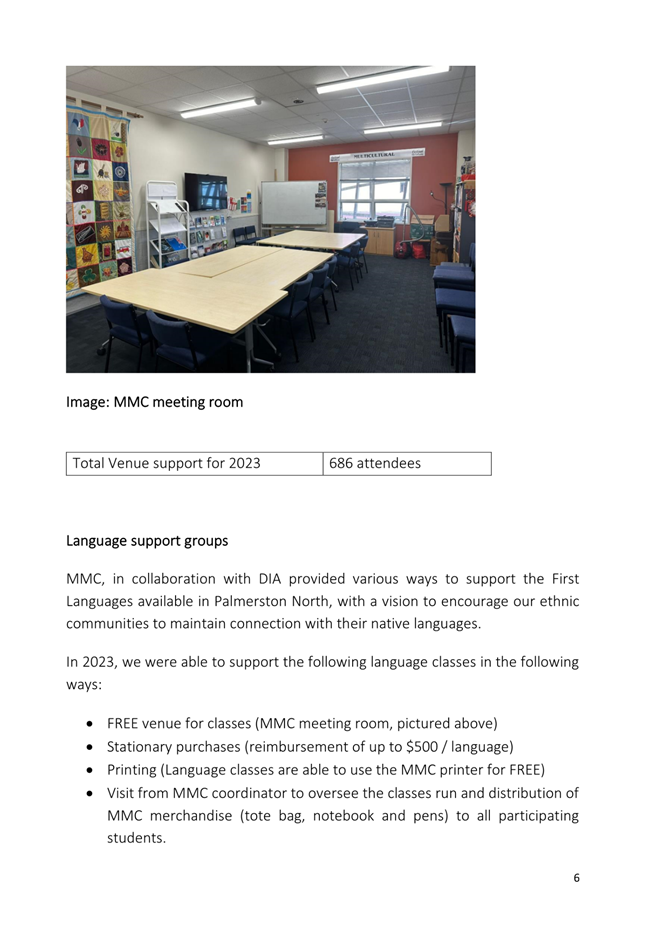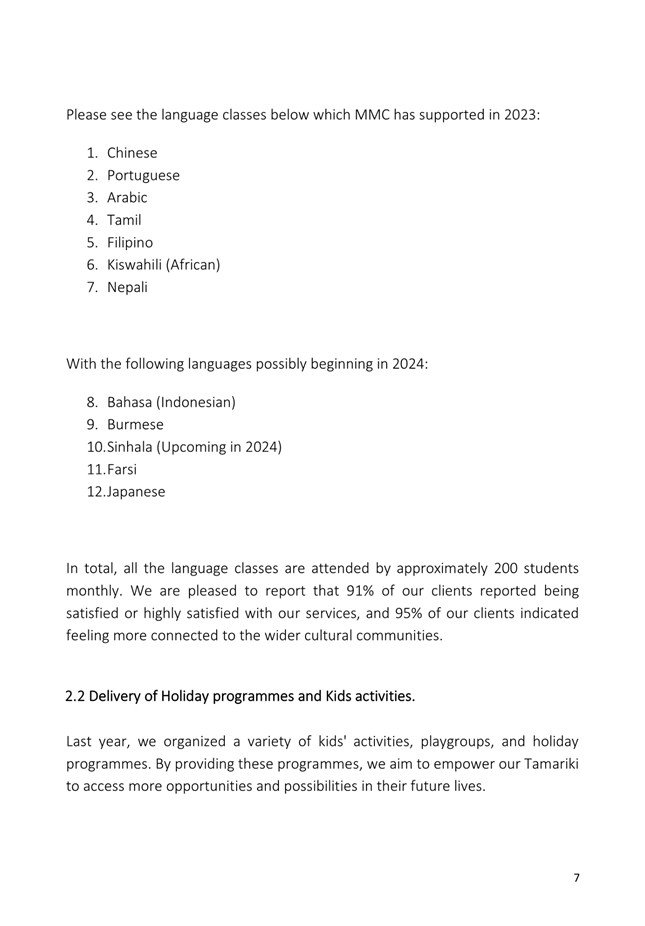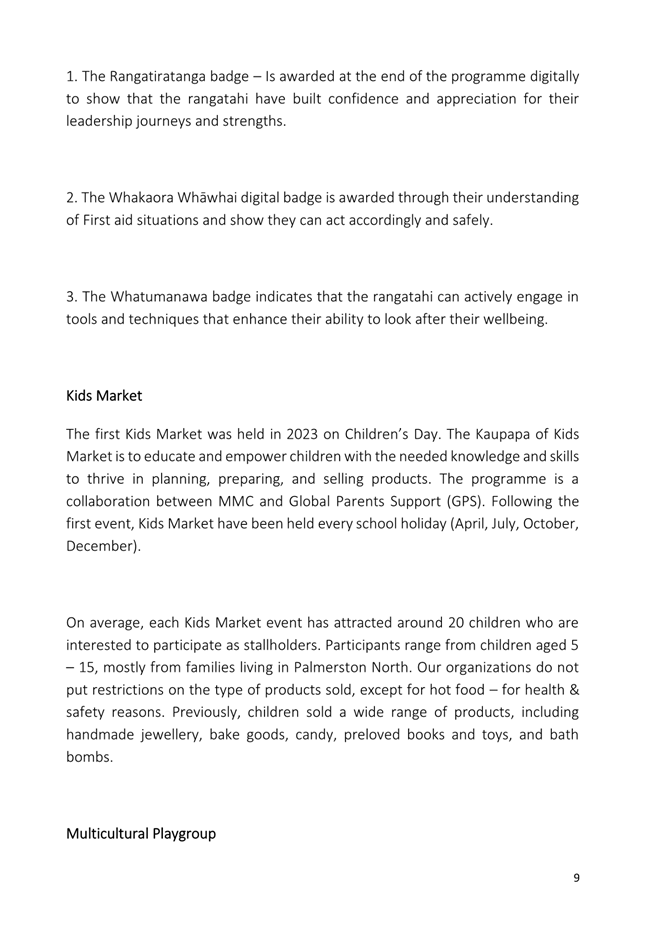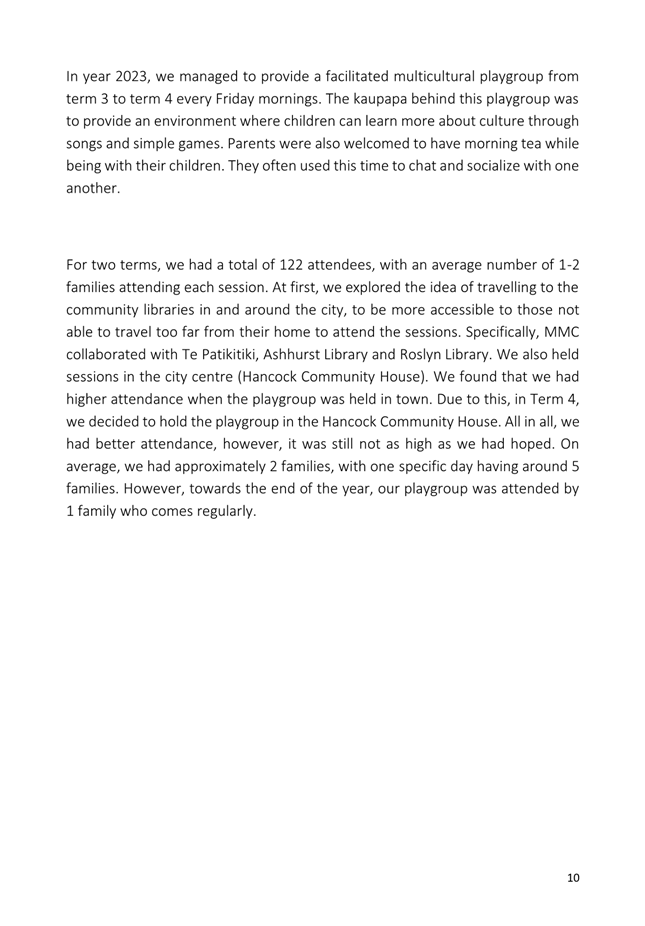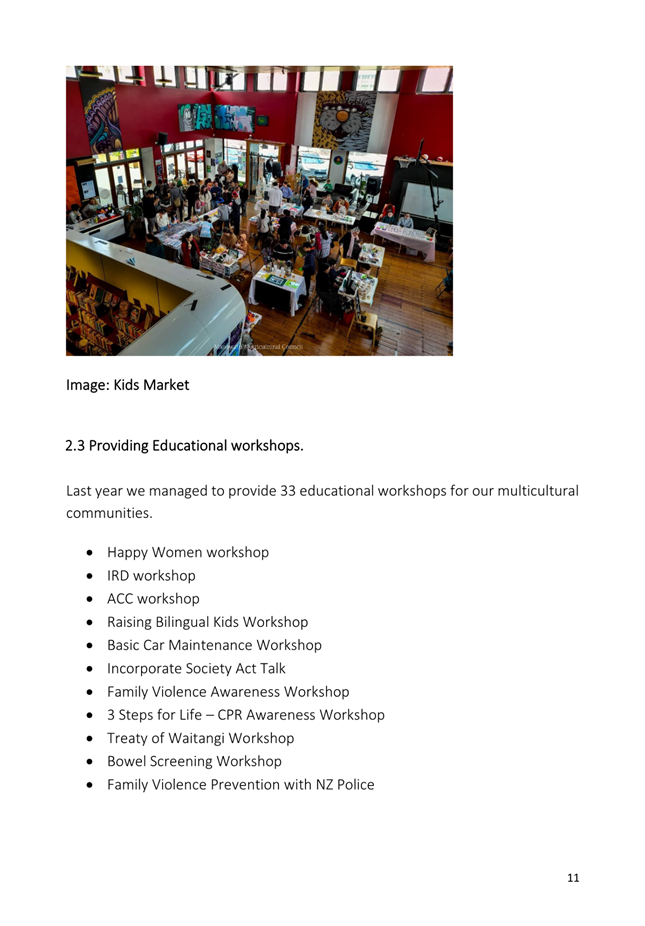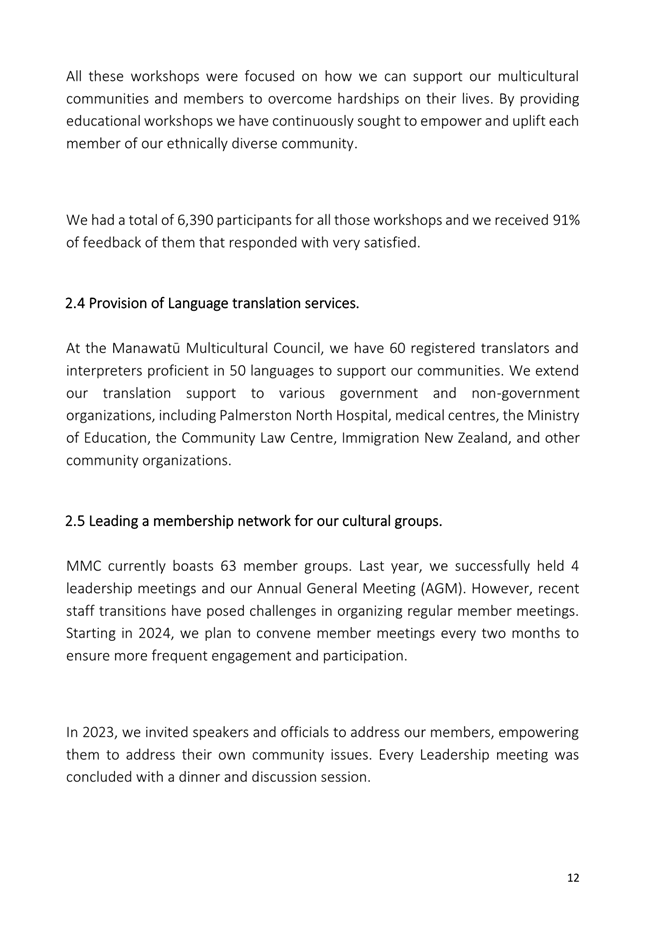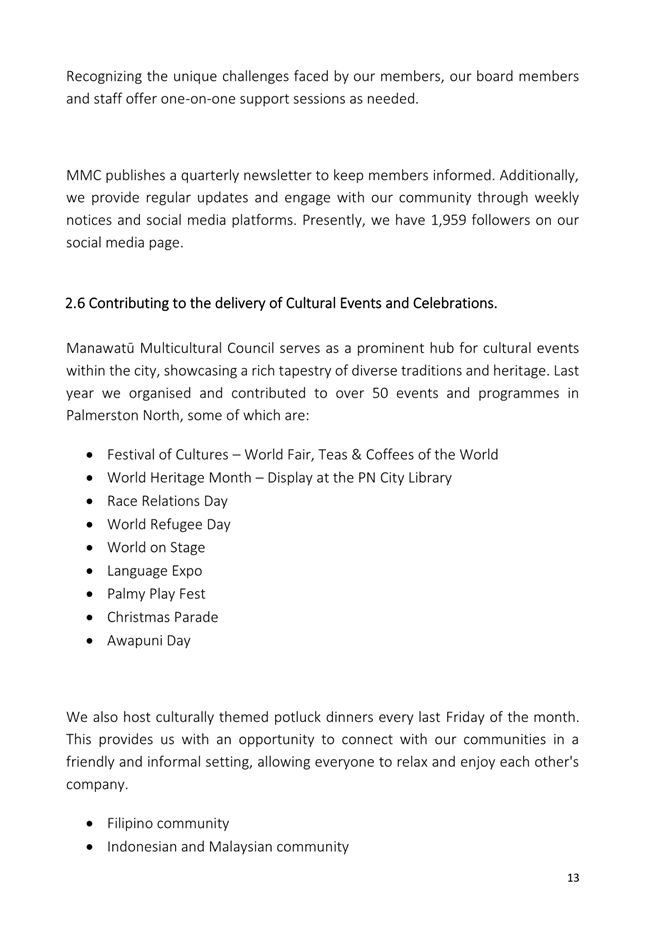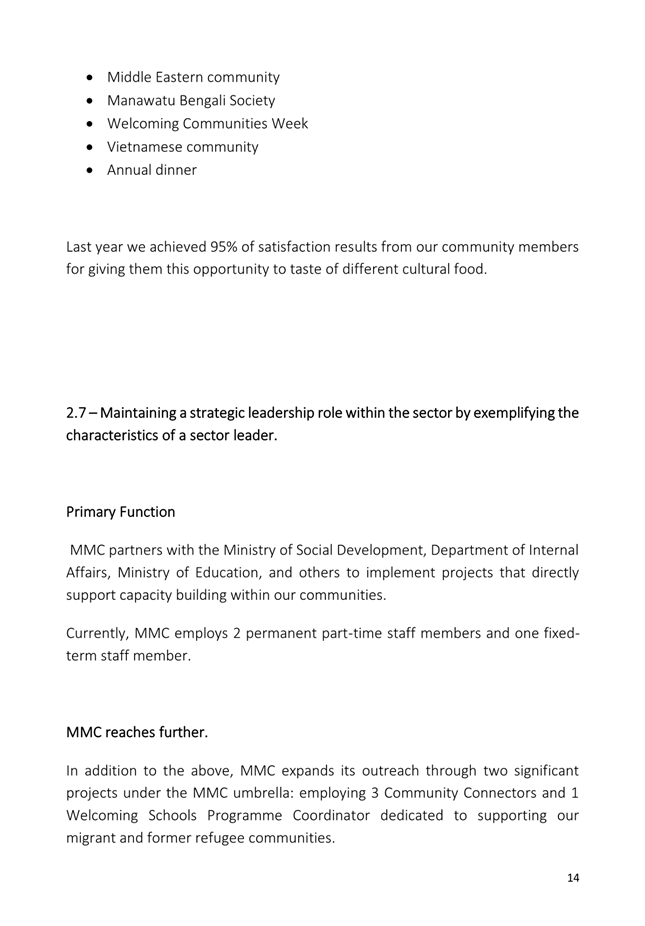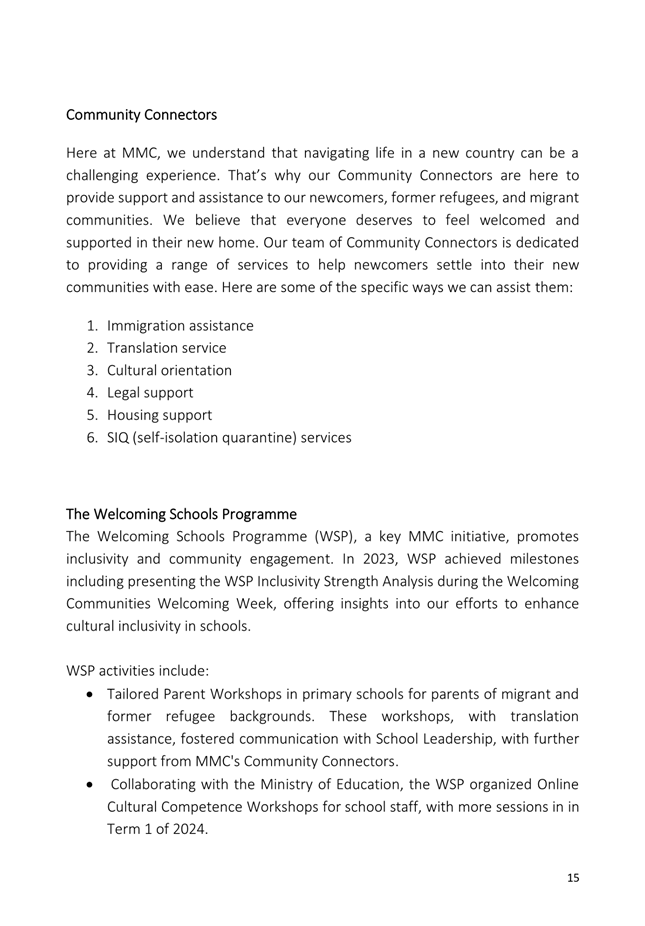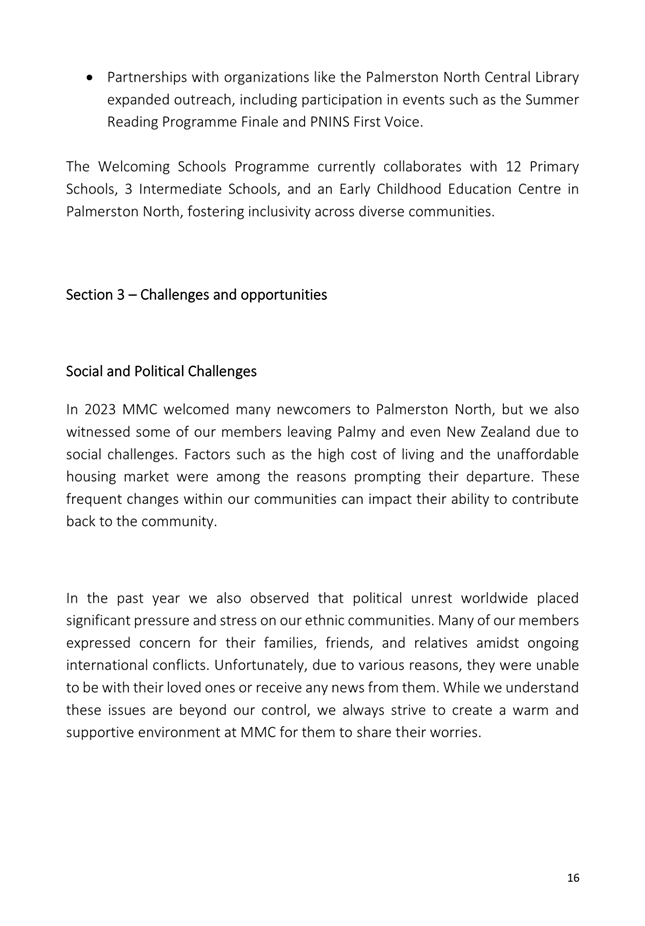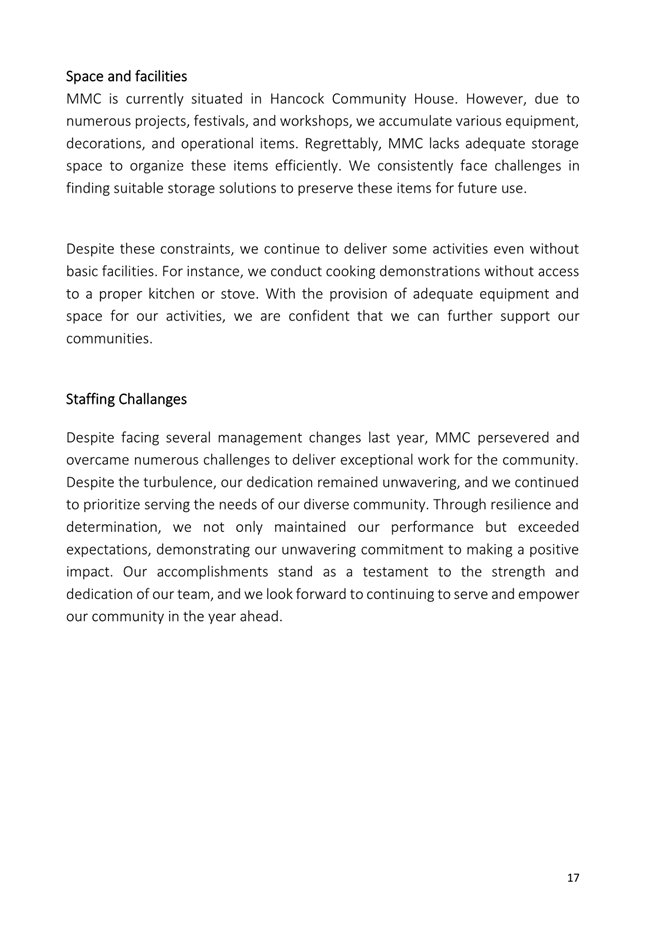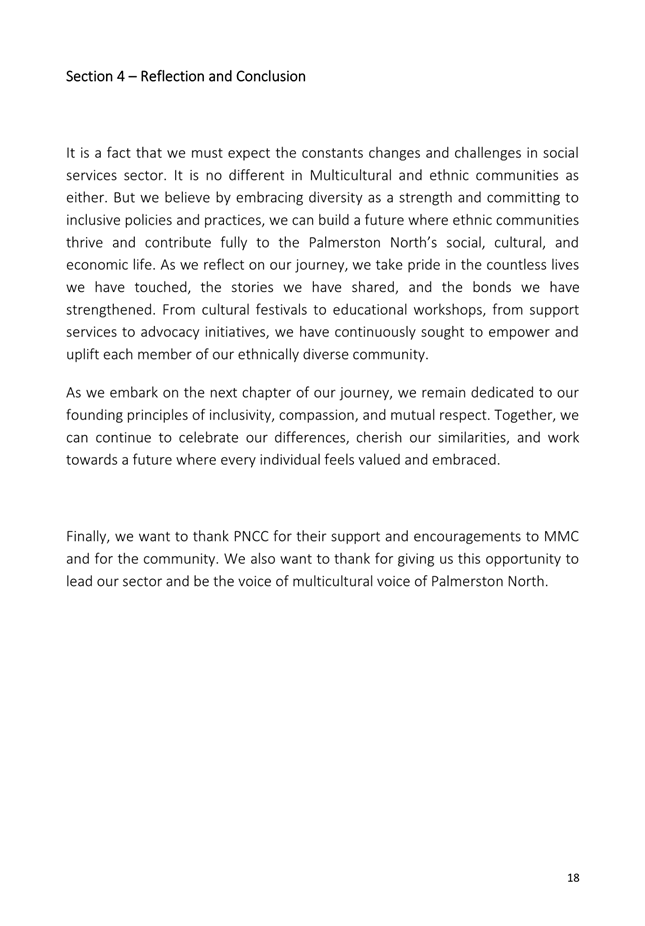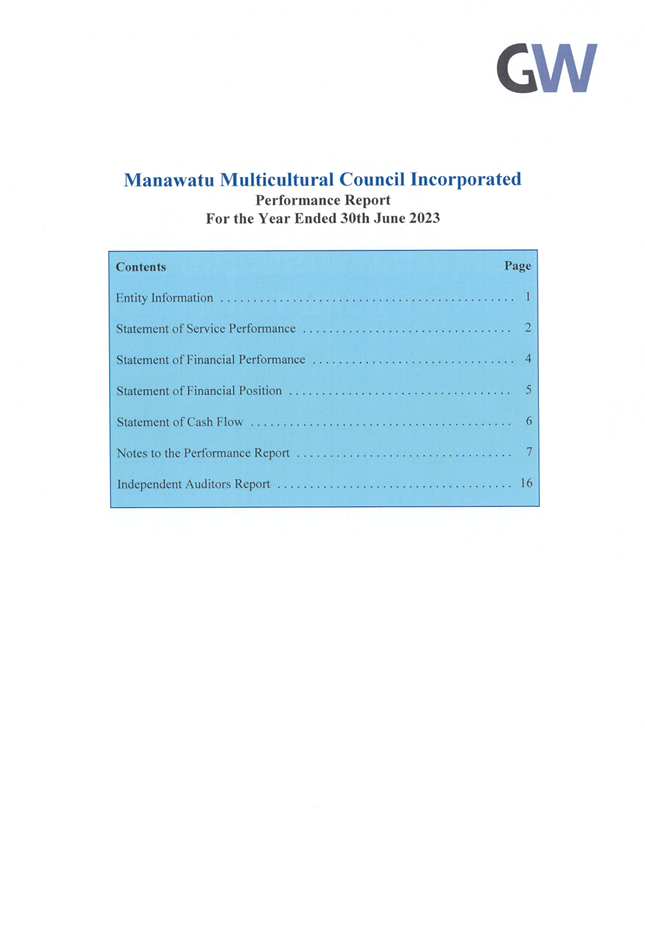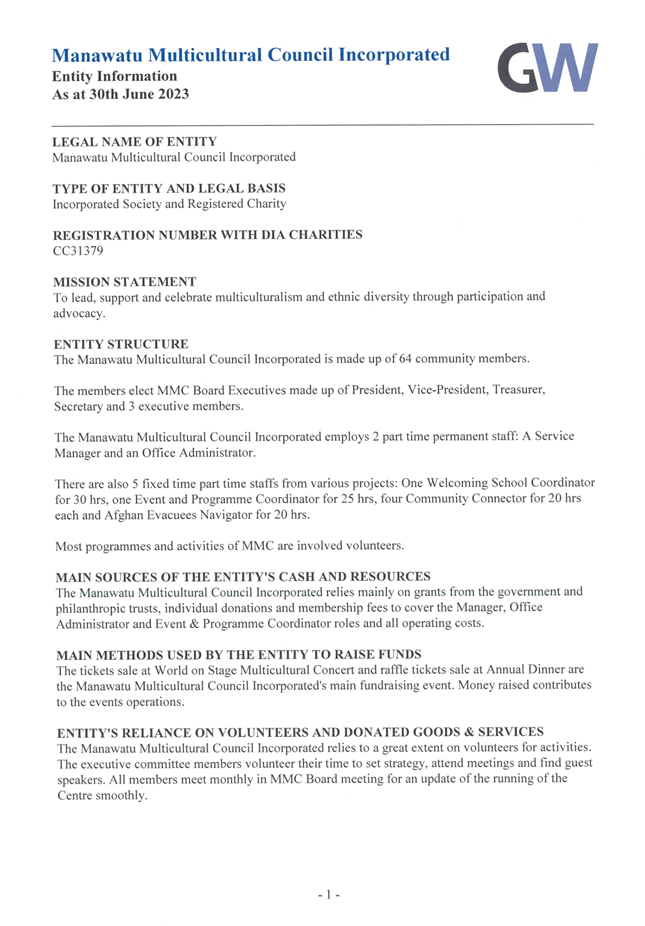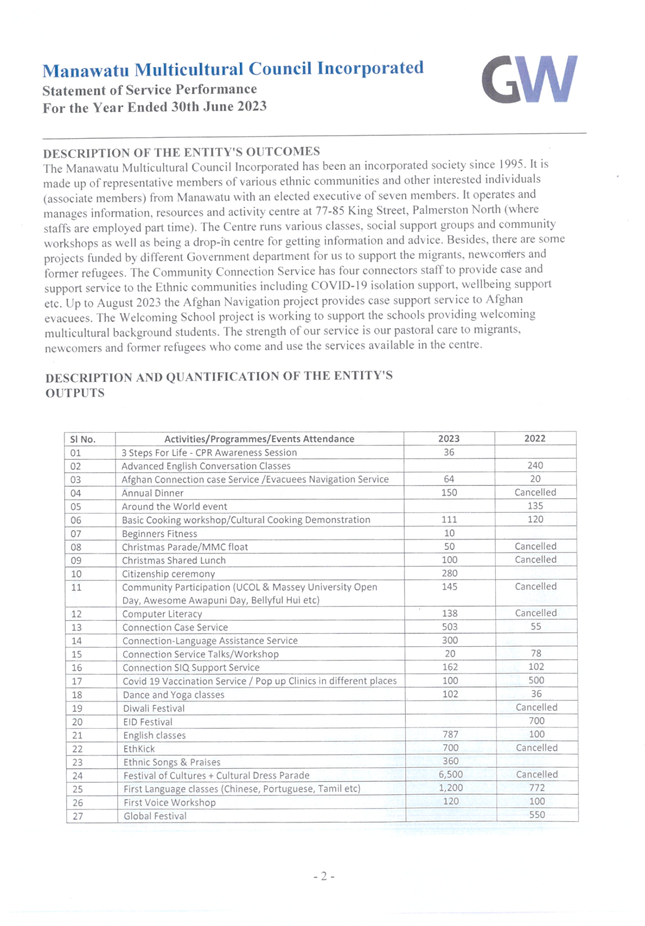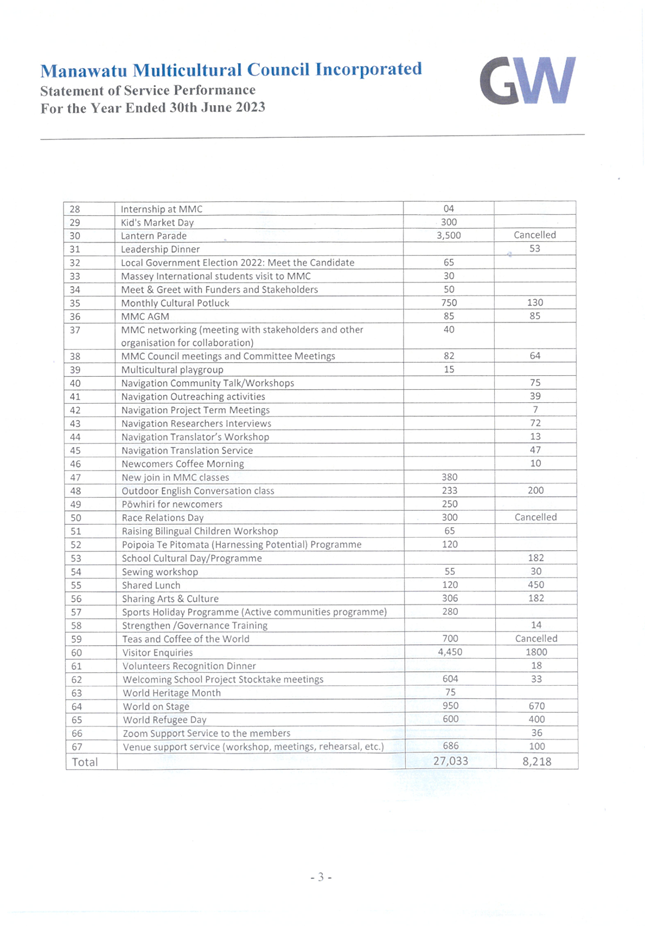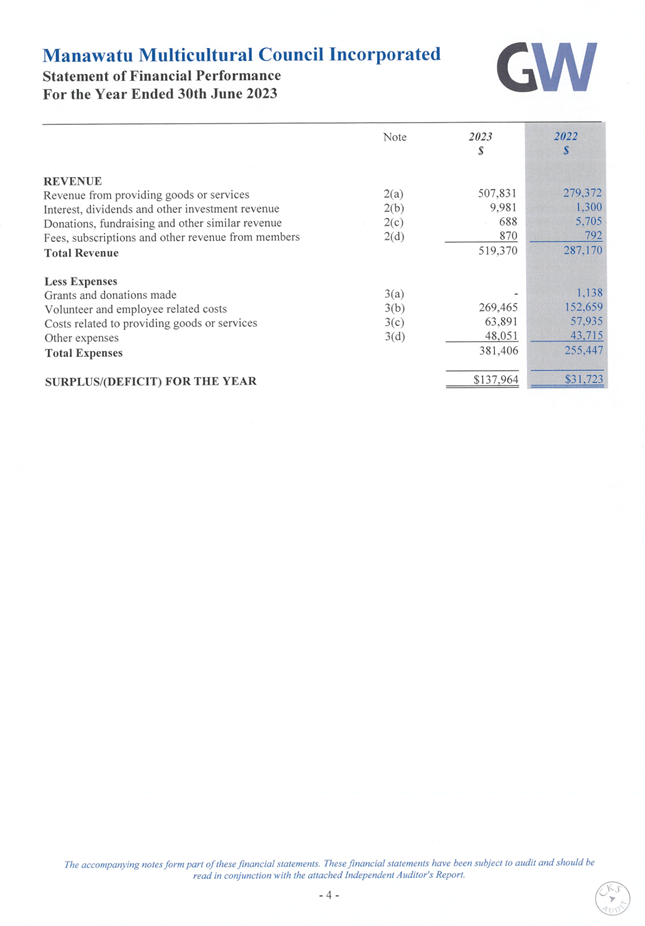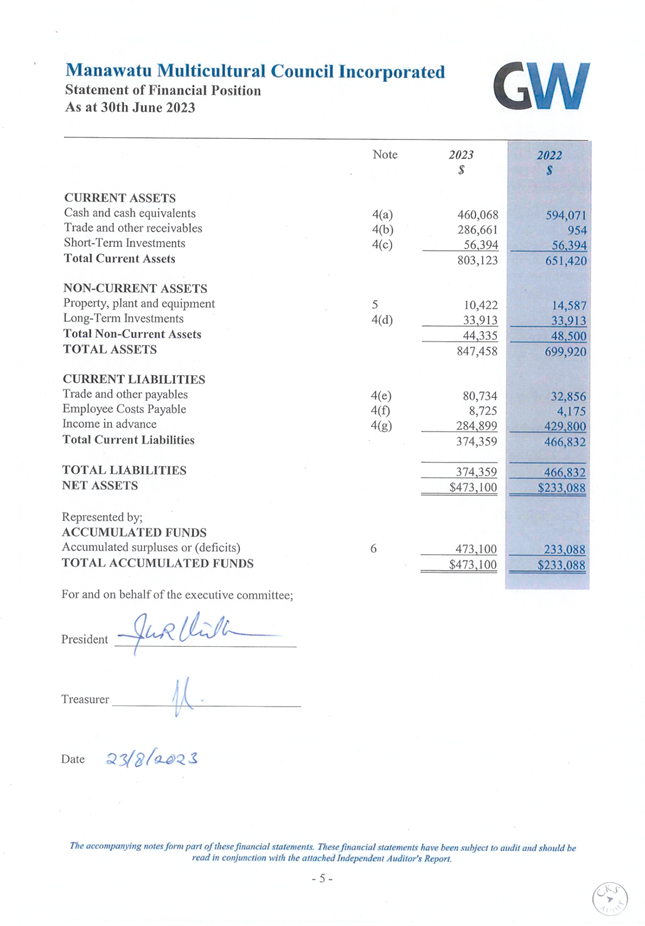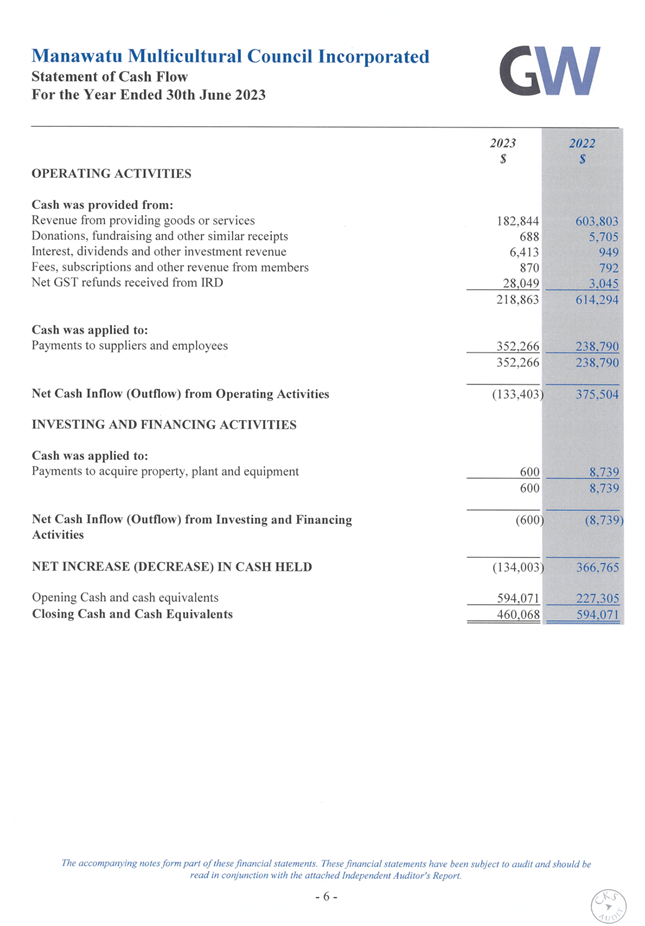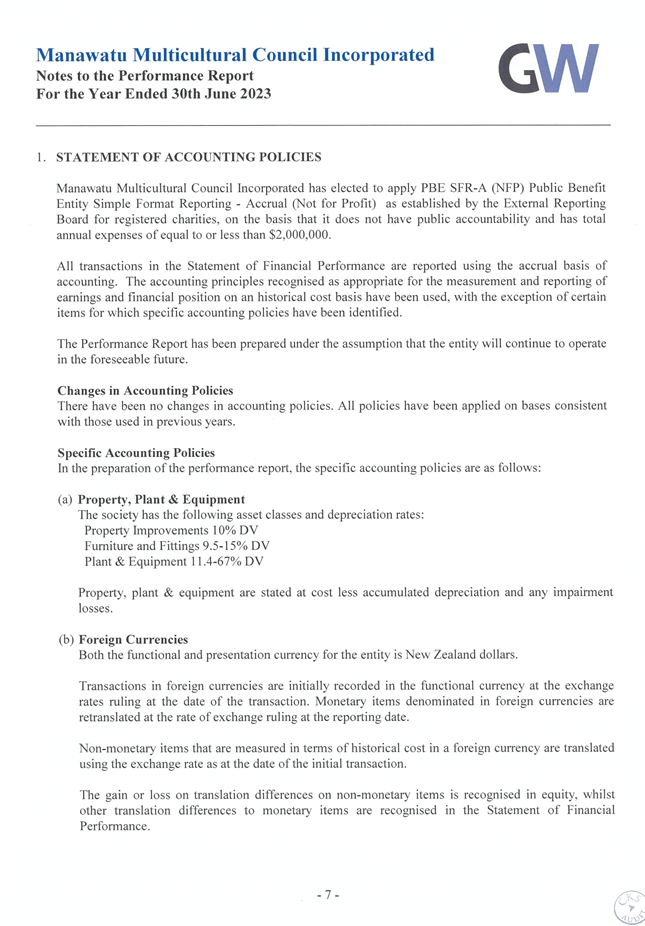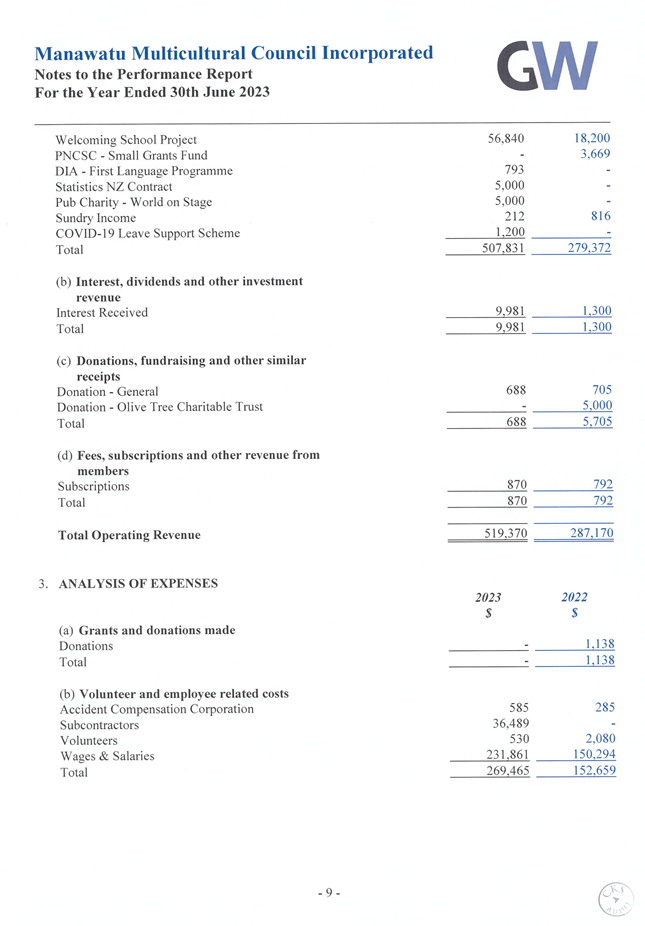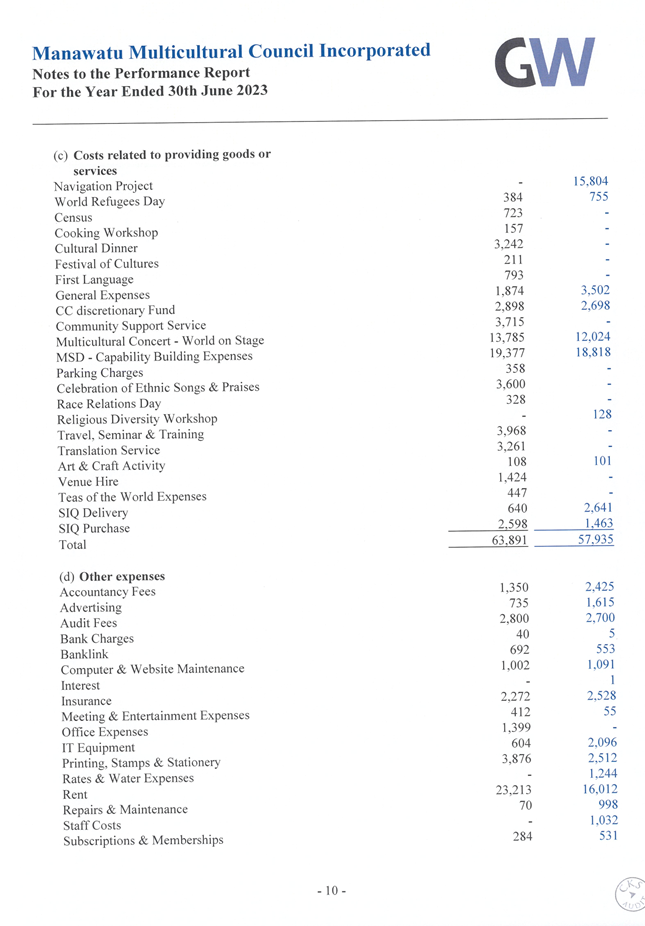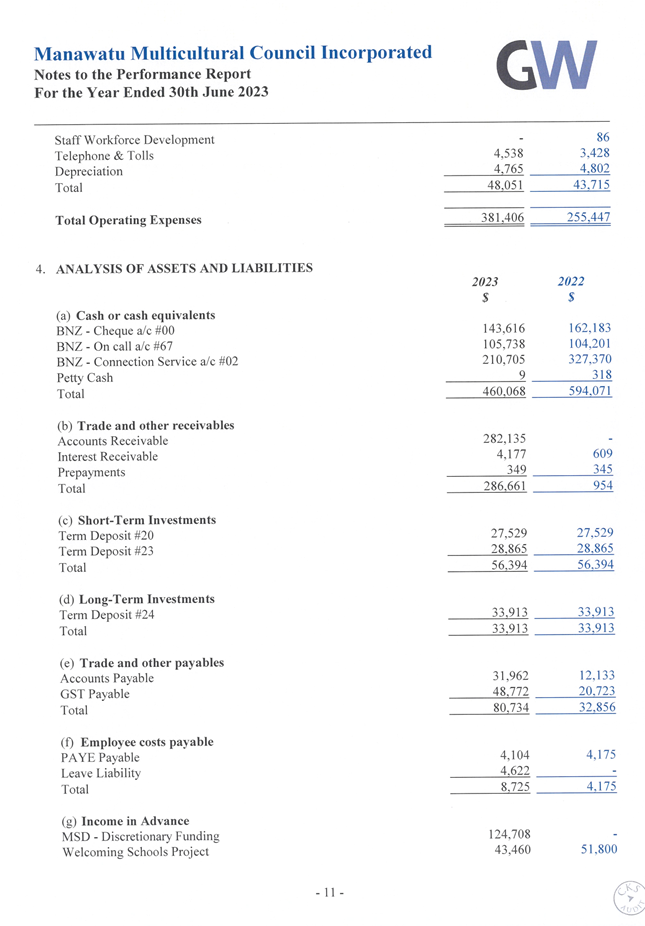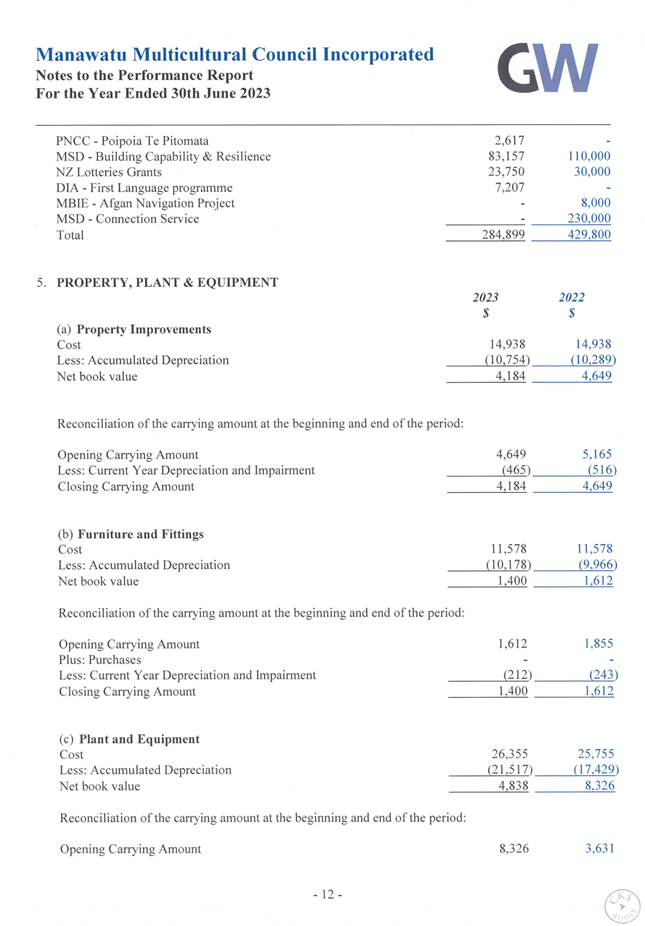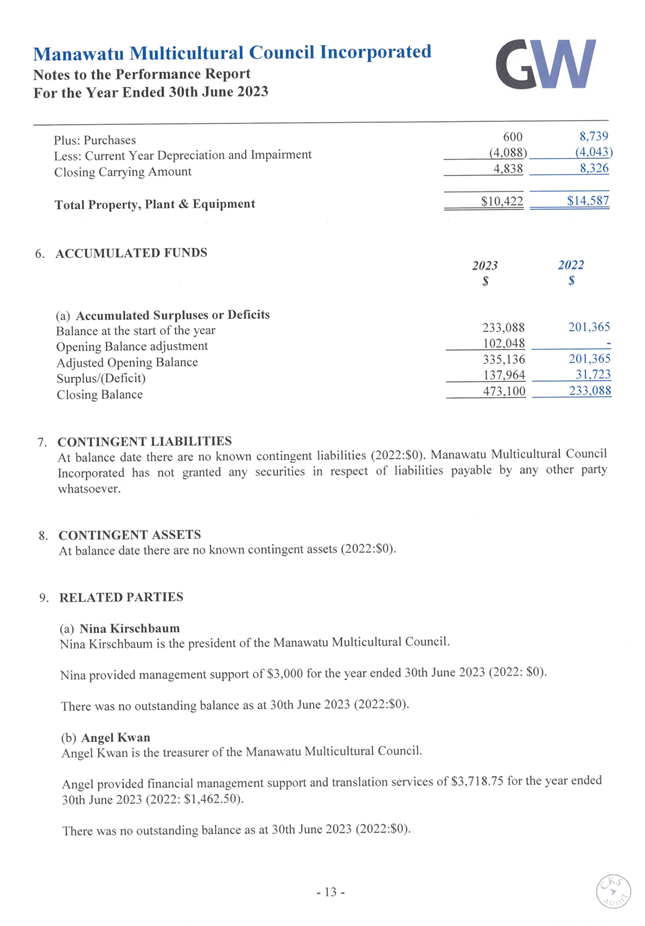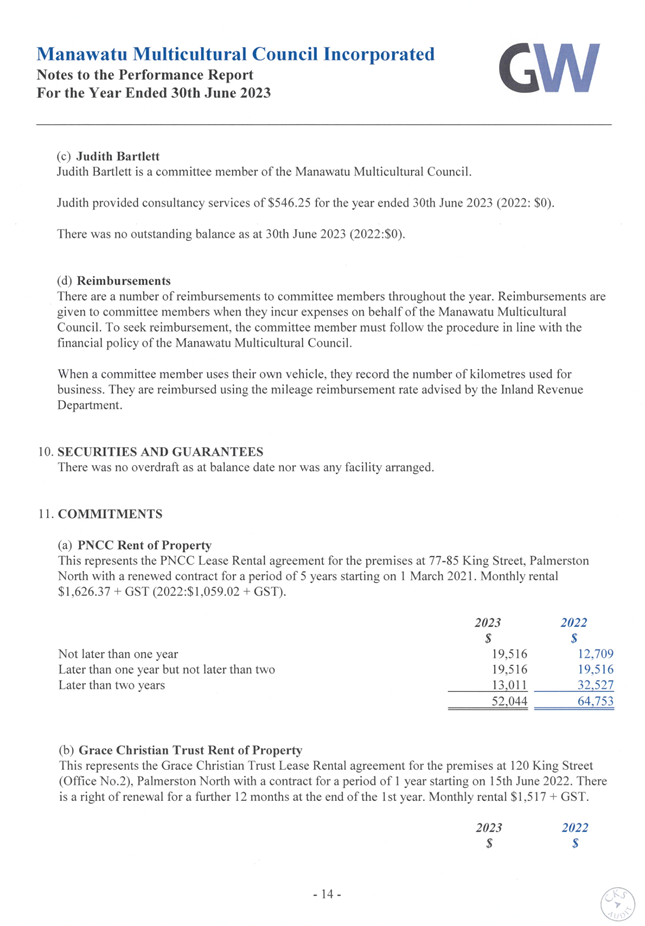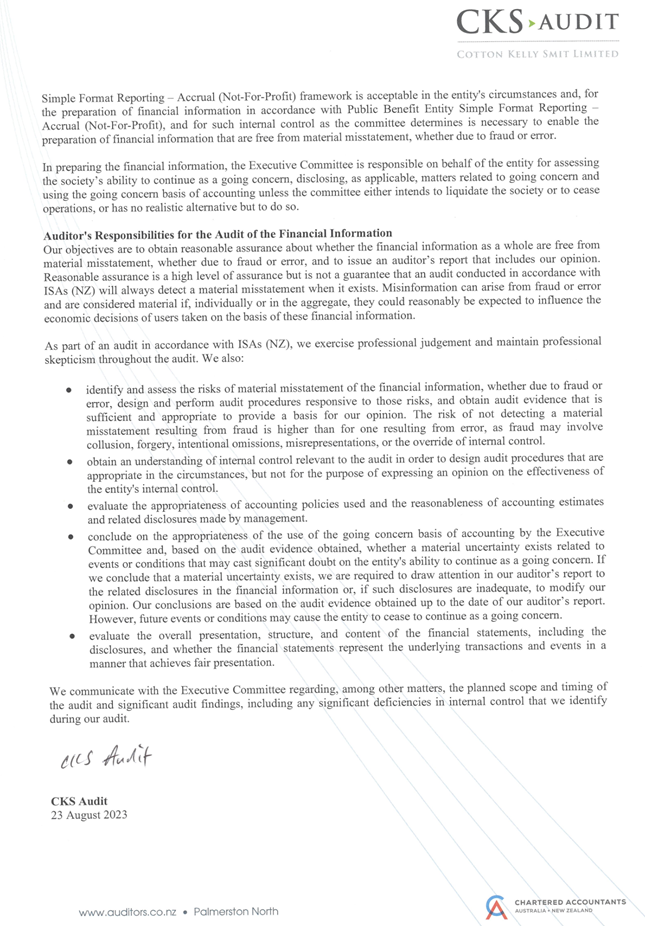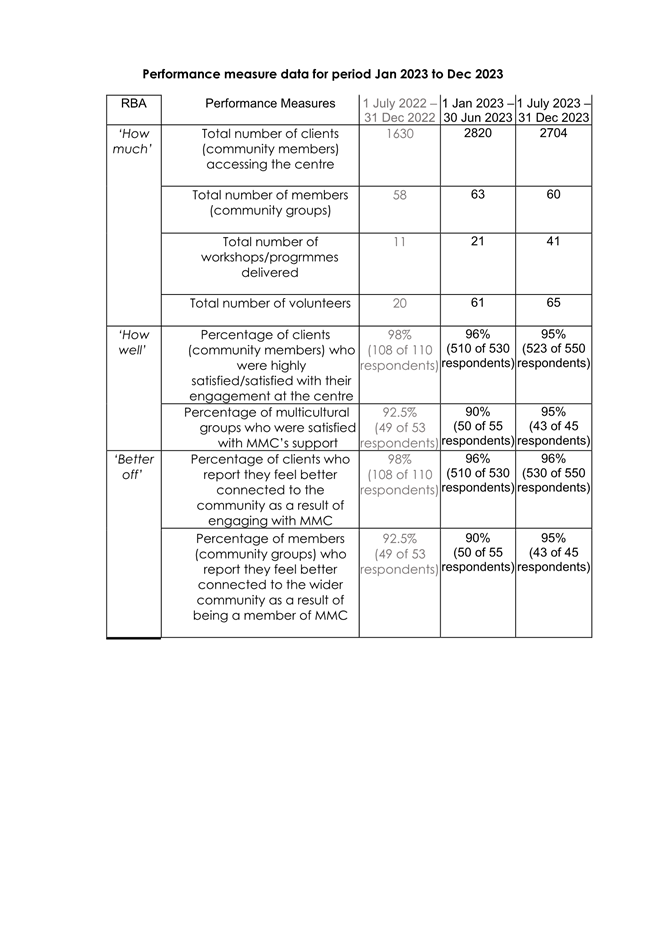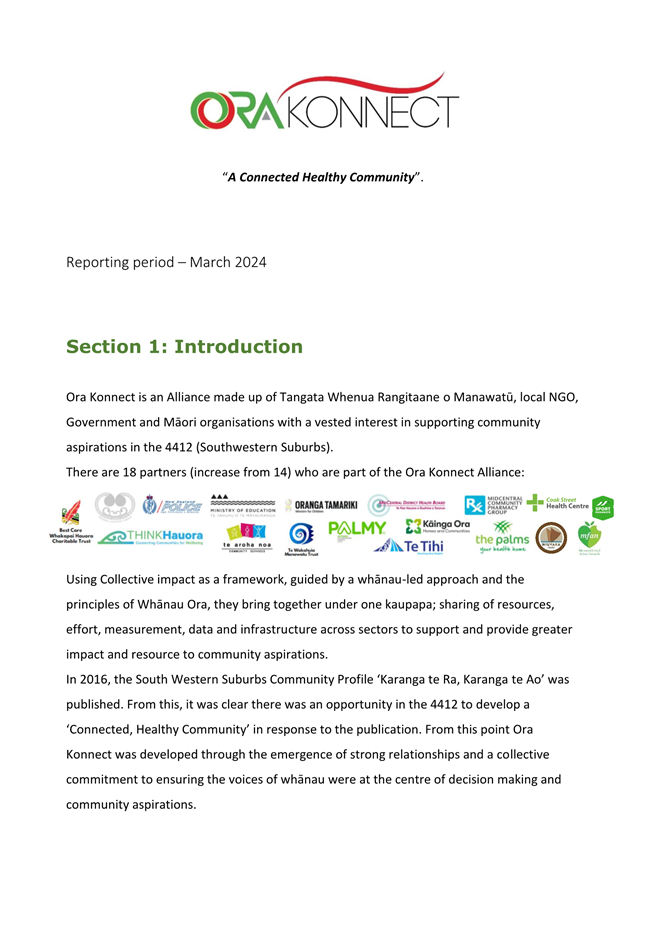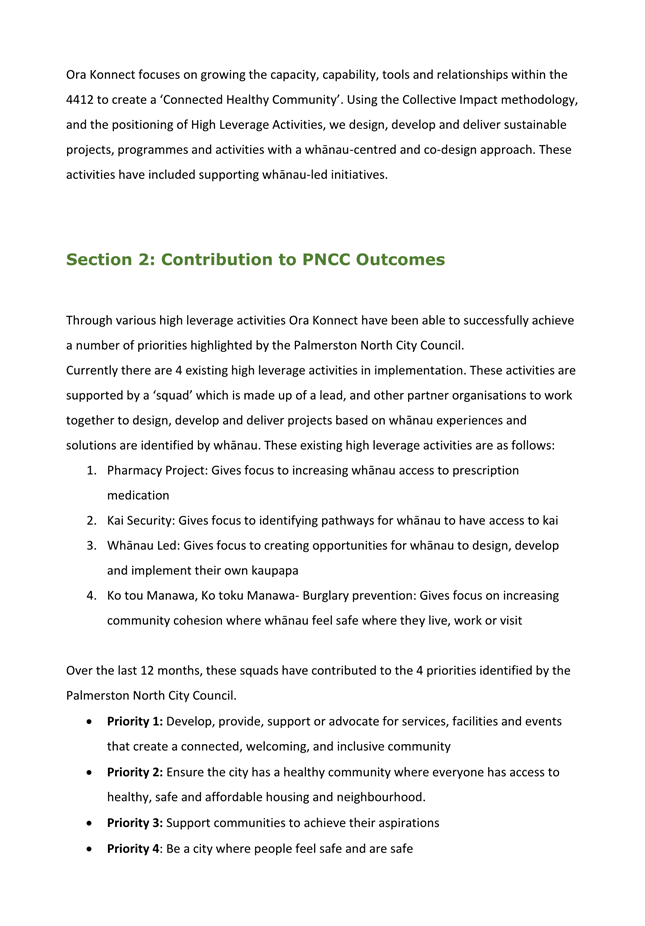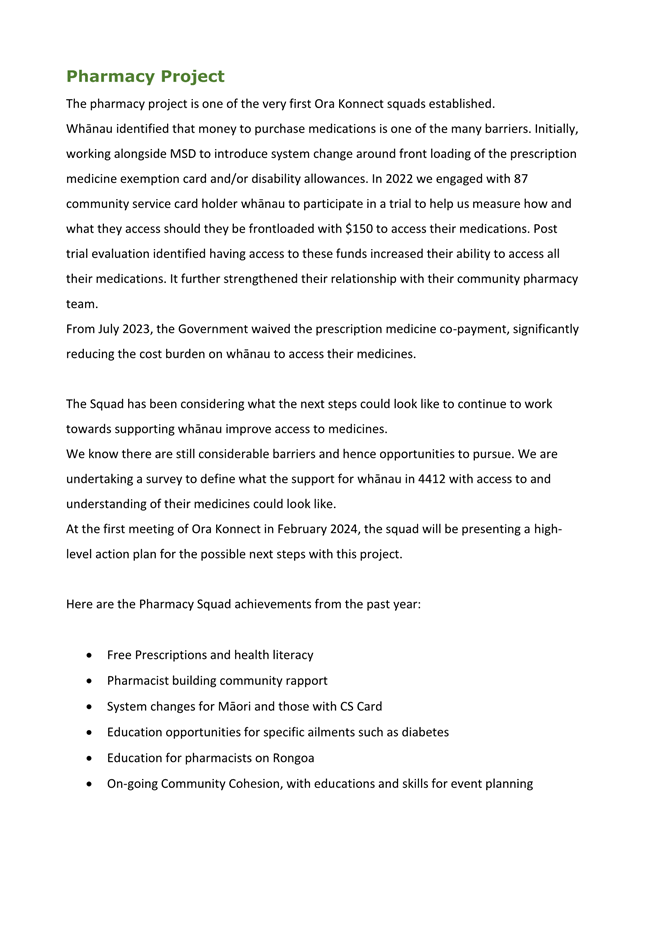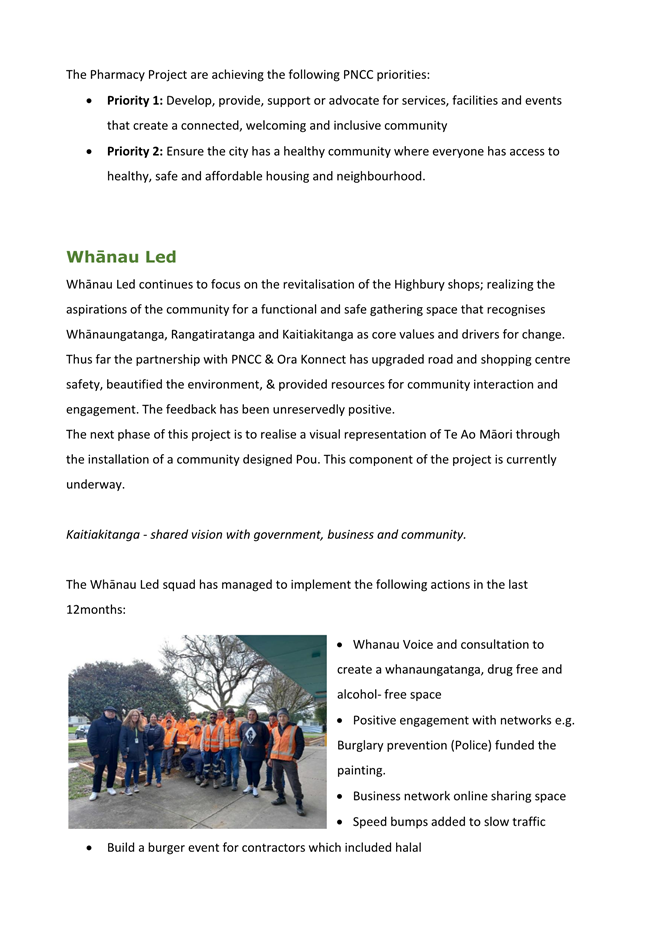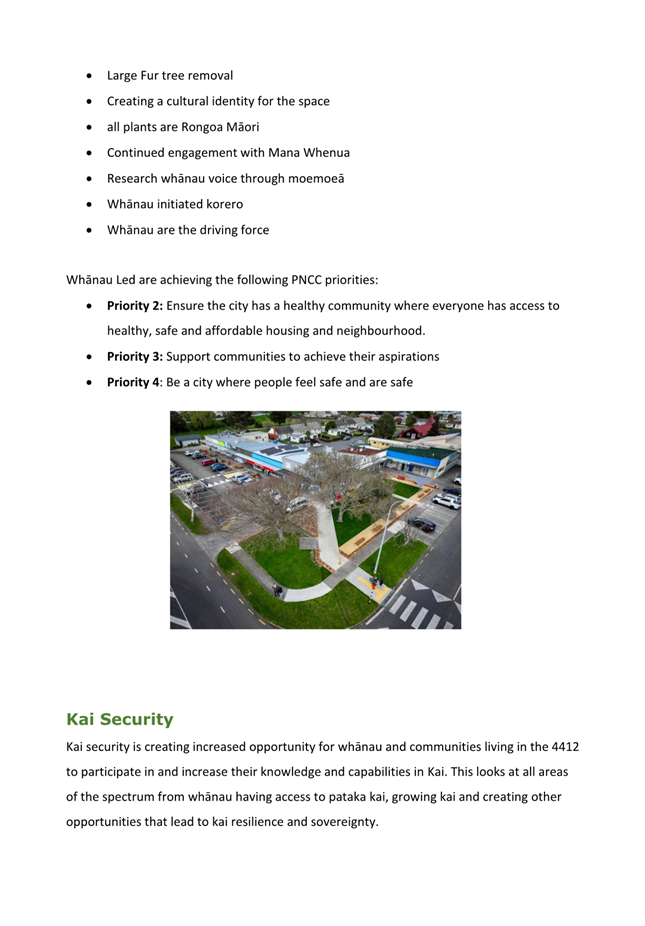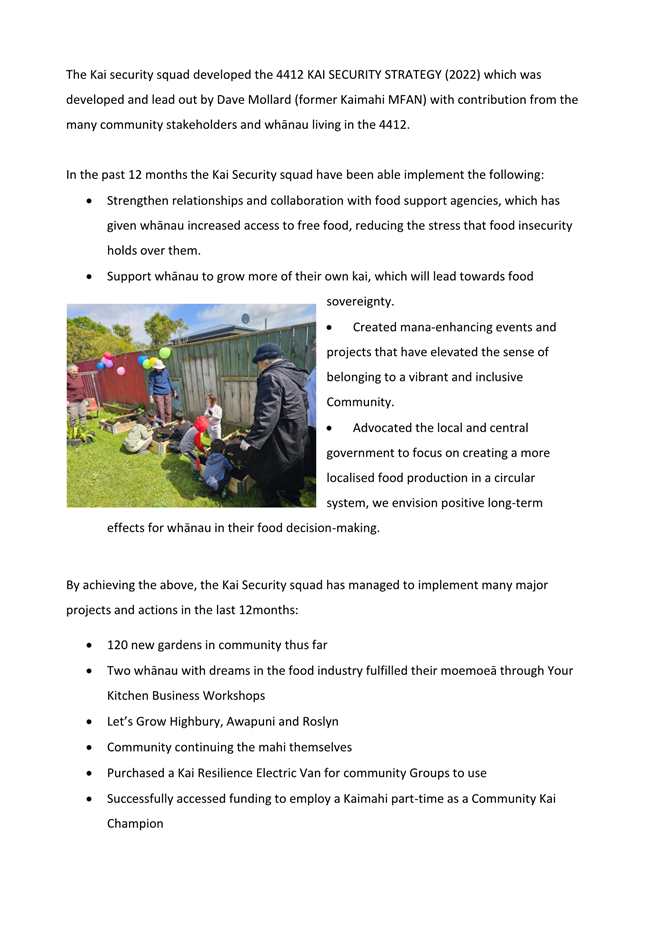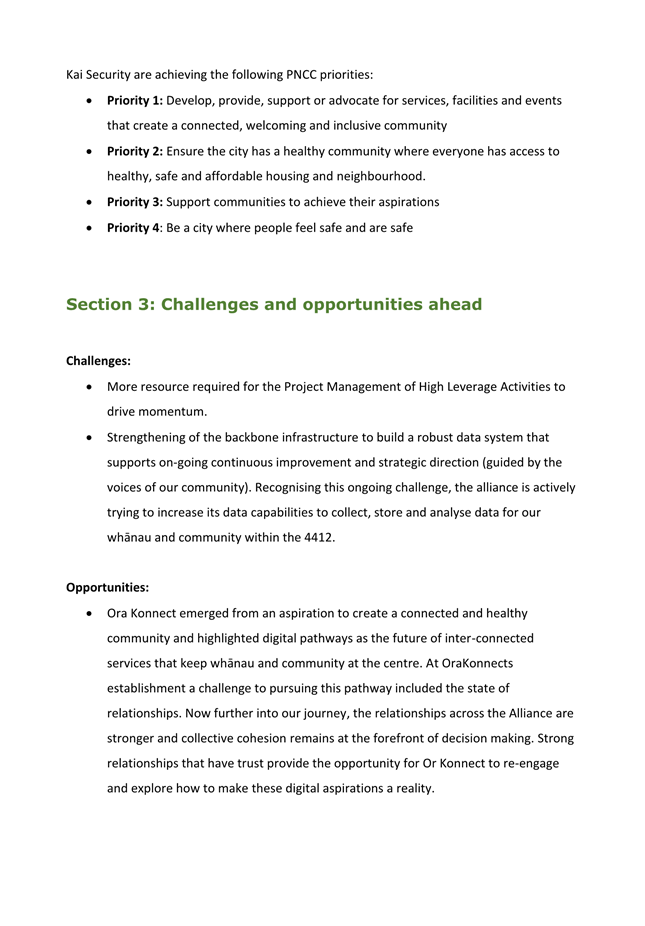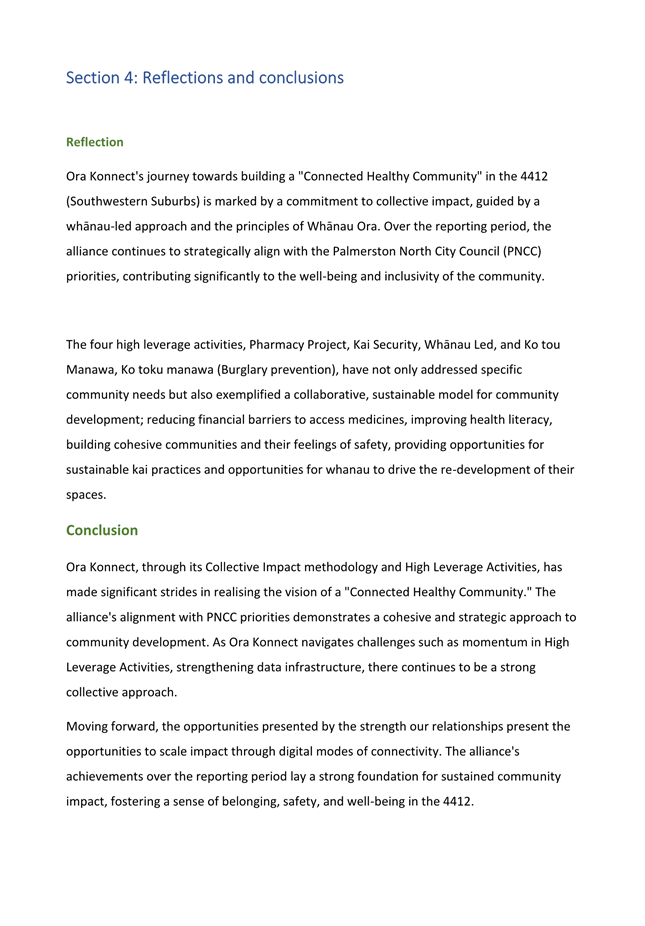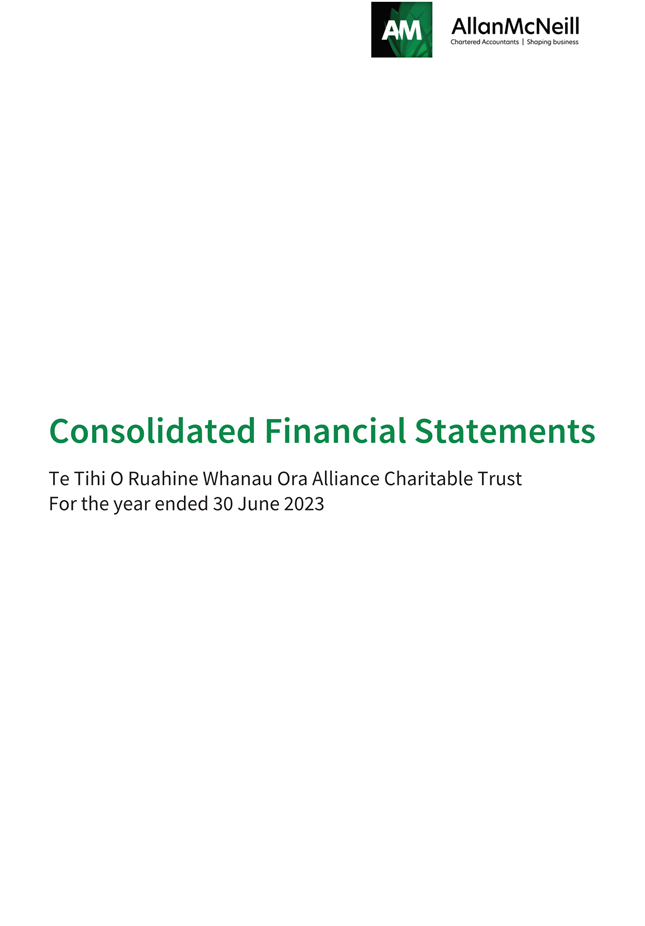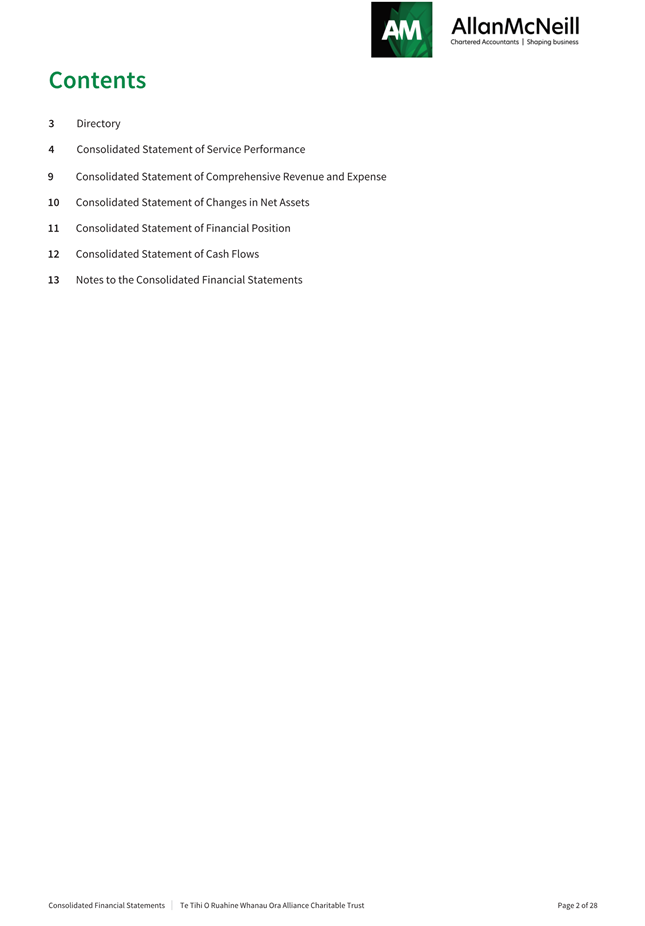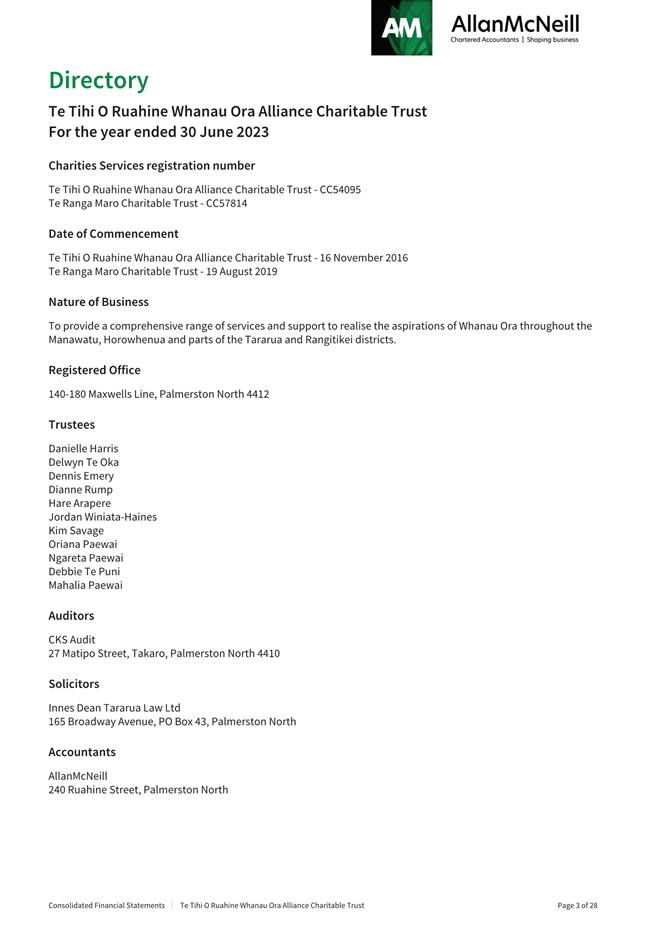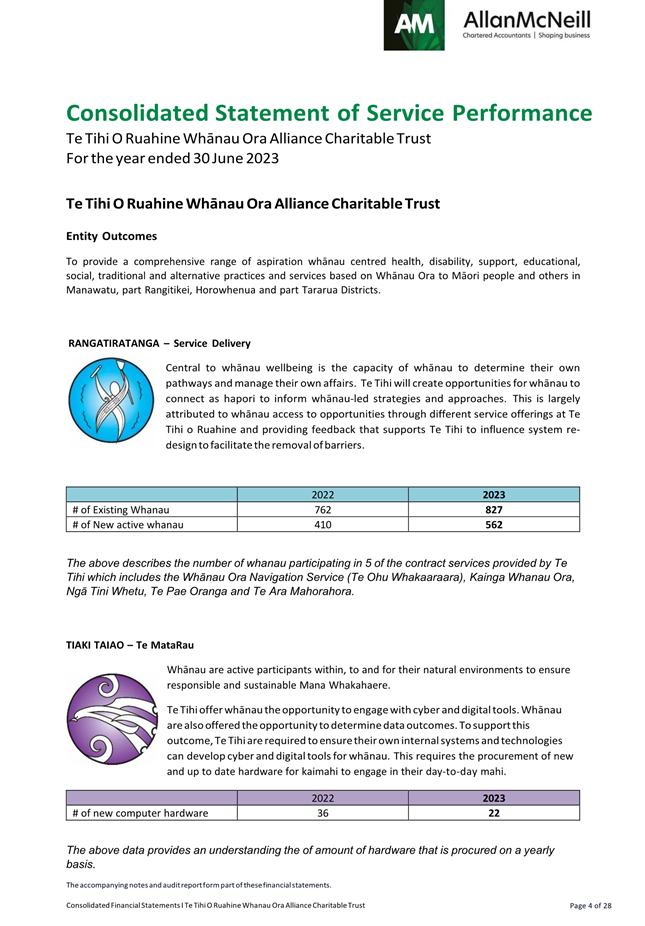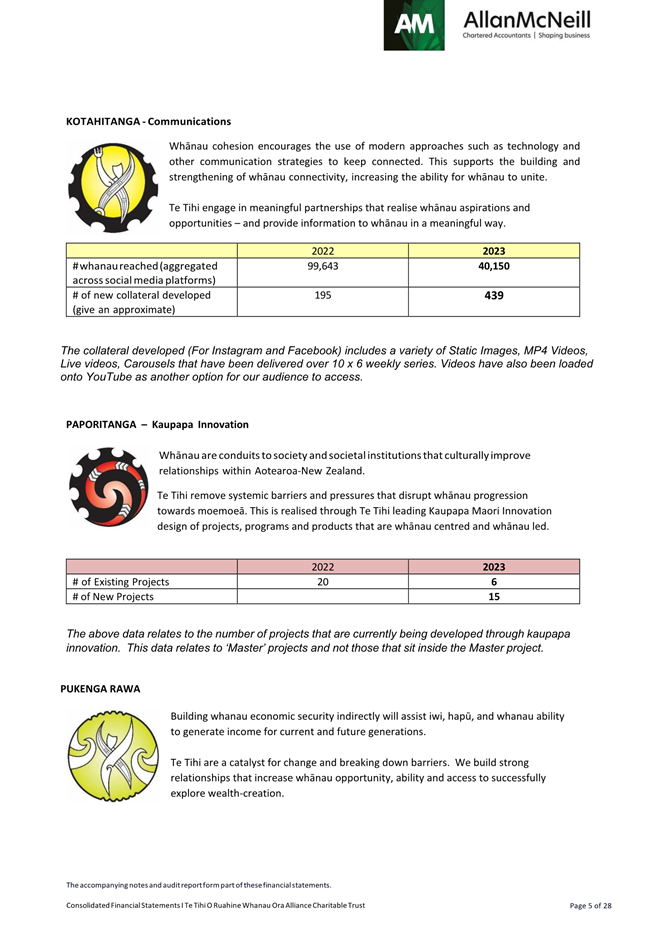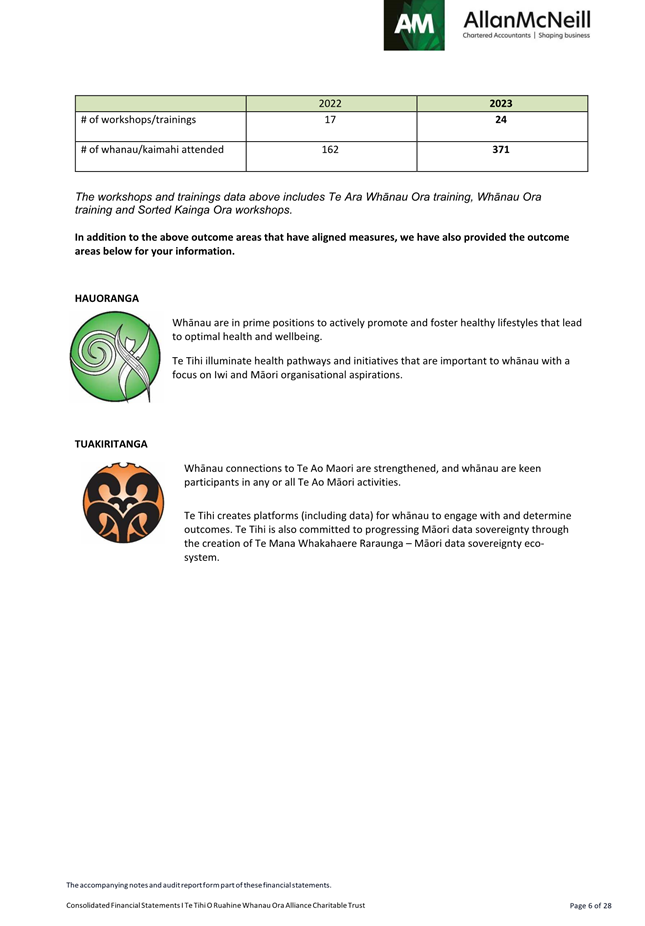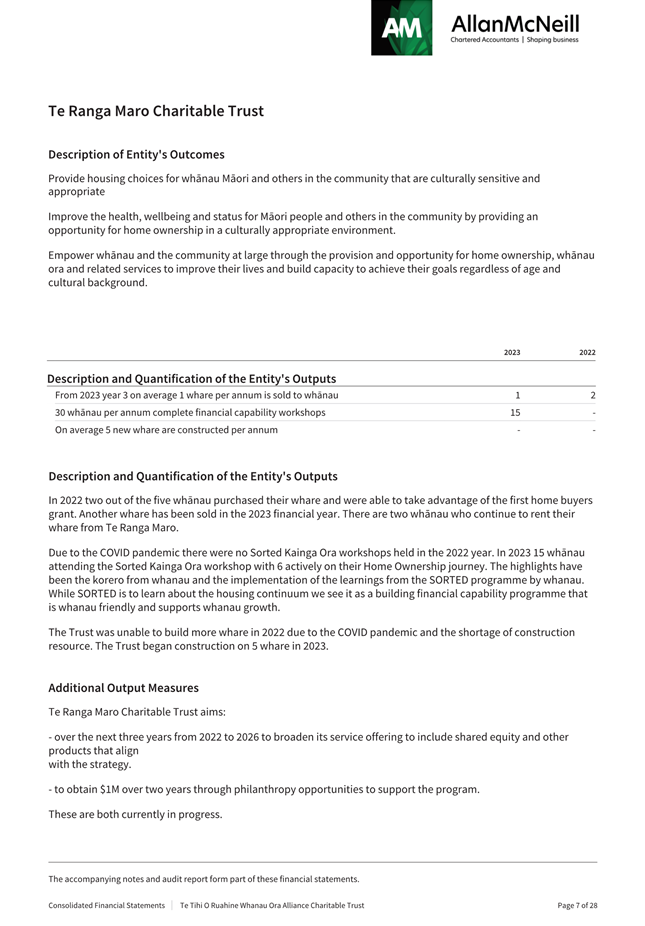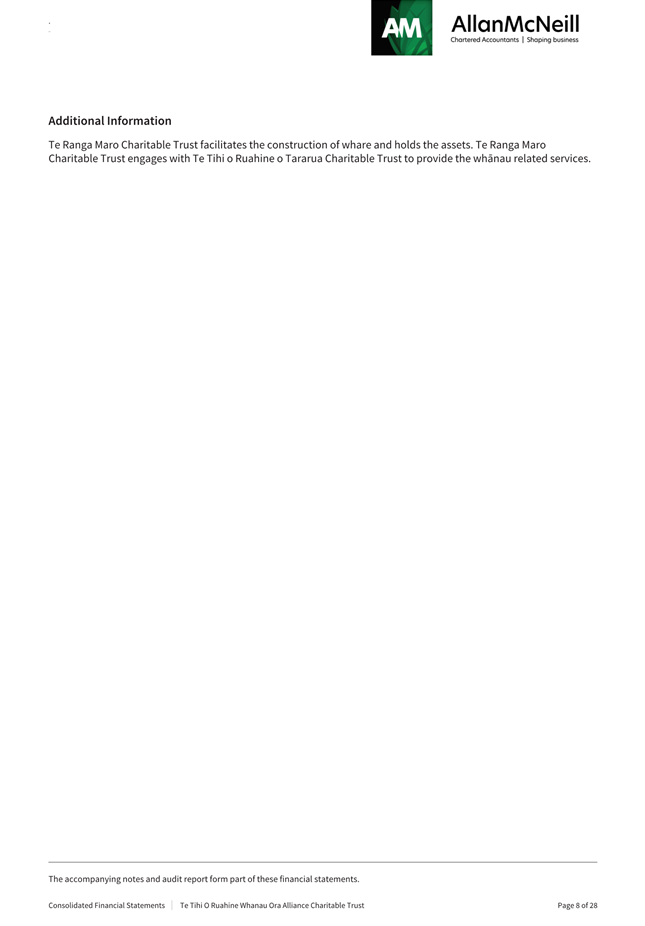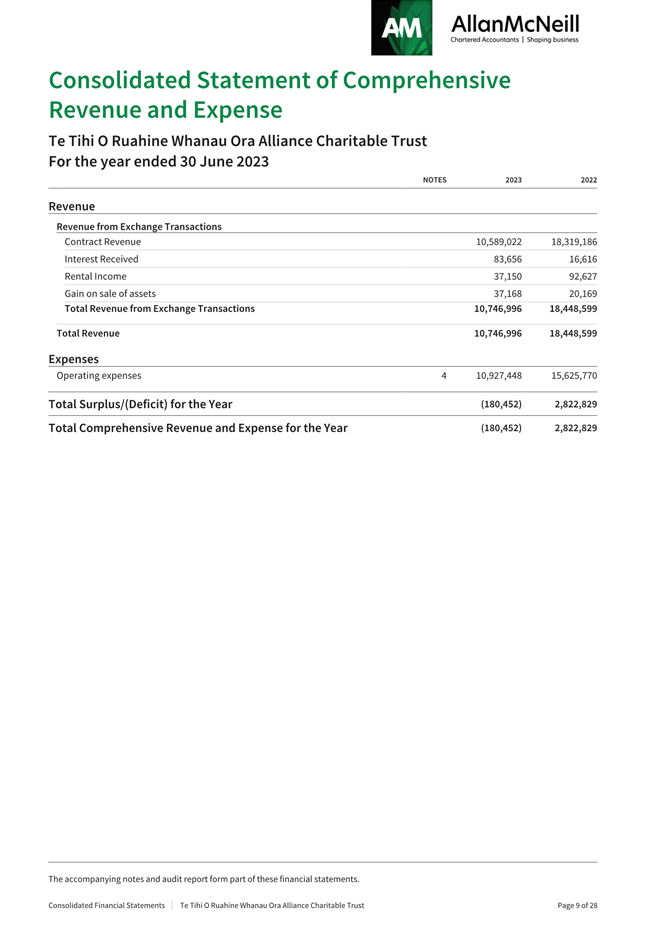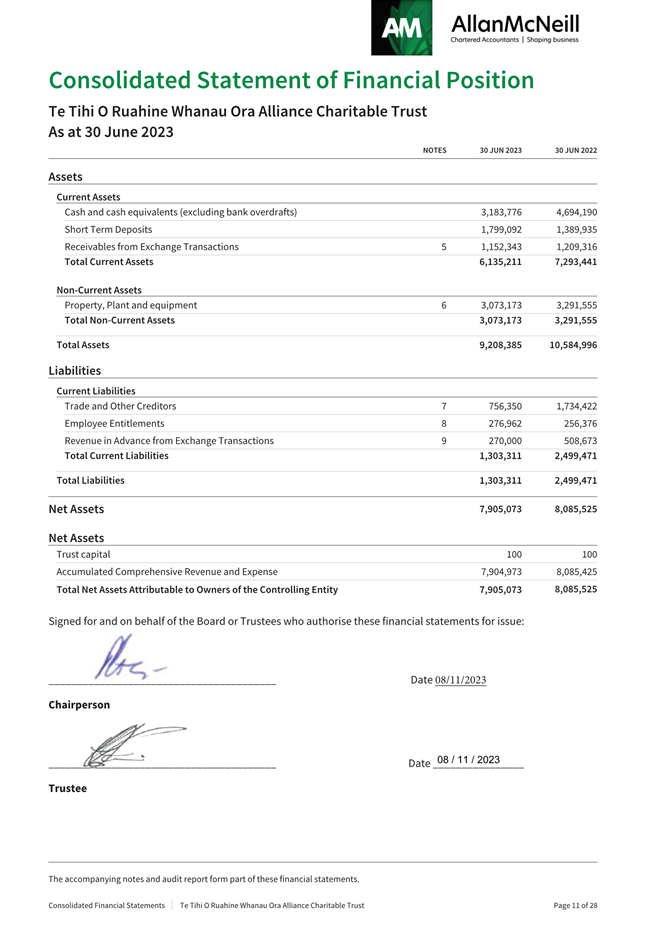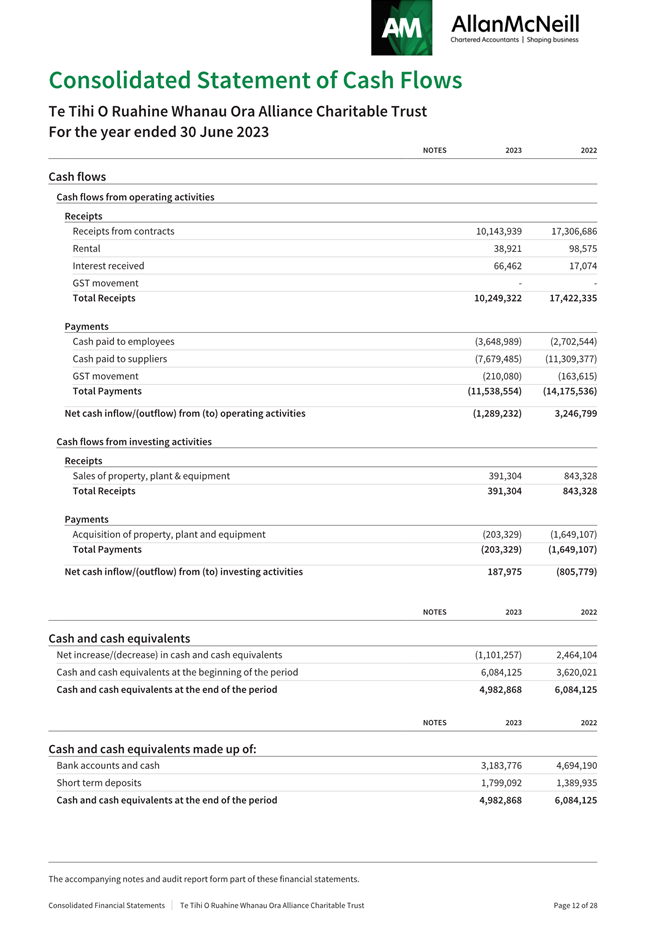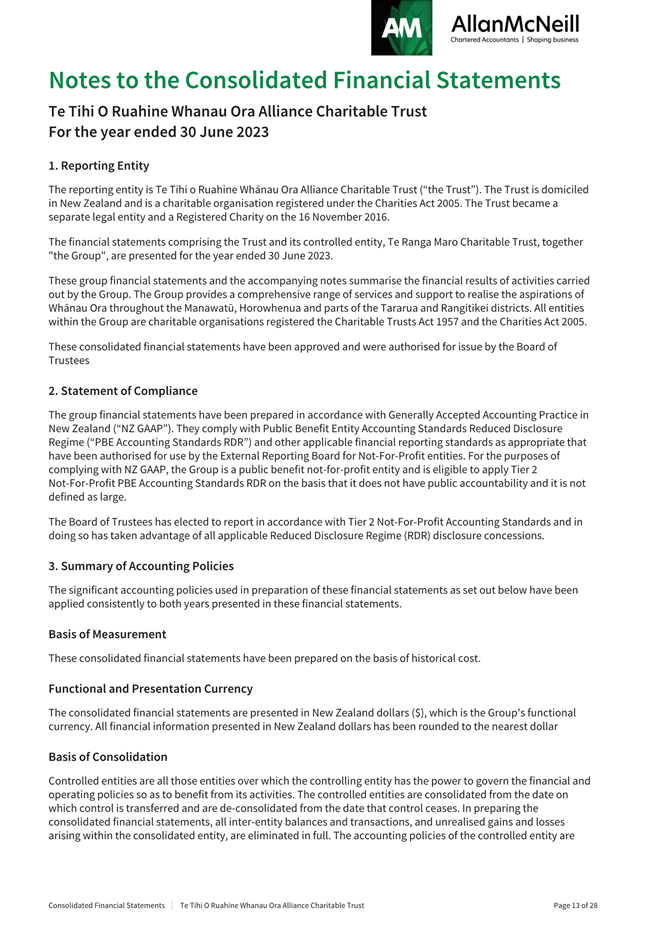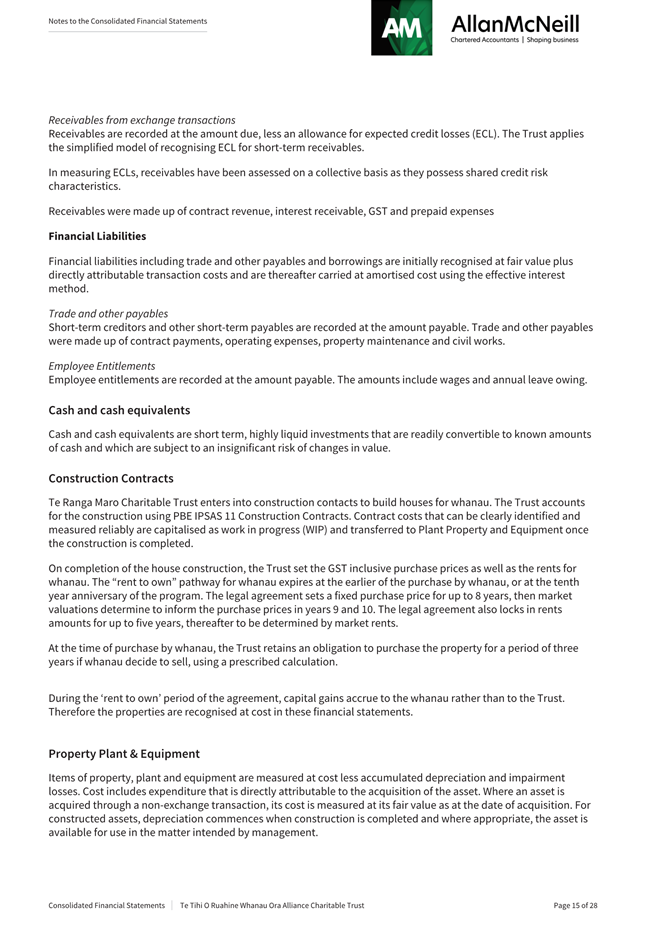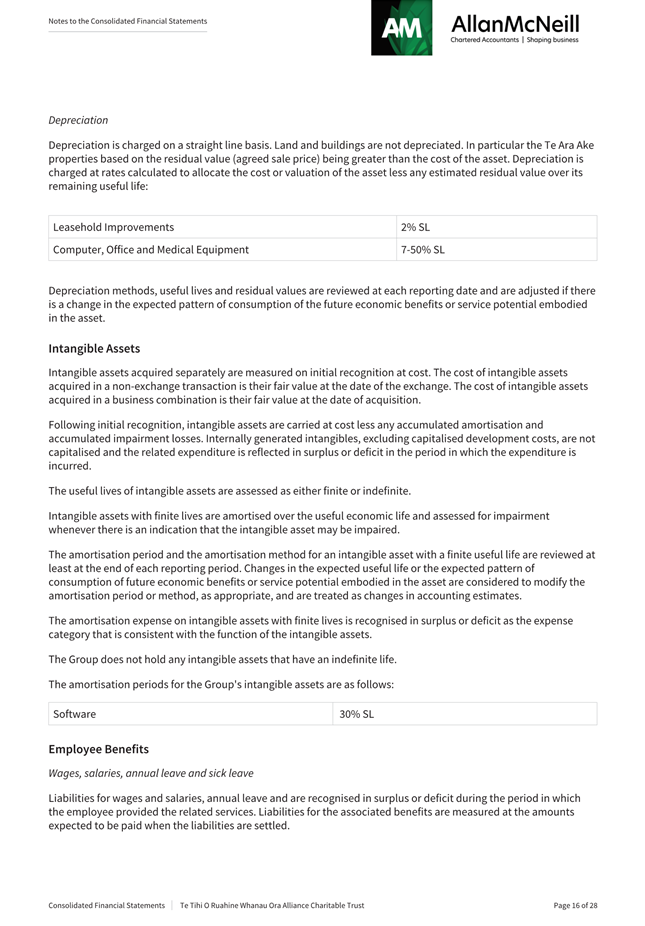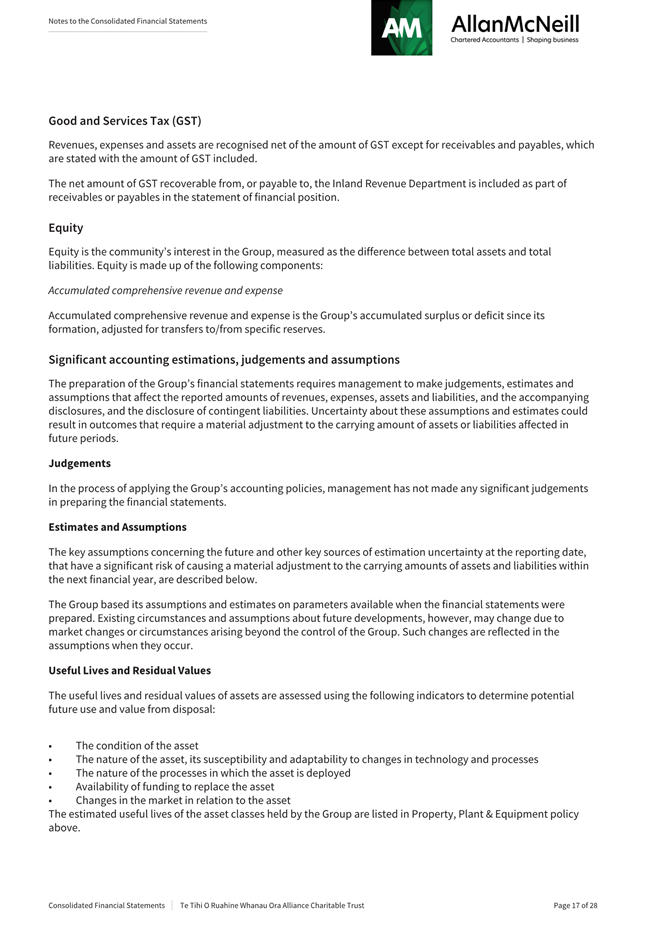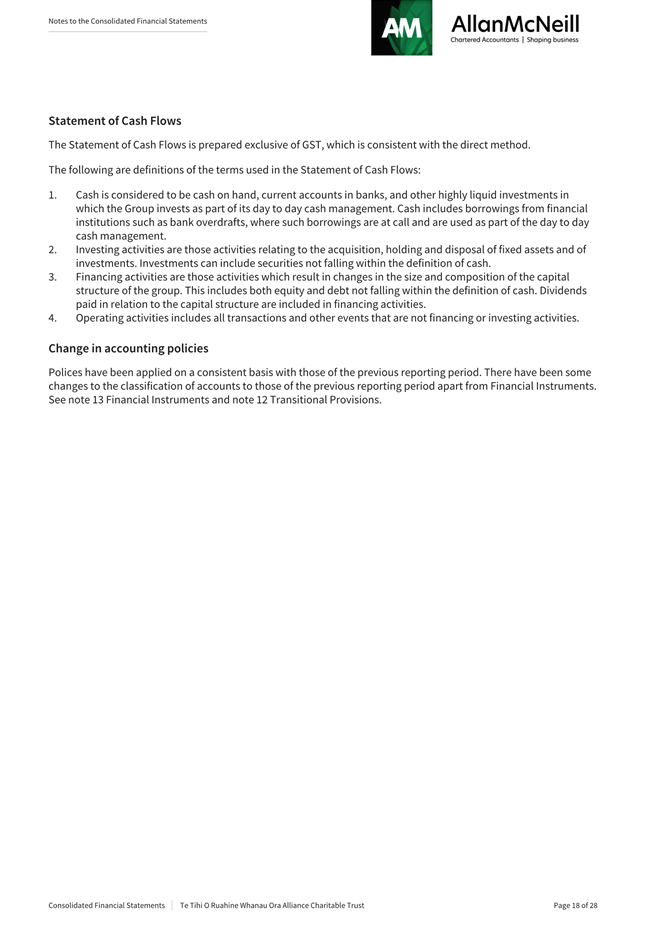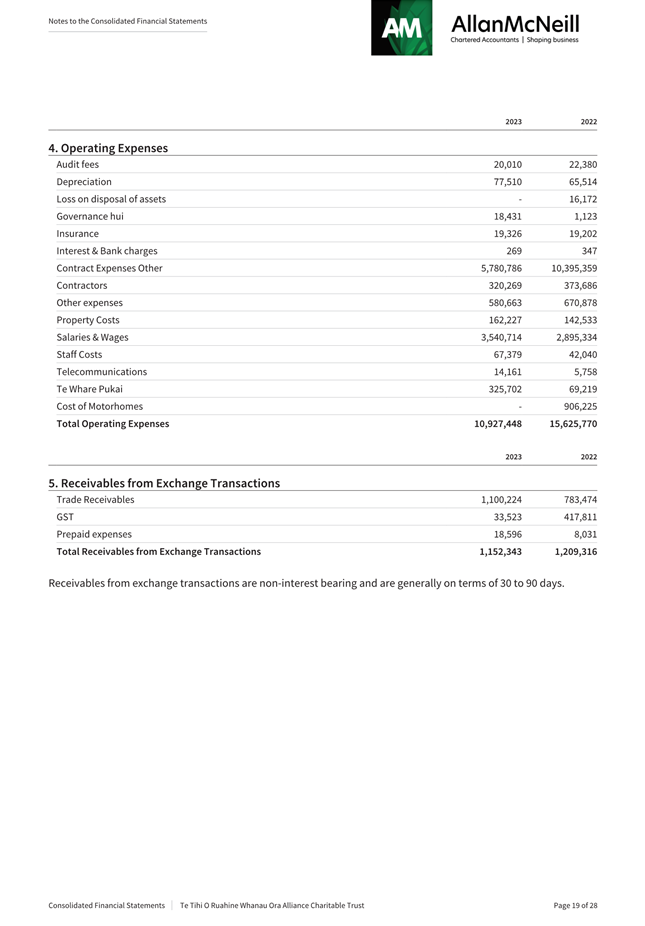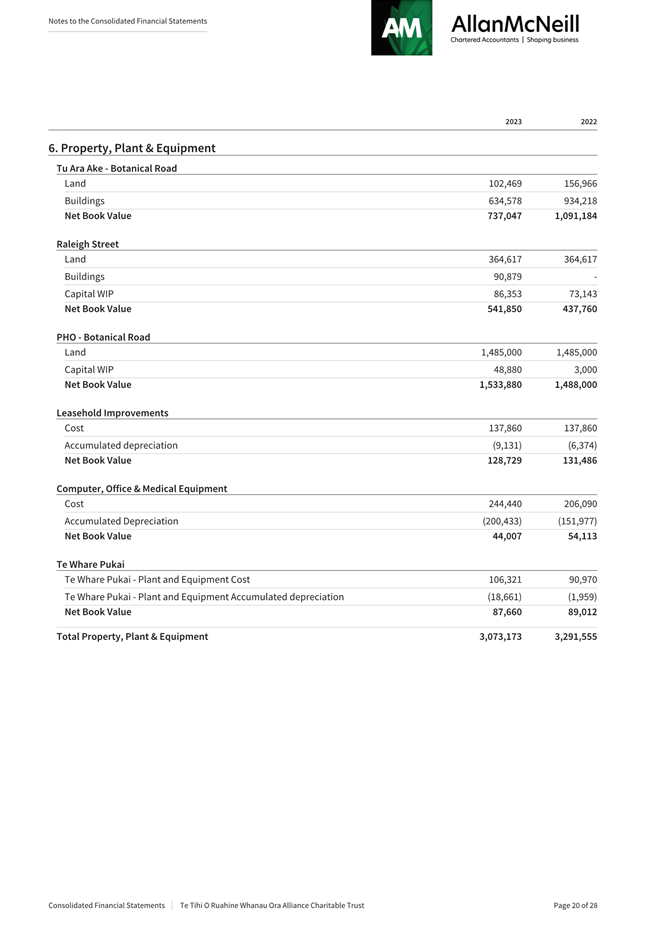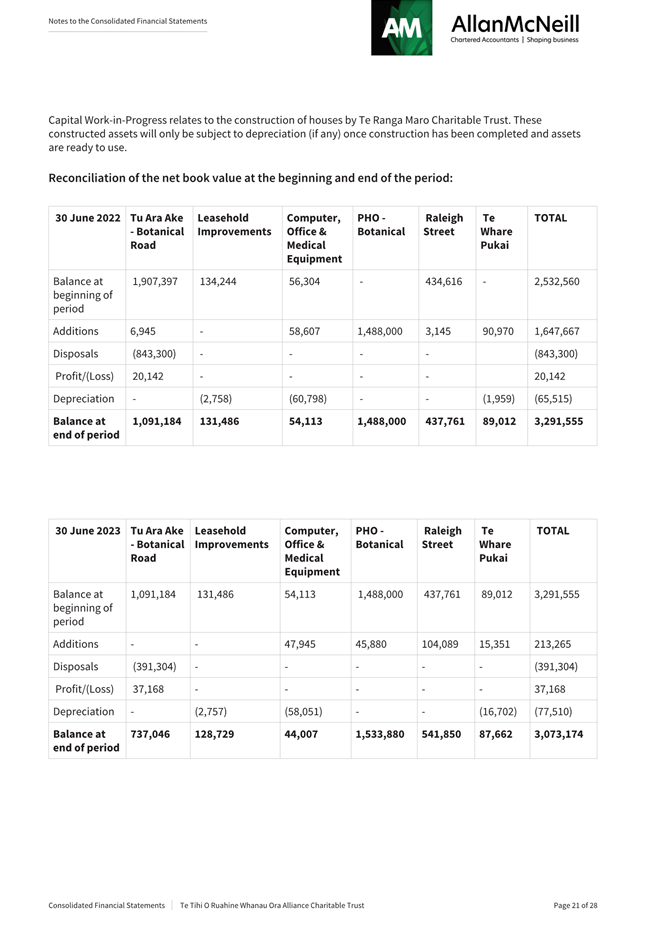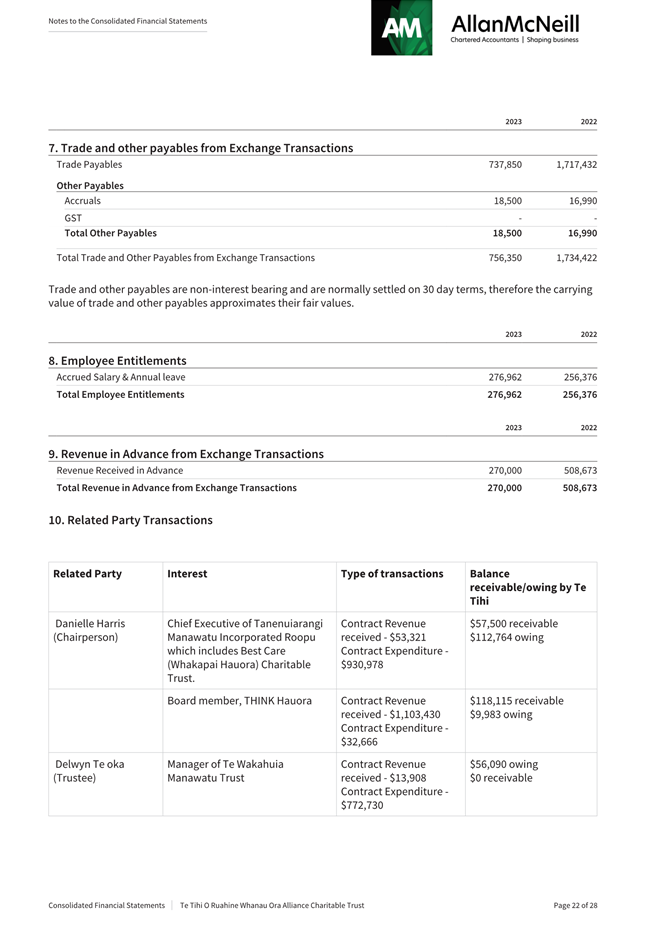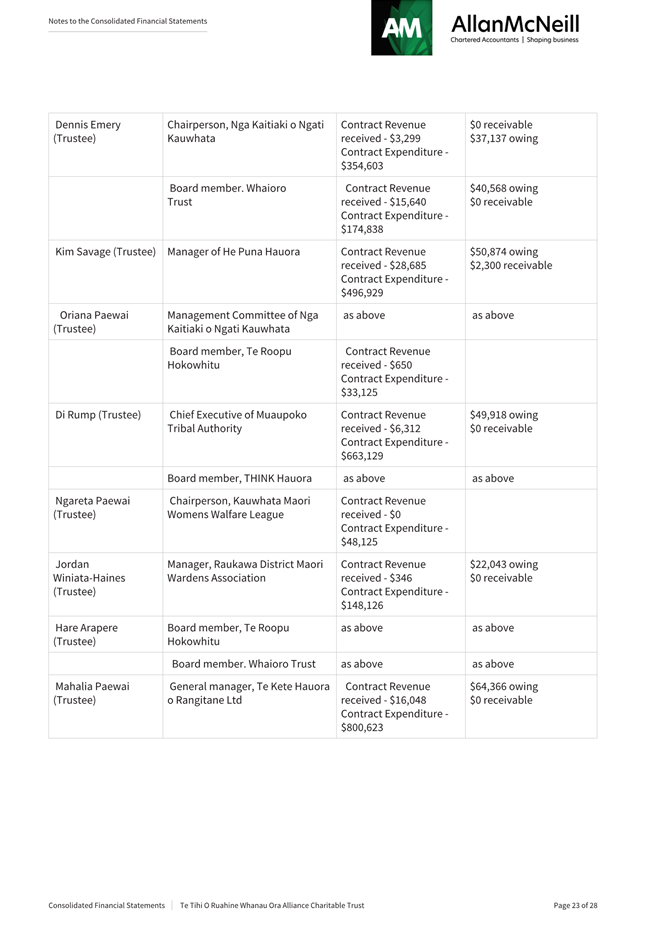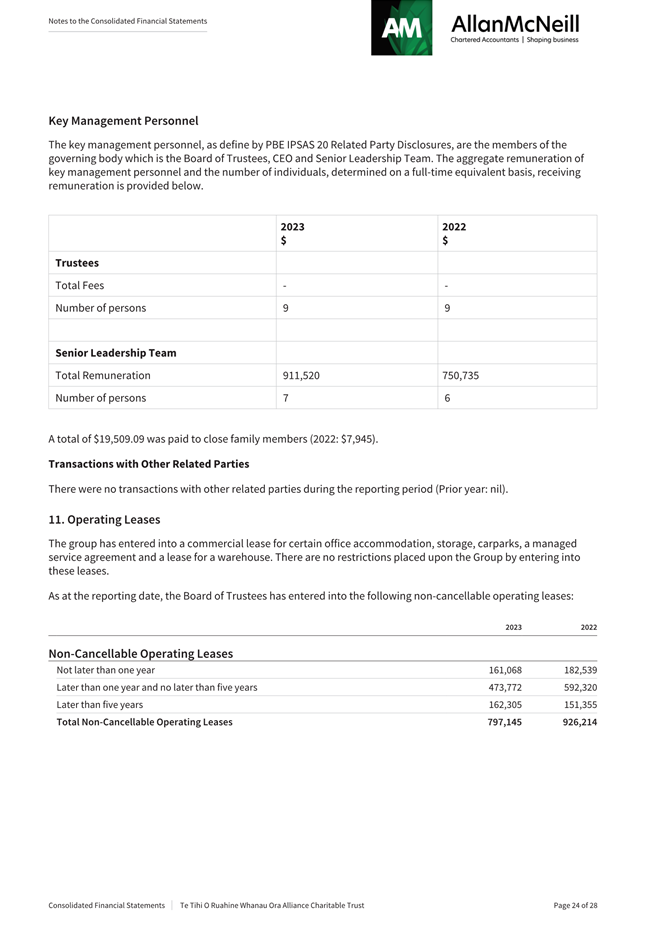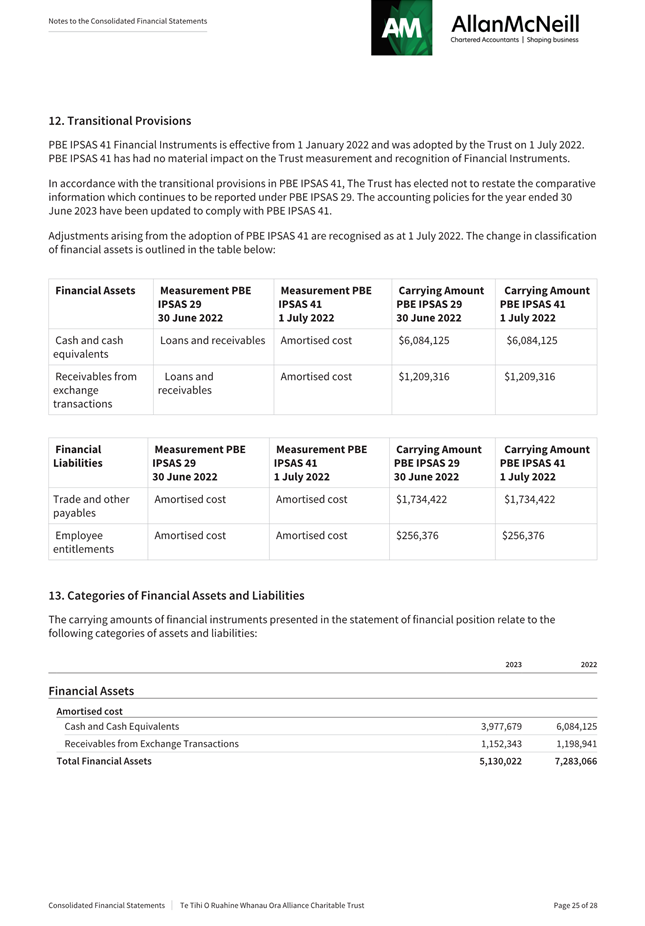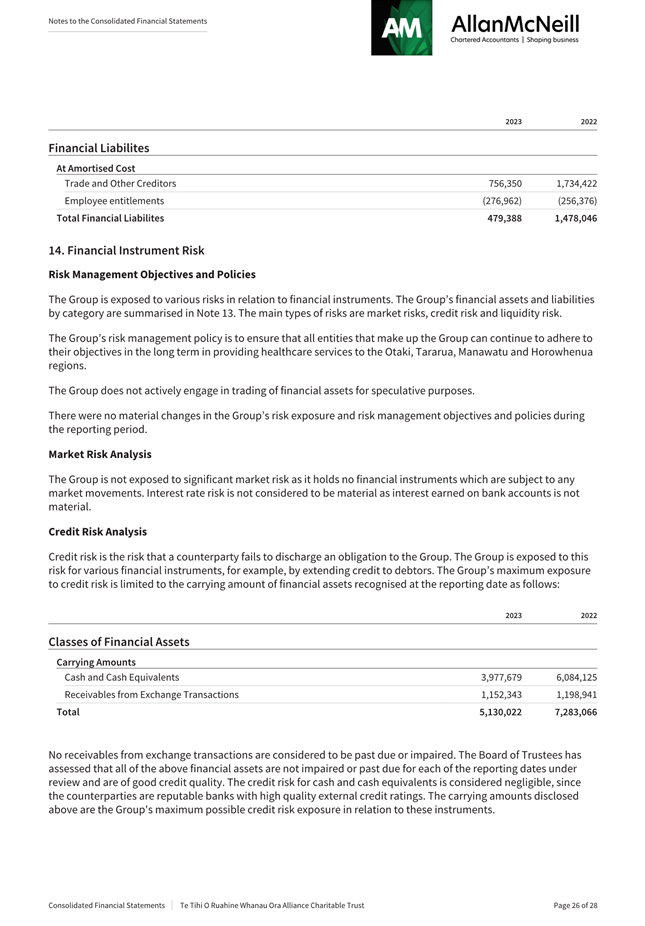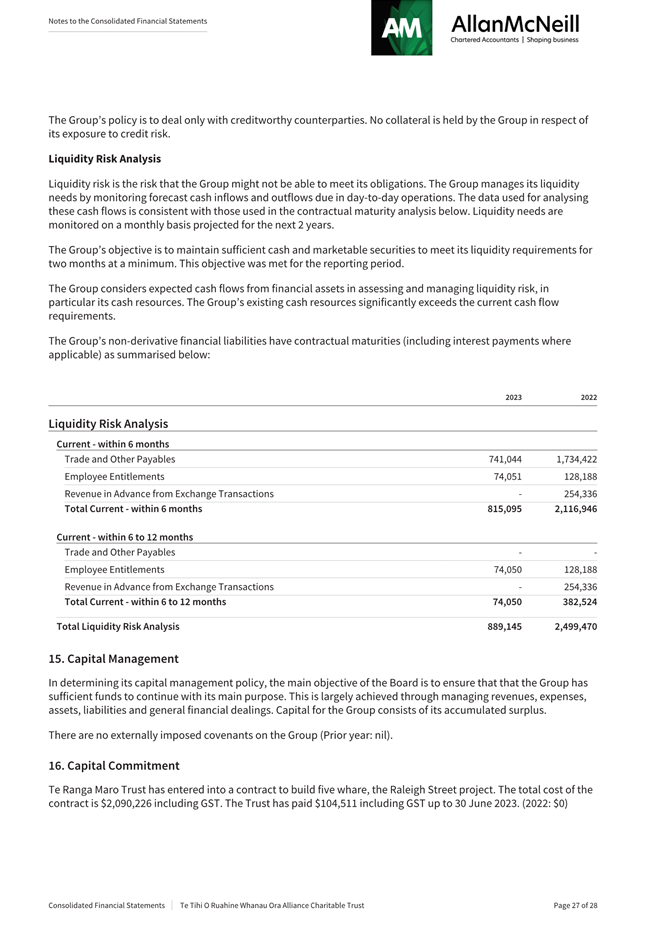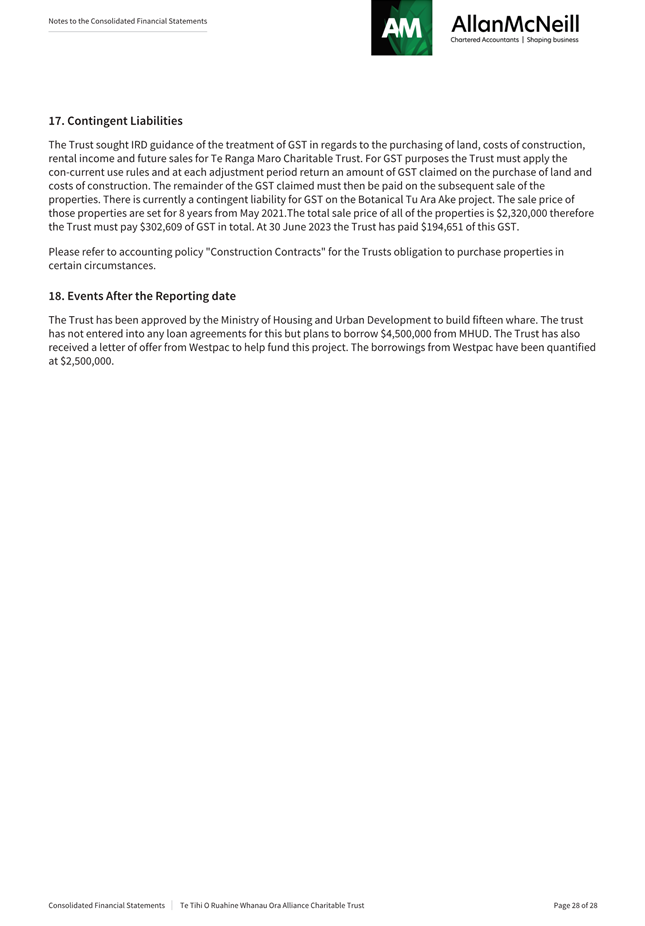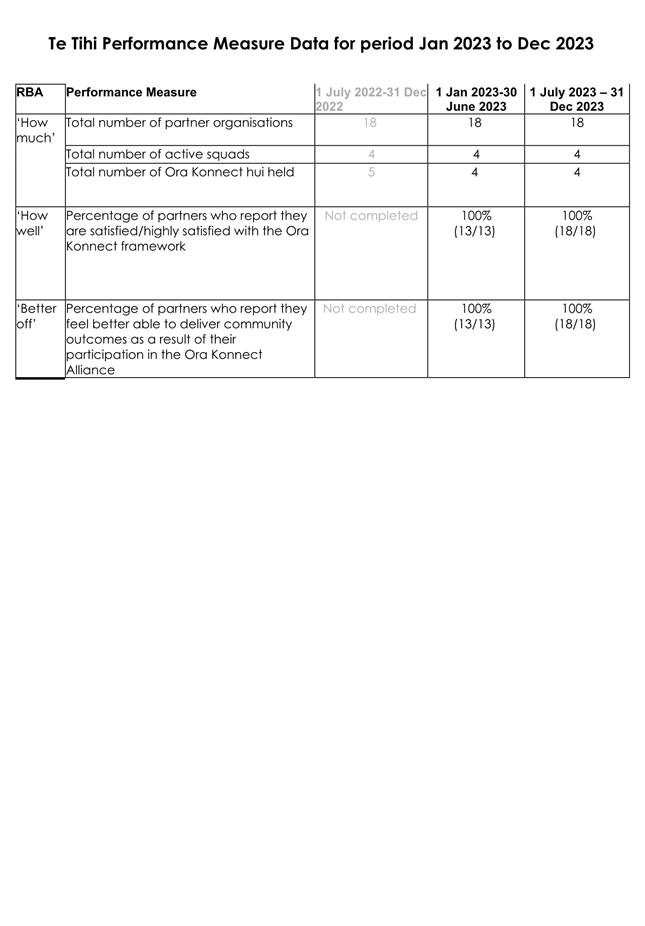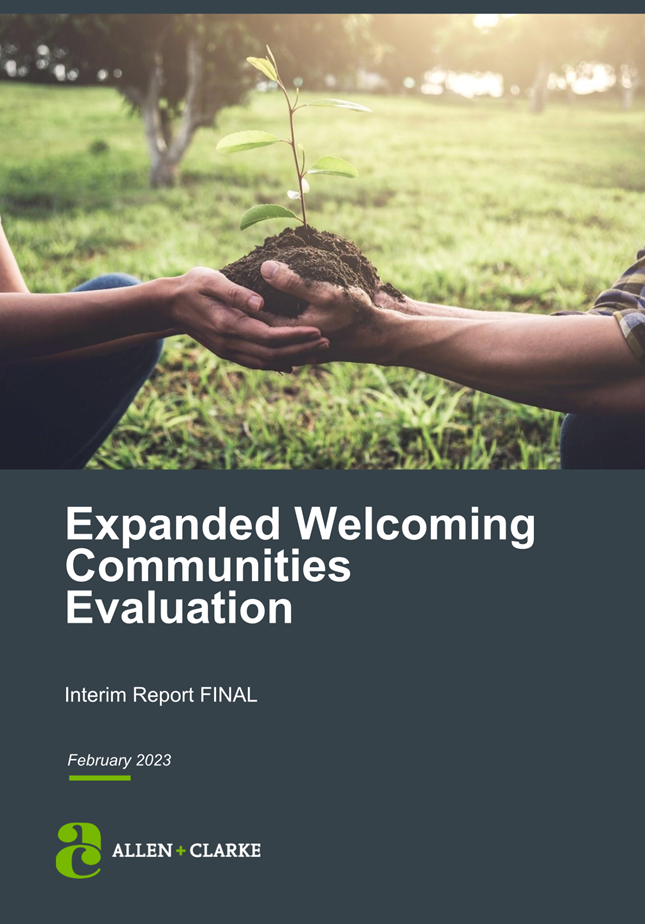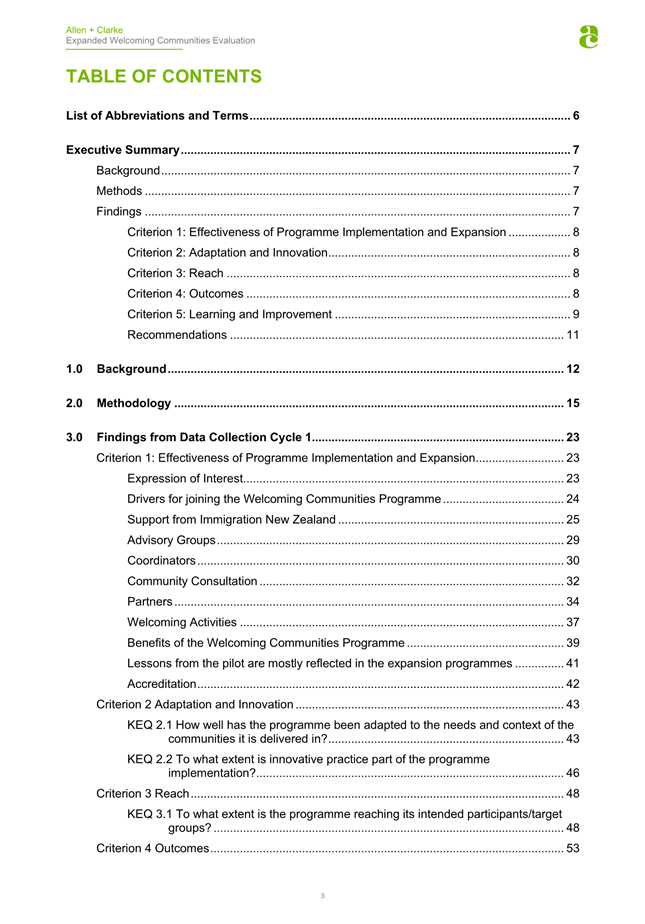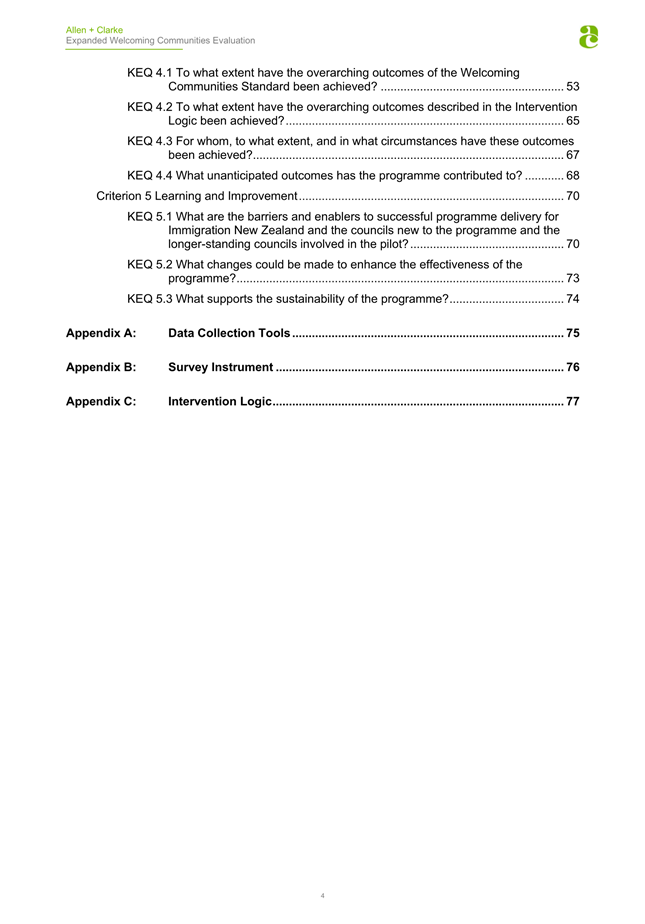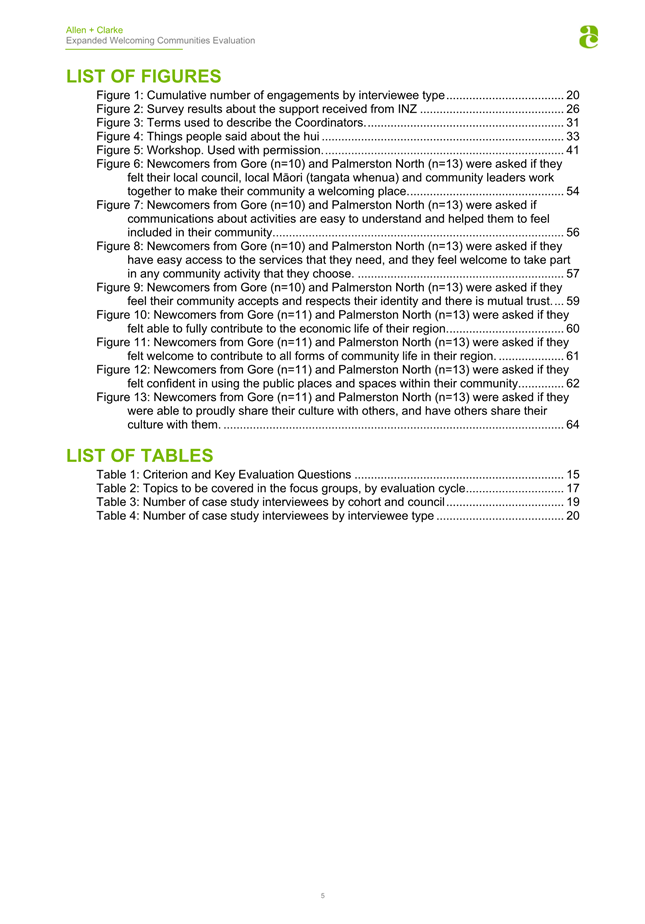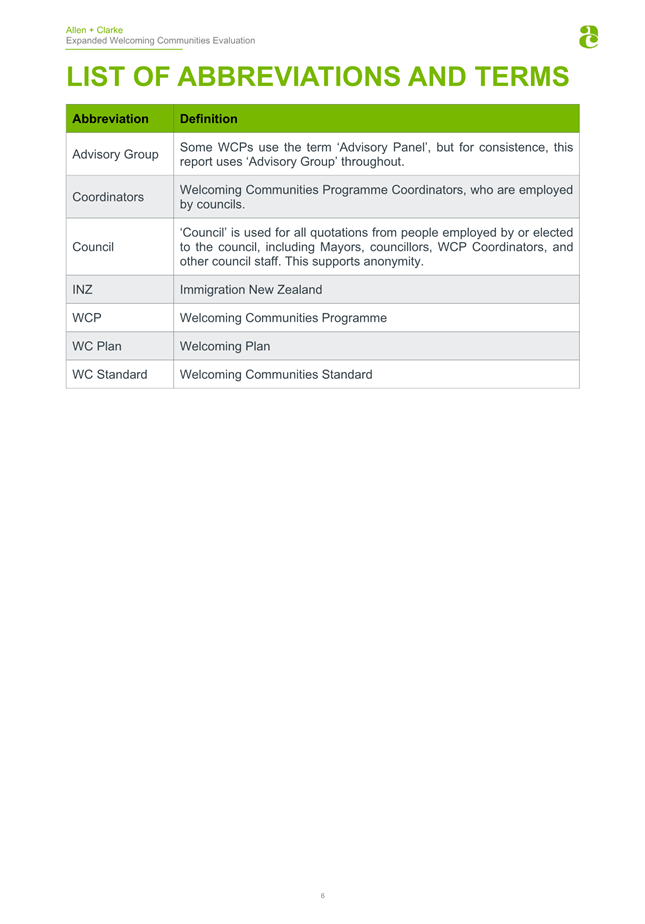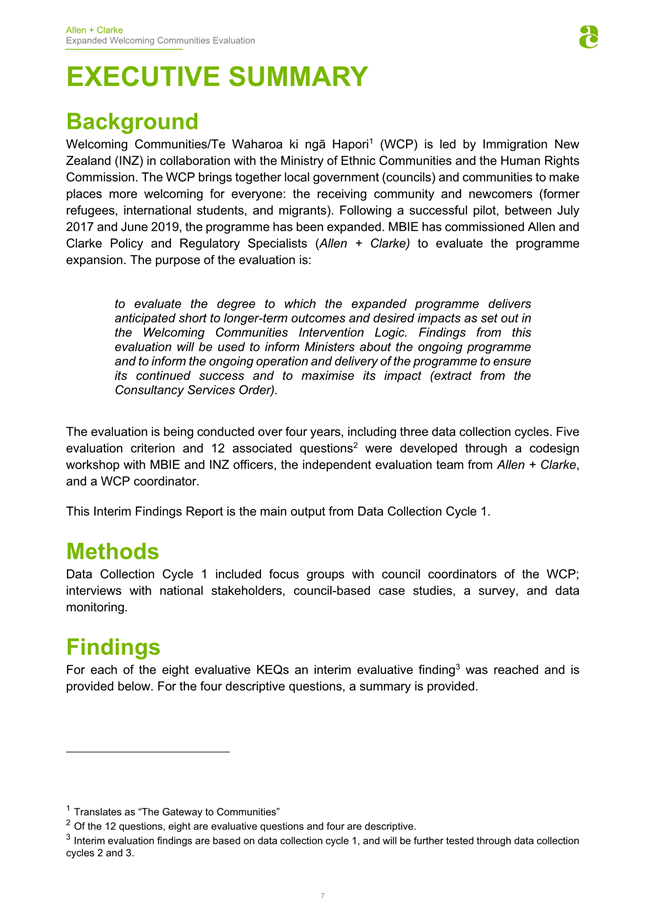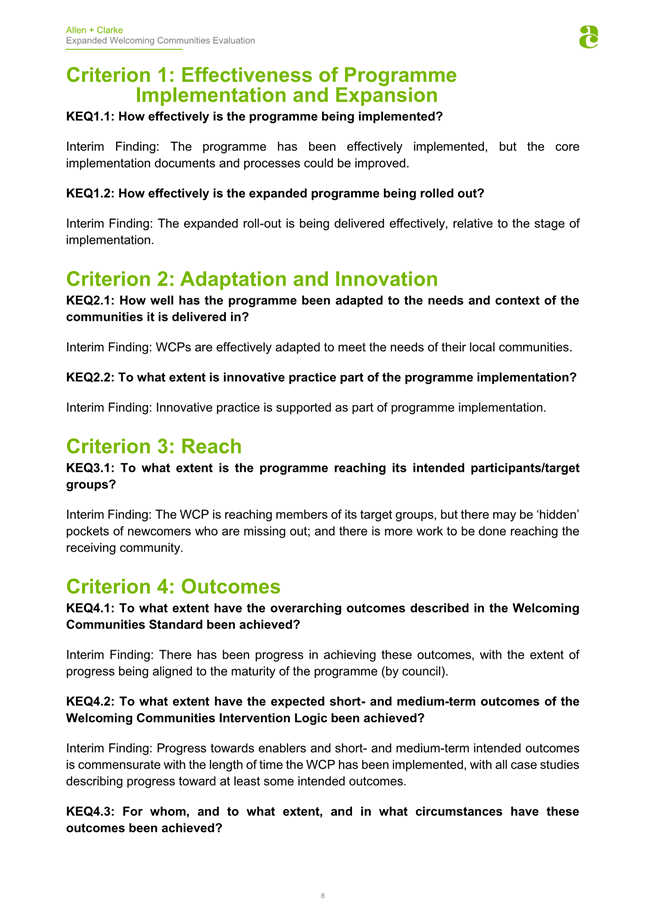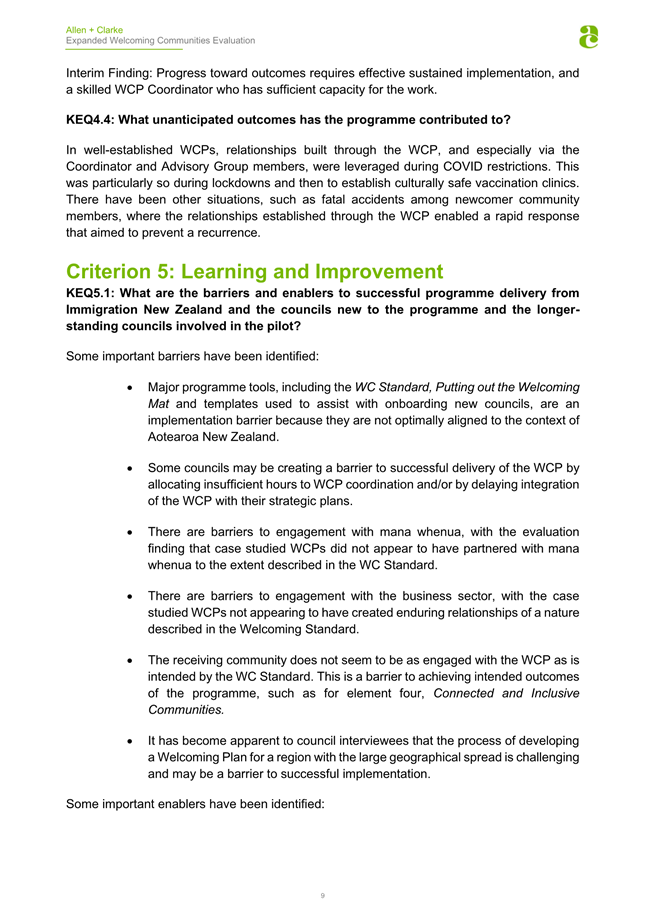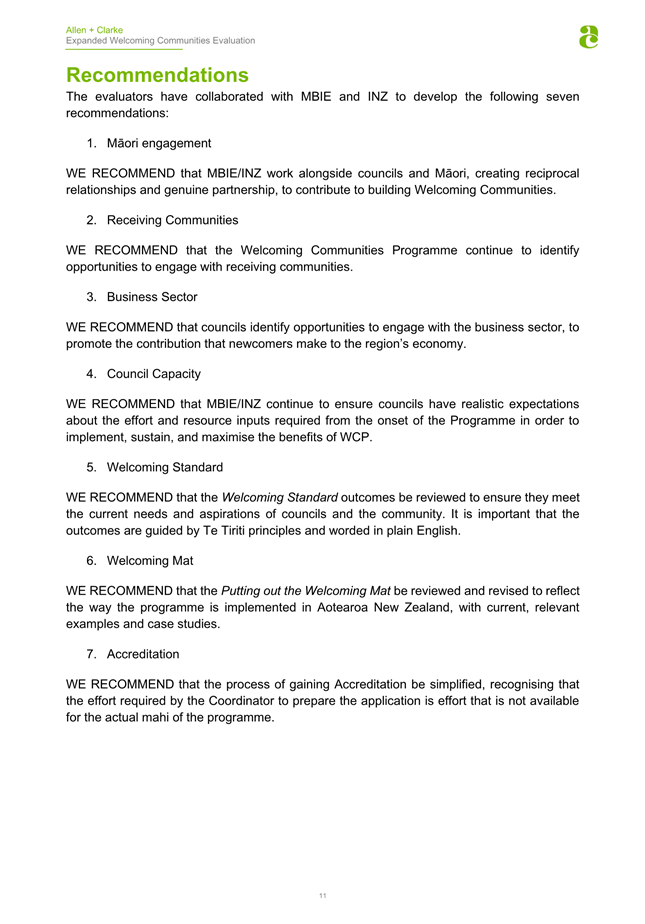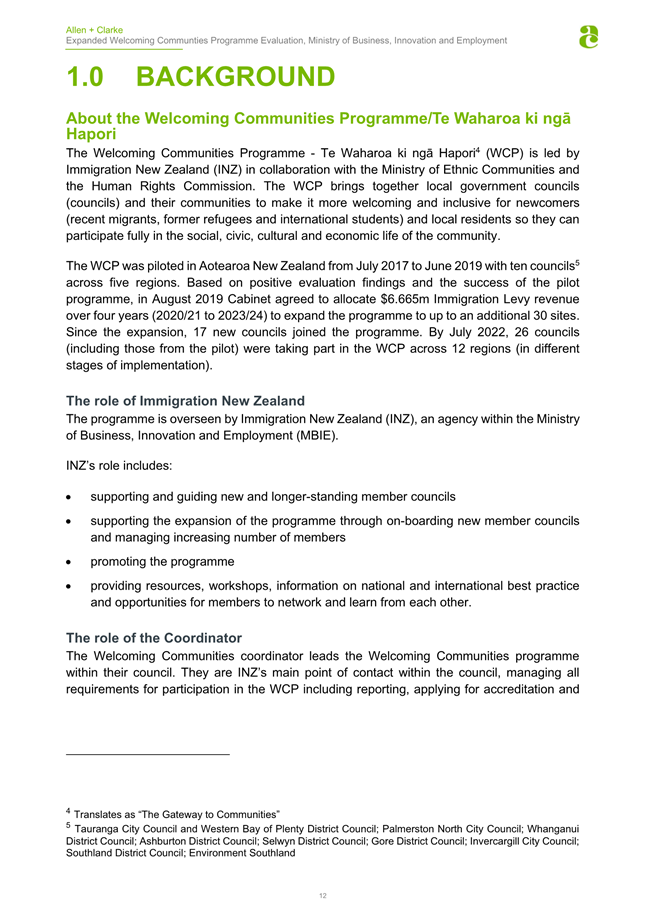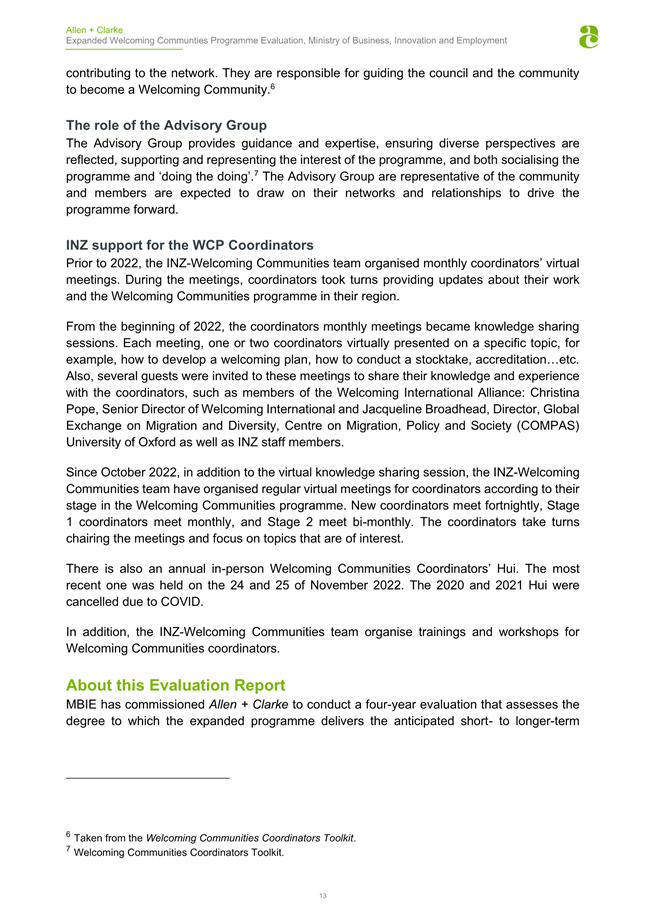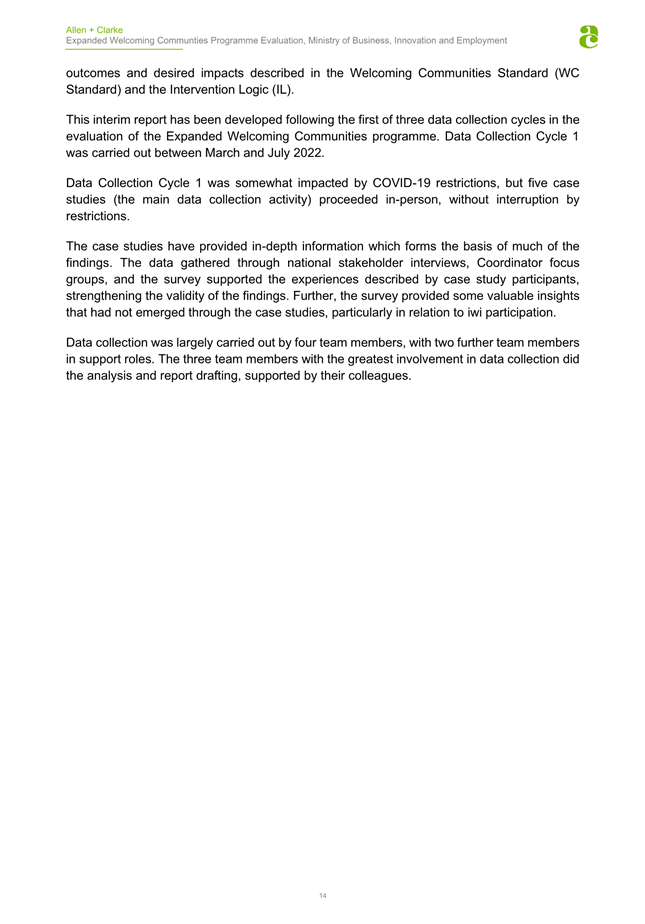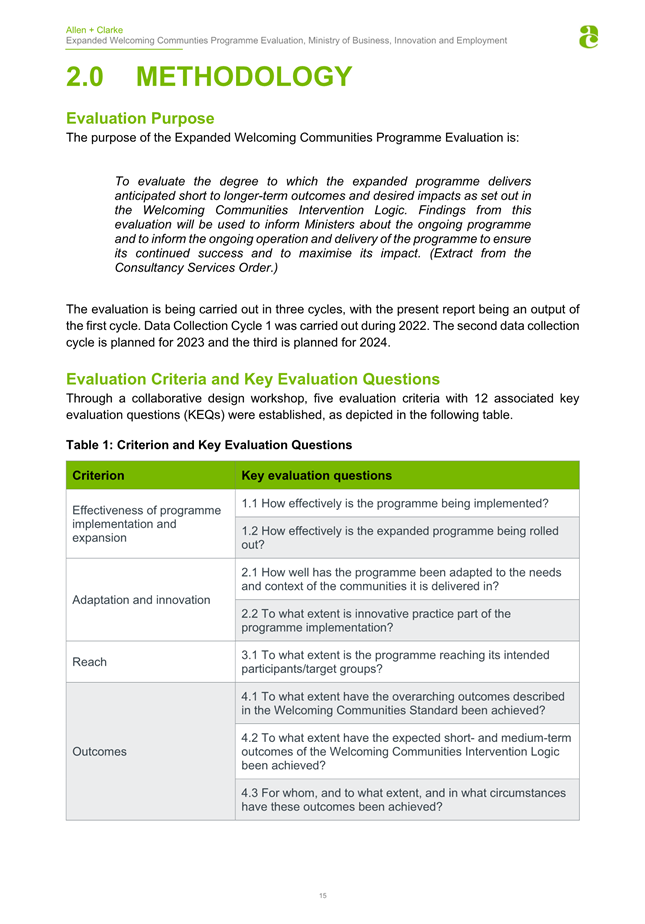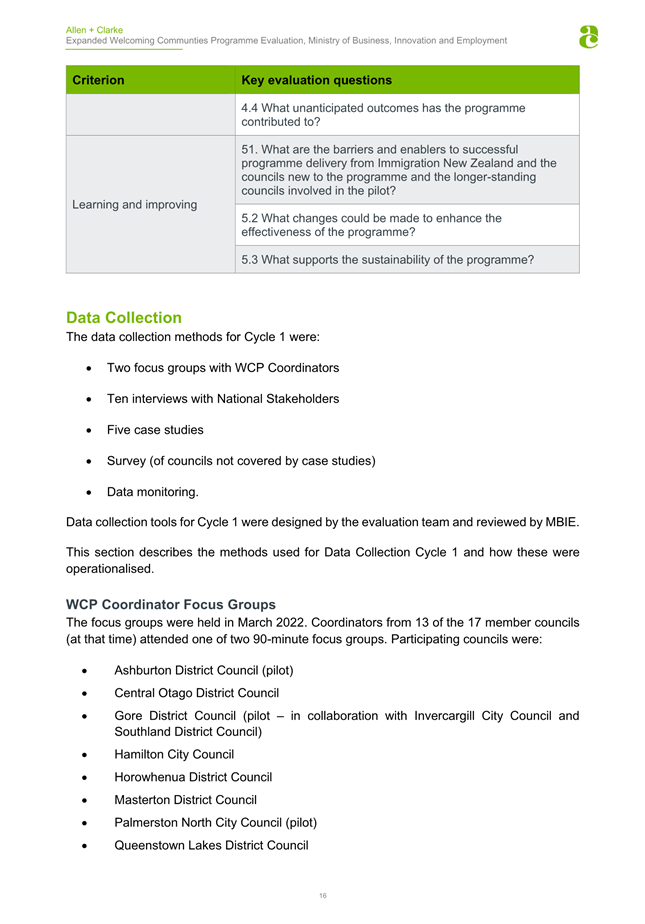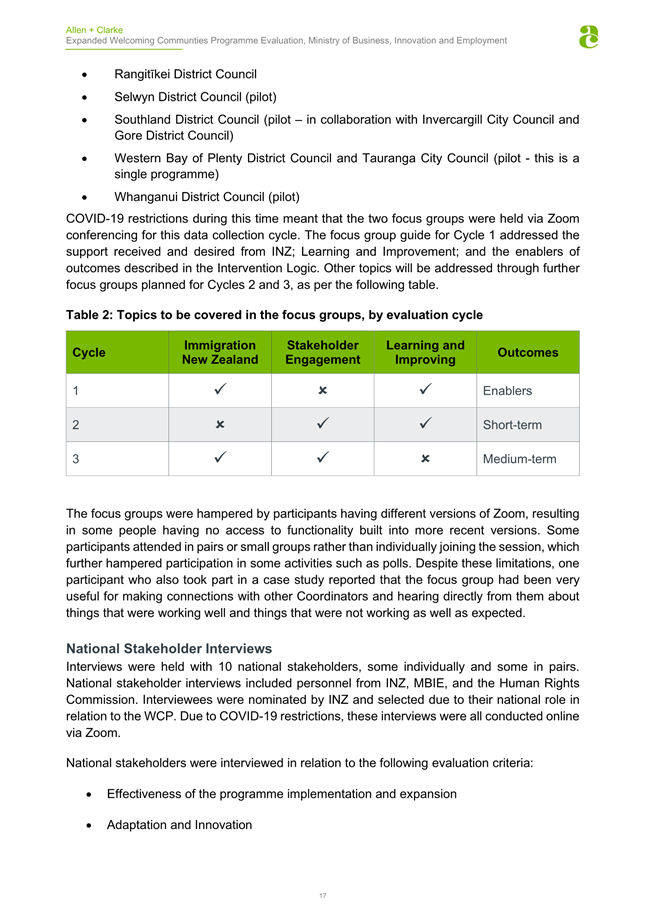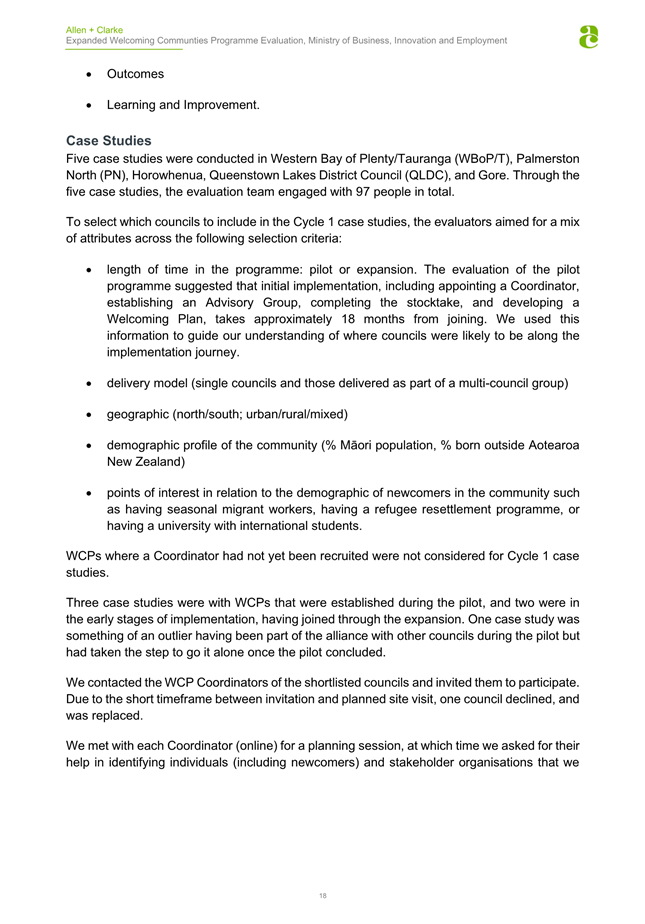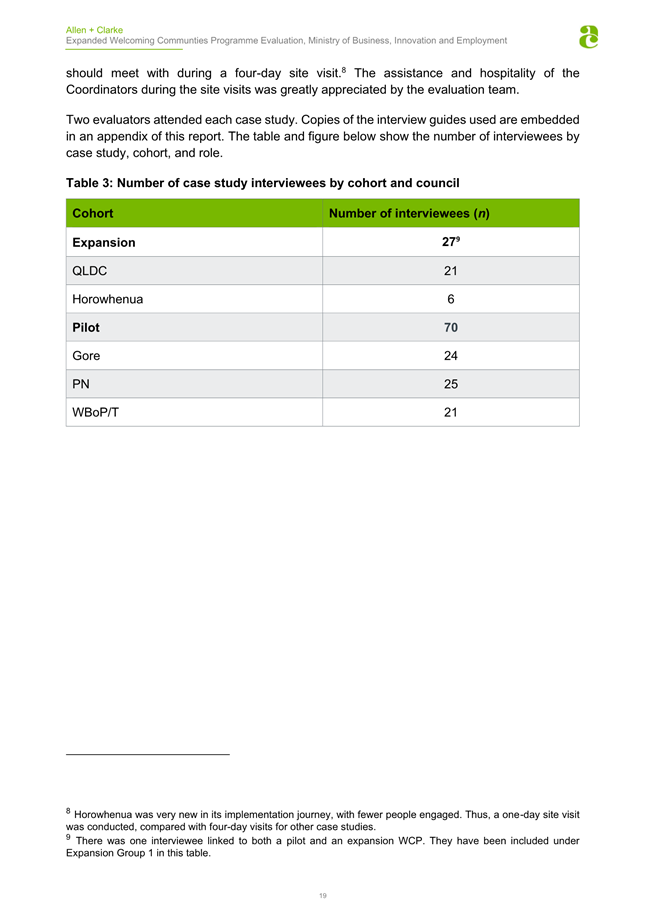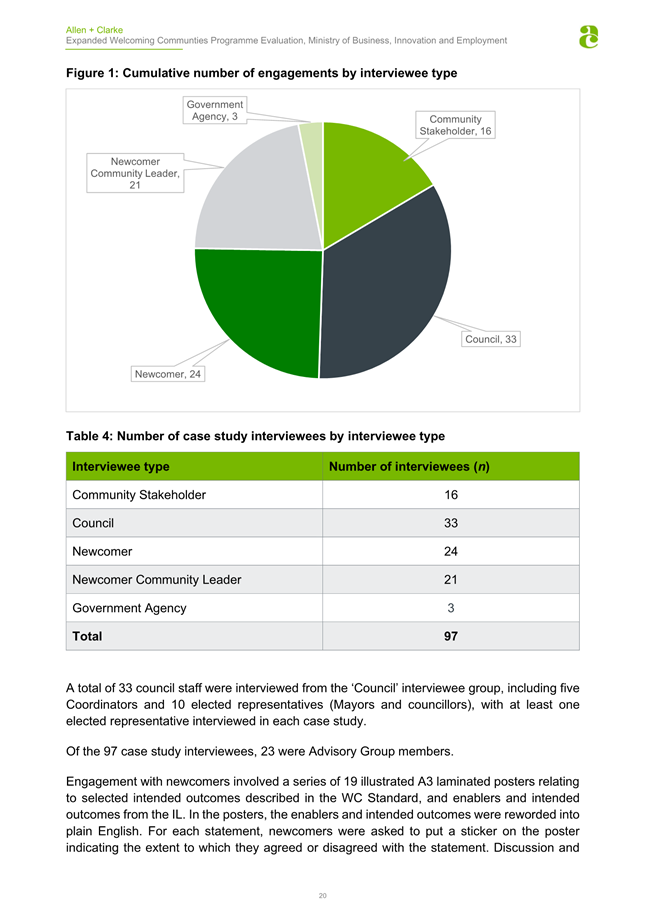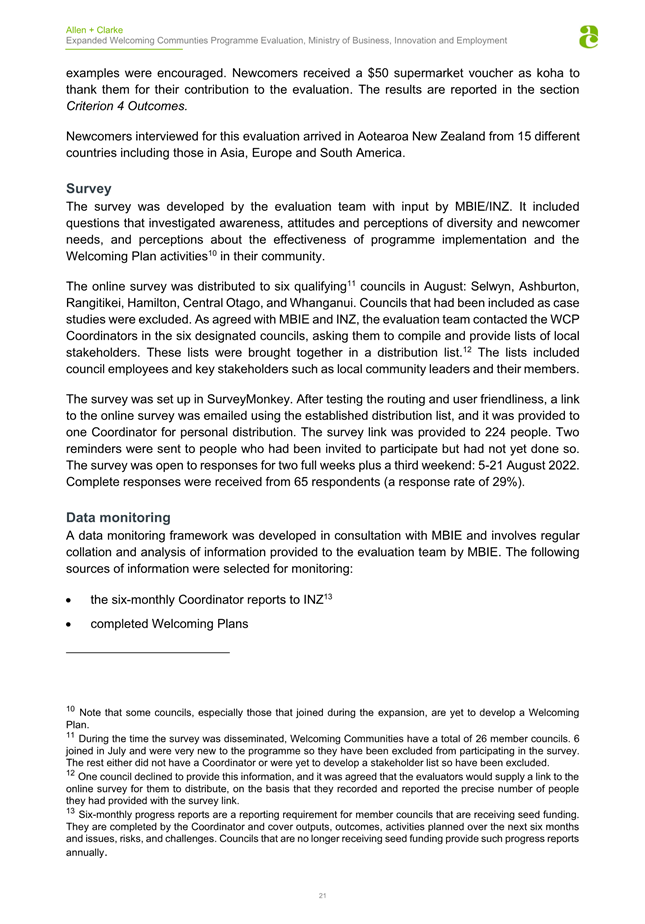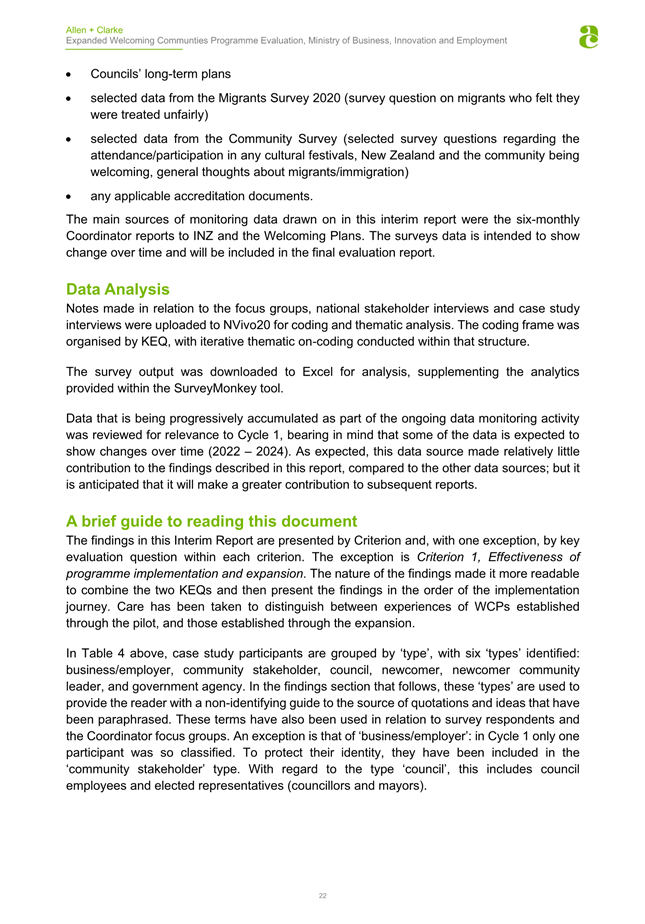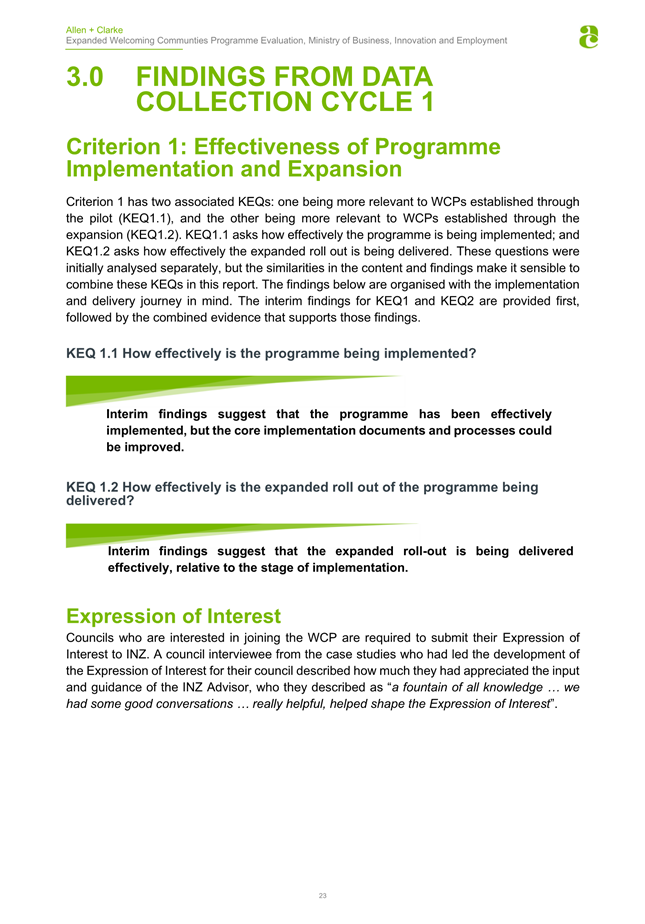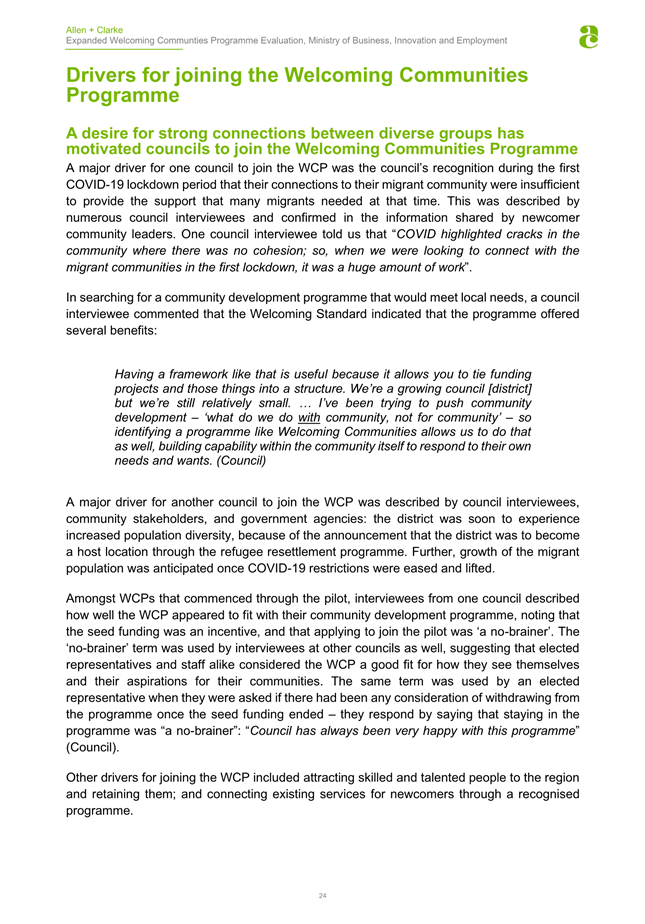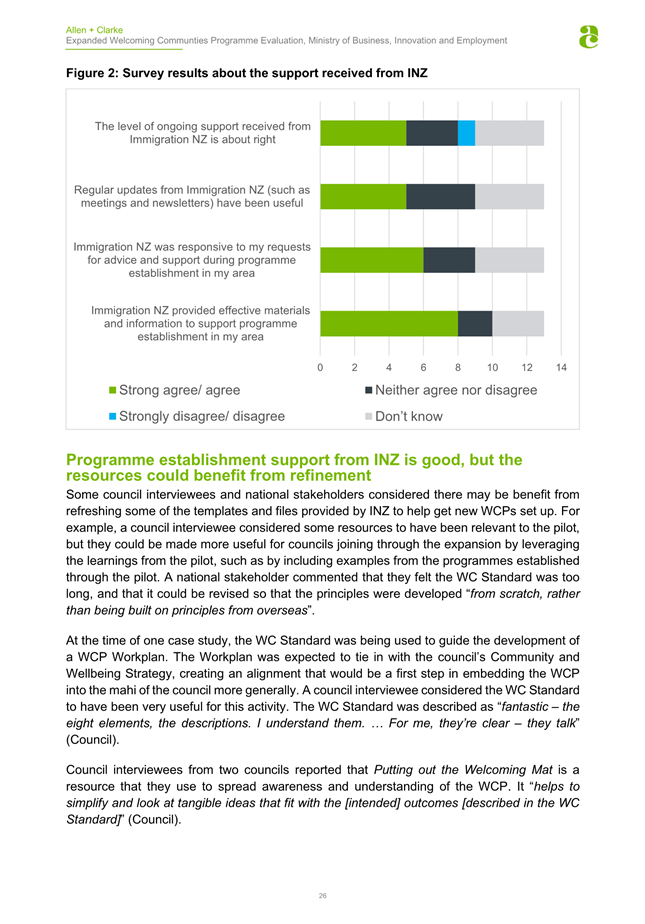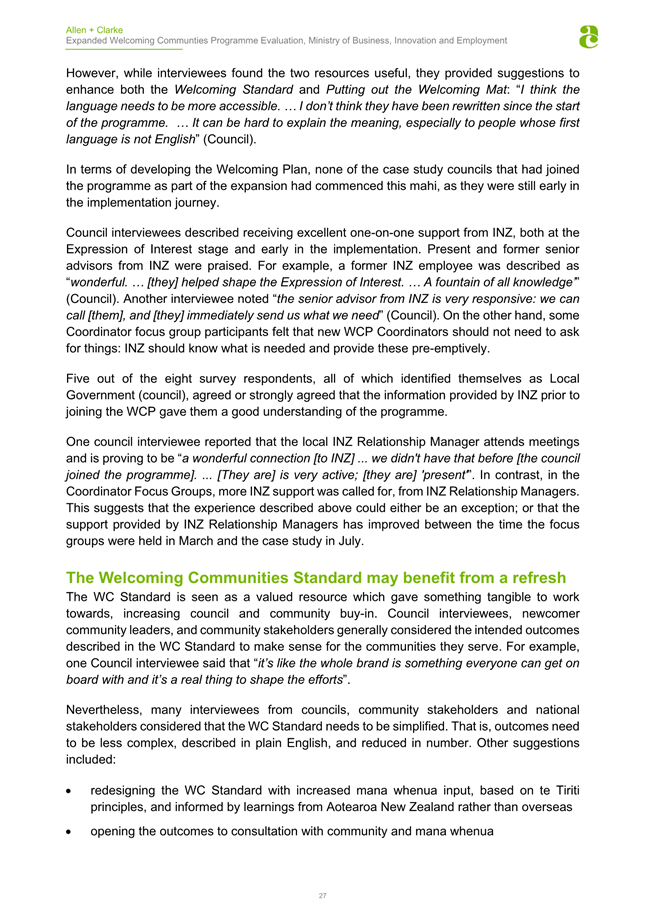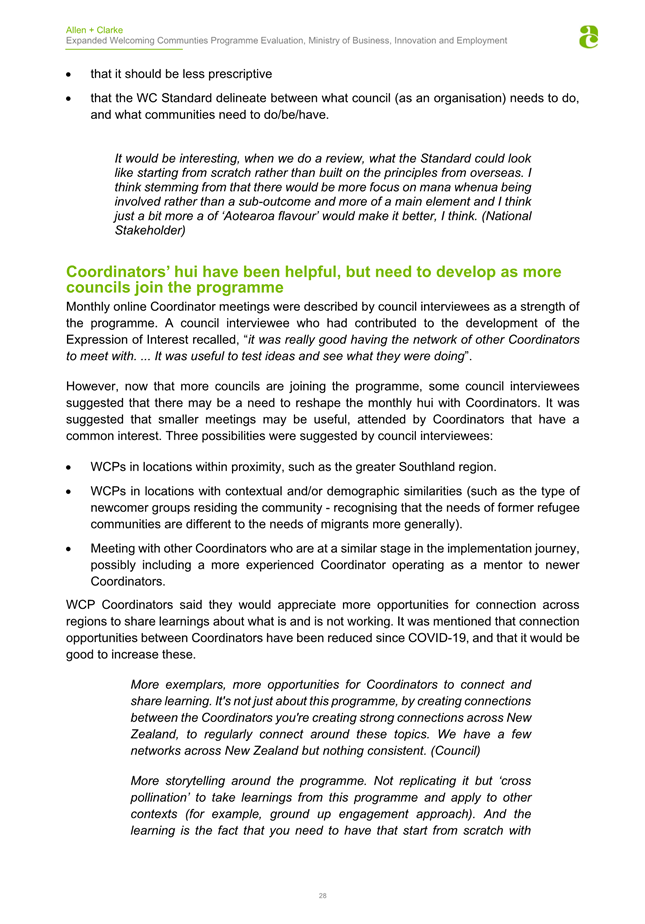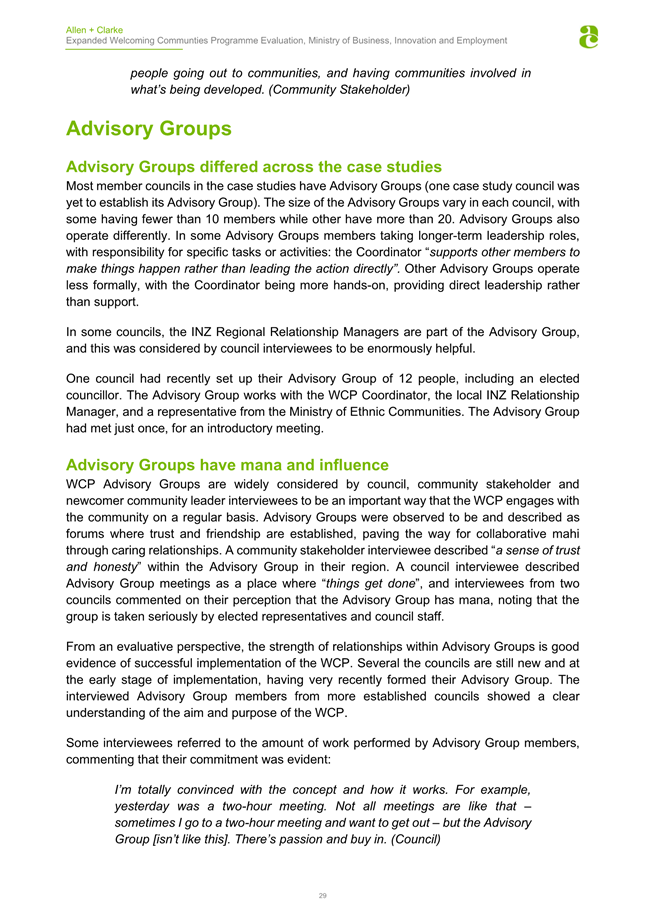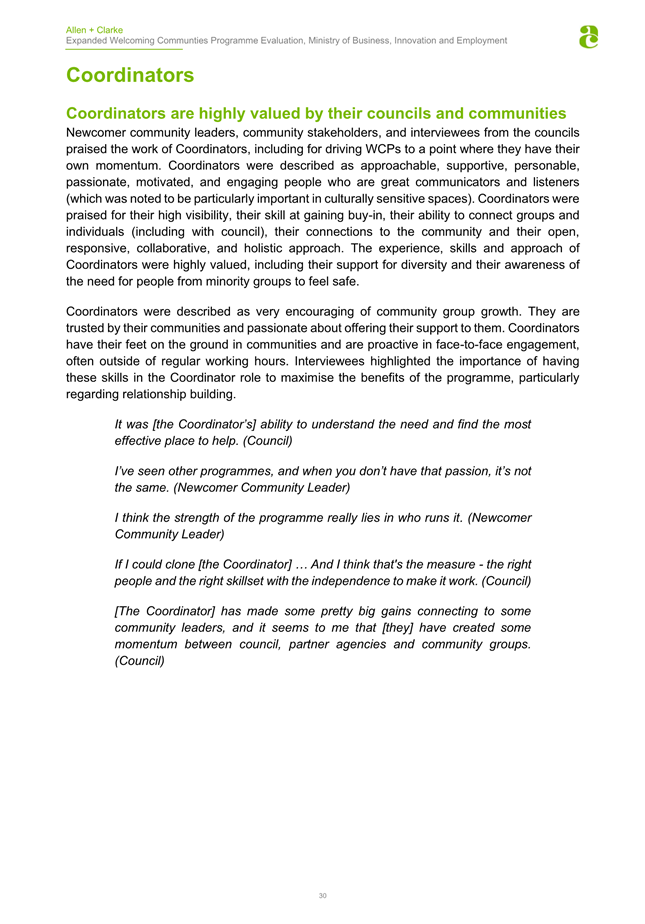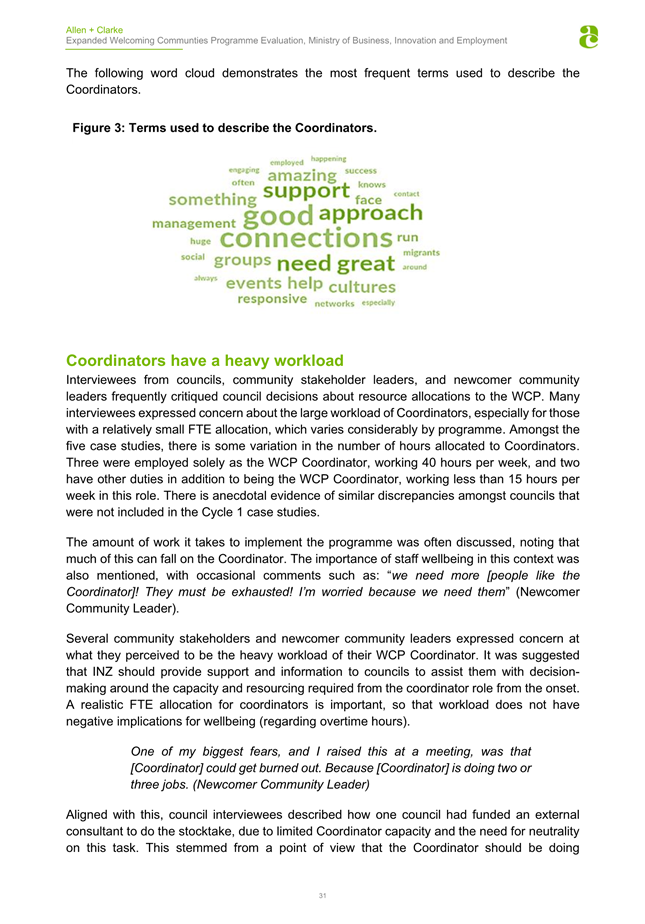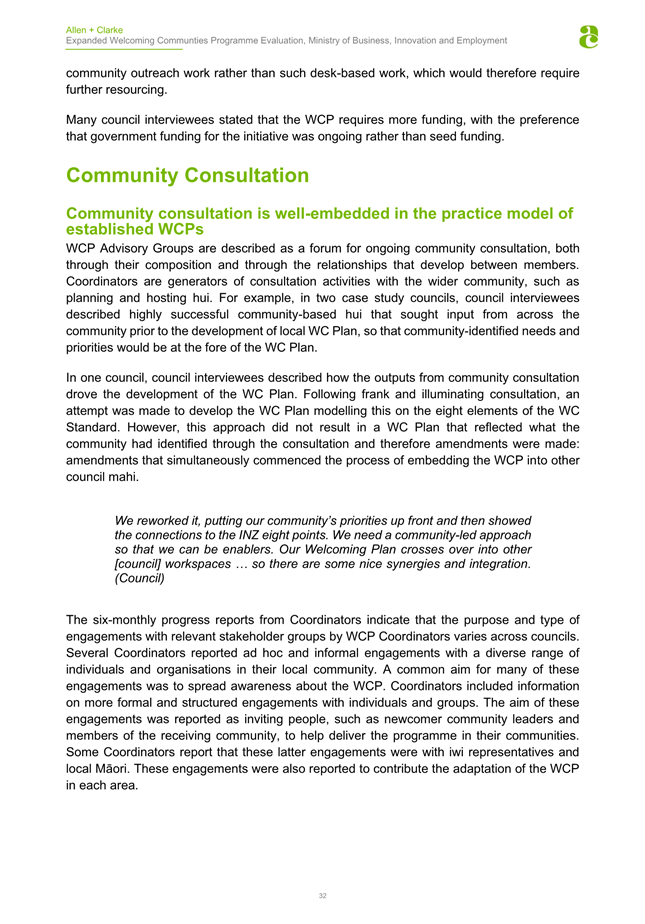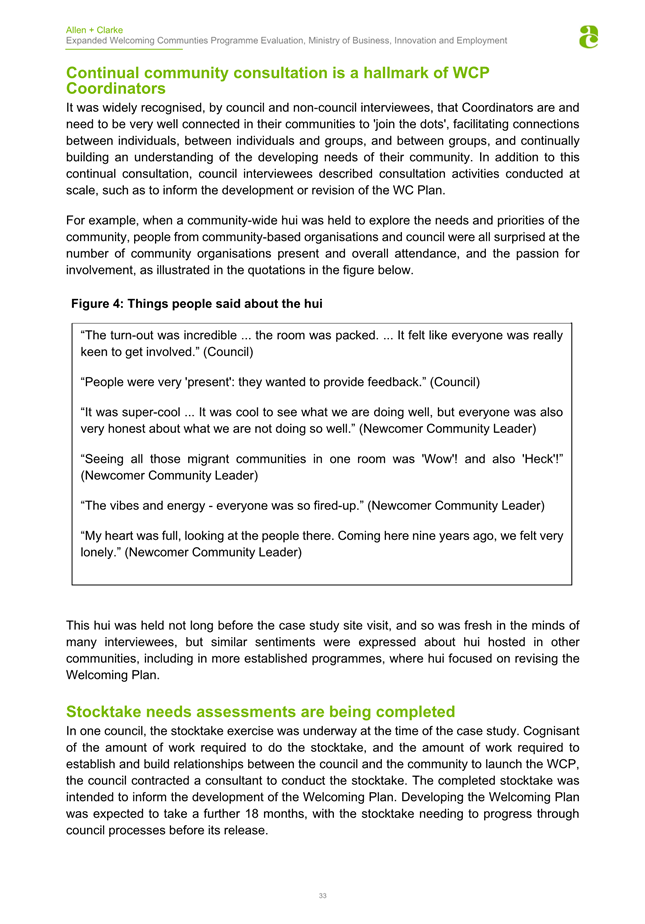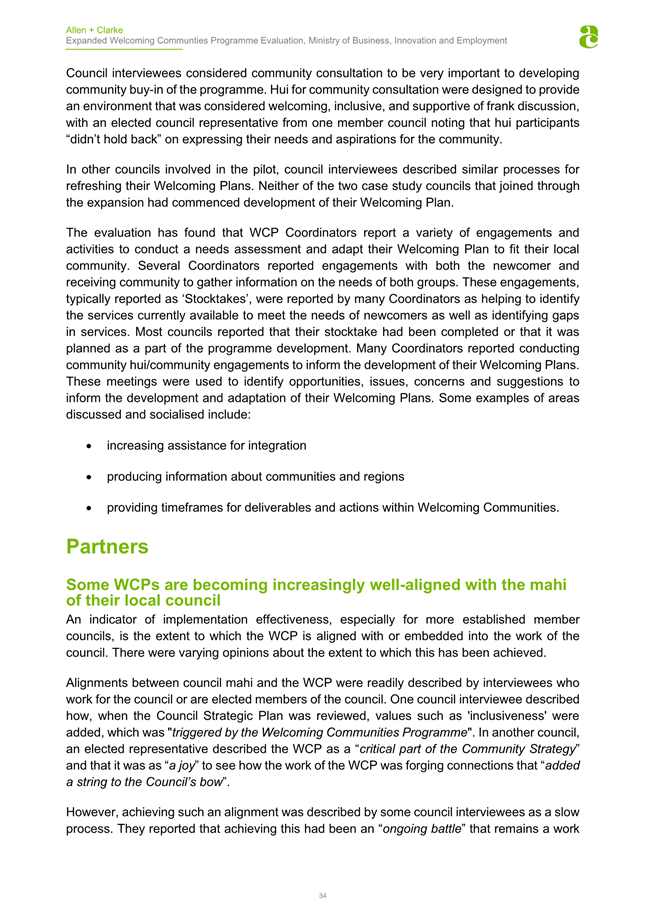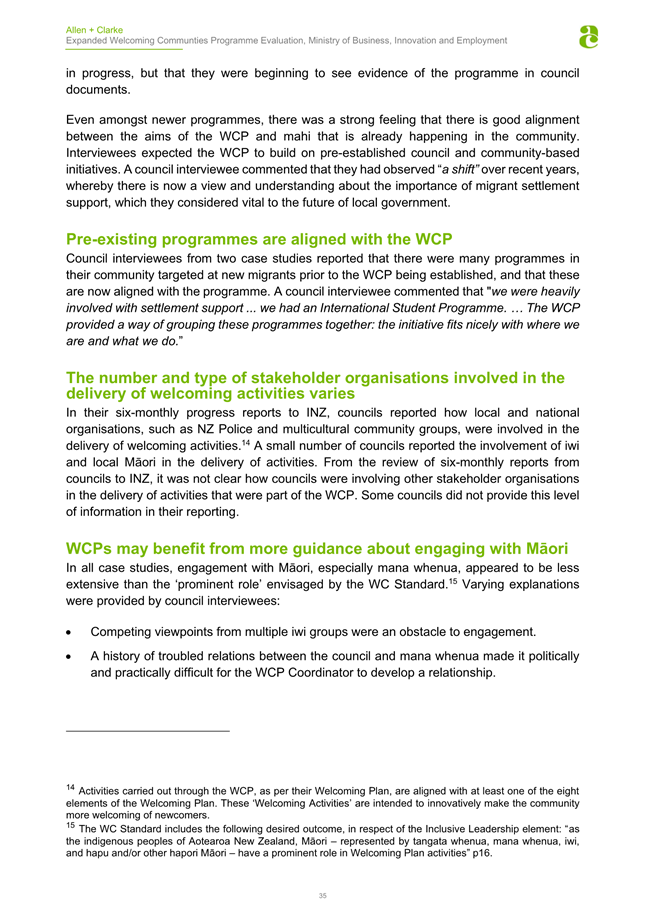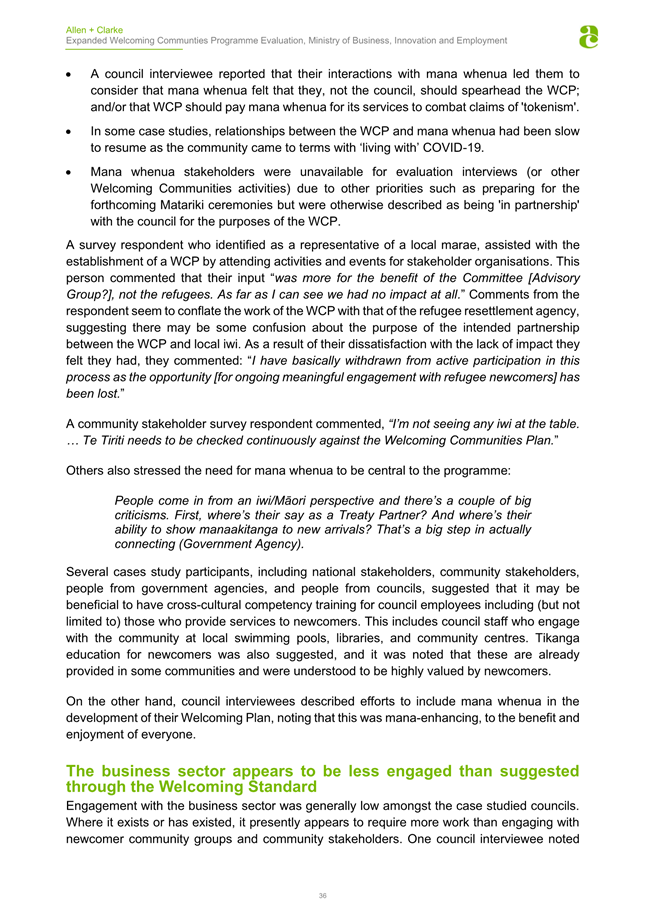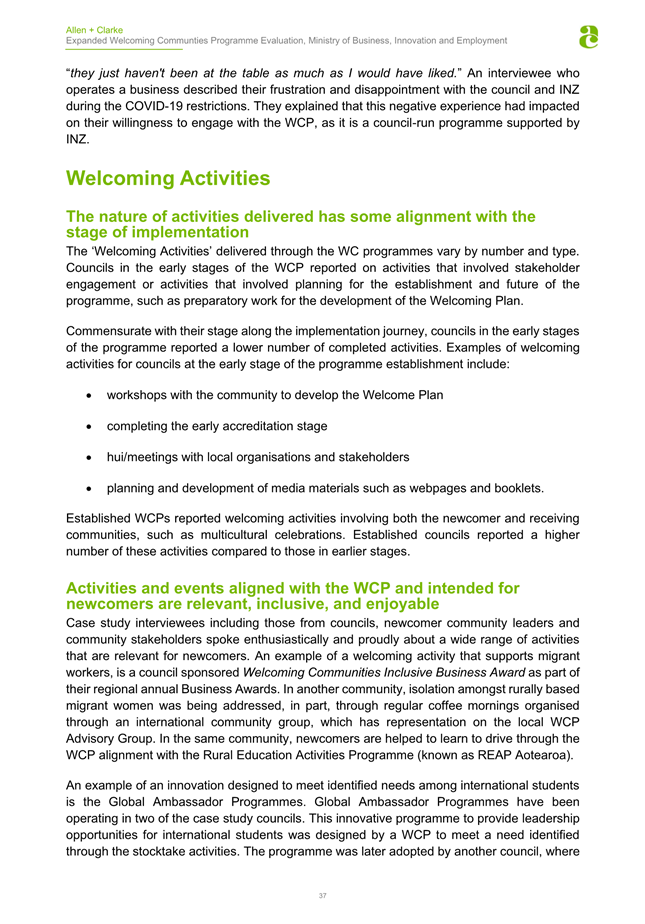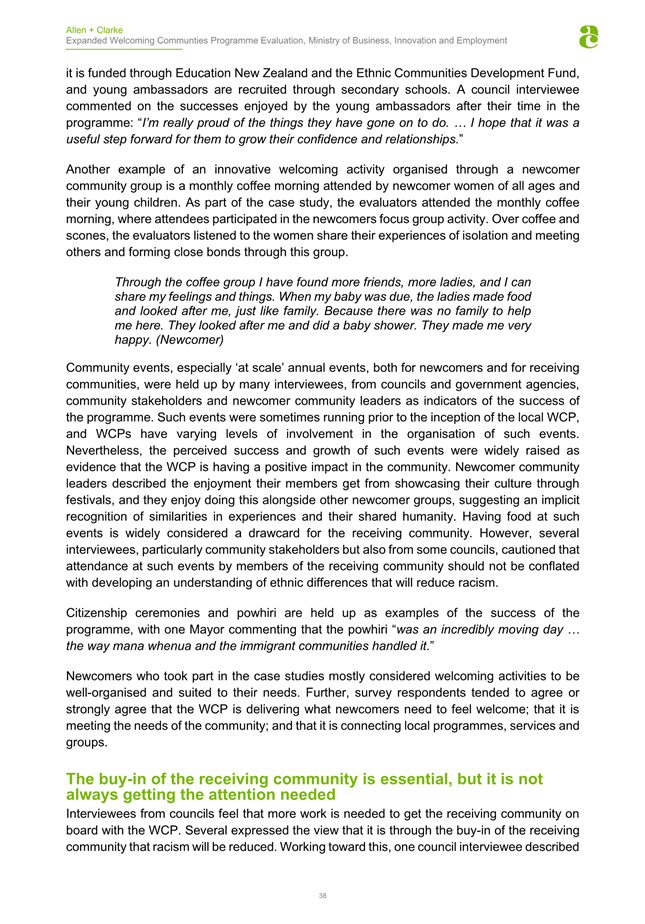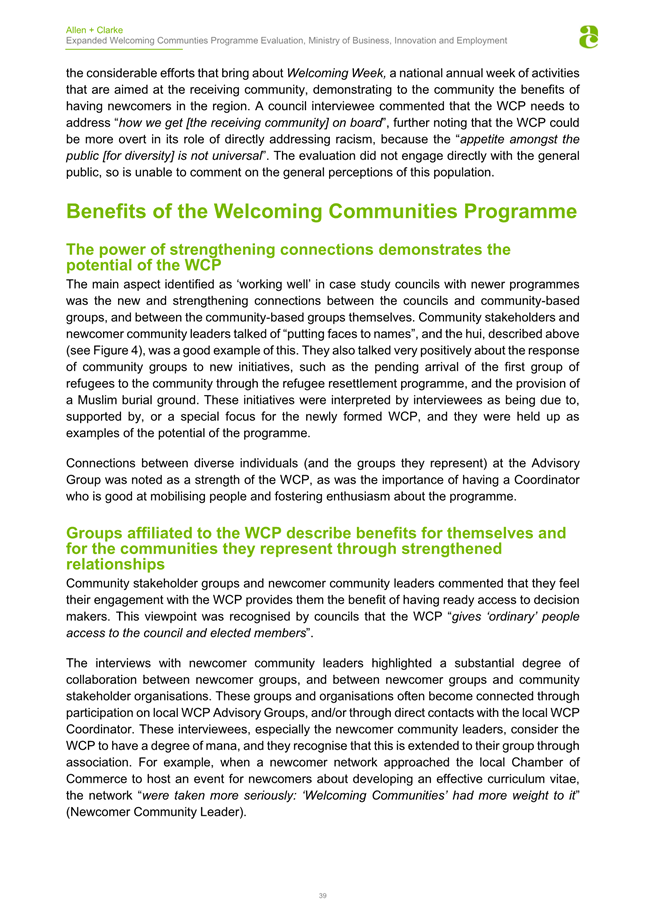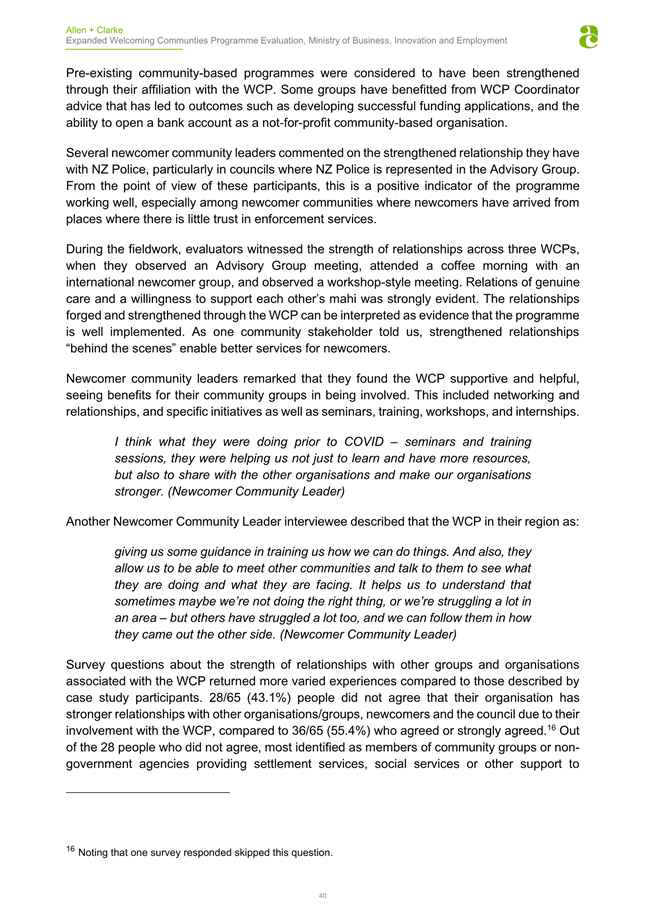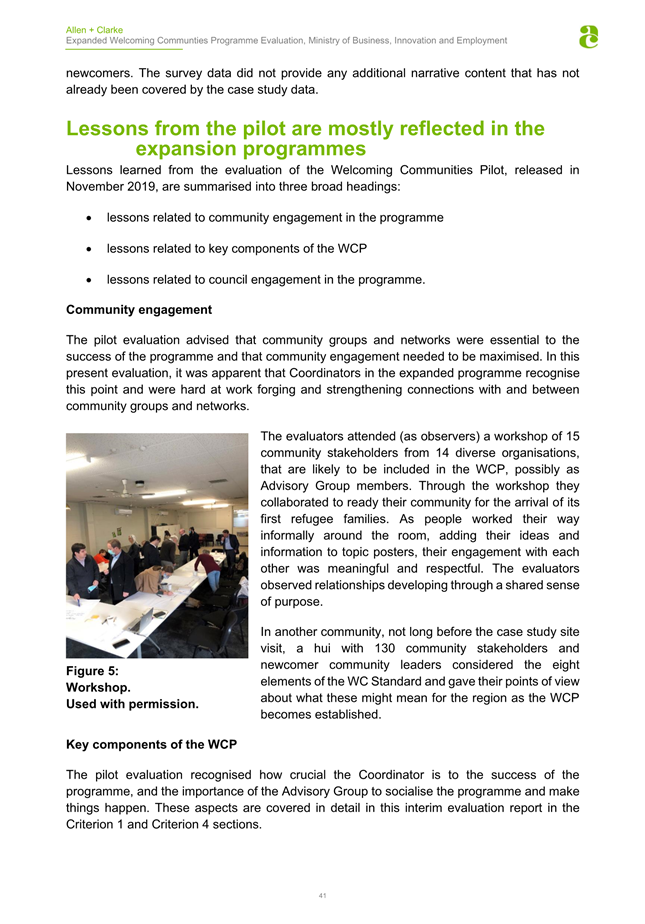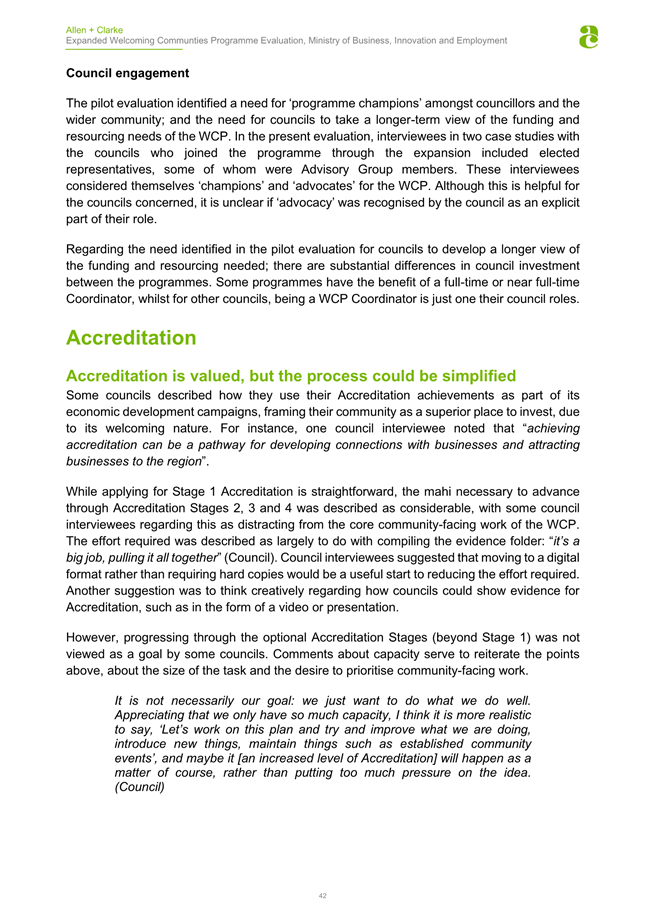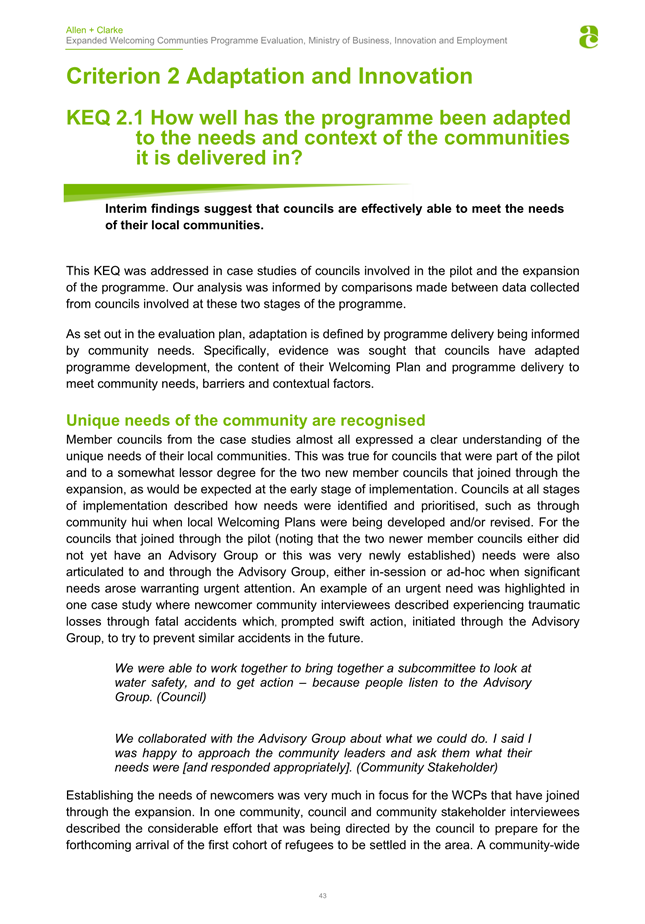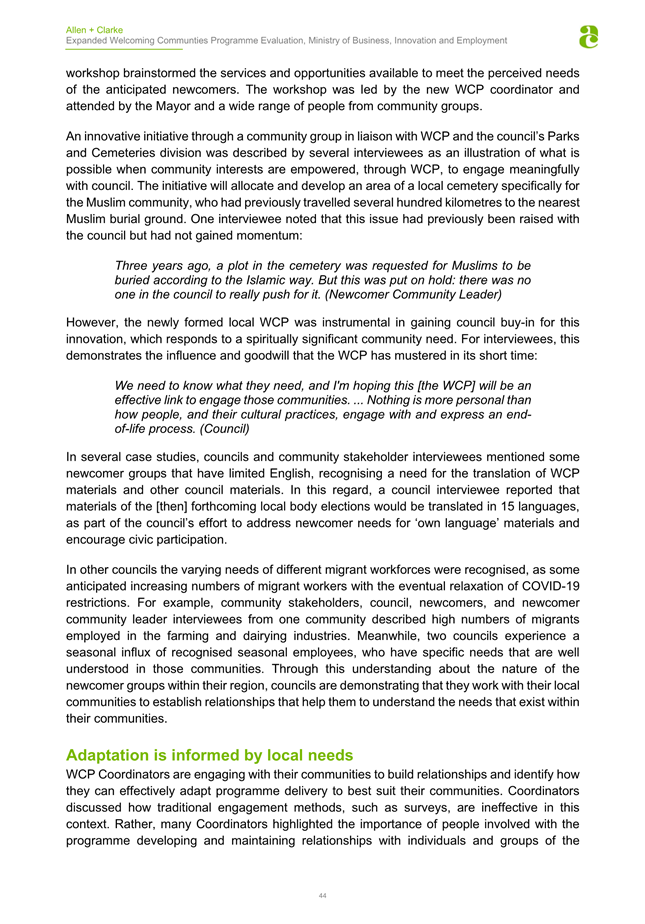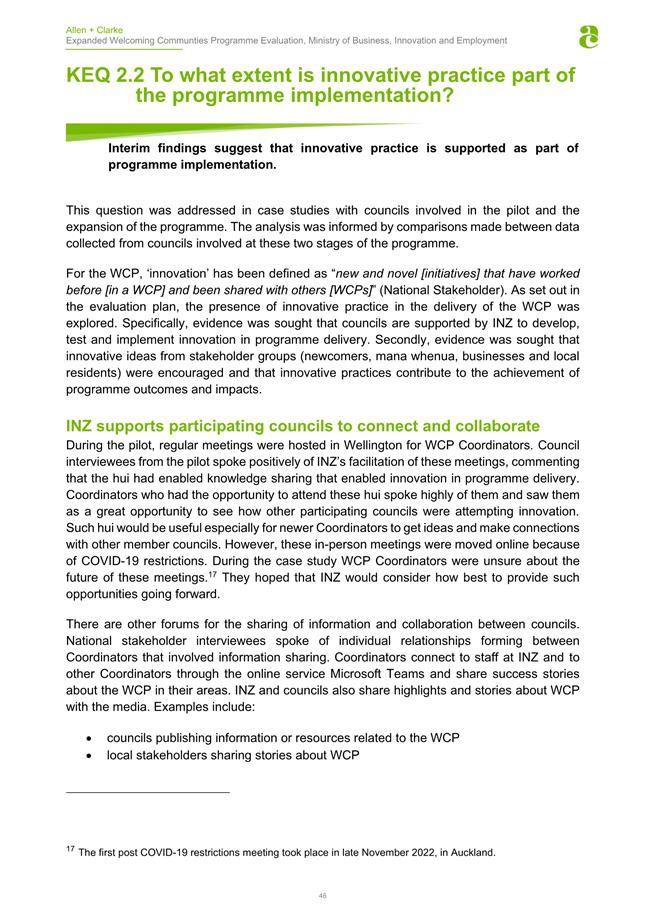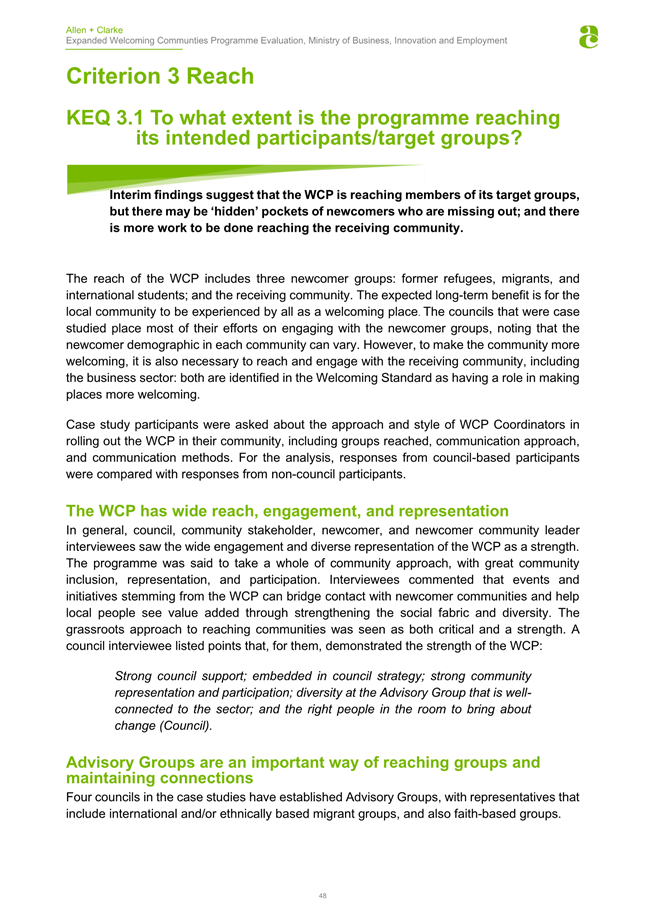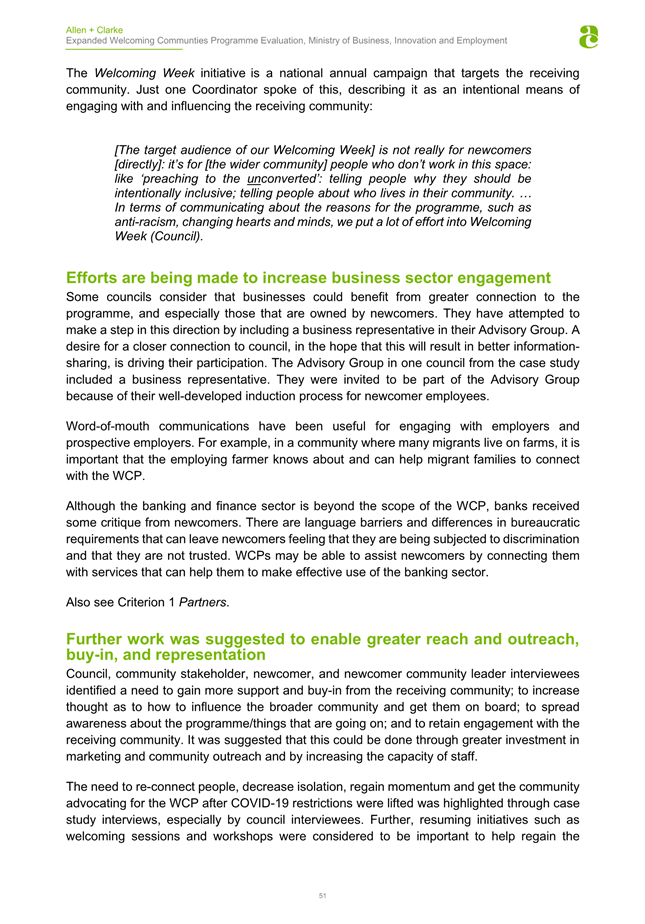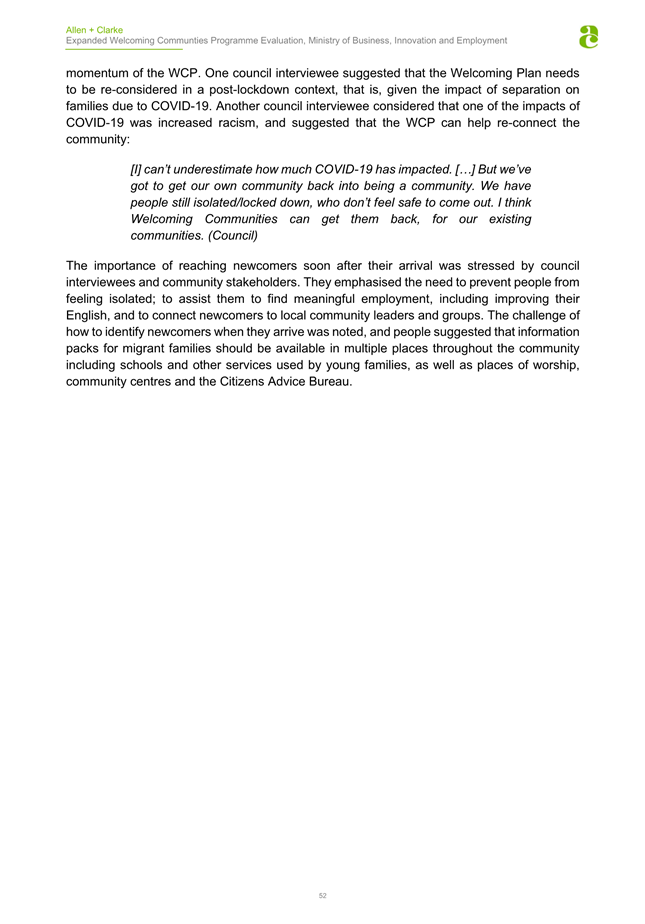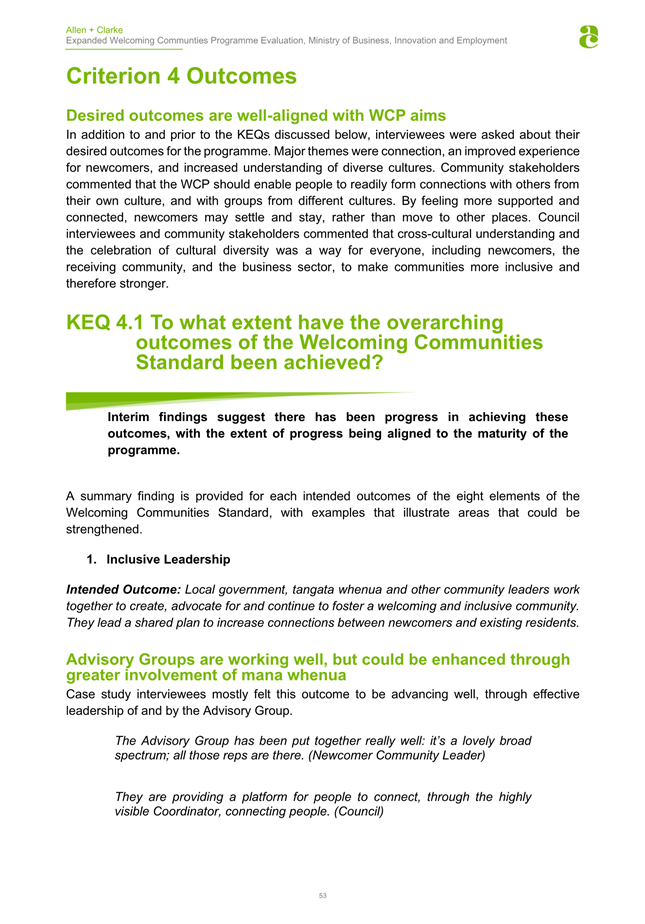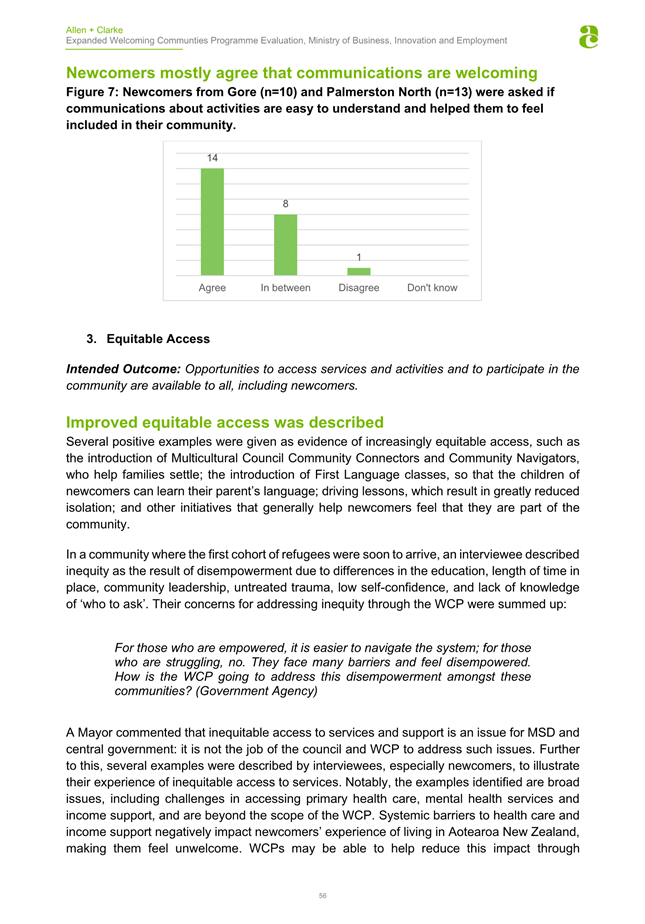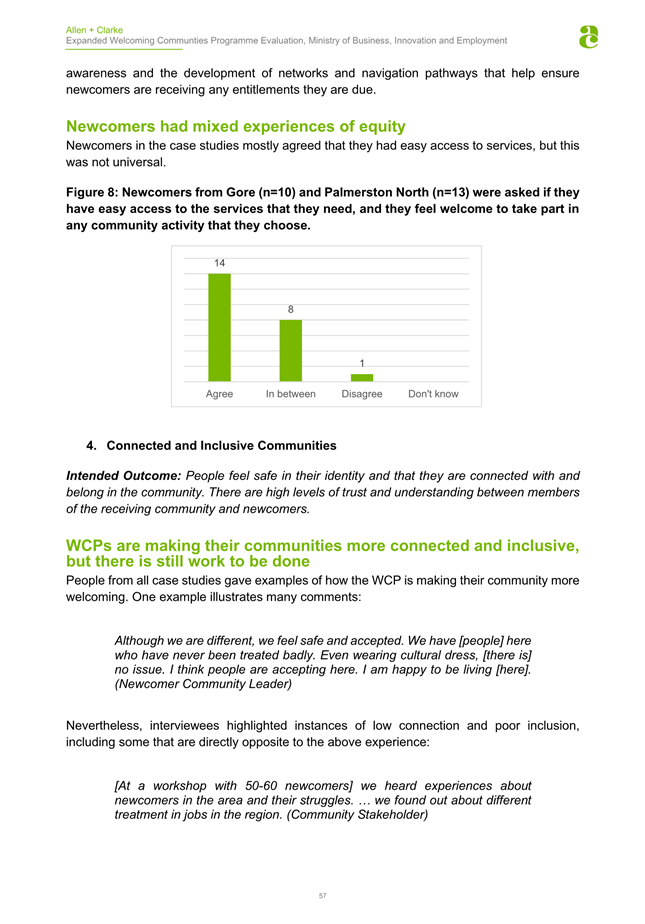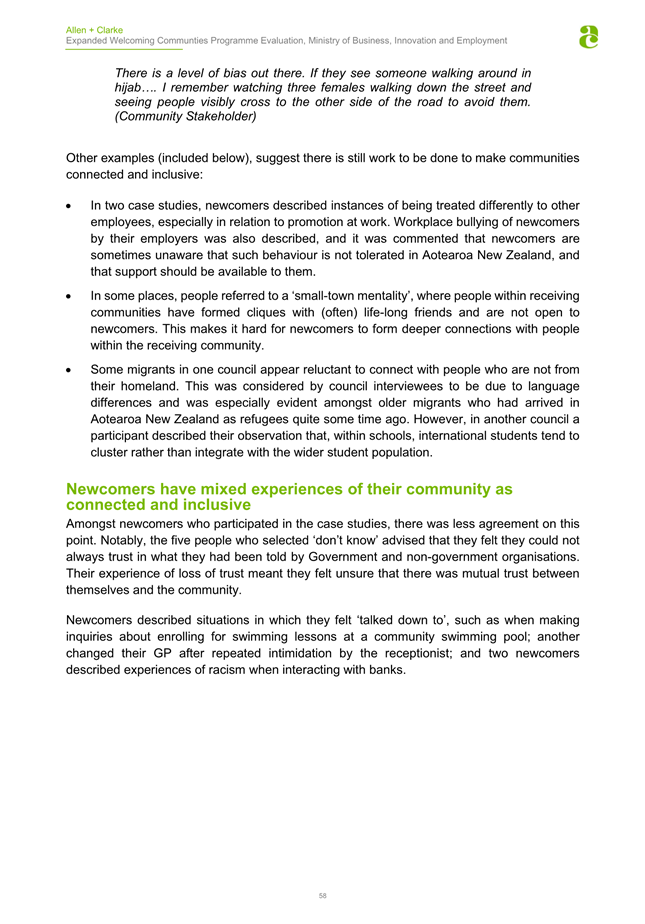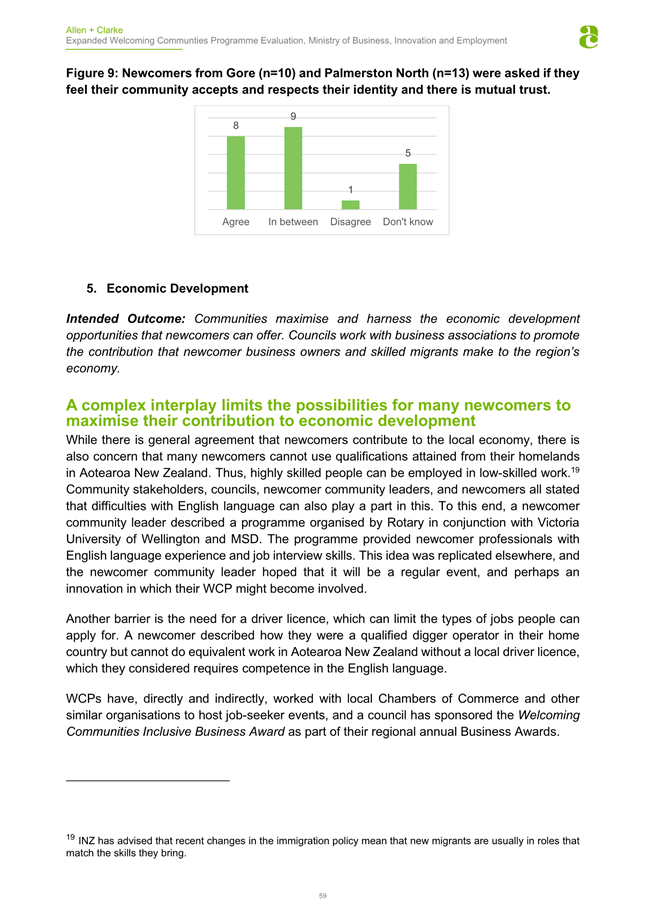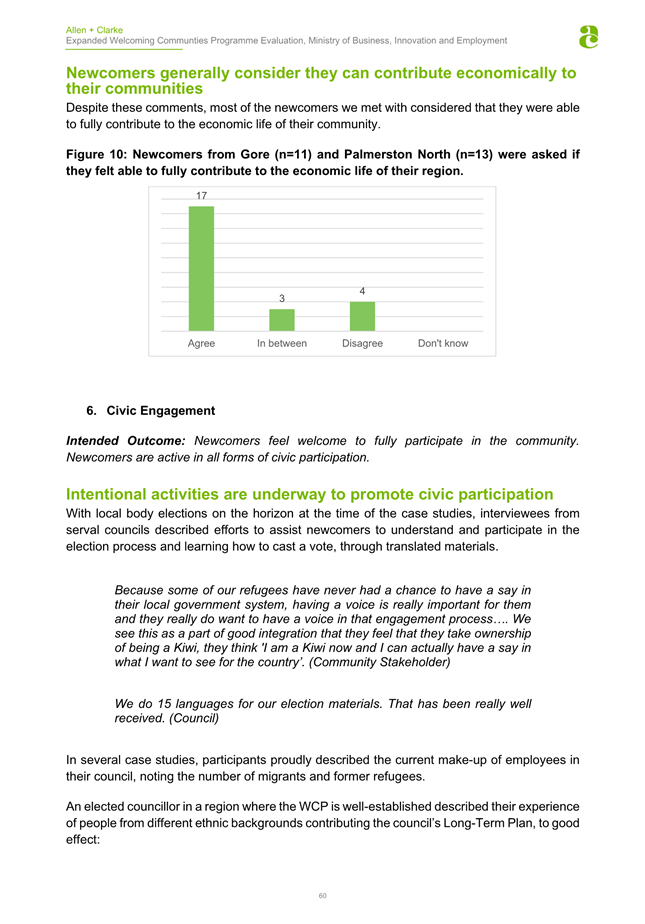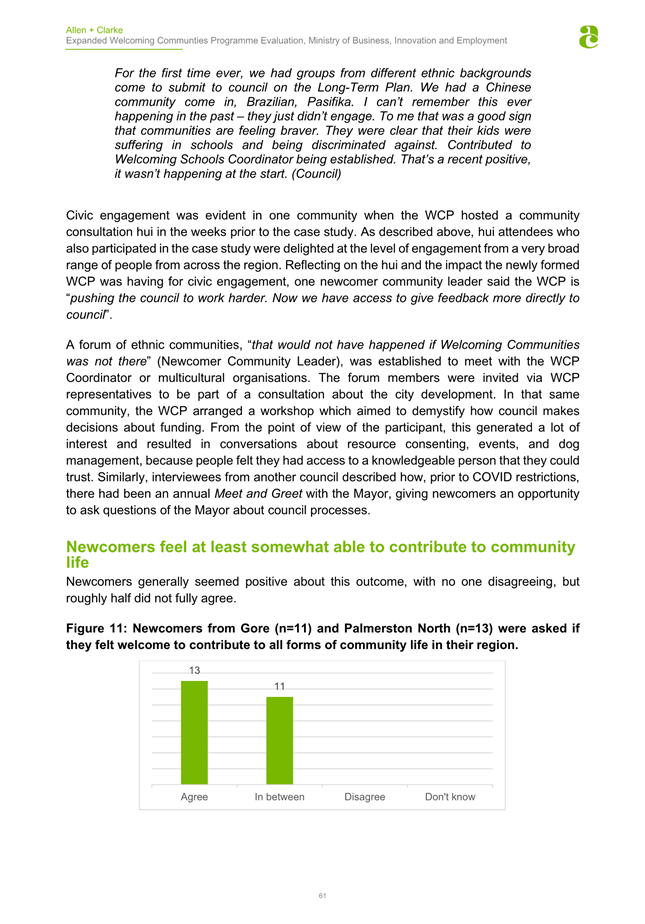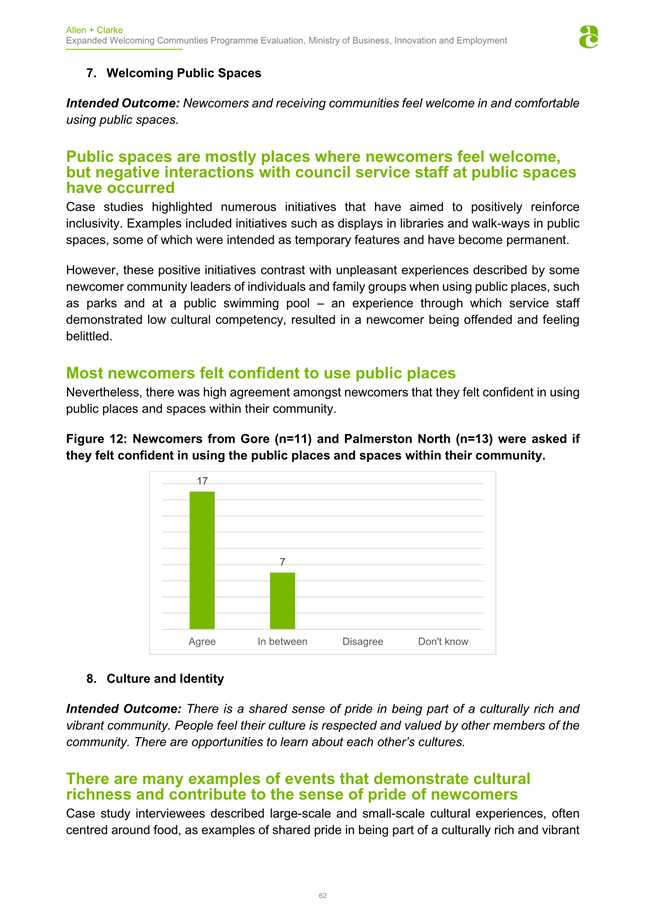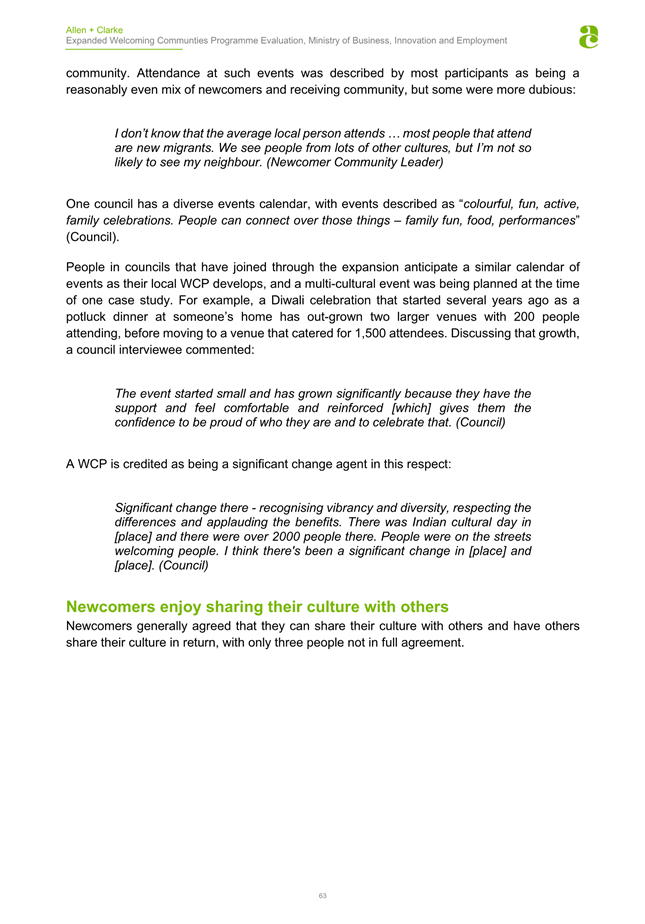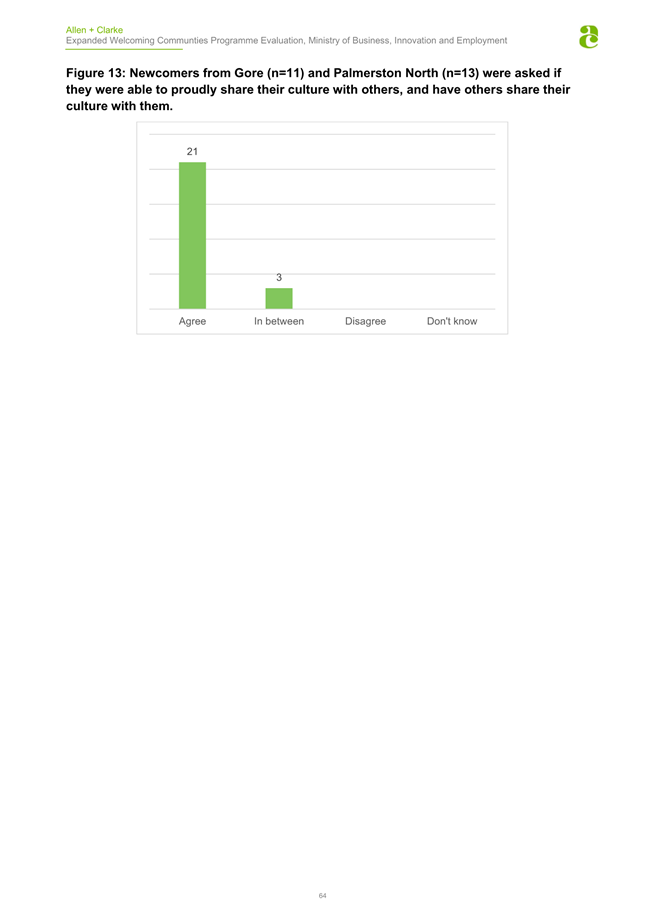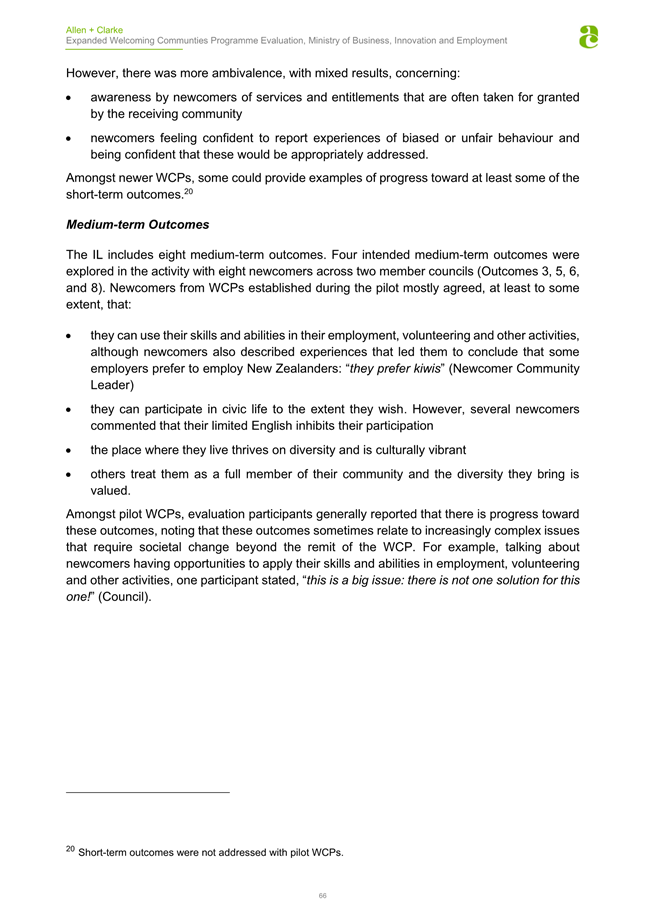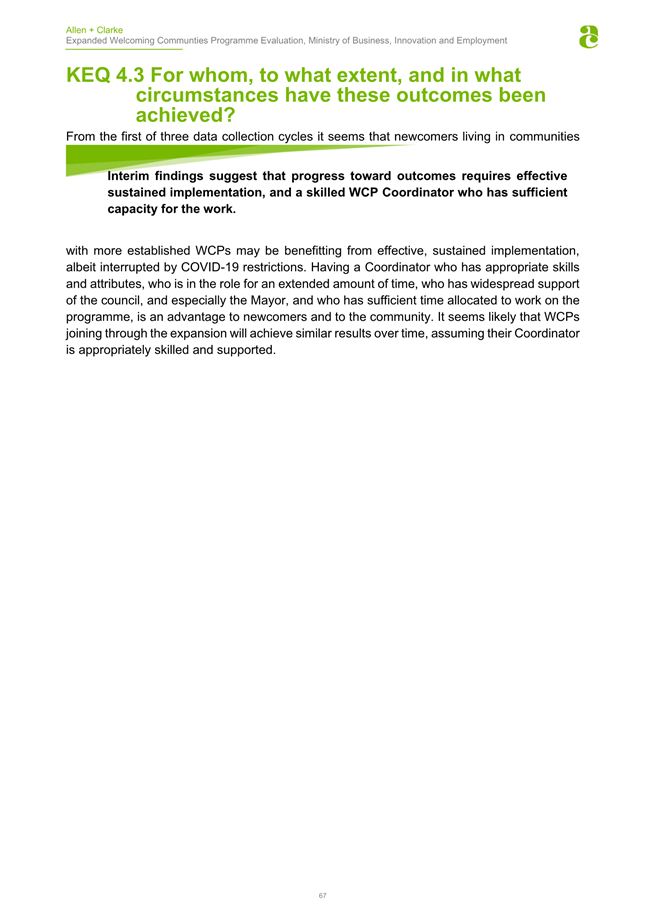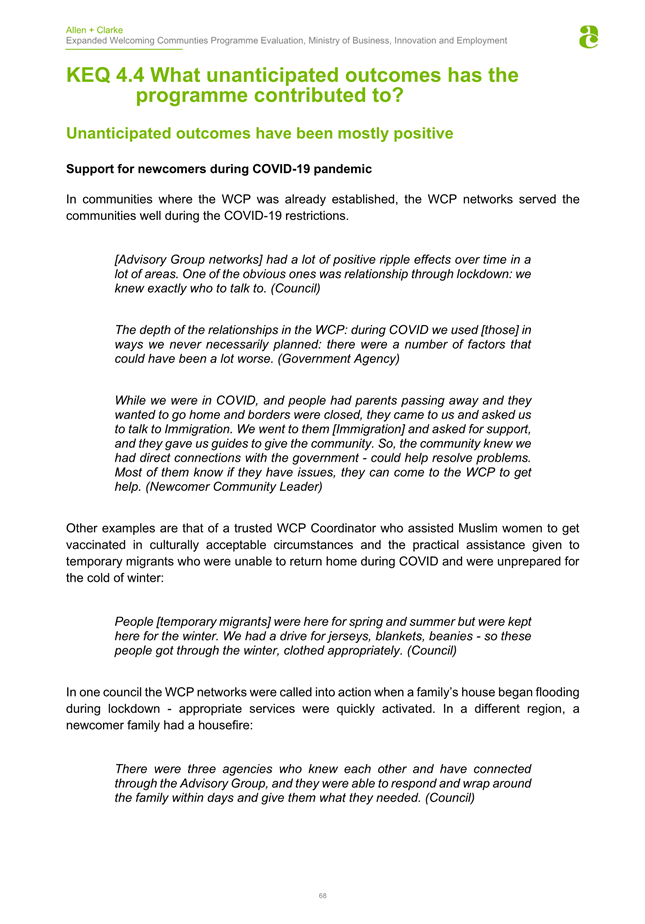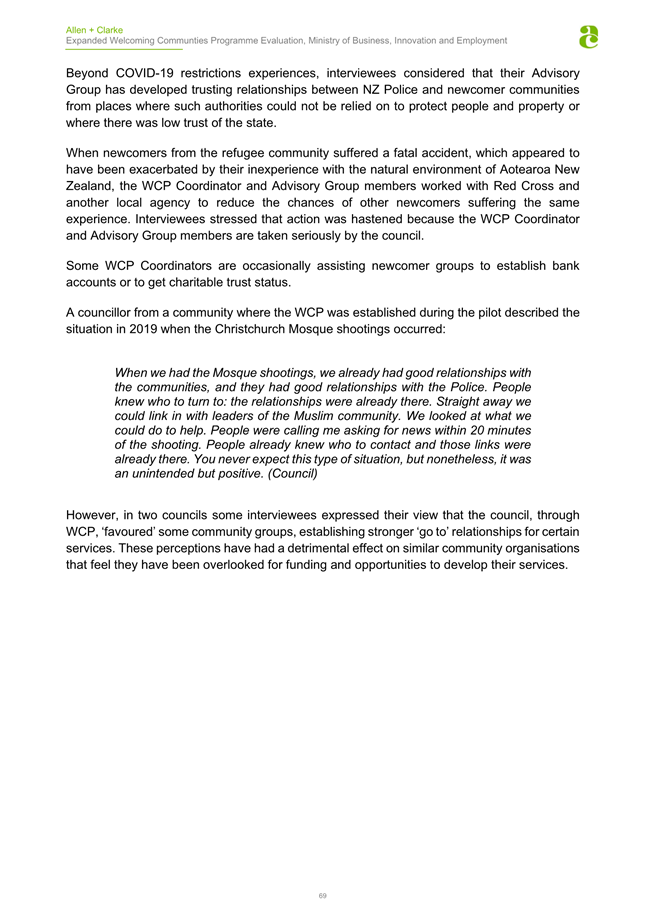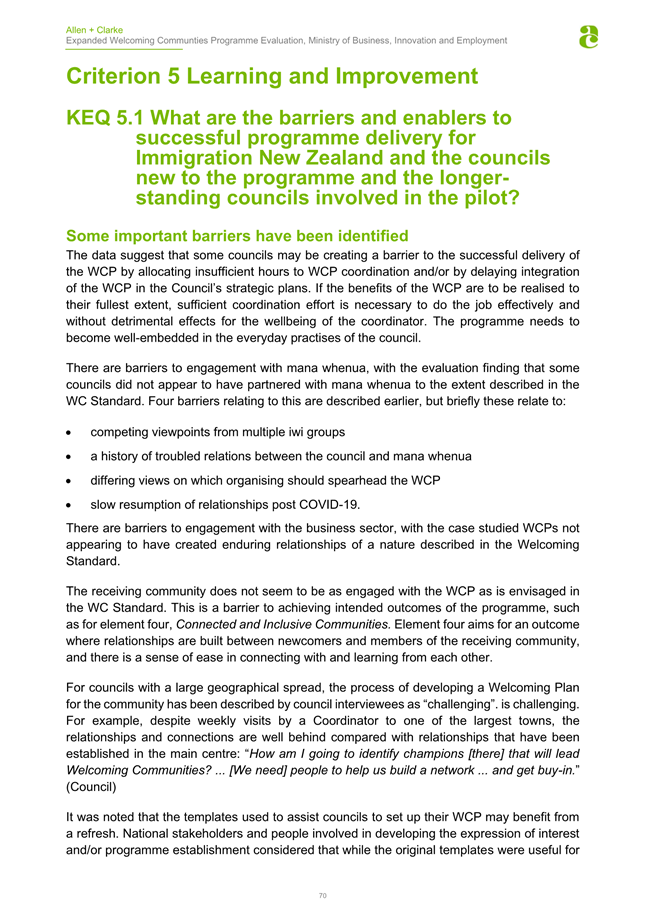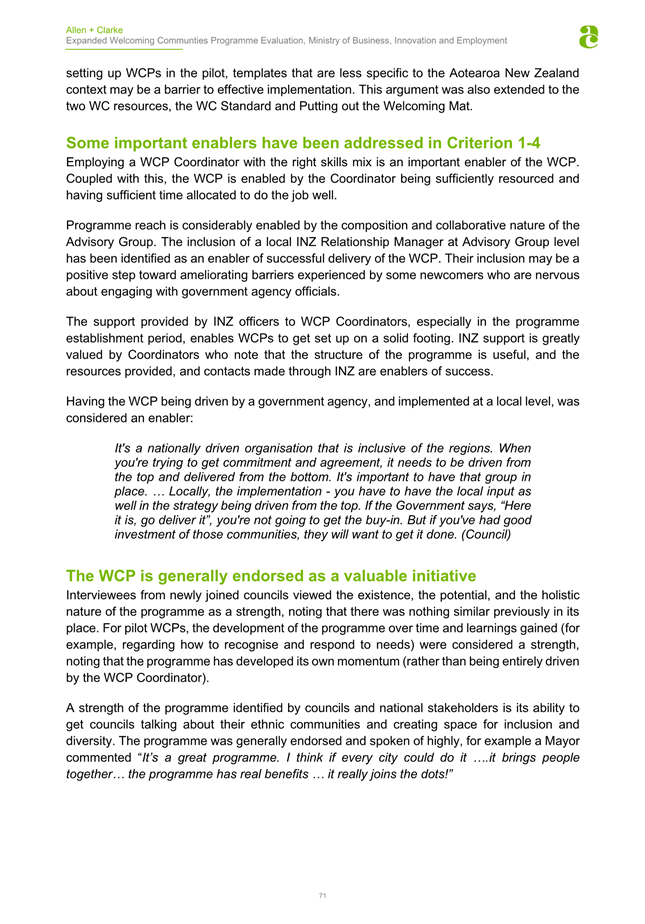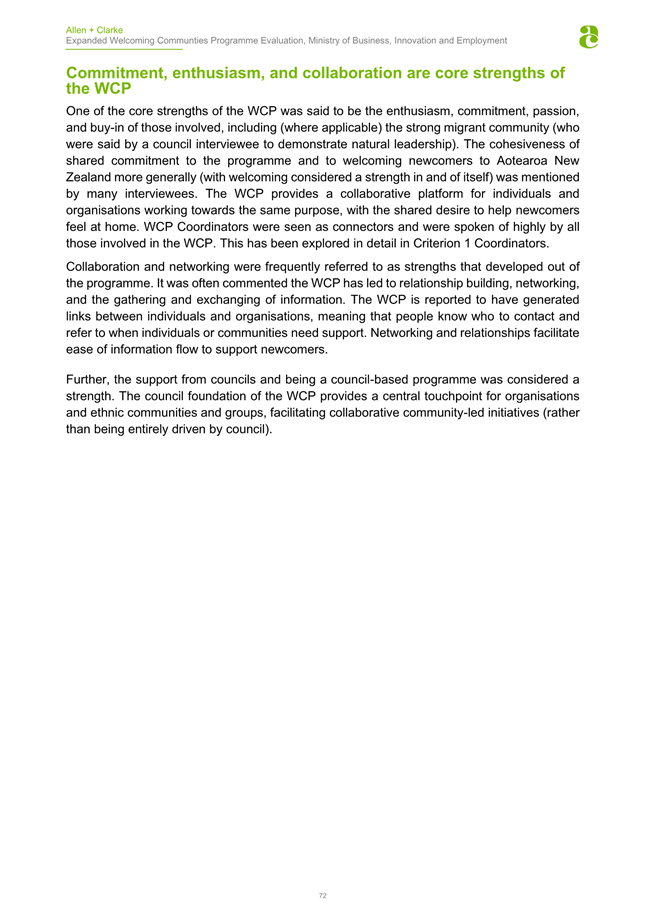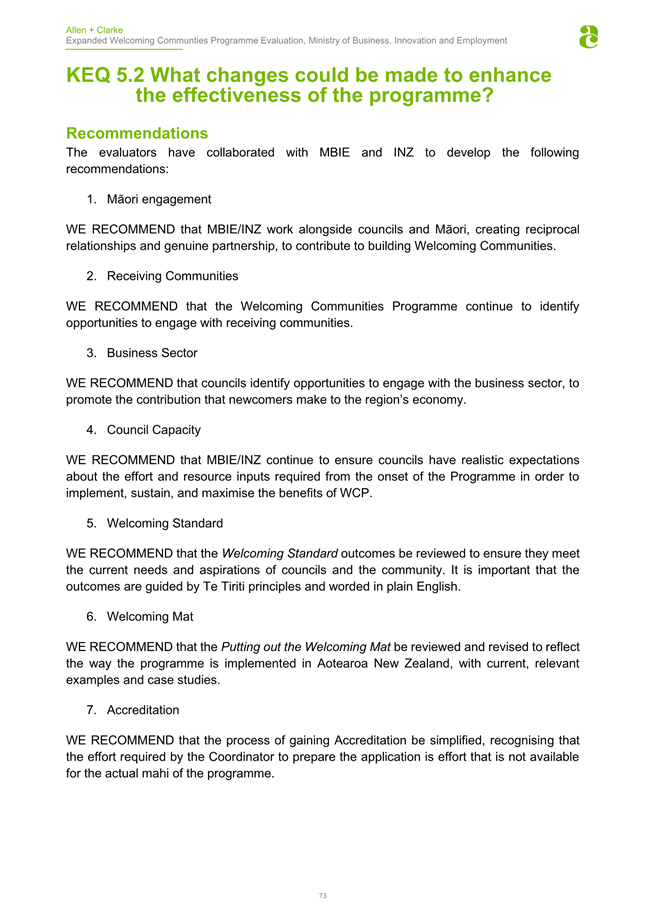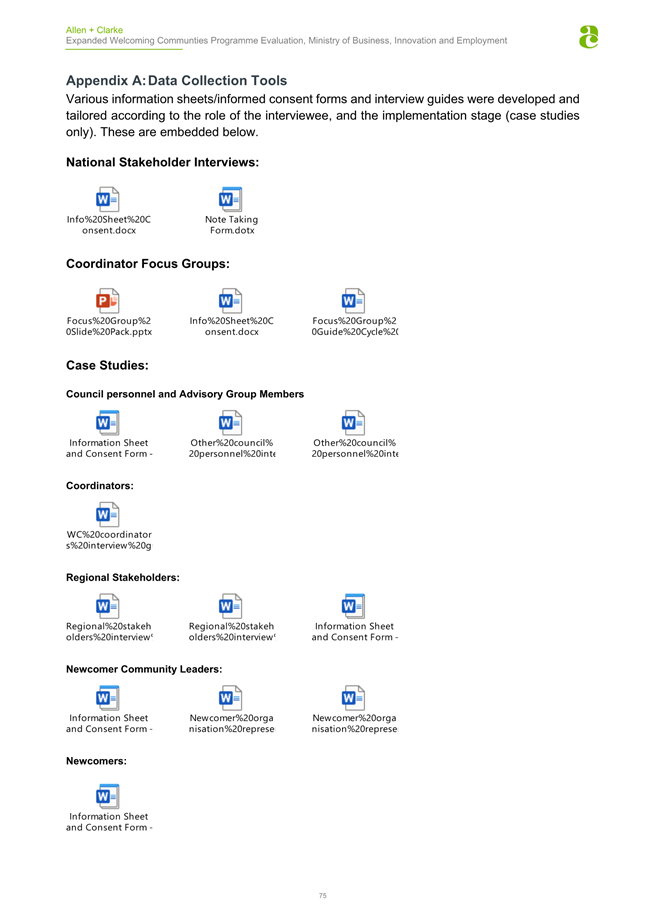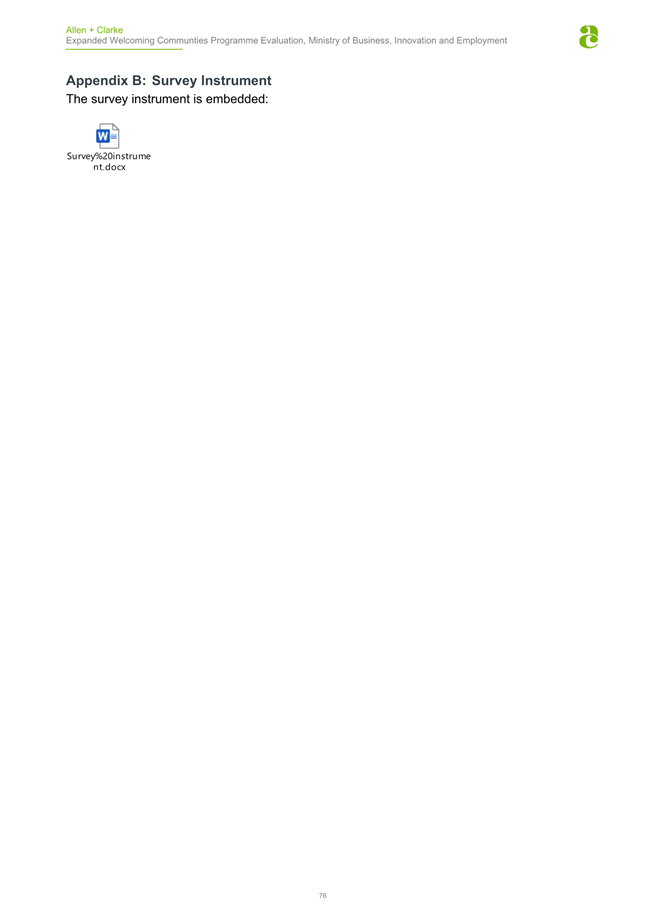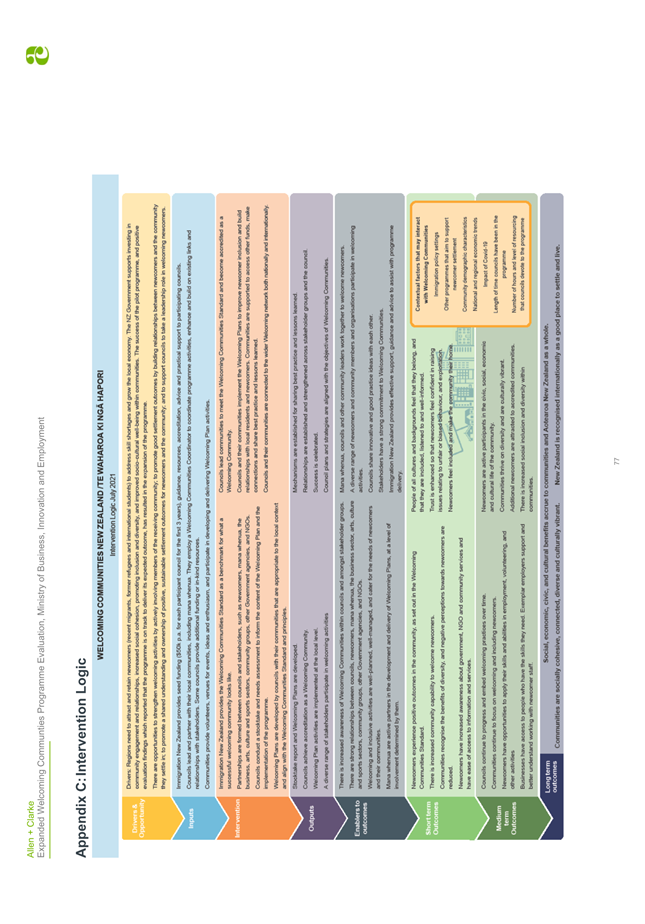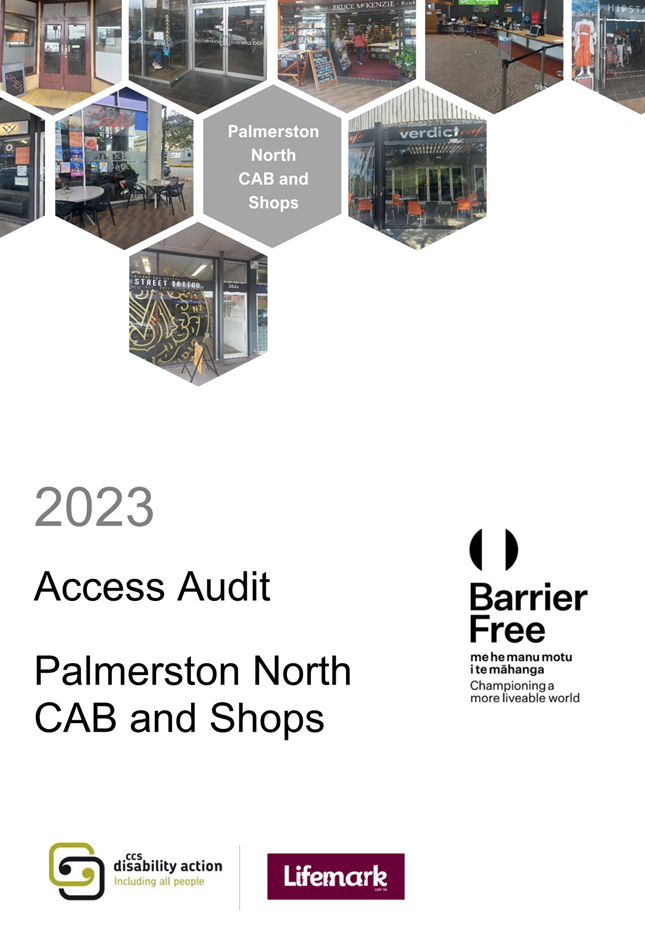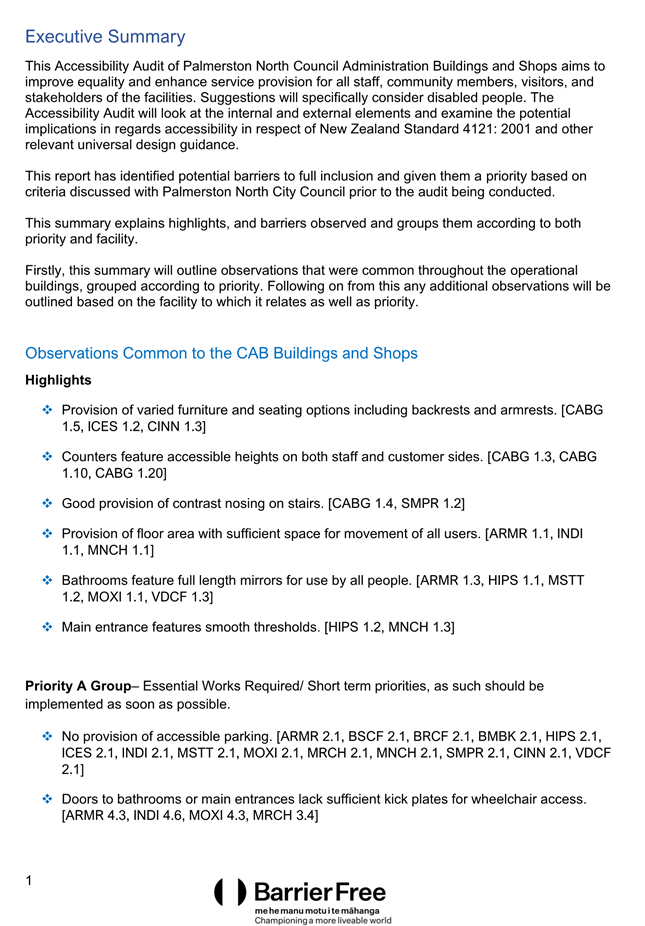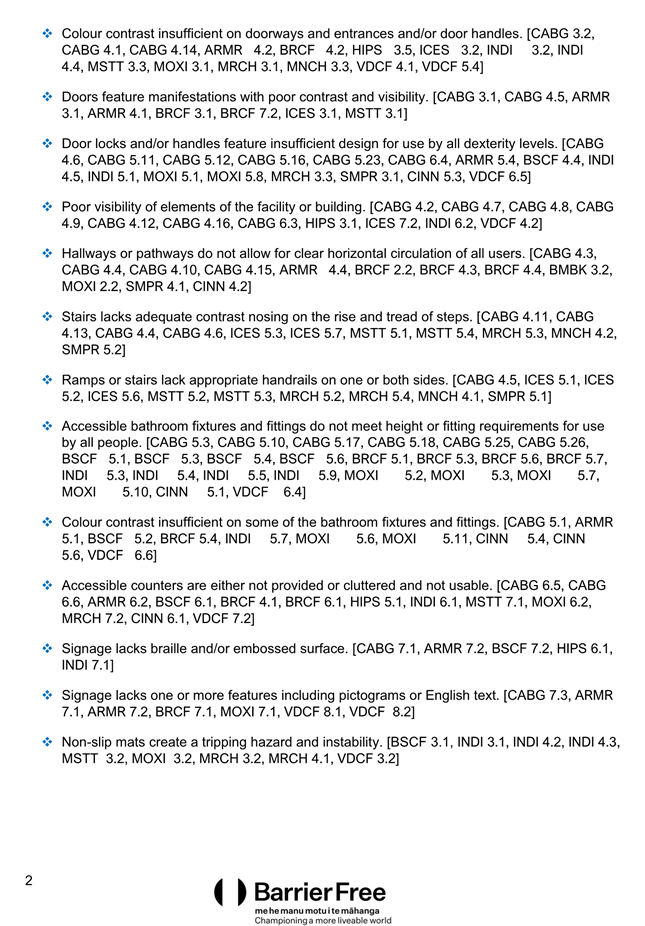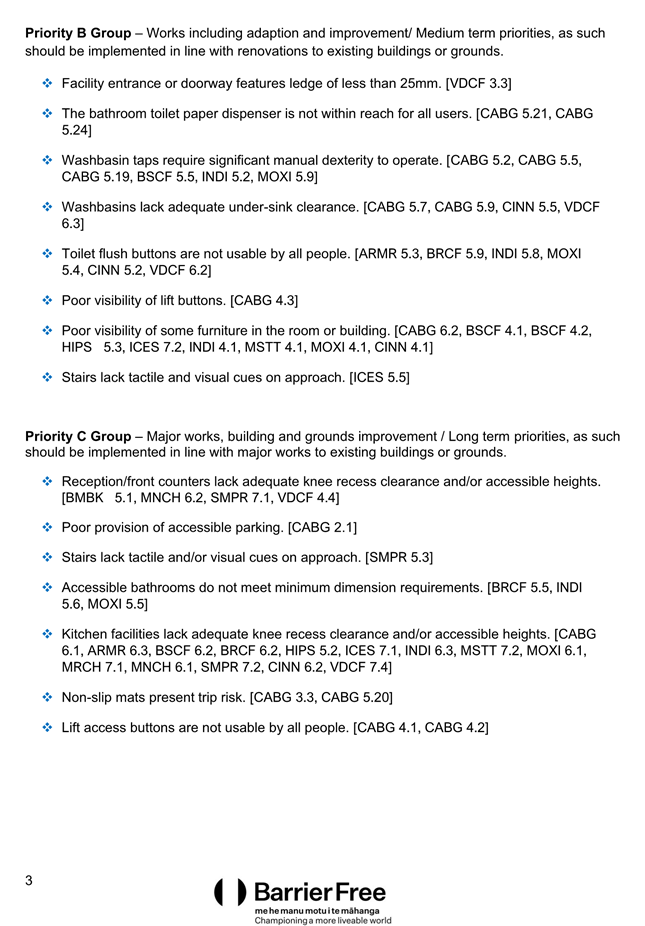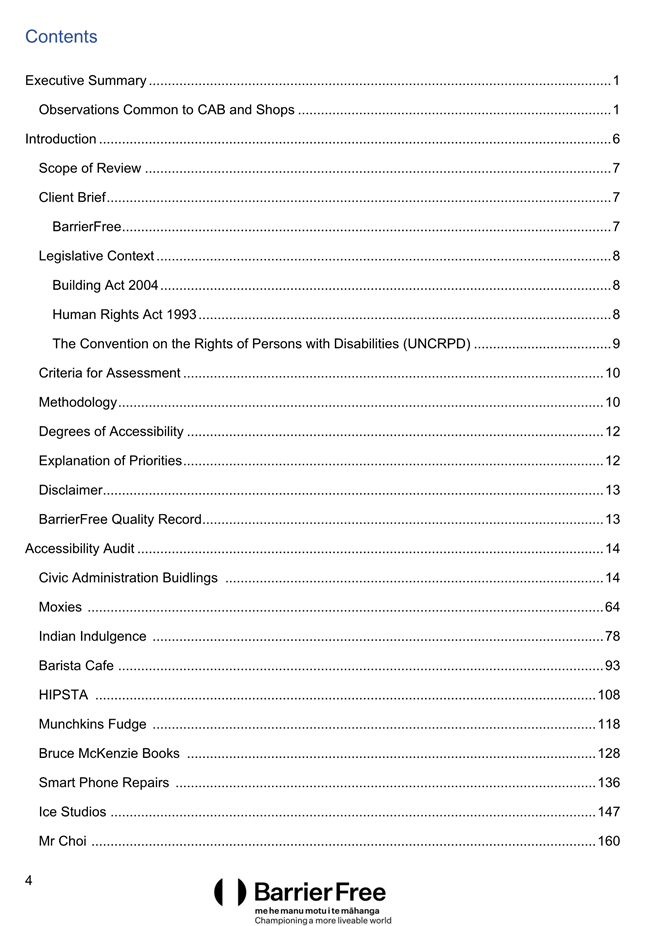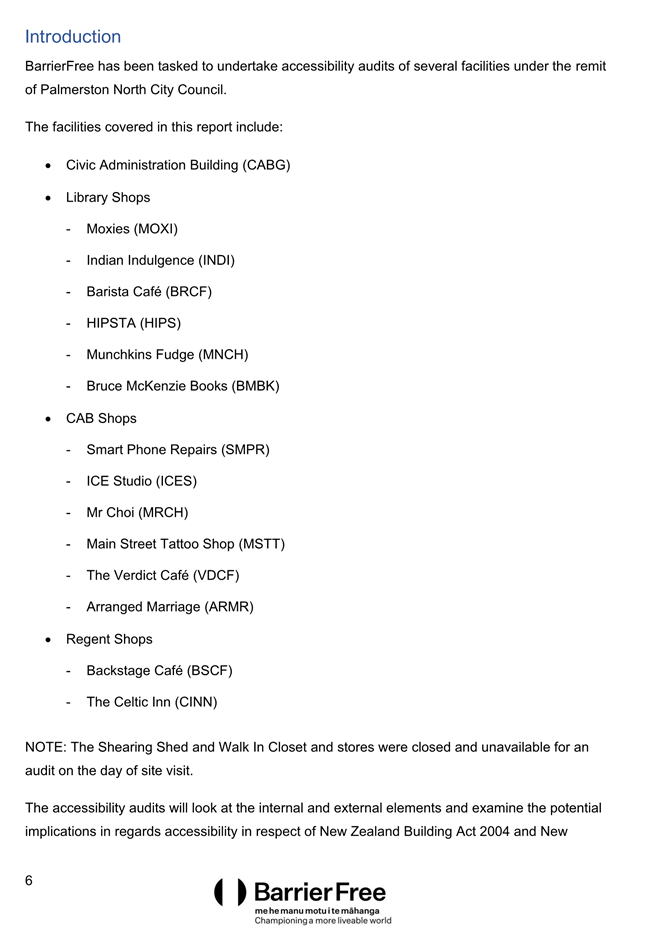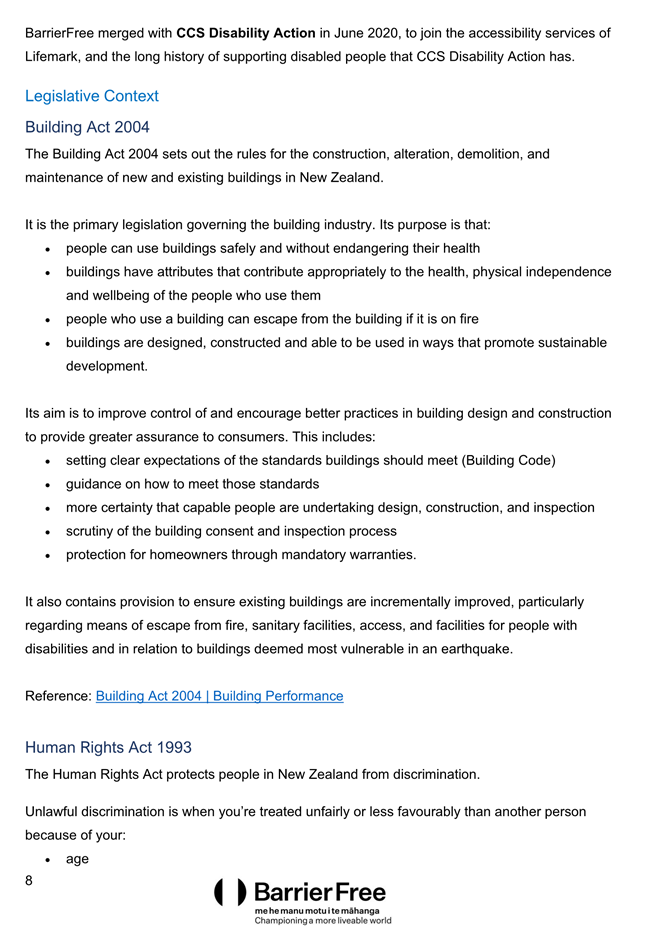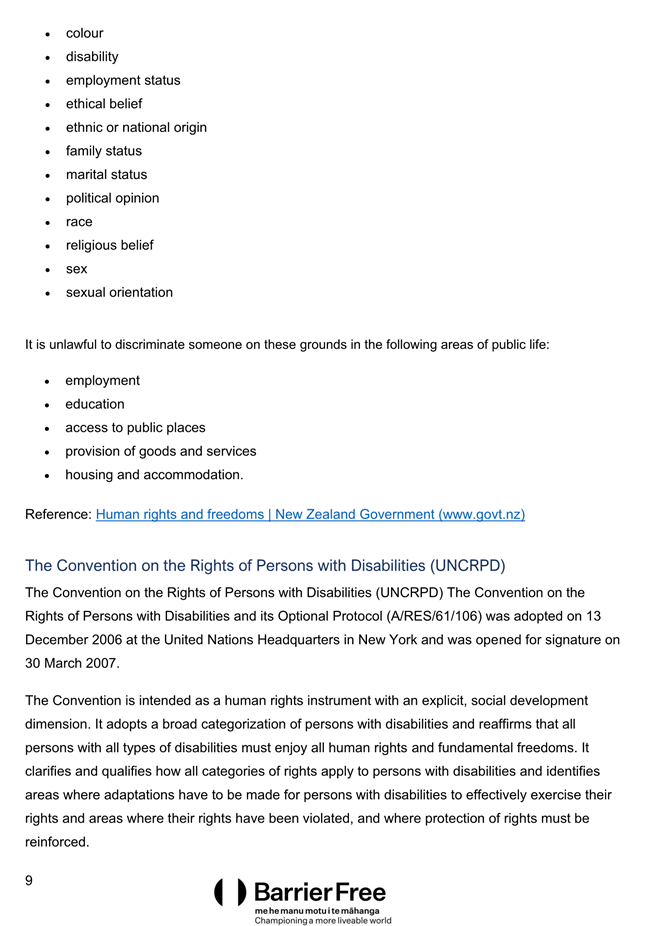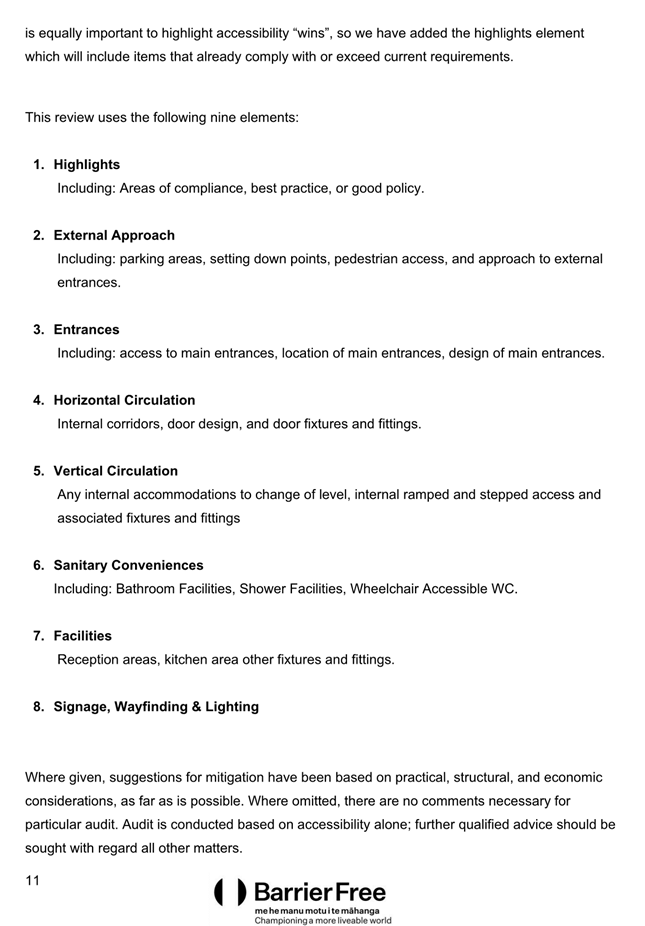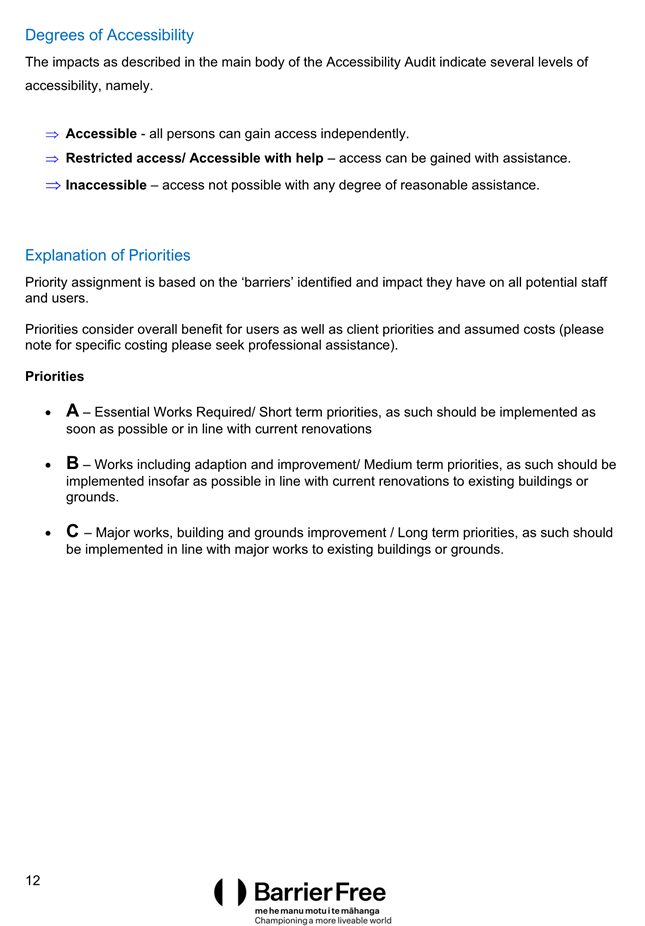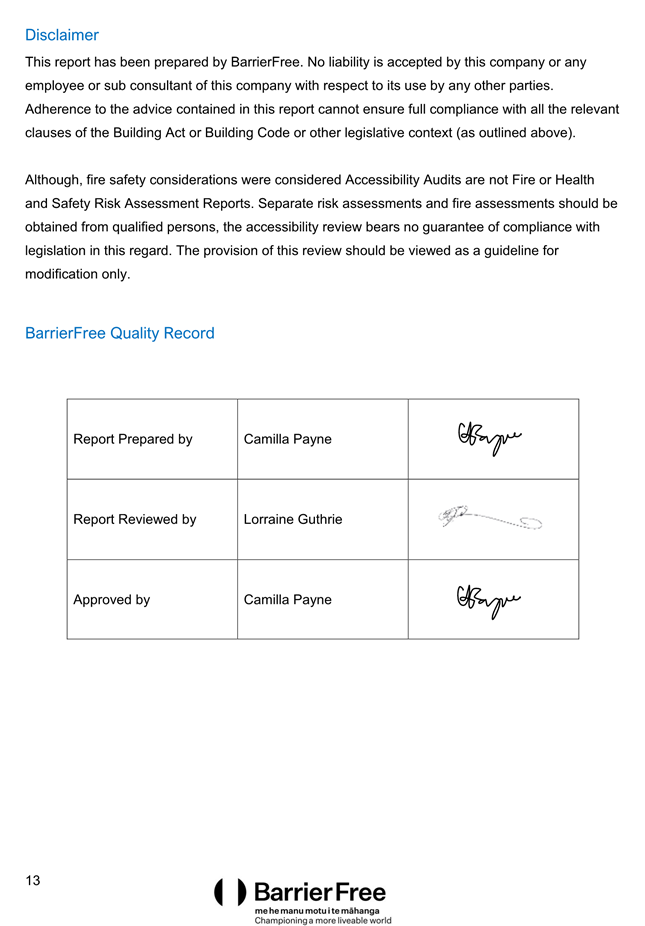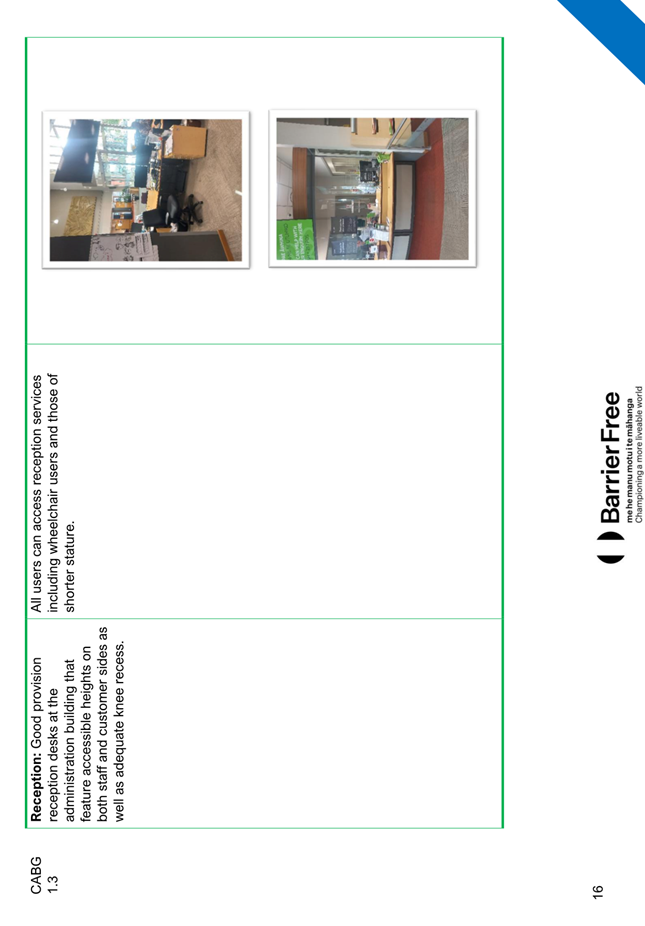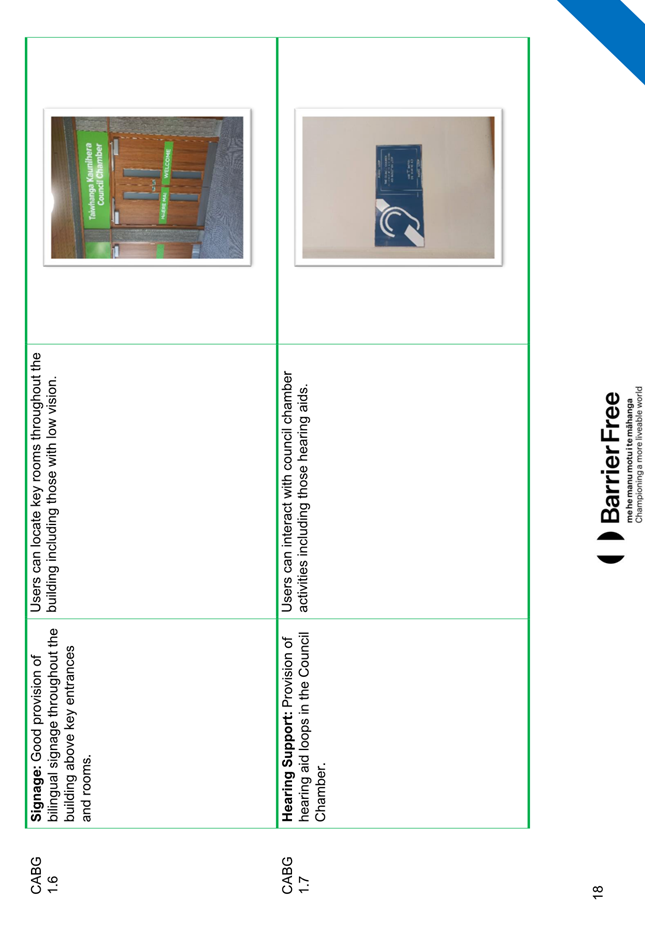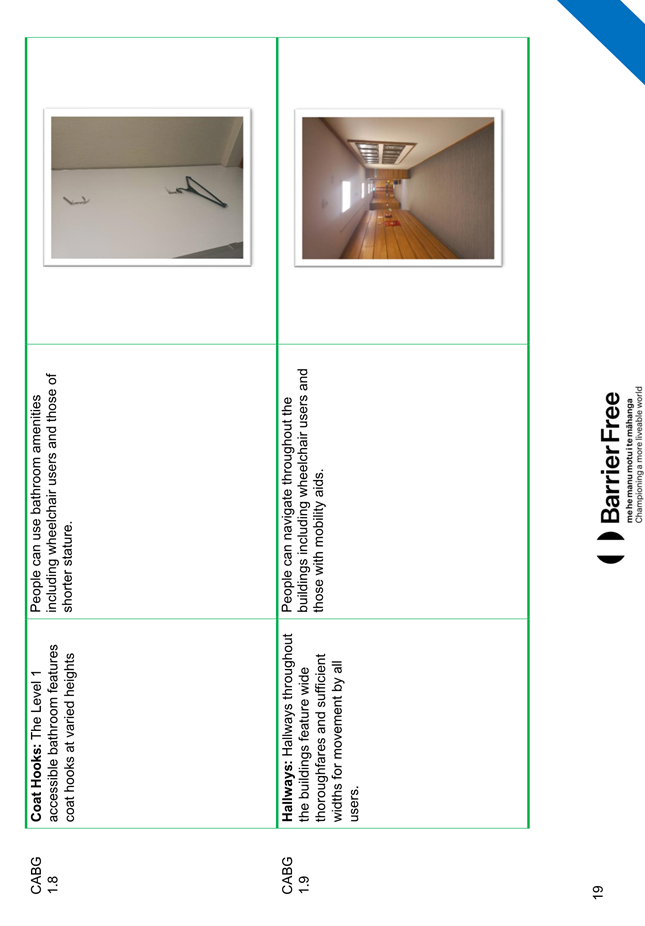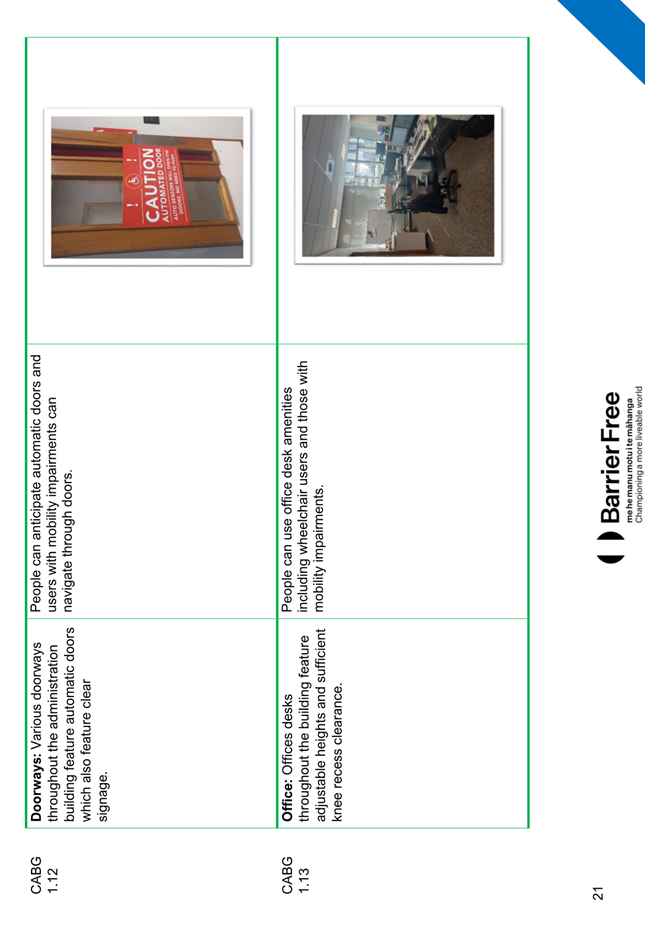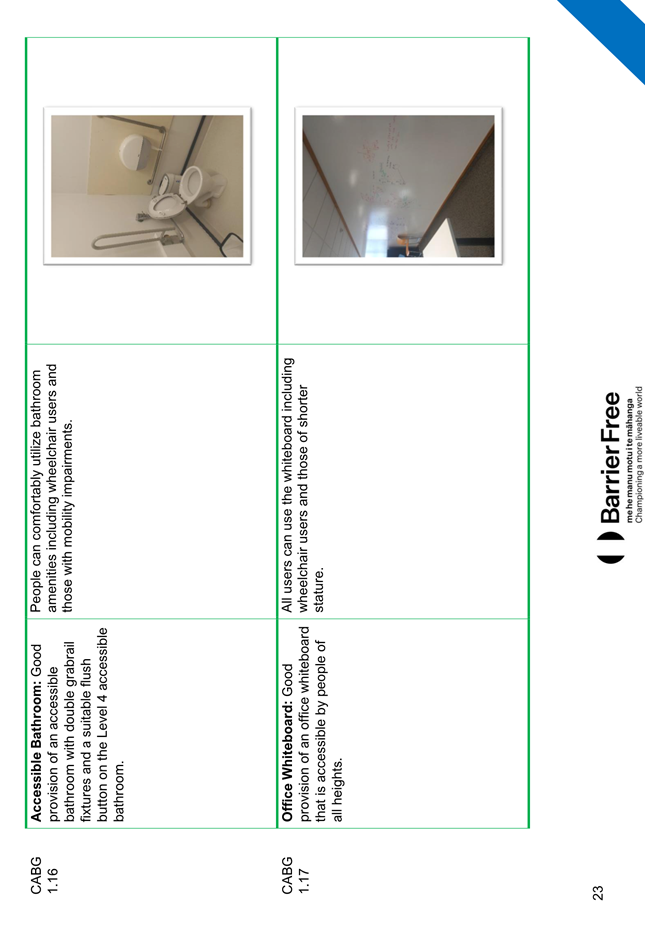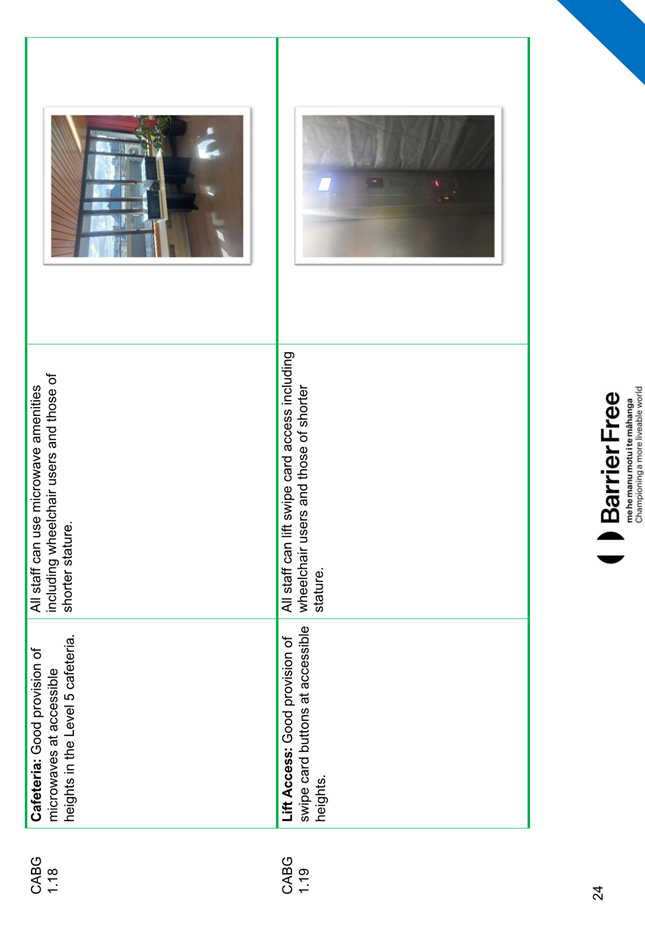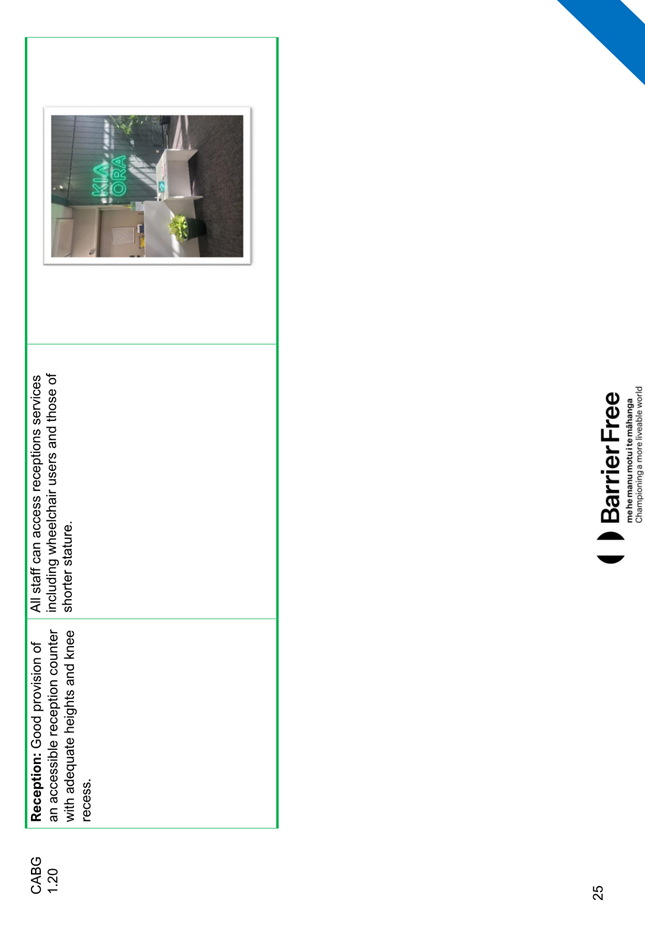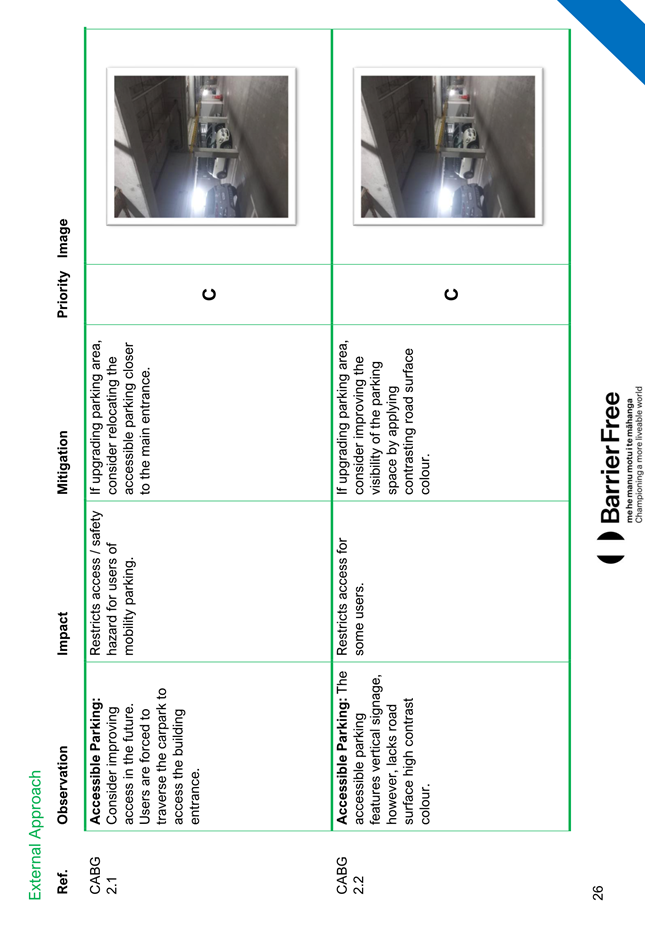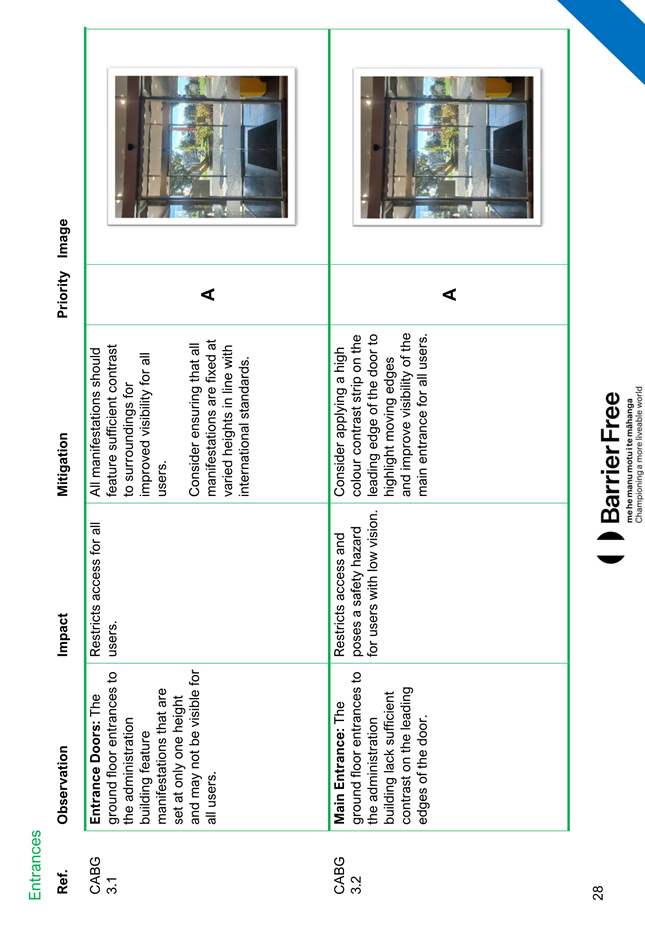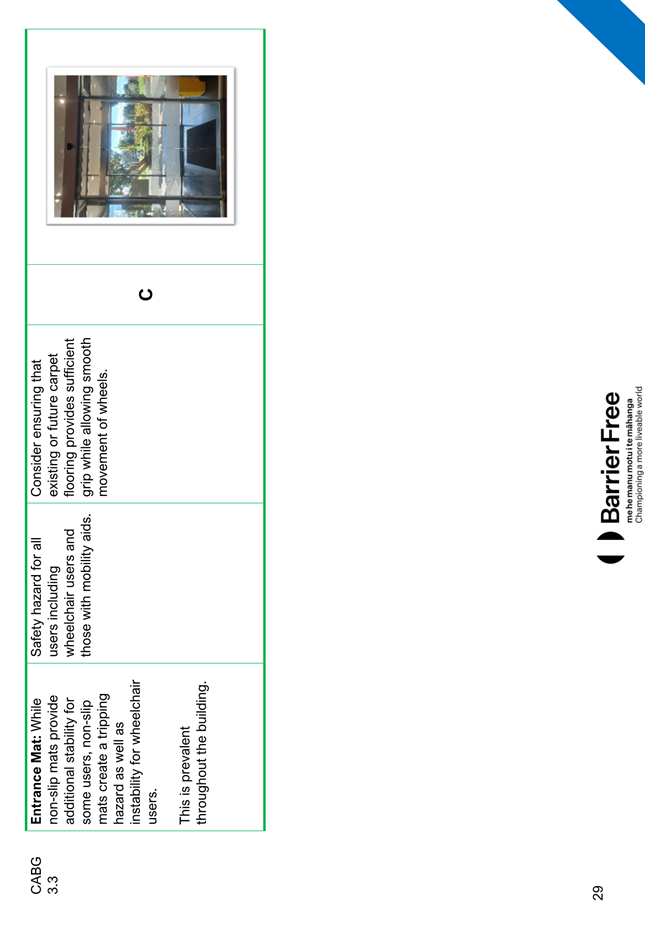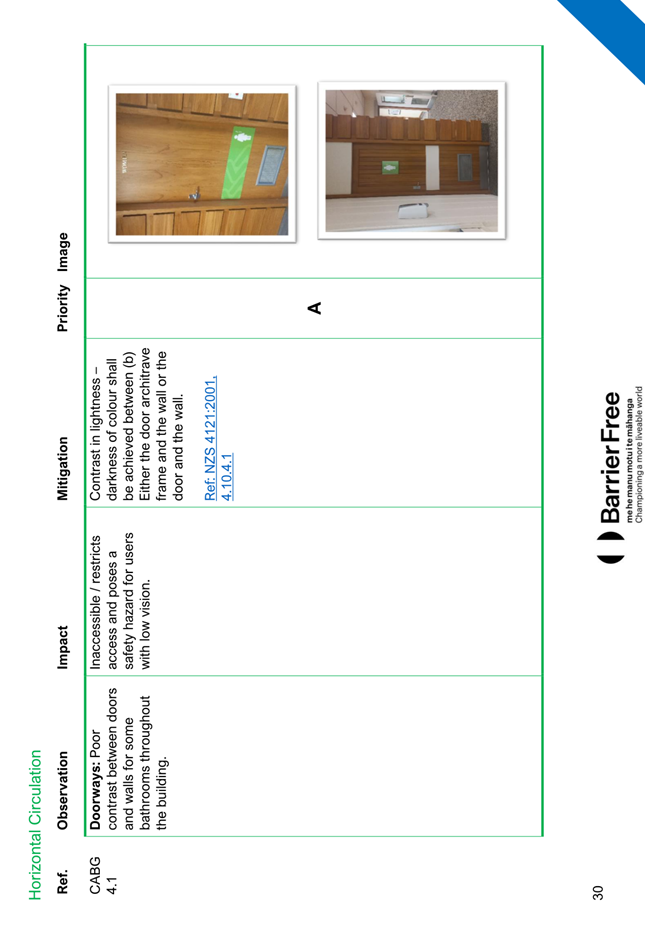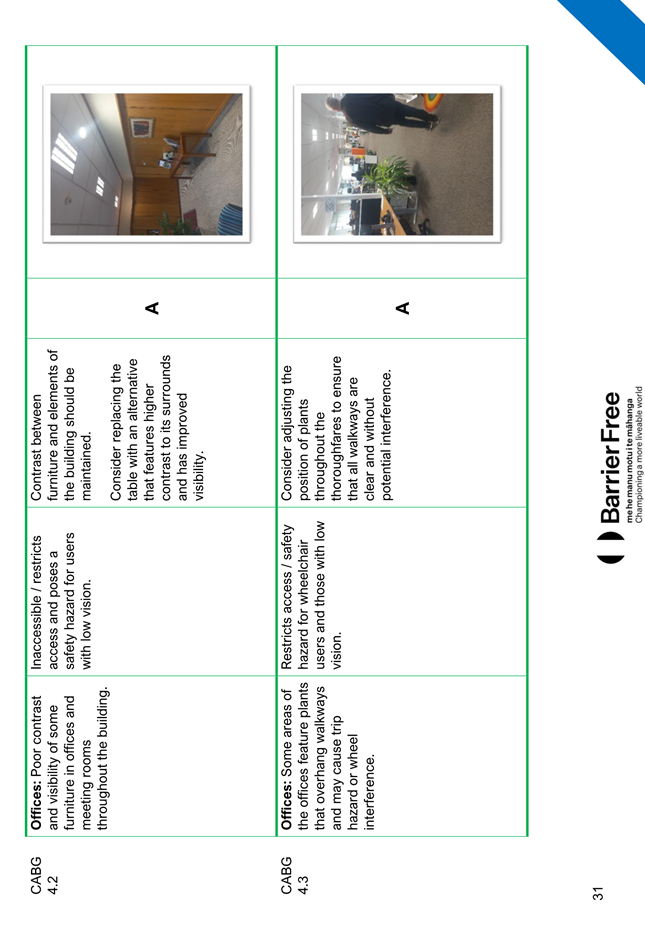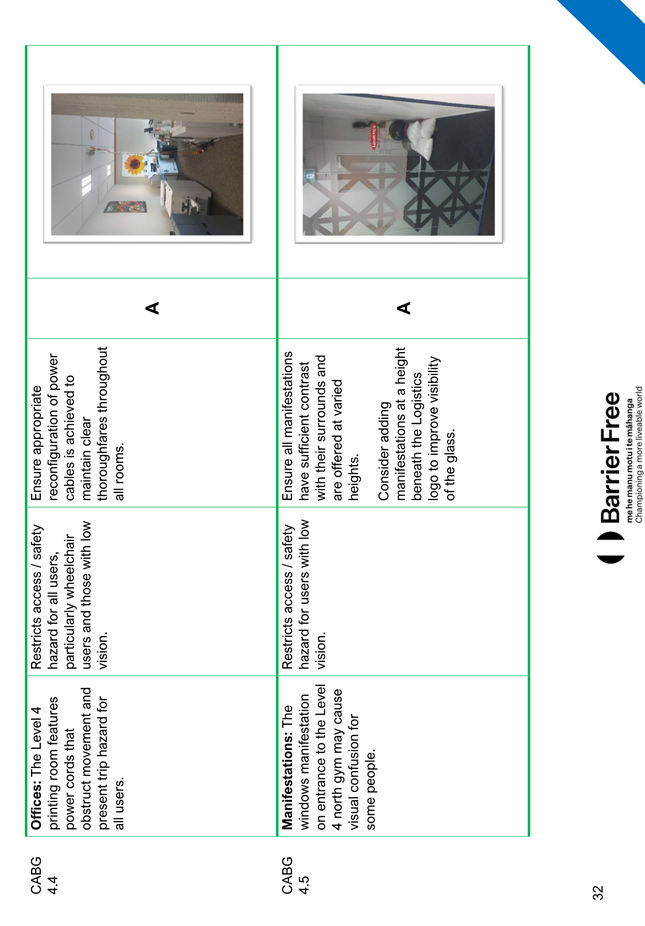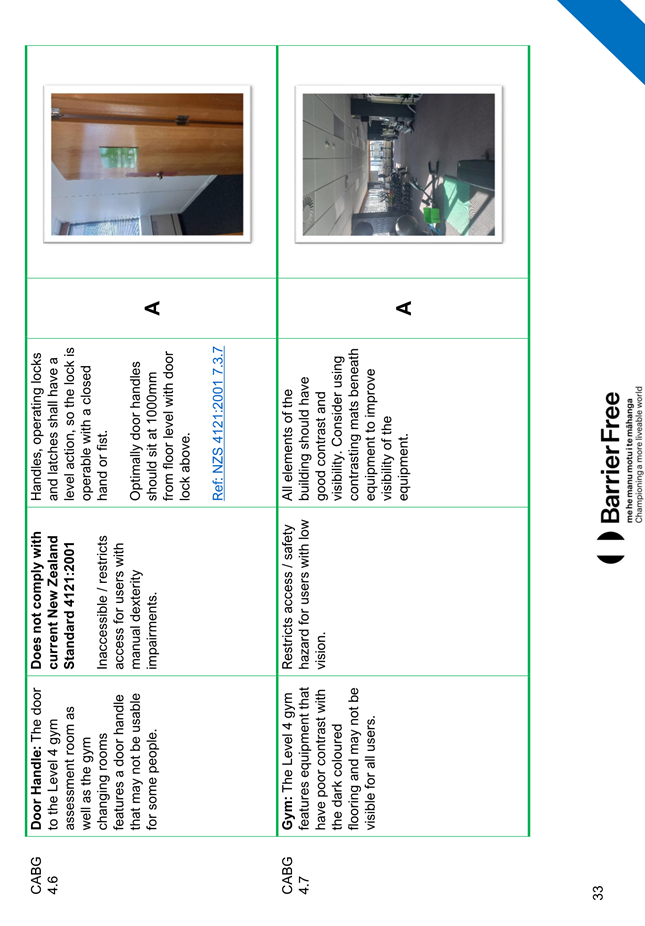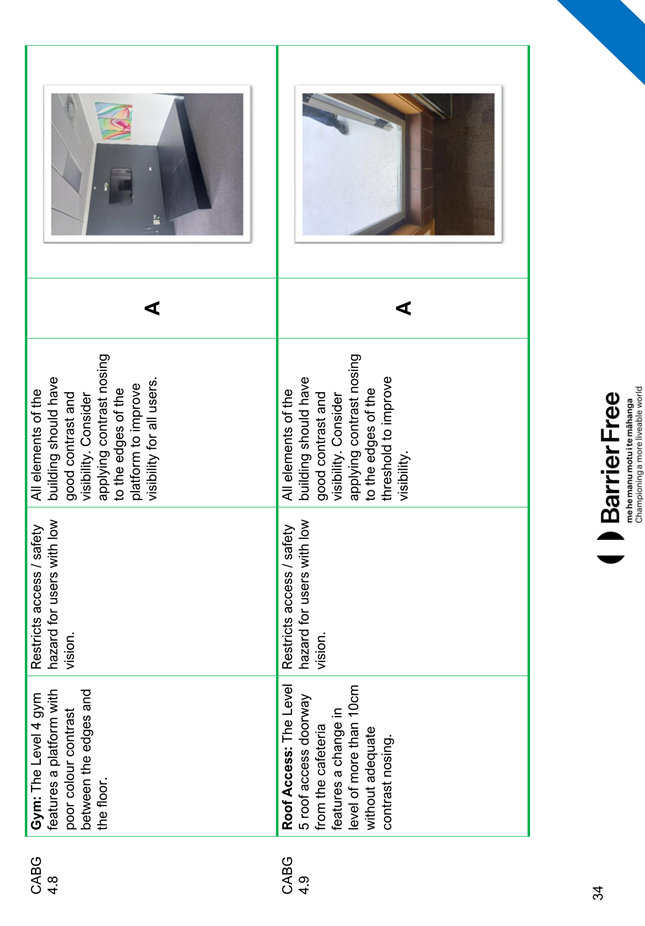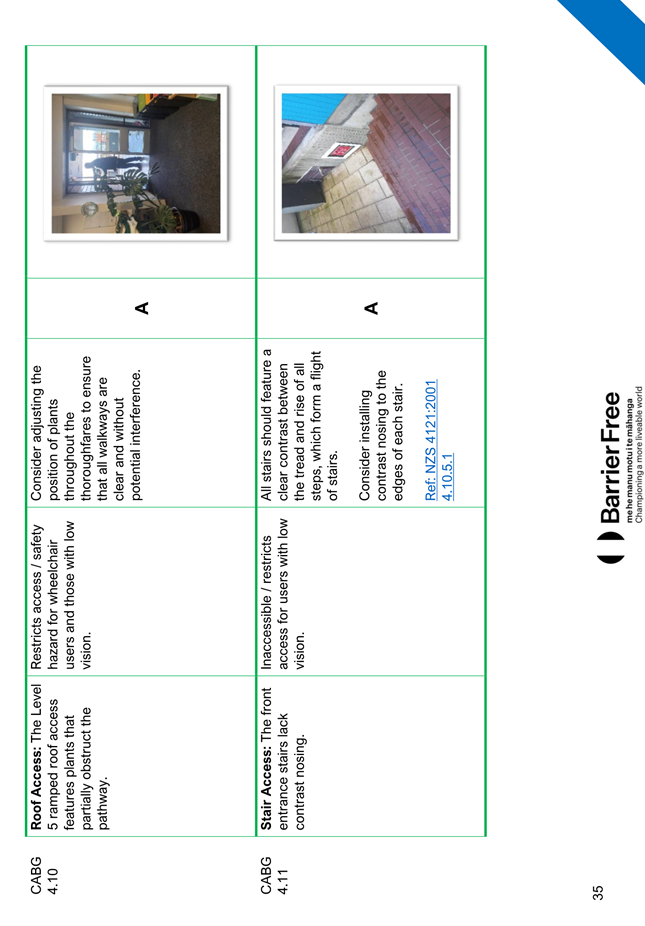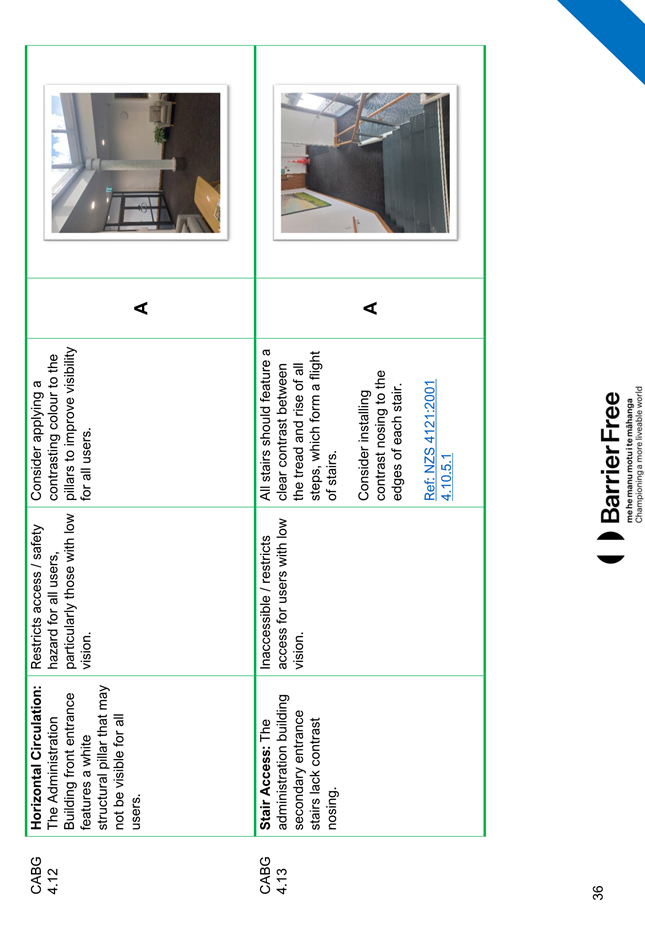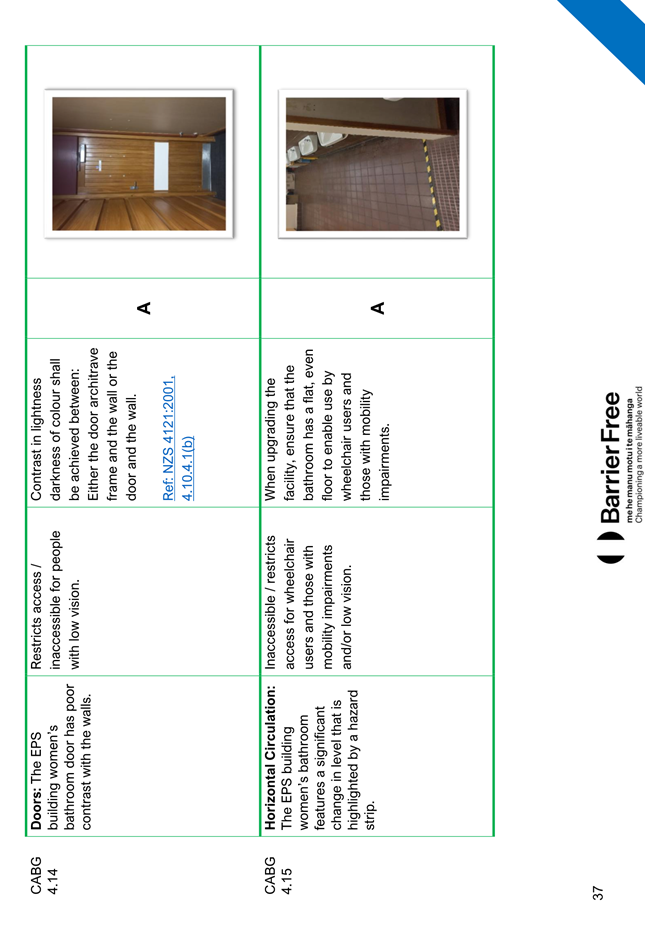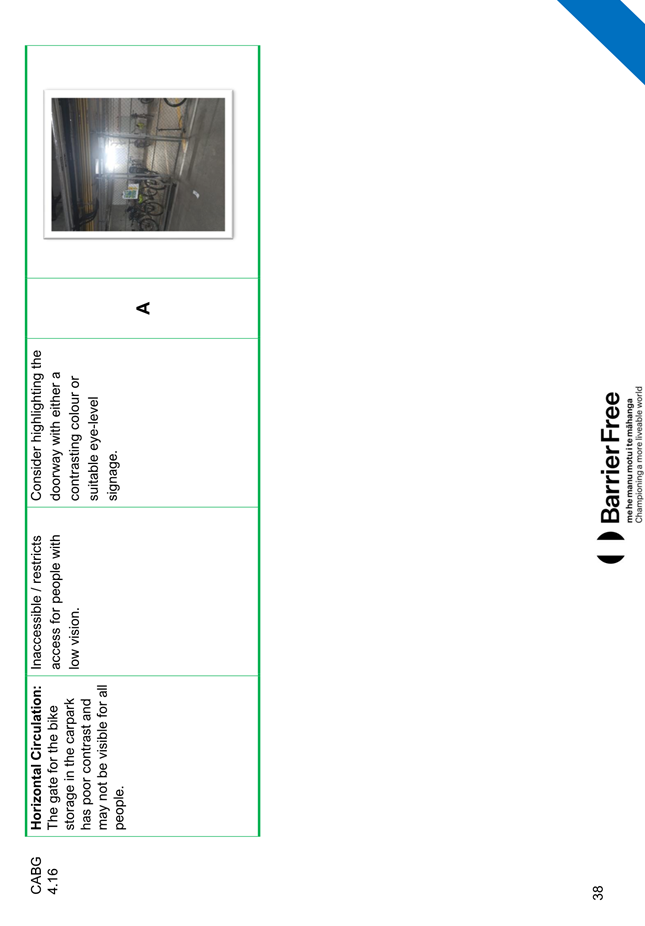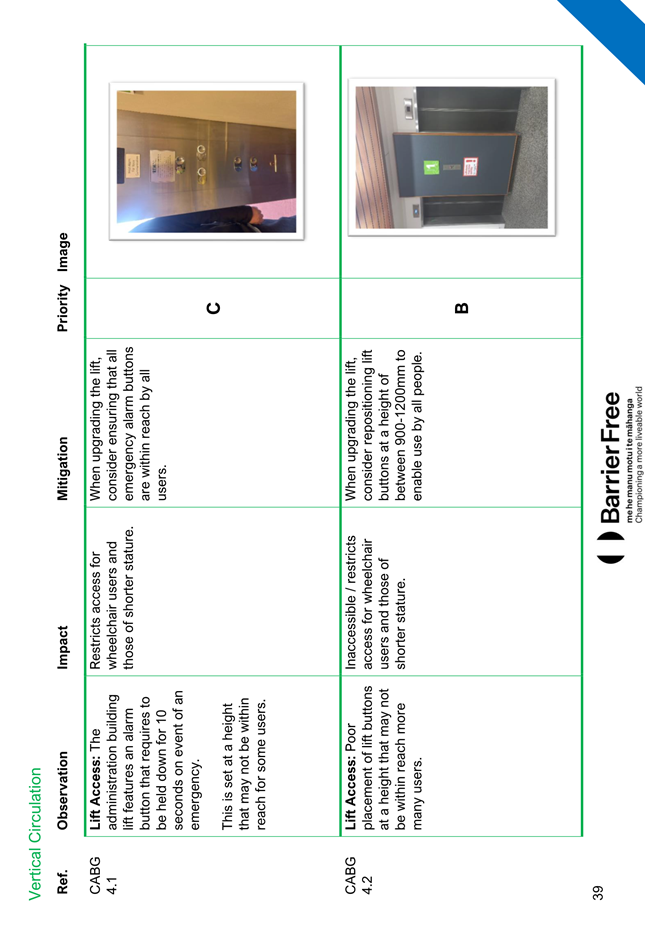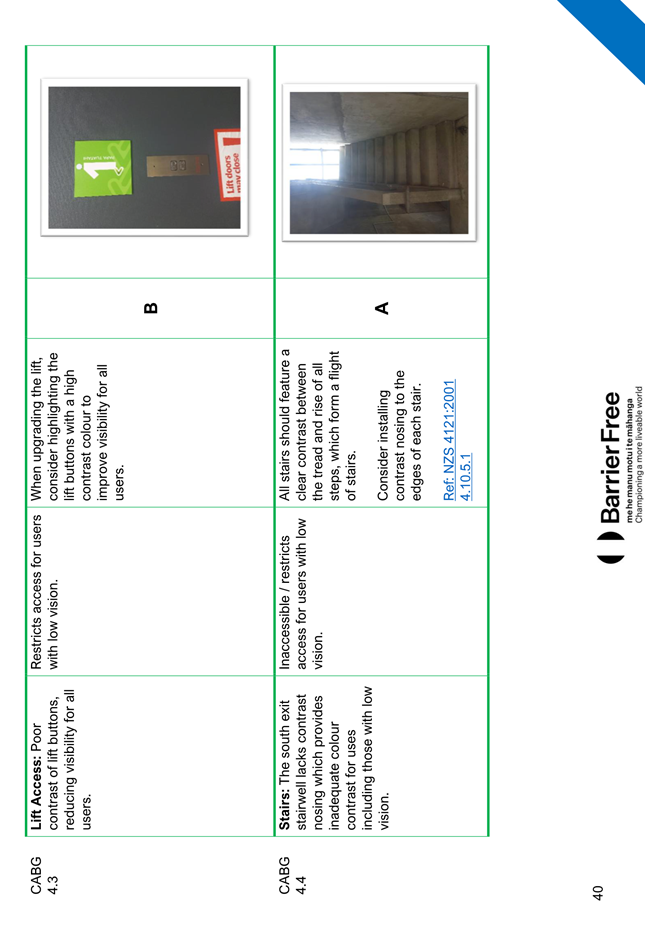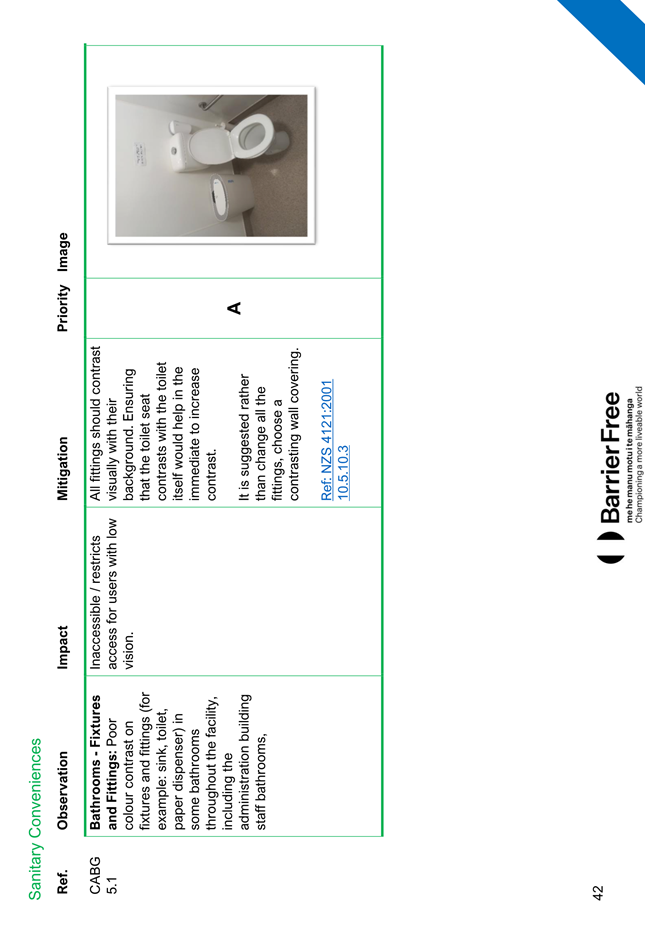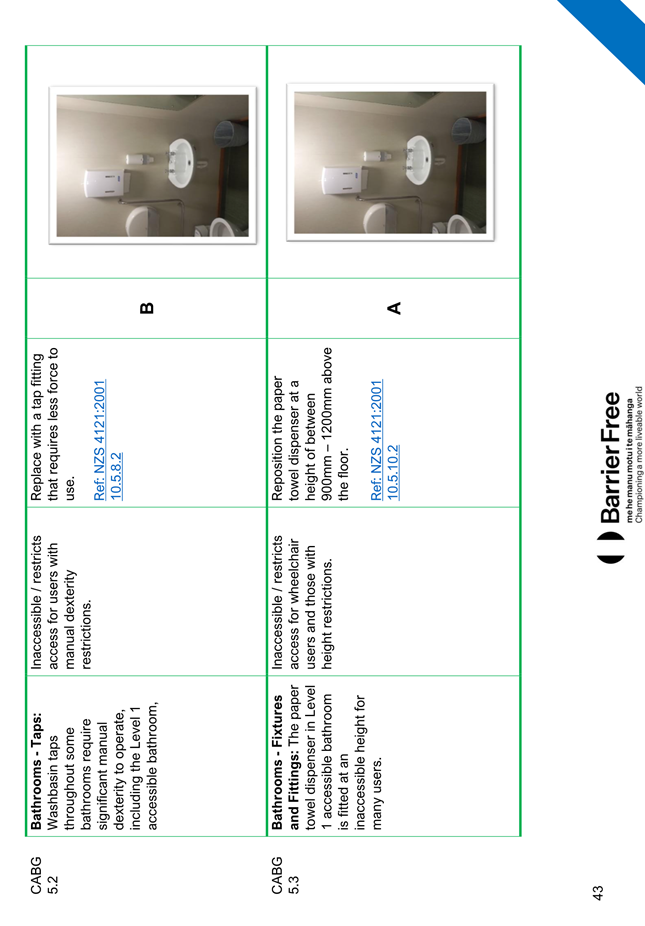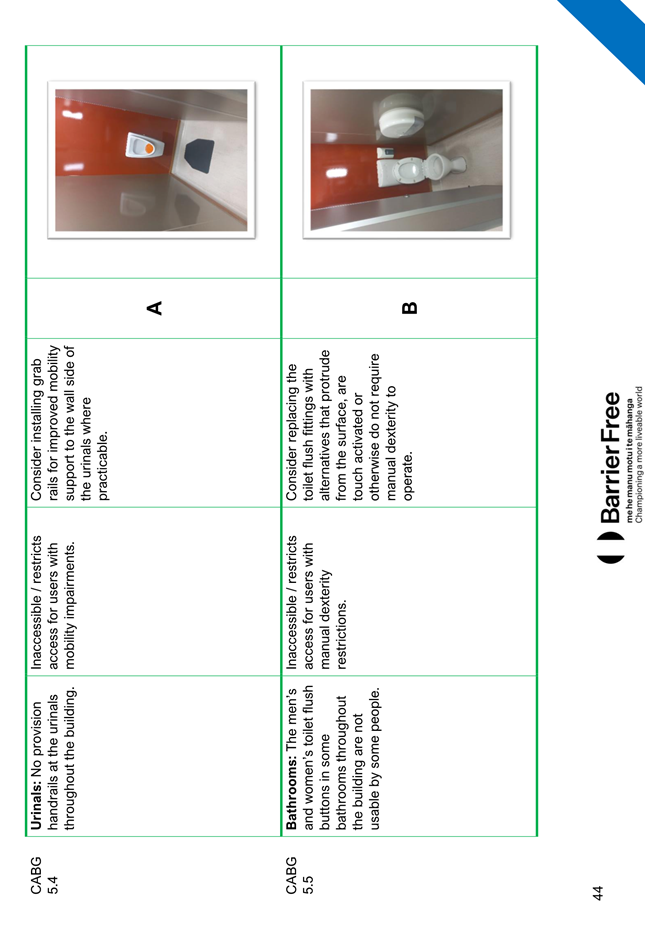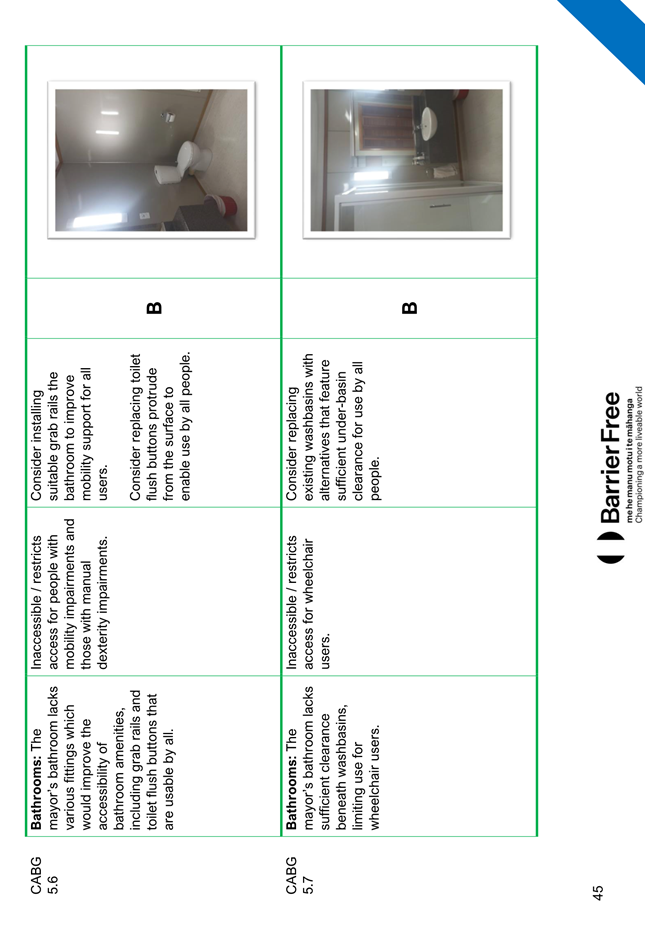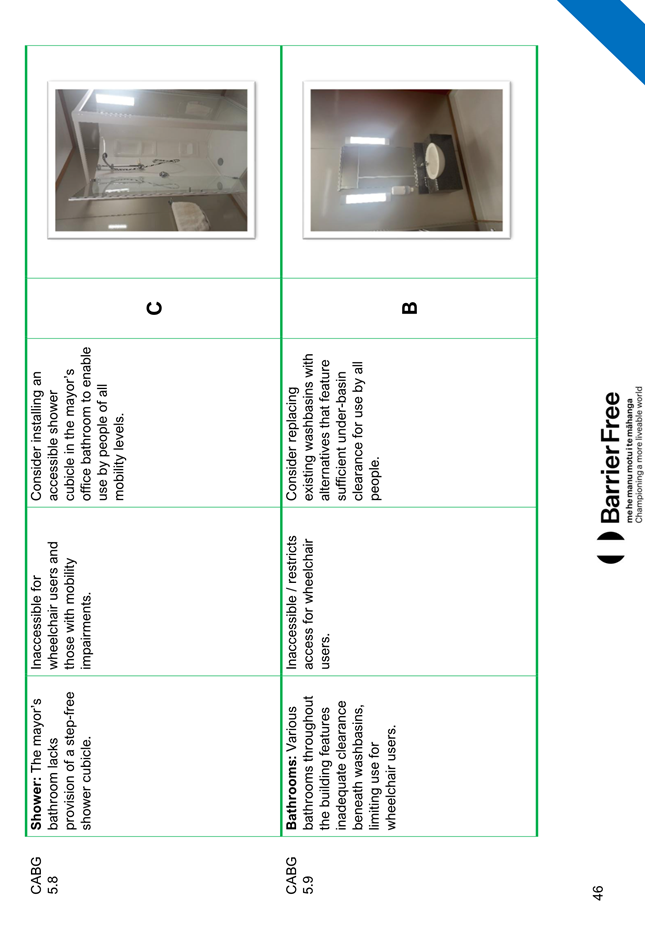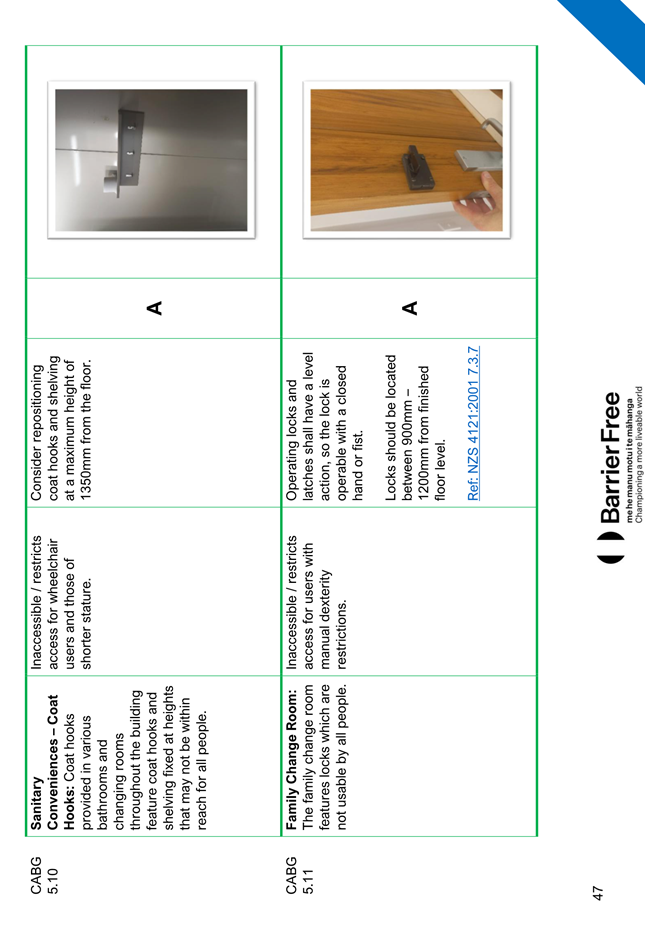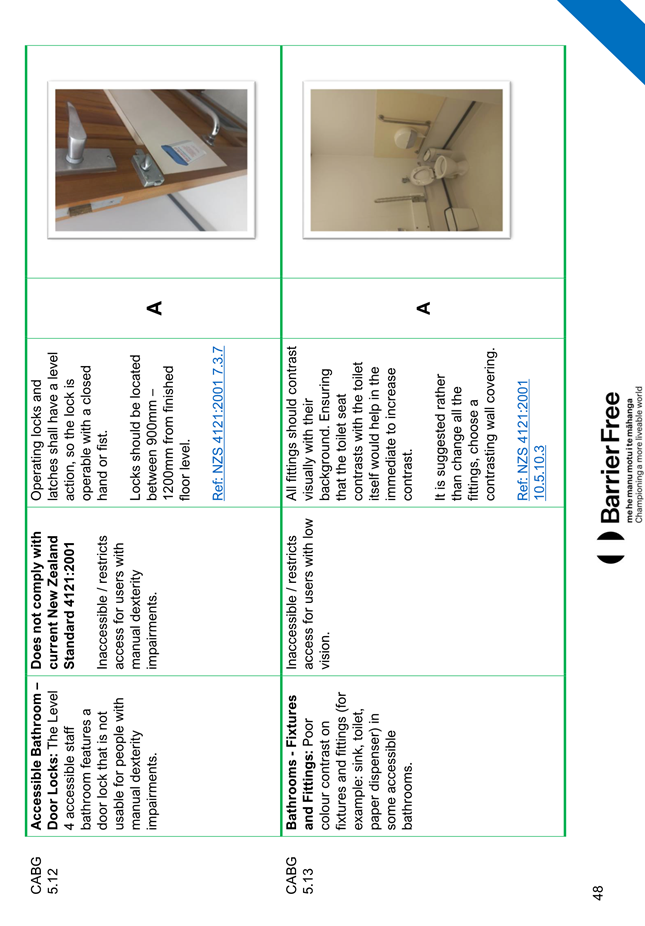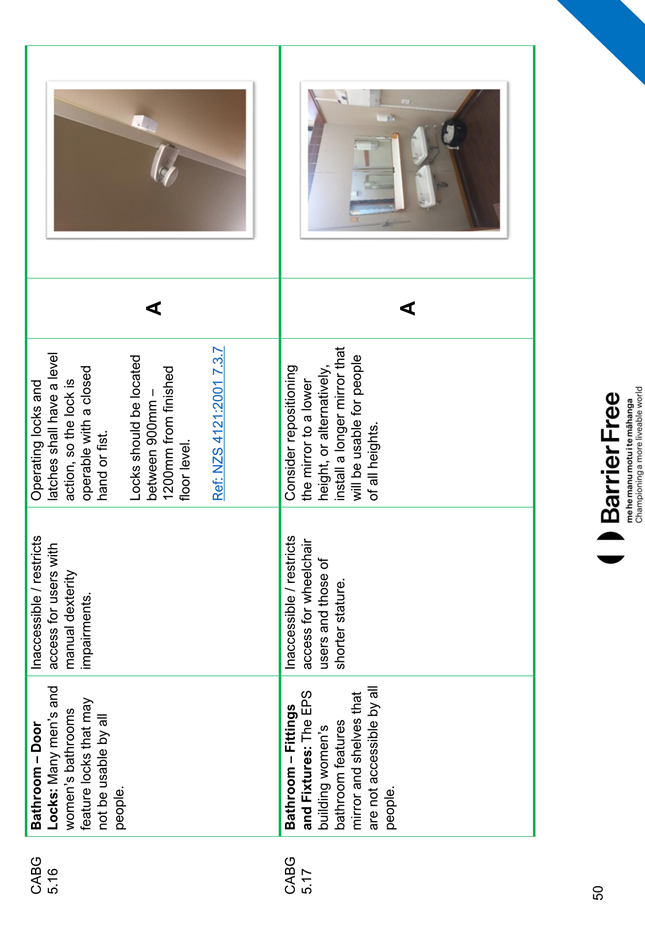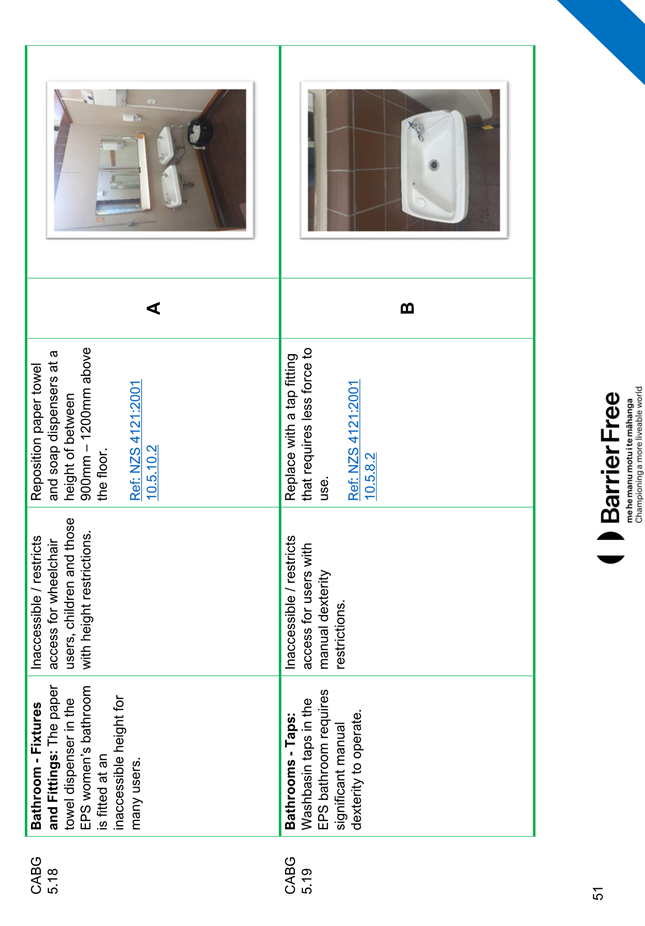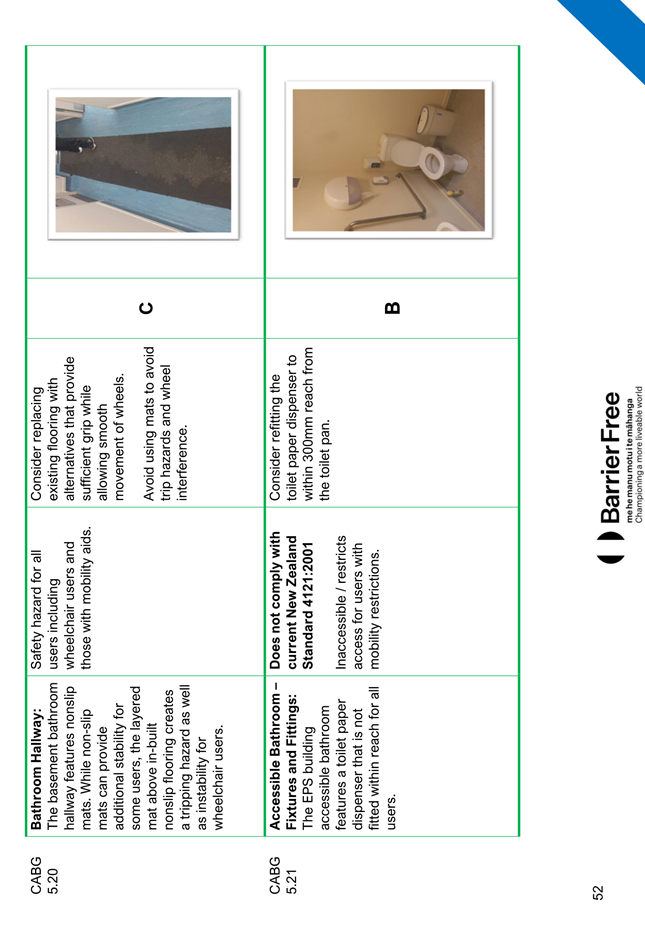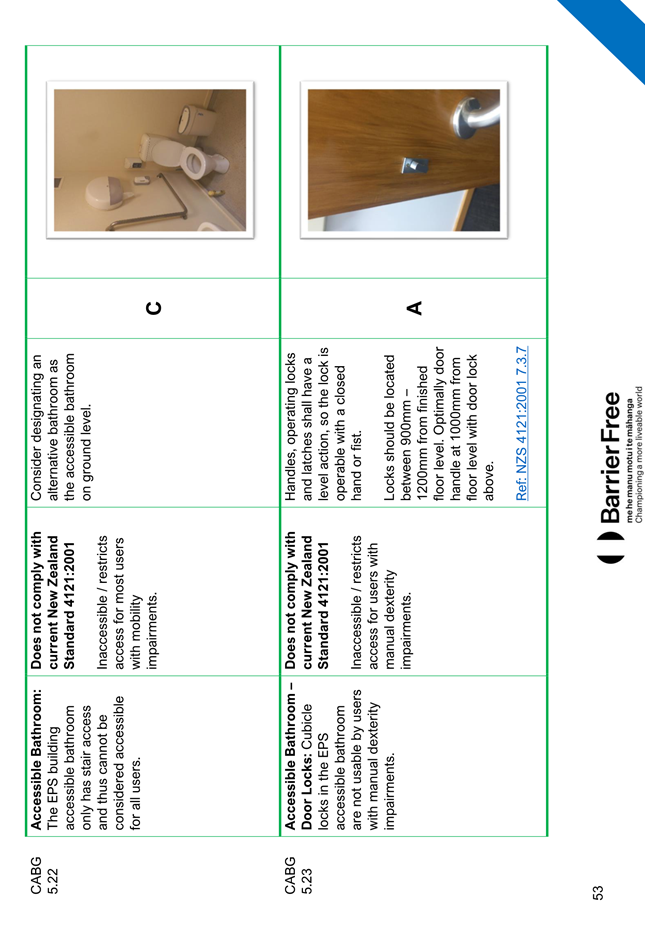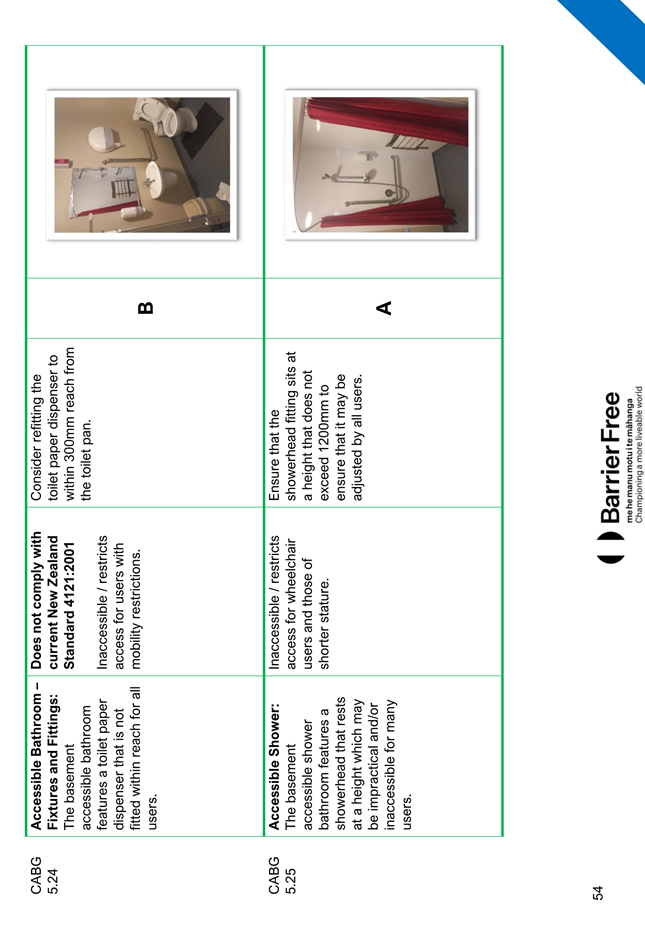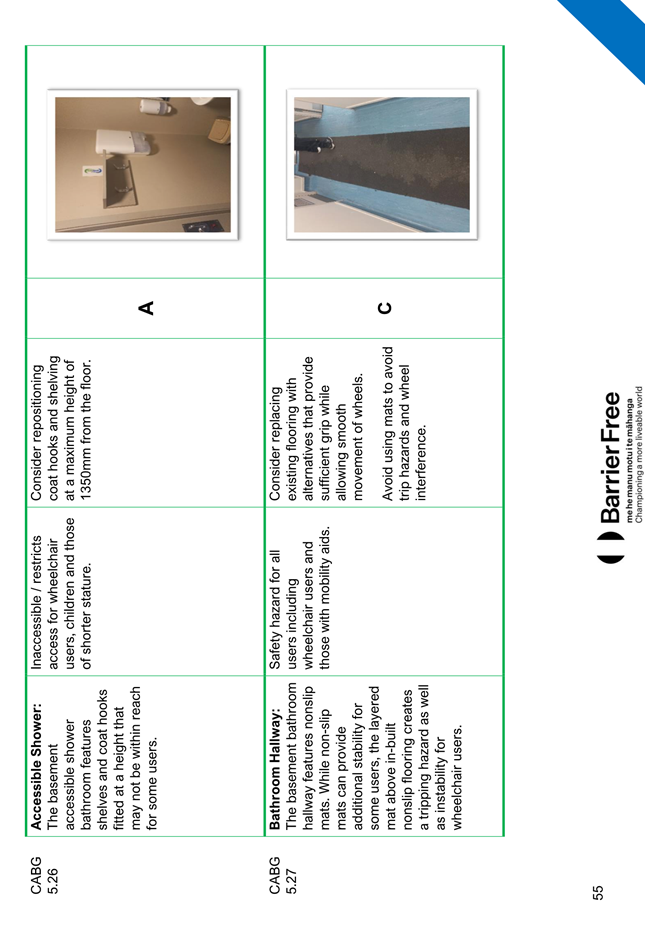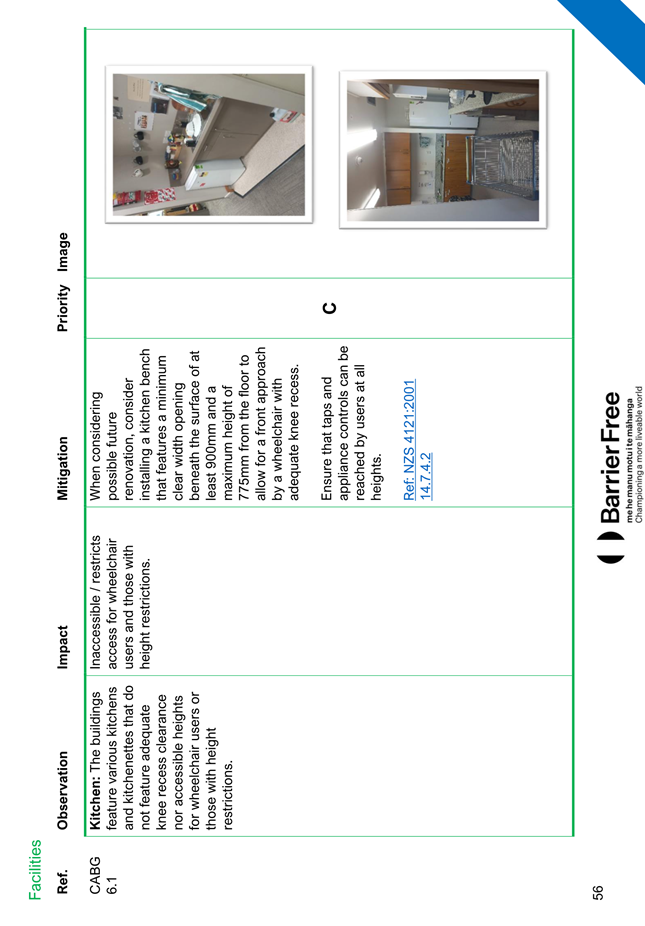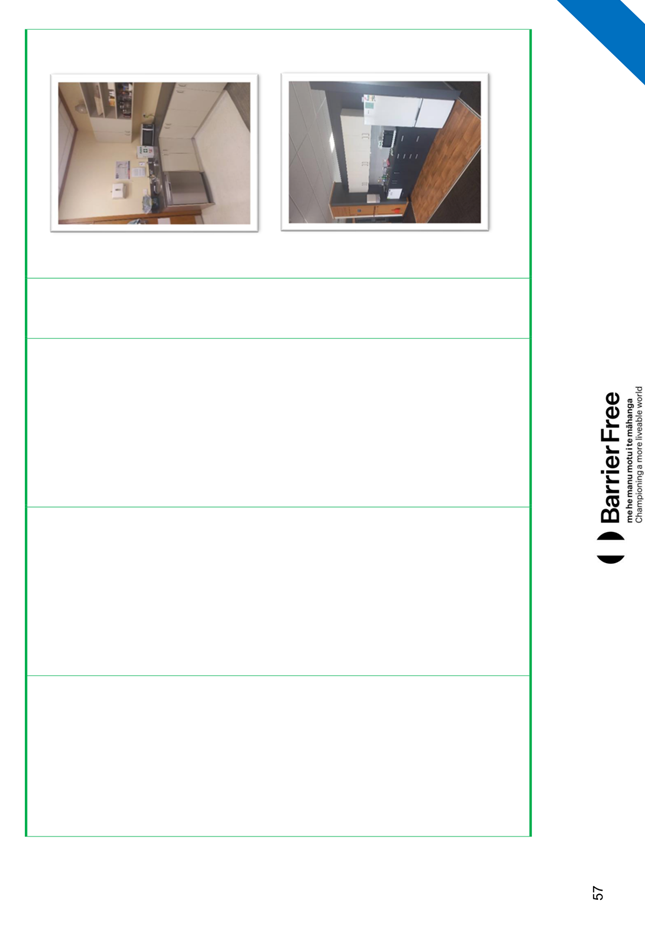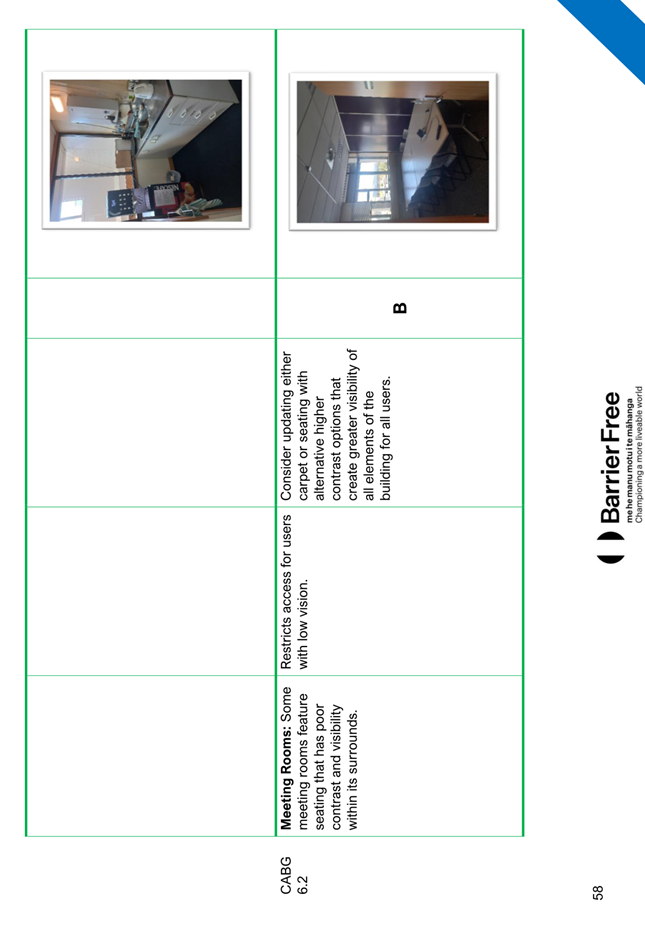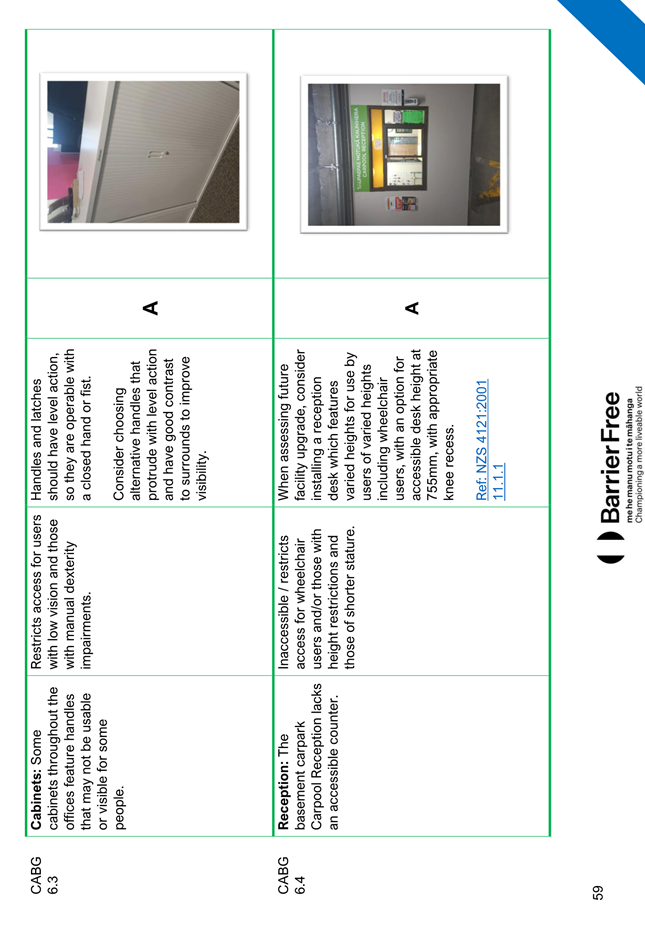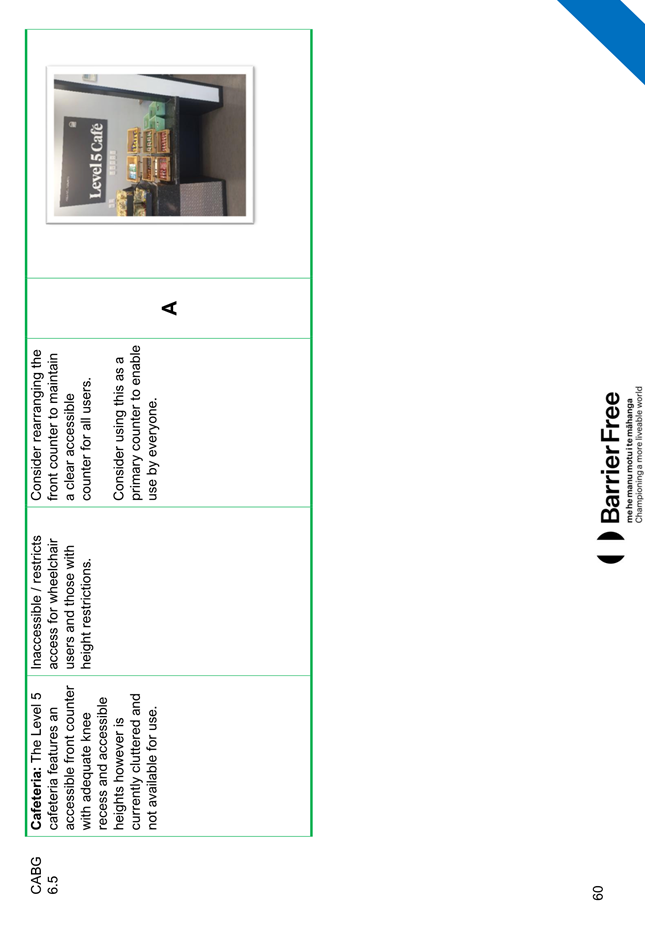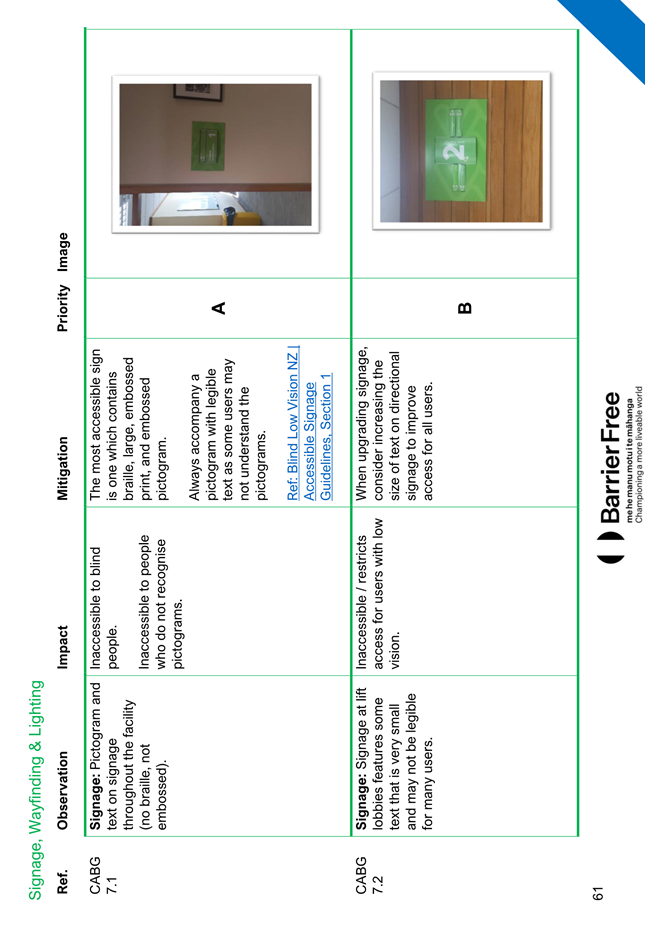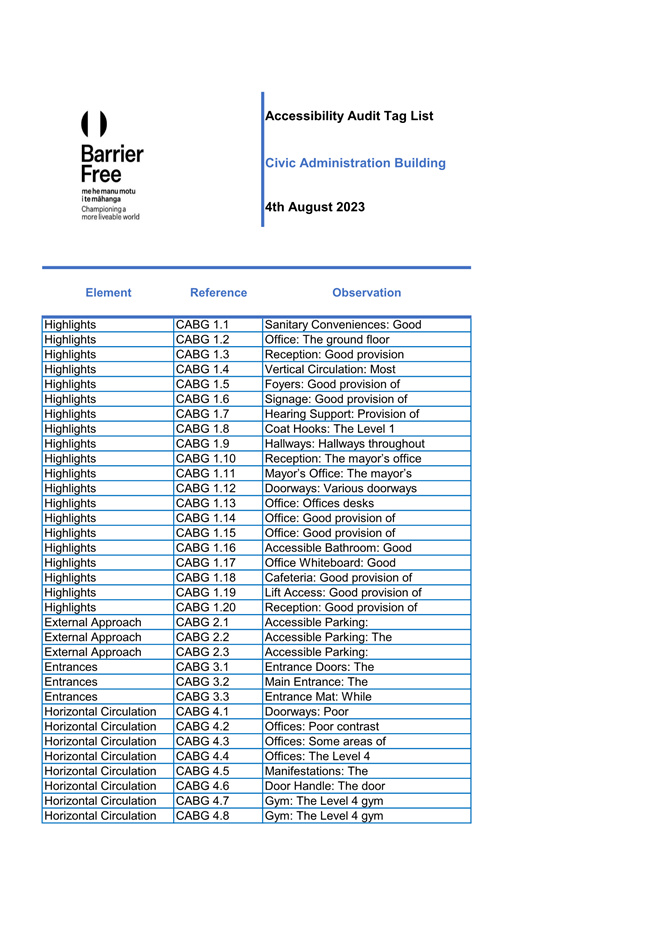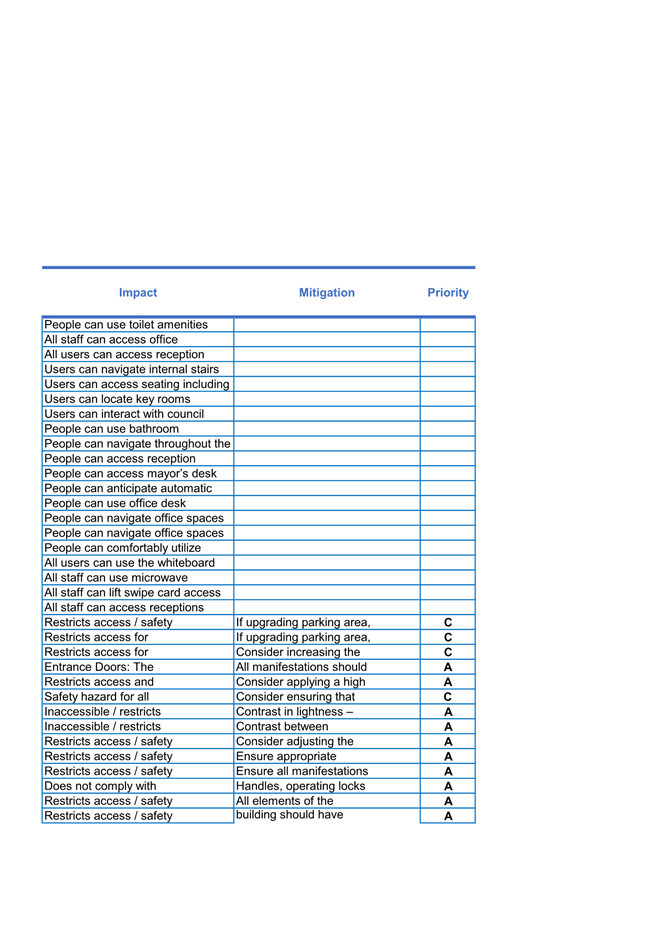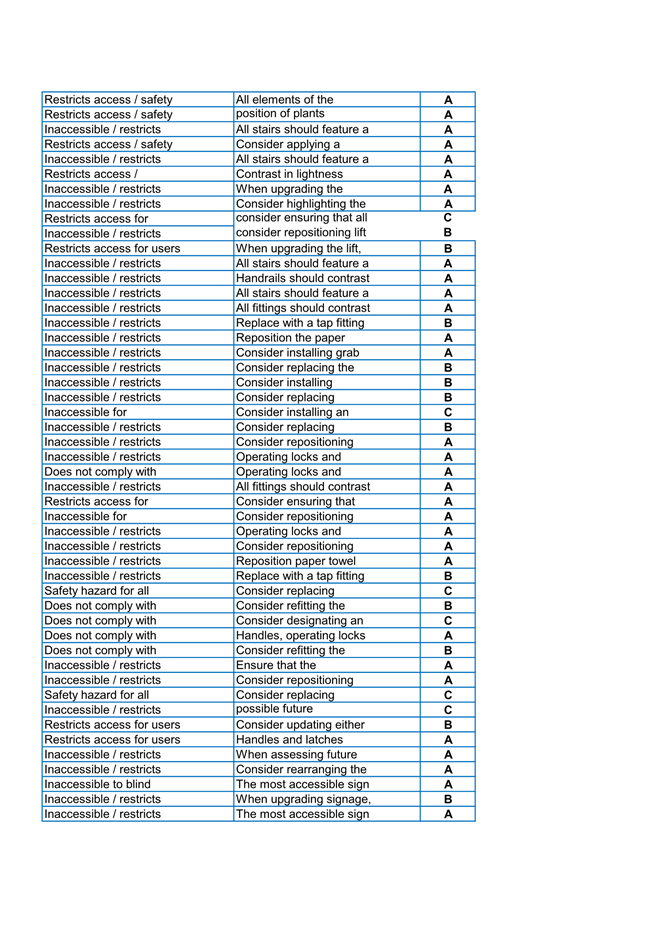|
Lorna
Johnson (Chair)
|
|
Patrick
Handcock (Deputy Chair)
|
|
Grant
Smith (The Mayor)
|
|
Brent
Barrett
|
Orphée
Mickalad
|
|
Rachel
Bowen
|
Karen
Naylor
|
|
Lew
Findlay (QSM)
|
William
Wood
|
|
Billy
Meehan
|
Kaydee
Zabelin
|
Community Committee MEETING
20 March 2024
Order of Business
1. Karakia Timatanga
2. Apologies
3. Notification
of Additional Items
Pursuant to
Sections 46A(7) and 46A(7A) of the Local Government Official Information and
Meetings Act 1987, to receive the Chairperson’s explanation that
specified item(s), which do not appear on the Agenda of this meeting and/or the
meeting to be held with the public excluded, will be discussed.
Any
additions in accordance with Section 46A(7) must be approved by resolution with
an explanation as to why they cannot be delayed until a future meeting.
Any
additions in accordance with Section 46A(7A) may be received or referred to a
subsequent meeting for further discussion. No resolution, decision or
recommendation can be made in respect of a minor item.
4. Declarations
of Interest (if any)
Members are
reminded of their duty to give a general notice of any interest of items to be
considered on this agenda and the need to declare these interests.
5. Public
Comment
To receive
comments from members of the public on matters specified on this Agenda or, if
time permits, on other Committee matters.
6. Presentation:
Youthline Page 7
7. Presentation:
Launch Youth Nu'u Page 9
8. Confirmation
of Minutes Page 11
“That the minutes of the Community Committee meeting
of 22 November 2023 Part I Public be confirmed as a true and correct
record.”
9. Annual
Sector Lead Report: Housing Advice Centre Page 19
Memorandum, presented by Ahmed Obaid, Community
Development Advisor.
10. Annual Sector Lead
Report: Te Pū Harakeke - Community Collective Manawatū Page 53
Memorandum, presented by Ahmed Obaid, Community
Development Advisor.
11. Annual Sector Lead
Report: Manawatū Multicultural Council Page 95
Memorandum, presented by Ahmed Obaid, Community
Development Advisor.
12. Annual Sector Lead
Report: Te Tihi o Ruahine Whānau Ora Alliance Page 141
Memorandum, presented by Amy Viles, Community
Development Advisor.
13. Welcoming
Communities Annual Update Page 187
Memorandum, presented by Somayyeh Ghaffari, Community Development
Advisor.
14. Community Housing
Partnership Fund Update Page 273
Memorandum, presented by Julie Macdonald, Strategy and
Policy Manager.
15. Accessibility
Review - Council-owned Buildings Page 277
Memorandum, presented by Bryce Hosking, Group Manager -
Property and Resource Recovery.
16. Committee Work
Schedule - March 2024 Page 351
17. Karakia
Whakamutunga
18. Exclusion
of Public
|
|
To be moved:
“That the public be excluded from the
following parts of the proceedings of this meeting listed in the table below.
The general subject of each matter to be considered
while the public is excluded, the reason for passing this resolution in
relation to each matter, and the specific grounds under Section 48(1) of the
Local Government Official Information and Meetings Act 1987 for the passing
of this resolution are as follows:
|
General subject of each matter to be
considered
|
Reason for passing this resolution in
relation to each matter
|
Ground(s) under Section 48(1) for
passing this resolution
|
|
|
|
|
|
|
|
|
|
This resolution is made in reliance on Section
48(1)(a) of the Local Government Official Information and Meetings Act 1987
and the particular interest or interests protected by Section 6 or Section 7
of that Act which would be prejudiced by the holding of the whole or the
relevant part of the proceedings of the meeting in public as stated in the
above table.
|
Presentation
TO: Community
Committee
MEETING DATE: 20
March 2024
TITLE: Presentation:
Youthline
RECOMMENDATION TO Community Committee
1. That the
Community Committee receive the presentation for information.
Shane Casey, Chief Executive Office, Youthline Central North
Island Inc (Not for Profit - Non Government Organisation), will make a
presentation about the organisation and operational coverage including funding
opportunities and other information.
Presentation
TO: Community
Committee
MEETING DATE: 20
March 2024
TITLE: Presentation:
Launch Youth Nu'u
RECOMMENDATION TO Community Committee
1. That the
Community Committee receive the presentation for information.
Davis Tevita Sione (Vision Holder), Winnie Afu (Apprentice
Navigator), Williams Evans (Chief Navigator) and a Kaitiaki/Advisory Committee
Member for Launch Youth Nu’u, also known as Launch.
Launch is a Youth Nu'u (Village), that partners with
various organisation, Schools, families and parents in Palmerston North.
The presentation is an overview on launching Youth Nu’u - an initiative
to encourage different generations to partner together in a village style
model, through various pathways.
Palmerston North City Council
Minutes of
the Community Committee Meeting Part I Public, held in the Council Chamber,
First Floor, Civic Administration Building, 32 The Square, Palmerston North on 22 November 2023,
commencing at 9.00am
|
Members
Present:
|
Councillor Lorna Johnson (in the Chair),
The Mayor (Grant Smith) and Councillors Patrick Handcock, Brent Barrett,
Rachel Bowen, Lew Findlay, Billy Meehan, Orphée Mickalad, Karen
Naylor, William Wood and Kaydee Zabelin.
|
|
Non Members:
|
Councillor Vaughan Dennison, Leonie
Hapeta.
|
Councillor Roly
Fitzgerald entered the meeting at 9.30am during consideration of clause 38. He
left the meeting again at 2.27 after consideration of clause 44. He was
not present for clauses 37 and 45 to 48 inclusive.
Councillor William Wood left the meeting at 10.10am during
consideration of clause 39. He entered the
meeting again at 11.15am during consideration of clause 41.1. He was not present for clauses 39 and 41.1.
Councillor Lew Findlay left the meeting
at 12.26pm during consideration of clause 43. He was not present for
clauses 43 to 48 inclusive.
Councillor
Vaughan Dennison was not present when the meeting resumed at 1.45pm. He
was not present for clauses 44 to 48 inclusive.
Councillor Leonie
Hapeta left the meeting at 2.57pm during consideration of clause 45. She
was not present for clauses 45 to 48 inclusive.
Councillor Rachel
Bowen left the meeting at 3.09pm after consideration of clause 45. She
entered the meeting again at 3.36pm during consideration of clause 47.
She was not present for clause 46.
Councillor Billy
Meehan left the meeting at 3.40pm during consideration of clause 47. He
was not present for clauses 47 and 48.
|
37-23
|
Public
Comment
Jean Hera made public comment regarding Item 15
Natural Burial Update (clause 47). She wants natural burial in the city
and expressed disappointment about the report. In her opinion Whanganui
was too far away and not conducive to an ecological option; it is also not
certified. Instead she suggests having a local site that would benefit the
city ecologically. She will work with Athena Women’s Collective to
take this matter further.
Tim Kendrew, Manager, Te Pu Harakeke made public
comment regarding Items 11 and 12, Review of Sector Leads Trial and Community
Funding Settings for the 2024-2034 Long-Term Plan (clauses 43 and 44).
He endorsed the recommendation and sector leads trial of Item 11; moving the
funding was something they had requested in the past and he was happy it was
implemented in the recommendation.
Regarding Item 12, he thinks the proposed changes will create
uncertainty and stress within the sector, and will require a lot of
work. Furthermore, this will restrict the smaller groups from applying
and could mean groups will fall through the gaps; increasing the cap means
extra money will be used by larger groups and may hinder funding access to
the smaller groups.
Cameron Jenkins, Coordinator, Manawatū Tenants Union made public comment regarding Item 13 Update
on Response to Homelessness (clause 45). He endorsed Option 3 to
pilot a full suite of system-change intervention to respond to housing
insecurity. He stated the cost margin between Options 2 and 3 were not
that large, and that sorting out homelessness would sort out wider city
issues. There needs to be a holistic approach and the full suite over a
longer period of time is the best option. He stated this approach has been
working well for Christchurch over the last 5 years.
|
|
|
Moved Lorna Johnson, seconded Patrick Handcock.
The
COMMITTEE RESOLVED
1. That the Community Committee receive Public Comment.
|
|
|
Clause 37-23 above was carried 13 votes to 0, the voting being as
follows:
For:
The Mayor (Grant Smith) and
Councillors Lorna Johnson, Patrick Handcock, Brent Barrett, Rachel Bowen, Lew
Findlay, Billy Meehan, Orphée Mickalad, Karen Naylor, William Wood,
Kaydee Zabelin, Vaughan Dennison and Leonie Hapeta.
|
|
38-23
|
Presentation: Disability
Reference Group, Annual Presentation
Presentation, by Hugh
O’Connell and Natalie Mclean, Co-chairs, Disability Reference Group.
Hugh and Natalie presented an
overview of the group’s activities over the last year and requested
Palmerston North City Council sign the Accessibility Charter. Further
information was tabled at the meeting for circulation to Elected Members and
will be attached to these minutes.
An additional motion was
sought as a result of the group’s request.
Councillor
Roly Fitzgerald entered the meeting at 9.35am
|
|
|
Moved
Lorna Johnson, seconded Patrick Handcock.
The COMMITTEE RESOLVED
1. That the Community Committee
receive the presentation for information.
2. That
the Chief Executive report back to the Community Committee on actions and
resources that would be required for Council to sign up to the Accessibility
Charter.
|
|
|
Clause 38-23 above was
carried 14 votes to 0, the voting being as follows:
For:
The Mayor (Grant Smith) and
Councillors Lorna Johnson, Patrick Handcock, Brent Barrett, Rachel Bowen, Lew
Findlay, Billy Meehan, Orphée Mickalad, Karen Naylor, William Wood,
Kaydee Zabelin, Vaughan Dennison, Roly Fitzgerald and Leonie Hapeta.
|
|
39-23
|
Presentation: Amanaki STEM
Academy
Presentation, by Viliami
Teumoheng and Tanya Koro, founders and Taupo Tani, Board member.
Viliami, Tanya and Taupo
presented an overview of the Academy’s history and achievements since
it began. Further information was tabled at the meeting for circulation to
Elected Members and will be attached to these minutes.
Councillor
William Wood left the meeting at 10.10am.
|
|
|
Moved
Lorna Johnson, seconded Patrick Handcock.
The COMMITTEE RESOLVED
1. That the Community Committee
receive the presentation for information.
|
|
|
Clause 39-23 above was
carried 13 votes to 0, the voting being as follows:
For:
The Mayor (Grant Smith) and
Councillors Lorna Johnson, Patrick Handcock, Brent Barrett, Rachel Bowen, Lew
Findlay, Billy Meehan, Orphée Mickalad, Karen Naylor, Kaydee Zabelin,
Vaughan Dennison, Roly Fitzgerald and Leonie Hapeta.
|
|
40-23
|
Confirmation
of Minutes
|
|
|
Moved
Lorna Johnson, seconded Patrick Handcock.
The
COMMITTEE RESOLVED
1. That the minutes
of the Community Committee meeting of 27 September 2023 Part I Public be
confirmed as a true and correct record.
|
|
|
Clause 40-23 above was
carried 11 votes to 0, with 2 abstentions, the voting being as follows:
For:
The Mayor (Grant Smith) and
Councillors Lorna Johnson, Patrick Handcock, Brent Barrett, Rachel Bowen, Lew
Findlay, Orphée Mickalad, Karen Naylor, Kaydee Zabelin, Roly
Fitzgerald and Leonie Hapeta.
Abstained:
Councillors Billy Meehan
and Vaughan Dennison.
|
The meeting adjourned at 10.23am.
The meeting resumed at 10.43am.
|
41-23
|
Notice
of Motion -Youth Wellbeing Plan
Councillor
Pat Handcock presented his Notice of Motion.
Anton Carter, Group Manager
– Community Services presented the Officers advice.
|
|
|
Moved Patrick Handcock, seconded Lorna Johnson.
The
COMMITTEE RESOLVED
1. That the Committee
receive the Officers advice.
|
|
|
Clause 41.1-23 above was
carried 12 votes to 0, the voting being as follows:
For:
The Mayor (Grant Smith) and
Councillors Lorna Johnson, Patrick Handcock, Brent Barrett, Rachel Bowen,
Billy Meehan, Orphée Mickalad, Karen Naylor, Kaydee Zabelin, Vaughan
Dennison, Roly Fitzgerald and Leonie Hapeta.
Note:
Councillor Lew Findlay did not vote.
Councillor
William Wood entered the meeting at 11.15am.
|
|
|
Moved
Patrick Handcock, seconded Grant Smith.
The COMMITTEE RESOLVED
2. That the establishment
of a specific Youth Well-being Plan be referred to the 2024-2034 Long Term
Plan.
3. That Officers
facilitate a youth wellbeing forum in early 2024 and complete a sector wide
scan of youth focused programmes and or initiatives within the city, and
identify any strategic or service gaps that can be used to inform the
development of the Youth Well-being Plan.
4. That Officers provide
a report to the Community Committee before the Long Term Plan deliberations,
on the finding of the sector wide scan, with associated recommendations and
resource implications.
|
|
|
Clauses 41.2-23 to 41.4-23 above
were carried 14 votes to 0, the voting being as follows:
For:
The Mayor (Grant Smith) and
Councillors Lorna Johnson, Patrick Handcock, Brent Barrett, Rachel Bowen, Lew
Findlay, Billy Meehan, Orphée Mickalad, Karen Naylor, William Wood,
Kaydee Zabelin, Vaughan Dennison, Roly Fitzgerald and Leonie Hapeta.
|
|
42-23
|
Community
Reference Groups - Terms of Reference Review
Report presented by Martin
Brady, Community Development Advisor and Salome Faaiuaso, Community
Development Advisor.
Councillor
Lew Findlay left the meeting at 12.26pm.
|
|
|
Moved
Lorna Johnson, seconded Patrick Handcock.
The COMMITTEE RECOMMENDS
1. That Council agree the revised Terms of Reference for Community Reference
Groups.
|
|
|
Clause 42-2342.1-23 above was carried 8 votes to
6, the voting being as follows:
For:
Councillors Lorna Johnson, Patrick Handcock, Brent
Barrett, Rachel Bowen, Lew Findlay, Kaydee Zabelin, Vaughan Dennison and Roly
Fitzgerald.
Against:
The Mayor (Grant Smith) and Councillors Billy
Meehan, Orphée Mickalad, Karen Naylor, William Wood and Leonie Hapeta.
|
|
|
Moved Lorna Johnson, seconded Patrick Handcock.
2. That Council note that the provision of a recognition payment for
members’ contributions of time and knowledge is subject to budget being
agreed in the 2024-2034 Long Term Plan.
|
|
|
Clause 42.2-23 above was carried 8 votes to 5,
with 1 abstention, the voting being as follows:
For:
Councillors Lorna Johnson, Patrick Handcock, Brent
Barrett, Rachel Bowen, Karen Naylor, Kaydee Zabelin, Vaughan Dennison and
Roly Fitzgerald.
Against:
The Mayor (Grant Smith) and Councillors Billy
Meehan, Orphée Mickalad, William Wood and Leonie Hapeta.
Abstained:
Councillor Lew Findlay.
|
|
43-23
|
Review
of Sector Leads Trial
Report presented by Amy
Viles, Community Development Advisor and Ahmed Obaid, Community Development
Advisor.
Councillor
Lew Findlay left the meeting at 12.26pm.
|
|
|
Moved
Lorna Johnson, seconded Patrick Handcock.
The COMMITTEE RECOMMENDS
1. That
Council approve the continuation of
the Sector Leads Partnership model in principle, as per the Support and
Funding Policy 2022, and note that appropriate budget will be established for
Sector Lead partners within the draft 2024-2034 Long-Term Plan.
|
|
|
Clause 43-23 above was
carried 13 votes to 0, the voting being as follows:
For:
The Mayor (Grant Smith) and
Councillors Lorna Johnson, Patrick Handcock, Brent Barrett, Rachel Bowen,
Billy Meehan, Orphée Mickalad, Karen Naylor, William Wood, Kaydee
Zabelin, Vaughan Dennison, Roly Fitzgerald and Leonie Hapeta.
|
The
meeting adjourned at 12.47pm.
The
meeting resumed at 1.45pm.
Councillor Vaughan Dennison was not present when the meeting resumed.
|
44-23
|
Community
funding settings for the 2024-2034 Long-Term Plan
Report presented by Stephanie
Velvin, Community Development Manager.
Elected Members opted to
change the recommendation to Option 1 as they were satisfied the current
process is still fit for purpose.
|
|
|
Moved
Grant Smith, seconded Lorna Johnson.
The COMMITTEE RECOMMENDS
1. That Council agree Option 1, maintain current scope and
structure for Strategic Priority Grants, to inform the preparation of the
2024-2034 Long-Term Plan.
|
|
|
Clause 44-23 above was
carried 11 votes to 0, with 1 abstention, the voting being as follows:
For:
The Mayor (Grant Smith) and
Councillors Lorna Johnson, Patrick Handcock, Brent Barrett, Rachel Bowen,
Billy Meehan, Orphée Mickalad, Karen Naylor, William Wood, Kaydee
Zabelin and Roly Fitzgerald.
Abstained:
Councillor Leonie Hapeta.
Note:
Councillor Leonie Hapeta declared an interest in this item.
|
Councillor Roly Fitzgerald left the meeting at 2.27pm.
|
45-23
|
Update
on Response to Homelessness
Report presented by Stephanie
Velvin, Community Development Manager.
Elected Members opted for
Option 2 as the most appropriate plus the inclusion of the flexi-fund.
Inclusion of the flexi-fund will overall save funds by preventing housing
loss in the first place as set out in paragraph 3.22 of the report.
Councillor
Leonie Hapeta left the meeting at 2.57pm.
|
|
|
Moved
Lorna Johnson, seconded William Wood.
The COMMITTEE RESOLVED
1. That the Committee refer to the
2024-2034 draft Long-Term Plan:
Option 2 - Pilot highest priority systems-change interventions
to respond to housing insecurity plus a $30,000 for a flexi-fund for urgent
intervention.
|
|
|
Clause 45-23 above was
carried 7 votes to 3, the voting being as follows:
For:
Councillors Lorna Johnson,
Patrick Handcock, Brent Barrett, Rachel Bowen, Billy Meehan, William Wood and
Kaydee Zabelin.
Against:
The Mayor (Grant Smith) and
Councillors Orphée Mickalad and Karen Naylor.
|
Councillor Rachel Bowen left the meeting at 3.09pm.
|
46-23
|
Additional
Social Housing Budget Update (Programme 1459)
Memorandum presented by Bryce
Hosking, Group Manager - Property and Resource Recovery.
|
|
|
Moved
Lorna Johnson, seconded Patrick Handcock.
The COMMITTEE RECOMMENDS
1. That Council
agree the use of Programme 1459 (Social Housing – Additional Social
Housing Units) to fund Council’s financial contribution to the
Summerhays Street redevelopment project.
|
|
|
Clause 46-23 above was
carried 9 votes to 0, the voting being as follows:
For:
The Mayor (Grant Smith) and
Councillors Lorna Johnson, Patrick Handcock, Brent Barrett, Billy Meehan,
Orphée Mickalad, Karen Naylor, William Wood and Kaydee Zabelin.
|
|
47-23
|
Natural
Burial Update
Memorandum presented by Kathy
Dever-Tod, Group Manager - Parks and Logistics.
An alternative motion was
moved to explore the range of local up-to-date options for the sake of
completeness, before making any firm lasting decisions.
Councillor Rachel Bowen entered the meeting again at
3.36pm.
Councillor Billy Meehan left the meeting at 3.40pm.
|
|
|
Moved
Brent Barrett, seconded Patrick Handcock.
The COMMITTEE RECOMMENDS
1. That Council note
the report, and seek expressions of interest from the community for a
partnership-based approach to providing a natural burial site in Palmerston
North.
|
|
|
Clause 47-23 above was
carried 5 votes to 4, the voting being as follows:
For:
Councillors Lorna Johnson,
Patrick Handcock, Brent Barrett, Rachel Bowen and Kaydee Zabelin.
Against:
The Mayor (Grant Smith) and
Councillors Orphée Mickalad, Karen Naylor and William Wood.
|
|
48-23
|
Committee
Work Schedule - November 2023
|
|
|
Moved
Lorna Johnson, seconded Patrick Handcock.
The COMMITTEE RESOLVED
1. That the Community Committee
receive its Work Schedule dated November 2023.
|
|
|
Clause 48-23 above was
carried 9 votes to 0, the voting being as follows:
For:
The Mayor (Grant Smith) and
Councillors Lorna Johnson, Patrick Handcock, Brent Barrett, Rachel Bowen,
Orphée Mickalad, Karen Naylor, William Wood and Kaydee Zabelin.
|
|
|
Karakia
Whakamutunga
|
|
|
Councillor
Lorna Johnson closed the meeting with karakia.
|
The meeting
finished at 3.48pm
Confirmed 20 March 2024
Chair
Memorandum
TO: Community
Committee
MEETING DATE: 20
March 2024
TITLE: Annual
Sector Lead Report: Housing Advice Centre
Presented
By: Ahmed
Obaid, Community Development Advisor
APPROVED BY: Kerry-Lee
Probert, Acting Chief Customer Officer
RECOMMENDATION TO
COMMITTEE:
1. That the Committee receive the Annual Sector Lead
Report 2023 (Attachments 1-3) submitted by Housing Advice Centre.
RECOMMENDATION TO COUNCIL:
2. That Council
EITHER
A. Increase Housing Advice
Centre’s Sector Lead grant funding by $21,131 in the draft Long-Term Plan
2024-2034 to $54,080 for the 2024/25 financial year and adjusted for inflation
in future years.
OR
B. Confirm current
Sector Lead grant funding of $32,949 in the draft Long-Term Plan 2024-2034 and
adjusted for inflation in future years.
1. ISSUE
1.1 Housing
Advice Centre (Palmerston North) Incorporated (HAC) is delivering its second
annual report (Jan – Dec 2023) as a Sector Lead organisation, which is
appended to this memorandum as Attachment 1.
1.2 Reporting
to Council is required under the Sector Lead Partnership Agreement structure.
1.3 Analysis
of the performance of HAC against agreed activities and outcomes is included in
the memorandum below.
2. BACKGROUND
2.1 On
8 June 2022, Council resolved to engage HAC as a Sector Lead organisation.
2.2 The Sector Lead Partnership model was trialled from 1 July
2022 – 30 June 2023, and was approved to continue, as per Council’s
resolution of 18 December 2023:
‘That
Council approve the continuation of the Sector Leads Partnership model in
principle, as per the Support and Funding Policy 2022, and note that
appropriate budget will be established for Sector Lead partners within the
draft 2024-2034 Long-Term Plan.’
2.3 A
three-year Partnership Agreement commenced between HAC and the Council in July
2022. The Agreement stipulates that activities funded contribute to the
achievement of priorities 1 and 2 within the Council’s Goal 3
‘Connected and Safe Communities’.
2.4 Reporting
requirements within the Agreement include an annual report to Council covering
the activities delivered and outcomes achieved in the preceding period.
3. ANNUAL REPORT ANALYSIS
3.1 HAC
is a registered Incorporated Society and receives multiple sources of funding,
including grants from Palmerston North City Council, Lottery Grants Board and
the Ministry of Social Development.
3.2 HAC was founded in 1985 to
help all people in the community to live in suitable accommodation that is
safe, warm, healthy, and affordable.
3.3 HAC provides assistance
with rental plans for tenants, advice on the rights and responsibilities as a
tenant or landlord under the Residential Tenancy Act and a rental listing
service. In addition, HAC is coordinating the Housing Needs Monitoring Group
which is a network of social housing providers, not-for-profit organisations
and government agencies that are actively involved in the current housing needs
within the community. HAC are also active members of the Housing Insecurity
Response Collective, coordinated by Council to develop a collective response to
homelessness in the city.
3.4 The amount of funding HAC
receives through this Sector Lead Partnership Agreement is $30,000 per annum
(plus GST and adjusted for inflation in years two and three). Funding for the current financial year
totals $31,380.
3.5 Assessment of agreed activities
|
Strategic
Alignment
|
Activity
|
Comment
|
Assessment
(Not
met; developing; or met)
|
|
Connected
and Safe activities
|
|
Priorities
1 & 2
|
Provide
advice, guidance, and education on housing.
|
HAC engaged with 28,751
people during 2023, an increase on the previous period. This indicates the
significant demand for the services of HAC.
HAC collaborates strongly with other organisations,
particularly Manawatū Tenants’ Union and
Moneywise Manawatū. These collaborations often result in referrals
being made to HAC and reduces duplication of services.
HAC continued to face
staff shortages throughout 2023, and this has resulted in lower workshop
numbers and, at times, reduced opening hours at the office.
Staff
note HAC have presented a proposal through this annual report for additional
funding to address their capacity challenges, which would help them achieve
stronger outcomes in this activity area moving forward in 2024.
|
Developing
|
|
Sector Leadership
activities
|
|
Priority 1
|
Provide
capacity-building and support for other community organizations to develop
and connect.
|
HAC works closely with
other organisations and agencies that work with people who experience housing
insecurity.
HAC has
been successful in maintaining connections between those agencies and
organisations by coordinating the Housing Needs Monitoring Group.
HAC provides training to
staff of other organisations and agencies who do not normally work in the
housing area, so they can assist their clients into housing.
This
focus on developing capability across the sector and within the community is
a sustainable approach to addressing the growing demand for their services.
|
Met
|
|
Priority 2
|
Deliver
the highest level of expertise and highest quality service.
|
HAC is performing well
in this area.
HAC have
worked to understand the individual needs of each client to gain the best
outcomes. This includes learning to work with mental health issues.
|
Met
|
|
Priority 1
|
Think,
work, and advocate strategically.
|
HAC
is performing well in this area. Their Committee has faced their recent
challenges in staffing with a positive approach, taking the opportunity to
review their strategic direction.
They have been central in the formation of the new
Housing Insecurity Response Collective looking to work differently to respond
to homelessness in Palmerston North. If the related programme is funded
through the 2024-2034 Long-Term Plan, HAC would likely also hold a central
strategic and operational role in this work moving forward.
|
Met
|
|
Priority 1 & 2
|
Have
robust strategic and business plans in place.
|
HAC has
taken time recently to look at their strategic plans and operational
structures. They are strong strategically, and with the recent hire of a new
Service Coordinator they are well positioned in terms of capability to return
to their full operational potential, particularly if able to secure
additional capacity within each role.
|
Met
|
3.6 Alongside
an annual report which provides information on the agreed activities, Sector
Lead organisations are required to provide six-monthly performance measure data
for a range of indicators related to their activities.
3.7 The measures are based on a Results Based
Accountability approach, where impact of effort is demonstrated by measurement
of who is ‘better off’ as a result of the activities or services,
as well as ‘how much’ of the activity or service was delivered and ‘how
well’ it was delivered. This performance measure data provides an
evidence base to support the information in the annual report. Performance
measure data for the period 1 January 2023 to 31 December 2023 is appended
to this memorandum at Attachment 3.
3.8 The
data indicates that clients who have engaged with HAC during the reporting
period are satisfied with the service provided to them, and a good percentage
are gaining skills and knowledge as a result of the services provided.
3.9 Ongoing
capacity challenges have evidently impacted the number of workshops delivered
during this period, though staff acknowledge that HAC have prioritised their
services within the capacity available and they have communicated these
developments well with Council staff over the period.
3.10 Staff note
that HAC is requesting an increase of around $21,000 to their current funding
level to help maintain service levels and cover the cost of one existing
Housing Advisor role. Their financial report demonstrates significantly reduced
income between 2022 and 2023, most notably from the Ministry of Social
Development.
3.11 If Council
decided to increase the amount funded to HAC as per their proposal, this could
be applied for the remaining financial year of the Agreement (2024/2025) provided
Long-Term Plan budgets were adjusted accordingly. Note indicative figures based
on current funding levels have been entered into the draft Long-Term Plan
beyond 2024/2025 for each Sector Lead, but new Agreements will need to be
negotiated between each continuing Sector Lead and Council for commencement
from 1 July 2025.
4. CONCLUSION
4.1 This
memorandum has provided background to and comment on the annual report of HAC,
as required by their 2022-2025 Sector Lead Partnership Agreement with Council.
4.2 Staff have assessed that
HAC are performing well against most of their agreed activities, though some
activities were not delivered due to staff shortages.
5. NEXT STEPS
5.1 Staff
will continue to support HAC to deliver the activities and initiatives covered
by the Partnership Agreement.
5.2 HAC
will present its next Annual Report, covering year three of the agreement, in
the first quarter of 2025. Further staff commentary on progress will also be
provided at that time.
5.3 If recommendation 1A is agreed by Council,
it would be included in the final 2024-2034 Long-Term Plan deliberations in May
2024.
6. Compliance and administration
|
Does the Committee have
delegated authority to decide?
|
Yes
|
|
Are the decisions significant?
|
No
|
|
If they are significant do they
affect land or a body of water?
|
No
|
|
Can this decision only be made
through a 10 Year Plan?
|
No
|
|
Does this decision require
consultation through the Special Consultative procedure?
|
No
|
|
Is there funding in the current Annual
Plan for these actions?
|
Yes
|
|
Are the recommendations
inconsistent with any of Council’s policies or plans?
|
Yes
|
|
The recommendations contribute
to Goal 3: A Connected and Safe Community
|
|
The recommendations contribute
to the achievement of action/actions in Connected
Communities
The action is: Administer
grants in line with the community funding policy; Monitor for-purpose
organisations contracted or funded by Council against agreed outcomes.
|
|
Contribution to strategic
direction and to social, economic, environmental and cultural well-being
|
Sector Lead organisations contribute to the achievement of
Council’s strategic direction, particularly Goals 2, 3 and 4, which
seeks to enhance the social, economic, environmental and cultural wellbeing
of the community.
|
|
|
|
Attachments
|
1.
|
HAC
Annual Report 2023 ⇩ 
|
|
|
2.
|
HAC
Financial Report 2023 ⇩ 
|
|
|
3.
|
HAC
Performance Measures Data ⇩ 
|
|


Memorandum
TO: Community
Committee
MEETING DATE: 20
March 2024
TITLE: Annual
Sector Lead Report: Te Pū Harakeke - Community Collective Manawatū
Presented
By: Ahmed
Obaid, Community Development Advisor
APPROVED BY: Kerry-Lee
Probert, Acting Chief Customer Officer
RECOMMENDATION TO Community Committee
1. That the
Committee received the Annual Sector Lead Report 2023 (Attachment 1 - 3)
submitted by Te Pū Harakeke – Community Collective Manawatū.
1. ISSUE
1.1 Te
Pū Harakeke – Community Collective Manawatū is delivering its second
annual report (January – December 2023) as a Sector Lead organisation,
which is appended to this memorandum at Attachment 1.
1.2 Reporting to Council is required under the
Sector Lead Partnership Agreement structure.
1.3 Analysis
of the performance of Te Pū Harakeke – Community Collective
Manawatū against agreed activities and outcomes is included in this
memorandum.
2. BACKGROUND
2.1 On 8
June 2022, Council resolved to engage Te Pū
Harakeke – Community Collective Manawatū as a Sector Lead
partner organisation.
2.2 The Sector Lead Partnership model was
trialled from 1 July 2022 – 30 June 2023, and was approved to continue,
as per Council’s resolution of 18 December 2023:
‘That Council
approve the continuation of the Sector Leads Partnership model in principle, as
per the Support and Funding Policy 2022, and note that appropriate budget will
be established for Sector Lead partners within the draft 2024-2034 Long-Term
Plan.’
2.3 A
three-year Partnership Agreement commenced between Te Pū Harakeke –
Community Collective Manawatū and the Council in July 2022. The Agreement
stipulates that activities funded contribute to the achievement of priorities 1
and 3 within Council’s Goal 3 ‘A Connected and Safe
Community’.
2.4 Reporting
requirements within the Agreement include an annual report to Council covering
the activities delivered and outcomes achieved in the preceding period.
3. ANNUAL REPORT ANALYSIS
3.1 Te
Pū Harakeke – Community Collective Manawatū is a registered
Incorporated Society and receives multiple and diverse sources of funding,
including grants from Palmerston North City Council, Community Organisation
Grants Scheme, Lottery Grants Board, Pub Charity, and other funders.
3.2 Te
Pū Harakeke - Community Collective Manawatū was founded in 1971 as
the Palmerston North Community Services Council to bring together and provide
support for Palmerston North based community organisations. Their membership consists
of over one hundred for-purpose organisations and individuals working in the
social sector and local community.
3.3 The
amount of funding Te Pū Harakeke – Community Collective
Manawatū receives through this Sector Lead Partnership Agreement totals
$397,243 for 2023/2024 (plus GST and adjusted for inflation each year of
contract).
3.4 Included
in this total funding is $94,140 for activity delivery, $67,006 for the day to
day management of Hancock Community House on behalf of Council, $5,000 to purchase
furniture for Hancock House, $221,097 as the Community Development Small Grants
Fund for distribution on behalf of Council, and $10,000 for administering the
Small Grants Fund.
3.5 Assessment of agreed activities
|
Strategic
Alignment
|
Activity
|
Comment
|
Assessment
(Not
met; developing; or met)
|
|
Connected and Safe activities
|
|
Priorities
1 & 3
|
Facilitate
capability and capacity building training sessions, programmes, workshops for
community groups
|
Te Pū Harakeke have
delivered a good number of activities and programmes in this period. A total
of 18 workshops and training sessions to 253 people were delivered across a
broad range of topics.
Te Pū Harakeke regularly seeks feedback from community groups to
help plan for their future activities, which ensures that they are
building capacity and capability in the areas most needed by the sector.
|
Met
|
|
Priorities
1 & 3
|
Facilitate
a membership network for the community sector
|
Te
Pū Harakeke has 111 members, which is a slight increase on last year.
They
organize a bimonthly meeting for members to connect and collaboration. Their
staff play an important role in encouraging and supporting these connections.
|
Met
|
|
Priority 1
|
Deliver
Social Wellbeing Forum (SWF)
|
Te Pū Harakeke ran
the SWF in October 2022. The report
and recommendations were presented to the Community Committee in May
2023.
Planning
for the next SWF is underway; to determine focus areas Te Pū Harakeke
will capture views of the community sector through a pre- forum survey.
|
Met
|
|
Sector
Lead activities
|
|
Priority 3
|
Provide
capacity-building and support for other community organisations to develop
and connect.
|
In addition to the
well-organised workshops and training sessions outlined above, Te Pū
Harakeke have offered support and advice in four areas of need as part of
their Te Tauteka programme. Those areas are:
· Governance and
Strategy
· Preparing new or
updating Trust Deeds
· Human Resources
and employment
· Accounting/
financial compliance
This
programme is a great example of the leadership role of Te Pū Harakeke in
the community sector. A total of 9 groups have been supported across all
areas. They are performing well in this area.
|
Met
|
|
Priorities 1, 3 & 4
|
Deliver
the highest level of expertise and highest quality service.
|
Te Pū Harakeke are
performing well in this area, as seen in the range of positive feedback
received from the sector for their activities.
|
Met
|
|
Priorities 3 & 4
|
Think,
work, and advocate strategically;
|
Te Pū Harakeke have
regularly provided submissions to Council on behalf of the community social
sector. They have also provided submissions on significant Bills such as the
Charities Bill and the Incorporated Societies Bill. They are performing
well in this area.
|
Met
|
|
Priorities 3 & 4
|
Have
robust strategic and business plans in place.
|
Te Pū Harakeke have
an excellent strategic plan.
No
concerns with the financial management of the organisation.
|
Met
|
|
Hancock
Community House Management
|
|
Priority
1
|
Management of Hancock Community
House & Purchase of furniture and Equipment for Hancock Community House
|
Te Pū Harakeke are
performing very well in providing day to day administration of Hancock
Community House. They have a well-established relationship with all tenants
and hold regular tenants’ meetings.
Bookings and
administration of meeting rooms and reception services have been managed well
by staff. Te Pū Harakeke were accommodating of a need to change
processes around room booking fees with the introduction of Council’s
new financial system.
|
Met
|
|
Small
Grants Fund administration
|
|
Priority
3
|
Administration of Community Development Small Grants Fund
|
The Community Development Small Grants
fund provides groups up to $5,000 for administration expenses. 62
groups applied of which 54 were approved. Groups demonstrating a higher level
of need were prioritized due to the fund being oversubscribed.
Staff work alongside Te Pū Harakeke
to ensure continual improvement of processes, for example reducing assessment
load on the committee by frontloading eligibility checks.
|
Met
|
3.6 Alongside
an annual report which provides information on the agreed activities, Sector
Lead organisations are required to provide six-monthly performance measure data
for a range of indicators related to their activities.
3.7 The measures are based on a Results Based
Accountability approach, where impact of effort is demonstrated by measurement
of who is ‘better off’ as a result of the activities or services,
as well as ‘how much’ of the activity or service was delivered and ‘how
well’ it was delivered. This performance measure data provides an
evidence base to support the information in the annual report. Performance
measure data for the period 1 January 2023 to 31 December 2023 is appended
to this memorandum at Attachment 2.
3.8 The data
demonstrates a steady increase in the number of members. It also shows an
increase in the number of training workshops offered to community organisations
which also saw an increase in participants. Te Pū Harakeke continue to
increase their reach within the community and have been at the forefront of
providing support to their sector.
3.9 The
performance measure data provides a sound evidence base to support the
information in the annual report.
4. conclusion
4.1 This
memorandum has provided background to and comment on the annual report of Te
Pū Harakeke – Community Collective Manawatū for 2023
4.2 Staff have assessed that Te Pū
Harakeke are performing well against
their agreed activities across the board. The organisation continues to
demonstrate significant growth in response to community demand, provide strong
advocacy on social issues, and has demonstrated that building collaboration
across the social sector is a core strength.
5. NEXT STEPS
5.1 Staff
will continue to support Te Pū Harakeke to deliver the wide-ranging
activities and initiatives covered by the Sector Lead Partnership Agreement.
5.2 Te
Pū Harakeke will present its next Annual Report, covering year three of
the agreement in the first quarter of 2025. Further staff commentary on
progress will also be provided at that time.
6. Compliance and administration
|
Does the Committee have
delegated authority to decide?
|
Yes
|
|
Are the decisions significant?
|
No
|
|
If they are significant do they
affect land or a body of water?
|
No
|
|
Can this decision only be made
through a 10 Year Plan?
|
No
|
|
Does this decision require
consultation through the Special Consultative procedure?
|
No
|
|
Is there funding in the current Annual
Plan for these actions?
|
Yes
|
|
Are the recommendations
inconsistent with any of Council’s policies or plans?
|
No
|
|
The recommendations contribute
to Goal 3: A Connected and Safe Community
|
|
The recommendations contribute to the achievement of
action/actions in Connected Communities
The action is: Administer grants
in line with the community funding policy; Monitor for-purpose organisations
contracted or funded by Council against agreed outcomes.
|
|
Contribution to strategic
direction and to social, economic, environmental and cultural well-being
|
Sector Lead partner organisations contribute to the
achievement of Council’s strategic direction, particularly Goals 2, 3
and 4, which seeks to enhance the social, economic, environmental and cultural wellbeing of the
community.
|
|
|
|
Attachments
|
1.
|
Te
Pū Harakeke - Community Collective Manawatū Annual Report 2023 ⇩ 
|
|
|
2.
|
Te
Pū Harakeke Performance Measures Data ⇩ 
|
|
|
3.
|
Te
Pū Harakeke Financial Report 22/23 ⇩ 
|
|
Memorandum
TO: Community
Committee
MEETING DATE: 20
March 2024
TITLE: Annual
Sector Lead Report: Manawatū Multicultural Council
Presented
By: Ahmed
Obaid, Community Development Advisor
APPROVED BY: Kerry-Lee
Probert, Acting Chief Customer Officer
RECOMMENDATION TO
COMMUNITY COMMITTEE:
1. That the
Committee receive the Annual Sector Lead Report 2023 (attachments 1-3)
submitted by the Manawatū Multicultural Council.
1. ISSUE
1.1 Manawatū
Multicultural Council (MMC) has delivered its 2023 annual report as a Sector
Lead organisation, which is appended to this memorandum at Attachments 1 to 3.
1.2 Reporting to Council is
required under the Sector Lead Partnership Agreement structure.
1.3 Analysis of MMCs
performance against agreed activities and outcomes is included in this
memorandum below.
2. BACKGROUND
2.1 On
8 June 2022, Council resolved to engage MMC as a Sector Lead organisation.
2.2 The Sector Lead Partnership model was trialled from 1 July
2022 – 30 June 2023, and was approved to continue, as per Council’s
resolution of 18 December 2023:
‘That
Council approve the continuation of the Sector Leads Partnership model in principle,
as per the Support and Funding Policy 2022, and note that appropriate budget
will be established for Sector Lead partners within the draft 2024-2034
Long-Term Plan.’
2.3 A
three-year Partnership Agreement commenced between MMC and the Council in July
2022. The Agreement stipulates that activities funded contribute to the
achievement of priorities 1 and 3 within Council’s Goal 3
‘Connected and Safe Communities’.
2.4 Reporting
requirements within the Agreement include an annual report to Council covering
the activities delivered and outcomes achieved in the preceding period.
3. ANNUAL
REPORT ANALYSIS
3.1 MMC
is a registered Incorporated Society and receives multiple and diverse sources
of funding, including grants from Palmerston North City Council, Community
Organisation Grants Scheme, Ministry for Ethnic Communities, Eastern &
Central Community Trust, Ministry of Social Development, NZ Lottery Grants
Board and other funders.
3.2 MMC was founded in 1993 to
provide an essential point of contact for new migrants, former refugees,
international students, and newcomers to the city.
3.3 MMC operates as a
coordinating body for the many different ethnic and cultural groups in the
city, providing information, resources and activities, with the aim of creating
a connected and inclusive community.
3.4 The amount of funding MMC
receives through this Sector Lead Partnership Agreement is $65,000 per annum
(plus GST and adjusted for inflation in years two and three). Funding for the
current financial year totals $67,990.
3.5 Assessment of agreed activities
|
Strategic
Alignment
|
Activity
|
Comment
|
Assessment
(Not
met; developing; or met)
|
|
Connected
and Safe activities
|
|
Priorities
1 & 3
|
Operate
the Multi-Cultural Centre
|
MMCs
Multi-Cultural Centre is located at Hancock Community House.
The Multi-Cultural
Centre is well-established as a hub of support and information for ethnic
community members.
During
this period, the Centre has been operating successfully. Despite the
challenge of having different managers throughout the year, MMC staff have
continued to deliver all expected activities at the Centre.
MMC have
advocated to Council for an expanded Multi-Cultural Centre over several
years, and during this period they participated in the resultant feasibility
study.
|
Met
|
|
Priority 1
|
Deliver
Holiday Programmes
|
MMC
successfully facilitated holiday programmes with a significant number of
children and collaborated well with other organisations.
|
Met
|
|
Priority 1
|
Provide
Educational Workshops
|
During this reporting period MMC delivered
33 educational workshops to support newcomers. The following are
some examples of topics covered:
· IRD
and ACC Workshop
· Raising
Bilingual Kids
· Treaty
of Waitangi
· Family
Violence Prevention
Staff
are satisfied that MMC are delivering a good range of quality workshops.
|
Met
|
|
Priority 1
|
Operate
the Multi-Cultural Playgroup
|
A
multicultural play group was held during terms 3 and 4 of 2023 school year.
These were weekly sessions for any families wanting to attend. While
the activity was implemented successfully, the attendance was not high with
only a few families joining each session.
|
Developing
|
|
Priority 1
|
Provide
language translation assistance
|
MMC
now offers a language translation assistance in 30 languages, for those
needing help with legal matters, employment, immigration, housing, and
medical needs. Language assistance is a significant barrier for many in our
community, and so this is a valuable service.
|
Met
|
|
Priority 1 & 2
|
Lead
a membership network of cultural groups
|
MMC
has a total of 60 member groups. MMC have organised meetings and activities
for the member groups to connect. Member groups are sent weekly updates.
Towards
the end of 2023 MMC’s membership decreased by 3, for various reasons
outside of MMC’s control, and staff do not have concerns with this
element.
|
Met
|
|
Priority 1 & 2
|
Contribute
to the delivery of cultural events and celebrations, including the festival
of cultures
|
MMC
continues to successfully contribute to the planning and delivery of many
cultural celebrations. MMC’s biggest events of the
year were: Festival of Cultures, World on Stage, and the Language Expo at the
Library. The Language Expo was a new event and was highly attended.
|
Met
|
|
Sector
Leadership activities
|
|
Priority
1, 2 & 3
|
Provide capacity-building and support for other
community organisations to develop and connect
|
MMC
provided guidance and support to some community groups in 2023. For example,
governance and financial management support to the Rohingya Community. They
also organised information sessions about the new Incorporated Societies Bill
for members.
Staff look
forward to seeing further growth in this area in future.
|
Developing
|
|
Priority 2
|
Deliver
the highest level of expertise and highest quality service
|
MMC
staff and board are committed to providing high quality services and
activities. With more staff joining the organisation in 2023, MMC was
able to see improved stability of service delivery.
|
Developing
|
|
Priority 1
|
Think,
work, and advocate strategically
|
MMC contributed to Council’s Multicultural Hub
feasibility project by attending meetings with Council staff and consultants
and supporting some engagement with the wider community.
MMCs board formed a sub-committee to support and
follow Councils project for a Multicultural Centre in the city.
MMCs board has also seen some changes in its
membership during this period. The new board is committed to developing and
building their capacity in governance.
MMC represent their membership in multiple areas, including
the Welcoming Communities Advisory Group, and regularly contribute to
cross-sector forums and advocacy opportunities.
During 2023 MMC continued to have changes in their
manager role, and this presented challenges for MMC in their ability to work
strategically.
At the end of 2023 MMC appointed a new Manager, and
it is expected that they will achieve greater stability in 2024, and
therefore will be able to become even more influential in contributing to the
development of the wider sector.
|
Developing
|
|
Priority 1 & 2
|
Have
robust strategic and business plans in place
|
MMC reviewed their
Strategic Plan and their internal policies in 2023. This will help them see
their full potential moving forward.
MMC is
also expected to make required changes to its constitution to align with the
new Incorporated Societies Act.
Financially,
it is likely MMC will be losing a significant amount of funding from MSD by
the end of this financial year due to the ending of its Community Connection
Service Contract. This will mean that MMC may not be able to keep the
Connector role unless funding is sourced elsewhere. The Connector role is
essential to maintain connections with communities in need.
MMC’s
other staff roles are also currently operating under pressure at 30 hours a
week.
|
Developing
|
3.6 Alongside
an annual report which provides information on the agreed activities, Sector
Lead organisations are required to provide six-monthly performance measure data
for a range of indicators related to their activities.
3.7 The measures are based on a Results Based
Accountability approach, where impact of effort is demonstrated by measurement
of who is ‘better off’ as a result of the activities or services,
as well as ‘how much’ of the activity or service was delivered and
‘how well’ it was delivered. This performance measure data provides
an evidence base to support the information in the annual report. Performance
measure data for the period 1 January 2023 to 31 December 2023 is appended
to this memorandum at Attachment 3.
3.8 The
performance measure data provides an evidence base to support the information
in the annual report.
3.9 The
performance measure data shows that clients value the work that MMC does in the
community, and they have scored highly in the satisfaction sections in this
reporting period.
3.10 MMC has
improved its utilization and management of volunteers in 2023, as evident in
the increase of volunteers 20 to 65.
3.11 Overall,
MMC has demonstrated some growth and improvement in 2023. The organisation
managed to deliver the majority of their agreed ‘Safe and Connected
Communities’ activities, despite the instability experienced in the
management and governance of the organisation.
3.12 MMC has
shown leadership in its sector by providing support and assistance to some
smaller organisations in its sector, and are well placed to achieve greater
outcomes in this area in the coming year. With a new Manager starting in
January 2024, the MMC board are expected to focus on strategic issues and allow
the new Manager to completely take on the day-to-day operations.
4. CONCLUSION
4.1 This
memorandum has provided background to and comment on the annual report of the
Manawatū Multicultural Council for 2023.
4.2 Staff have assessed that MMC are performing well against some of their
agreed activities, with room for development in others. The organisation
continues to demonstrate slow but steady growth in response to community
demands and providing advocacy on issues of interest. Staff continue to
encourage MMC to grow to their full potential as a Sector Lead organisation.
5. NEXT
STEPS
5.1 Staff
will continue to support MMC to deliver the wide-ranging activities and
initiatives covered by the Sector Lead Partnership Agreement. Intensive support
is being provided to the new Board and Manager.
5.2 MMC
will present its next Annual Report, covering year three of the agreement, the
first quarter of 2025. Further staff commentary on progress will also be
provided at that time.
6. Compliance and administration
|
Does the Committee have
delegated authority to decide?
|
Yes
|
|
Are the decisions significant?
|
No
|
|
If they are significant do they
affect land or a body of water?
|
No
|
|
Can this decision only be made
through a 10 Year Plan?
|
No
|
|
Does this decision require
consultation through the Special Consultative procedure?
|
No
|
|
Is there funding in the current
Annual Plan for these actions?
|
Yes
|
|
Are the recommendations
inconsistent with any of Council’s policies or plans?
|
No
|
|
The recommendations contribute
to Goal 3: A Connected and Safe Community
|
|
The recommendations contribute
to the achievement of action/actions in Connected
Communities
The action is: Administer grants
in line with the community funding policy; Monitor for-purpose organisations
contracted or funded by Council against agreed outcomes.
|
|
Contribution to strategic
direction and to social, economic, environmental, and cultural well-being
|
Sector Lead Organisations contribute to the achievement of
Council’s strategic direction, particularly Goals 2, 3 and 4, which
seeks to enhance
|
|
|
|
Attachments
|
1.
|
MMC
Annual Report 2023 ⇩ 
|
|
|
2.
|
MMC
Financial Performance Report 22/23 ⇩ 
|
|
|
3.
|
MMC
Performance Measures Data ⇩ 
|
|
Memorandum
TO: Community
Committee
MEETING DATE: 20
March 2024
TITLE: Annual
Sector Lead Report: Te Tihi o Ruahine Whānau Ora Alliance
Presented
By: Amy
Viles, Community Development Advisor
APPROVED BY: Kerry-Lee
Probert, Acting Chief Customer Officer
RECOMMENDATION TO Community Committee
1. That the Committee receive the Annual Sector
Lead Report 2023 (Attachments 1-3) submitted by Te Tihi o Ruahine Whānau
Ora Alliance.
1. ISSUE
1.1 Te Tihi o Ruahine Whānau Ora Alliance
(‘Te Tihi’) is delivering its second annual report (January –
December 2023) as a Sector Lead organisation, which is appended to this
memorandum at Attachments 1-3.
1.2 Reporting to Council is required under the
Sector Lead Partnership Agreement structure.
1.3 Analysis of the performance of Te Tihi
against agreed activities and outcomes is included in this memorandum below.
2. BACKGROUND
2.1 On
8 June 2022, Council resolved to engage Te Tihi as a Sector Lead organisation.
2.2 The Sector Lead Partnership model was
trialled from 1 July 2022 – 30 June 2023, and was approved to continue,
as per Council’s resolution of 18 December 2023: ‘That Council approve the
continuation of the Sector Leads Partnership model in principle, as per the
Support and Funding Policy 2022, and note that appropriate budget will be
established for Sector Lead partners within the draft 2024-2034 Long-Term
Plan.’
2.3 A three-year Partnership Agreement
commenced between Te Tihi and the Council in July 2022. The Agreement
stipulates that activities funded contribute to the achievement of priorities
1-4 within the Council’s Connected and Safe strategic direction.
2.4 Reporting requirements within the
Agreement include an annual report to Council covering the activities delivered
and outcomes achieved in the preceding period.
3. Annual Report analysis
3.1 Te Tihi o Ruahine Whānau Ora Alliance
is a Charitable Trust and receives Sector Lead funding from Council to provide
the ‘container of change’ (project management backbone) support for
Ora Konnect. Ora Konnect is a Whānau Ora Collective Impact alliance made
up of 18 partners (including local for purpose social services in the 4412 and
government agencies). Te Tihi are a partner within the Ora Konnect collective,
as are Council.
3.2 Te Tihi was established in 2013 and is an alliance
comprised of 9 Hapū, Iwi and Iwi Māori organisations. Te Tihi provide
project management, process development, data analysis, and capability and
capacity building support within a Whānau Ora framework.
3.3 Te Tihi provide services in both a
citywide and regional capacity, with support for programme delivery across the
MidCentral region of Palmerston North, Manawatū, Horowhenua and Tararua.
3.4 Additional to Council funding, Te Tihi
receives multiple and diverse sources of income and funding. Te Tihi works
towards meeting several different investment outcomes through its activities
and, therefore, their financial report includes activities that are not solely
funded by Council. A copy of the most recent financial accounts for
Te Tihi are attached for reference to this memorandum at Attachment 2.
3.5 The amount of funding Te Tihi receives
through the Sector Lead Partnership Agreement is $35,000 per annum (plus GST
and adjusted for inflation in years two and three). Funding for the current
financial year totals $36,610.
3.6 Assessment
of agreed activities
|
Strategic
Alignment
|
Activity
|
Comment
|
Assessment
(Not met; developing;
or met)
|
|
Connected and Safe
activities
|
|
Priorities
1, 2 & 3 & 4.
|
Provide
backbone support to the Ora Konnect alliance which aims to deliver
community-led initiatives in 4412 using a Whānau Ora Collective Impact
framework.
|
Container
of Change (backbone) support: Te Tihi provide project management and squad
support for both active and developing squads. Project management includes
support with the design and implementation phases of squad projects.
The
development of an updated Programme of Action by the Ora Konnect alliance
partners in 2023 (led by Te Tihi) is forming the foundation of a plan to
guide the collective now and into the future, with a focus on connecting
whānau in the 4412 community and providing opportunities that will
improve economic, environmental, social and health outcomes. The Programme of Action
outlines both the ongoing strategic and the operational framework for Ora
Konnect.
Te Tihi provide the backbone support functions to a
high standard by developing and delivering regular stakeholder workshops and
ensuring consistency of approach across the squads.
Ora
Konnect have therefore been enabled to consistently build on the
implementation of existing squad initiatives in the last 12 months and
continue to investigate the development potential of new squad initiatives
(i.e. housing).
|
Met
|
|
Sector Leadership activities
|
|
Priorities
1, 3 & 4
|
Deliver
the highest level of expertise and highest quality service.
|
Staff
assess that Te Tihi provide a quality framework to enable the Ora Konnect
alliance to continue to deliver and develop successful squad initiatives.
As a result, Ora Konnect have delivered a successful
range of high-quality activities, events and programmes across active squads
in this reporting period (including the implementation of further Kai
Security initiatives, the continuation of the Burglary Prevention pilot with
the NZ Police and the completion of phase one of the revitalisation of
Highbury Shopping Centre).
Staff note a change in key Te Tihi personnel
supporting Ora Konnect in late 2023 has had some impact on the continuity of
the work. Staff are confident that momentum will be regained in
2024.
|
Met
|
|
Priorities
3 & 4
|
Provide
capacity building and support for other community organisations to develop
and connect.
|
While
Te Tihi provide some capacity building support to Ora Konnect partners member
organisations as the backbone organisation, and staff understand Te Tihi
provide capacity building and support functions beyond Ora Konnect, the
funding Agreement currently has a narrow focus on Ora Konnect delivery, and
therefore limited information is available in the reporting from Te Tihi
regarding their wider sector leadership functions.
Staff intend to discuss the scope of the Partnership
Agreement and the intent of the Sector Leadership model with Te Tihi in the
coming months, to determine whether the Sector Lead Partnership Agreement is
the best avenue of funding support.
|
Met, noting comments
|
|
Priorities 3 & 4.
|
Think, work and advocate strategically.
|
Te Tihi as an alliance and Ora Konnect as an
initiative have a strong strategic foundation in their Programme of Action
for creating systemic change.
As noted above, as the current funding Agreement has
a limited focus, an advocacy role as a Sector Lead is not clearly evidenced
in the reporting provided.
|
Met,
noting comments
|
|
Priorities
3 & 4.
|
Have
robust strategic and business plans in place.
|
Te
Tihi are performing well in this area.
Financials
have been provided and staff have no concerns regarding the financial
viability of Te Tihi.
|
Met
|
3.7 Alongside an annual report which provides
information on the agreed activities, Sector Lead organisations are required to
provide six-monthly performance measure data for a range of indicators related
to their activities.
3.8 The measures are based on a Results Based
Accountability approach, where impact of effort is demonstrated by measurement
of who is ‘better off’ as a result of the activities or services,
as well as ‘how much’ of the activity or service was delivered and
‘how well’ it was delivered. This performance measure data provides
an evidence base to support the information in the annual report. Performance
measure data for the period 1 January 2023 to 31 December 2023 is appended
to this memorandum at Attachment 3.
3.9 The current reporting period demonstrates
stability in the number of partners in the Ora Konnect alliance and a high
level of satisfaction by partner organisations in the work of Ora Konnect,
which is testament to the community outcomes the alliance is delivering.
4. CONCLUSION
4.1 This memorandum has provided background to
and comment on the Annual Report of Te Tihi o Ruahine Whānau Ora Alliance
for 2024.
4.2 Staff
have assessed that Te Tihi are performing well against their agreed activities
in their role in support of the Ora Konnect alliance. The support provided by
Te Tihi has provided stability and a framework for the Ora Konnect alliance to
develop their initiatives now and into the future to achieve long term system
change aspirations in the Western Suburbs.
4.3 While
staff acknowledge the importance of Council’s partnership with both Te Tihi and more widely with the Ora
Konnect Alliance, it has been noted that the scope of the current Sector Lead
Partnership Agreement between Te Tihi and Council may not align with the intent
of the Sector Lead Partnership model as strongly as initially assessed. Staff
suggest Council consider whether the Sector Lead Partnership model is the best
way for Council to provide ongoing support past the completion of the current
Sector Lead Partnership Agreement.
5. NEXT STEPS
5.1 Following
further discussions with Te Tihi regarding the above, staff will present a
report to this Committee in August of this year to provide a recommendation on
future funding options for Te Tihi (on behalf of Ora Konnect).
5.2 Staff
will continue to support Te Tihi to deliver the activities and initiatives
covered by the Sector Lead Partnership Agreement.
6. Compliance and administration
|
Does the Committee have
delegated authority to decide?
|
Yes
|
|
Are the decisions significant?
|
No
|
|
If they are significant do they
affect land or a body of water?
|
No
|
|
Can this decision only be made
through a 10 Year Plan?
|
No
|
|
Does this decision require
consultation through the Special Consultative procedure?
|
No
|
|
Is there funding in the current Annual
Plan for these actions?
|
Yes
|
|
Are the recommendations
inconsistent with any of Council’s policies or plans?
|
No
|
|
The recommendations contribute
to Goal 3: A Connected and Safe Community
|
|
The recommendations contribute
to the achievement of action/actions in Connected
Communities
The action is: Administer grants in line with the
community funding policy; Monitor for-purpose organisations contracted or
funded by Council against agreed outcomes.
|
|
Contribution to strategic
direction and to social, economic, environmental and cultural well-being
|
Sector Lead Organisations contribute to
the achievement of Council’s strategic direction, particularly Goals 2,
3 and 4, which seeks to enhance the social, economic, environmental and
cultural wellbeing of the community.
|
|
|
|
Attachments
|
1.
|
Te
Tihi Sector Lead Report - Ora Konnect 2024 ⇩ 
|
|
|
2.
|
Te
Tihi O Ruahine Whānau Ora Alliance Charitable Trust Consolidated
Financial Statements to June 2023 ⇩ 
|
|
|
3.
|
Te
Tihi Performance Measure Data for Period 1 Jan 2023 to 31 Dec 2023 ⇩ 
|
|
Memorandum
TO: Community Committee
MEETING DATE: 20 March 2024
TITLE: Welcoming Communities Annual Update
Presented By: Somayyeh
Ghaffari, Community Development Advisor
APPROVED BY: Kerry-Lee
Probert, Acting Chief Customer Officer
RECOMMENDATION
TO Community
Committee:
1. That the Committee receive the
memorandum titled ‘Welcoming Communities Annual Update’ presented
to the Community Committee on 20 March 2024.
1. ISSUE
1.1 This
report provides the annual update on the progress of the Welcoming
Communities programme implementation
1.2 This is the sixth annual Welcoming Communities report.
Additional history and context can be found in reports presented to the
Community Development Committee meetings of March 2018, April 2019, November
2020, March 2022 and March 2023.
2. BACKGROUND
2.1 Welcoming
Communities - Te Waharoa ki ngā Hapori is an Immigration New Zealand led
accreditation-based initiative in which Palmerston North has been a participant
since 2017. The programme is based on the premise that communities which make
newcomers feel welcome are more likely to enjoy better social outcomes and
stronger economic growth. Intentionally building connections means everyone
feels included and knows they belong; in this environment, everyone can
participate in the economic, civic, cultural and social life of the community.
2.2 Underpinning
the programme and the accreditation framework is the national Welcoming
Communities Standard, which sets out what a successful inclusive community
looks like across eight key outcome areas: Inclusive Leadership, Welcoming
Communications, Equitable Access, Connected and Inclusive Communities, Civic
Engagement and Participation, Economic Development, Business and
Employment, Welcoming Public Spaces, and Culture and Identity.
2.3 The
programme is currently being rolled out across New Zealand in stages. As of
February 2024, a total of 35 Councils have joined:
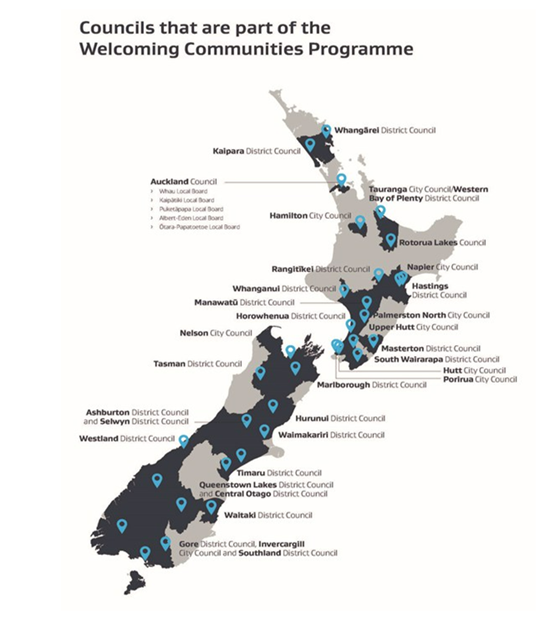
2.4 The impact of the Welcoming Communities programme is being evaluated
at a national level by a third party, on behalf of Immigration New Zealand.
This is long-term monitoring which will span several years, and involves local
case studies, focus groups and broad data collection to determine how well the
programme is achieving its aims.
2.5 In
early March 2024, Palmerston North Welcoming Communities will participate in
the third cycle of the national evaluation of the programme conducted by Allen
& Clarke on behalf of Immigration New Zealand. The most recent evaluation
report, from February 2023, is attached to this memorandum for reference. Key
findings included the following positive outcomes for member councils and
communities:
a. Strengthened connections between
councils, newcomers, and community-based groups
b. Substantial collaboration between
newcomers’ groups and community organisations
c. Strong and inclusive leadership by
councils – council and community leaders actively working to make their
community a welcoming place
d. Newcomers feel more welcomed and confident in using public
spaces in their community.
e. Increase in cross-cultural understanding in the community and
newcomers feel more confident to share their culture and have others share
their culture in return.
f. Newcomers feel an increased sense of belonging in the
community and the diversity they bring is valued by community members.
g. Welcoming Communities programme was a trusted network of support
during major national crises (such as the COVID-19 pandemic, Christchurch
Mosque attack, natural disasters).
3. CONTEXT
3.1 The Welcoming Communities Advisory Group Plan 2020-2023 was finalised and endorsed by Council on 17
March 2021.
3.2 The
Advisory Group will begin work on refreshing the existing plan in the coming
months. A Welcoming Plan is a key component of the Welcoming Communities
programme; it sets out our local priorities for the coming years, providing a
roadmap for achieving our welcoming goals for the city.
3.3 Note
the intention was to apply for Advanced Welcoming Communities accreditation
status in late 2023; however, the Ministry of Business, Innovation and
Employment (MBIE) put applications for accreditation on hold due to capacity
limitations. MBIE have recently reinstated their full Welcoming Communities
team, and it is expected that accreditation will be available again mid-year.
In the meantime, staff are preparing the accreditation application documents,
to be ready to submit as soon as applications open.
4. ANNUAL
UPDATE
4.1 Welcoming
Communities has continued to see strong growth in 2023. The focus has been on
strengthening meaningful partnerships and introducing new initiatives to create
an inclusive environment for newcomer communities.
4.2 The
Welcoming Communities Advisory Group remains the foundation of the programme,
and they have continued to meet six-weekly to guide and coordinate the programme’s implementation.
4.3 In
2023, Welcoming Communities coordinated and supported numerous events,
activities and programmes. Highlights of the year have included:
4.3.1 Welcoming
Schools Programme Report Launch
To deliver on ‘Connected + Inclusive Communities’
outcome area.
The Welcoming Schools programme is an initiative
created to enable systemic change in schools and foster an inclusive and global
thinking society through education. The programme has been co-funded by
Immigration New Zealand, Department of Internal Affairs, Council and Ministry
of Education, supported by Ministry for Ethnic Communities and Global Parents
Support, and is being delivered by the Manawatū Multicultural Council
(MMC).
A key milestone of the Welcoming School
programme in 2023 was the launch of the Inclusivity Strength Analysis Report in
September, as part of the Welcoming Week campaign. The report is the
culmination of the efforts of many schools and parents who have shared their
insights to foster a more inclusive school environment. The report highlighted
key findings and proposed solutions to enhance the inclusion of newcomer
students and families, including:
· The value of a
structured onboarding process for successful integration.
· The importance of culturally inclusive physical school spaces.
Since the launch, findings were presented
to Welcoming Communities Coordinators across the country and senior MBIE
managers.
Next steps for the Welcoming Schools
programme in 2024 include: parent workshops to improve understanding and
communication between newcomer families and school staff; cultural competence
and capability workshops for school staff; expansion to the early childhood
education sector; promotion of MMCs language assistance services into schools;
and development of an online information hub for newcomer families starting
school in Palmerston North.
4.3.2 Cultural
Celebrations
To deliver on ‘Connected +
Inclusive’ and ‘Culture + Identity’ outcome areas.
The Welcoming Communities programme
provides an essential link between event organisers and
ethnic communities. Strong relationships built over time between Council and
communities, and facilitated between communities themselves, enable greater
community outcomes to be achieved through the medium of events.
By embracing cultural festivities,
newcomers find reassurance in their identity and establish a sense of
connection and acceptance within the receiving community. Sharing their
cultural heritage with the mainstream community fosters a feeling of belonging,
and in turn, the host community gains understanding and appreciation of the
newcomers' culture and values, enabling them to better support and welcome
them. Palmerston North Welcoming Communities takes an active role in endorsing
various engaging events. In 2023, this included the new Palmy Play Festival - Taiopenga ā-Rēhia to celebrate
cultural diversity through playful activities.
Events supported in 2023
included:
|
· Lunar New Year
|
· Moon Festival
|
|
· Ethkick
|
· Palmy Play Festival – Taiopenga ā-Rēhia
|
|
· Festival of Cultures
|
· Diwali Mela
|
|
· Holi: Festival of Colours
|
· Religious Diversity Day
|
At Palmy Play
Festival – Taiopenga ā-Rēhia, 26 stall
holders hosted traditional games from all around the world to celebrate
cultural diversity of our community through the common language of play. This
festival was a collaboration between Council and the Manawatū
Multicultural Council.
Diwali Mela, the Festival of Lights,
celebrated its fourth year in Palmerston North in November. Each year the event
has grown larger and different components have been added. This year, in
addition to a range of food stalls, performances and the laser light show,
Story Boards, a Prayer Tent and a Curry of Fire competition were also featured.
This event continues to foster a strong partnership between Council and the
community.
4.3.3 City
Welcome – Pōwhiri for newcomers
To deliver on ‘Equitable
Access’, ‘Inclusive Leadership’ and ‘Welcoming
Communications’ outcome areas.
Palmerston North Welcoming communities has
strong established relationships with mana whenua, and this has again been
demonstrated throughout 2023.
Welcoming Communities has continued to partner
with Rangitāne to formally welcome newcomers to Palmerston North through
the City Welcome – Pōwhiri sessions. Four sessions were held
throughout 2023, attended by a total of approx. 500 newly arrived migrants,
former refugees and international students. During the
welcome sessions, newcomers have opportunities to learn about how to access
services and participate in activities within the city. Attendees are given
city Welcome Packs and they enjoy the opportunity to connect with city leaders
and service providers, as well as other newcomers.
4.3.4 Te
Tiriti o Waitangi Workshop for Welcoming Communities Advisory Group
To deliver on ‘Inclusive
Leadership’ outcome area.
Council’s Poutakawaenga Matua
– the Principal Māori Advisor facilitated a ‘Welcoming Communities and Te Tiriti o Waitangi’ workshop for the Advisory Group. In this workshop, the Group
discussed Te Tiriti and the Declaration of
Independence, and explored the Treaty aspirations of our local Welcoming Plan.
4.3.5 Welcoming
Week Campaign and Welcome Decal launch
To deliver on ‘Inclusive
Leadership’, ‘Welcoming Communications’ and ‘Welcoming
Public Spaces’ outcome areas.
Palmerston North celebrated its fourth
International Welcoming Week — Te Wiki o Manaaki campaign in
September 2023, with a series of engaging events and activities, including: a
Library Display about the achievements of the Palmerston North Welcoming
Communities programme over the years; a City Welcome session; the Welcoming
Schools Report Launch event; a potluck dinner with MMC; and a Plant and Play
event at Frederick Krull Reserve.
During the week, the new Welcome Decals
were also launched, to encourage local businesses and organisations to visibly
demonstrate their commitment to embracing people of all cultures. The Decal
stickers feature the word ‘welcome’ in 68 languages most spoken in
Palmerston North. The Decals have proven very popular, with over 100
distributed across the city to date, and several Councils from around the
country getting in touch keen to share the idea.
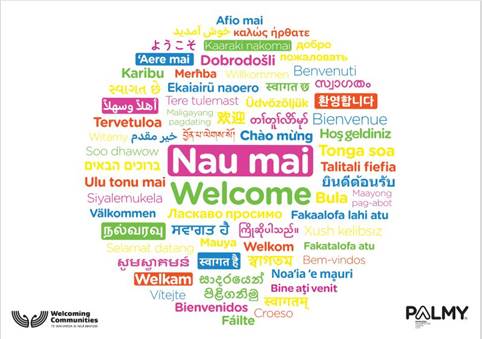
4.3.6 Palmy
Global Ambassadors
To deliver on ‘Inclusive
Leadership’ outcome area.
The Palmy Global Ambassadors programme
resumed in 2023. The programme aims to provide a leadership development pathway
for young international students and other newcomers, aged 18-24, with a focus
on international relations, community development and events. Four Global
Ambassadors were recruited in October 2023.
4.3.7 Organisational
Development
To deliver on ‘Inclusive
Leadership’ outcome area.
The Welcoming Communities framework
requires Council to work towards intentional inclusivity as an organisation as
well as facilitate this in the community. Throughout 2023, various activities
occurred in this area, including: the development of an internal diversity,
inclusion and equity working group; a Pink Shirt Day working group; celebrating
Welcoming Week; and putting a ‘welcoming lens’ across other
projects, such as the Age Friendly programme, Library programmes and various
communications and marketing work.
4.3.8 Knowledge
sharing and networking
The leadership of the Council in the
Welcoming Communities programme has been acknowledged in various ways over the
course of the year, and there have been many opportunities to share knowledge
and insights. Examples include presentations made to the Tokyo Metropolitan
Board of Education, offering cultural guidance to the Regional Community Arts
network group, supporting new councils as they join the programme, and
strengthening relationships with our regional neighbours.
The strong reputation of the programme has
also resulted in invitations to contribute to the development of a number of
central government projects, including: Te Whatu Ora MidCentral’s
‘Welcome to Palmerston North Hospital’ brochure, and Positive Women
Inc’s HIV prevention and support programme for people living in Aotearoa
who have come from high HIV prevalence countries.
In March 2024, Palmerston North will be
presenting at the Australasian ‘Consultations on Resettlement and
Complementary Pathways’ conference in Auckland, sharing insights on
the importance of meaningful partnerships for running a successful Welcoming
Communities programme.
Later in March 2024, Palmerton North will
be hosting Christina Pope, Director of Welcoming International for a visit to
the city. Welcoming International are interested to learn how Palmerston North
Welcoming Communities is structured, and this is an opportunity to discuss ways
to connect with other cities through the Welcoming International Alliance to
help us achieve our goals.
5. NEXT
STEPS
5.1 Implementation
of the programme will continue in 2024, with an emphasis on taking stock and
revising the Welcoming Communities Advisory Group Plan, incorporating fresh
activities and initiatives, whilst continuing to build on what is working well.
The Plan will be co-designed with newcomer communities, to ensure alignment
with their needs, ideas, and aspirations.
5.2 An
application for Advanced level accreditation will be submitted to MBIE as soon
as possible.
6. Compliance
and administration
|
Does the Committee have
delegated authority to decide?
|
Yes
|
|
Are the decisions significant?
|
No
|
|
If they are significant do, they
affect land or a body of water?
|
No
|
|
Can this decision only be made
through a 10 Year Plan?
|
No
|
|
Does this decision require consultation
through the Special Consultative procedure?
|
No
|
|
Is there funding in the current
Annual Plan for these actions?
|
Yes
|
|
Are the recommendations
inconsistent with any of Council’s policies or plans?
|
No
|
|
|
|
The recommendations contribute
to Goal 3: A Connected and Safe Community
|
|
The recommendations contribute
to the achievement of action/actions in Connected
Communities
The action is: Regularly develop
and implement Welcoming Plans.
|
|
Contribution to strategic
direction and to social, economic, environmental and cultural well-being
|
Annual update provided as to
the implementation of the current Welcoming Plan. The Welcoming Communities
programme delivers across many areas of Council’s strategic direction,
and contributes to enhanced social, economic and cultural wellbeing in the
community.
|
|
|
|
Attachments
|
1.
|
Welcoming Communities Evaluation Report Feb 2023 ⇩ 
|
|
Memorandum
TO: Community
Committee
MEETING DATE: 20
March 2024
TITLE: Community
Housing Partnership Fund Update
Presented
By: Julie
Macdonald, Strategy and Policy Manager
APPROVED BY: David
Murphy, Chief Planning Officer
RECOMMENDATION TO Community Committee
1. That the
Committee receive the memorandum titled ‘Community Housing Partnership
Fund Update’ presented to the Community Committee on
20 March 2024.
1. ISSUE
1.1 The
purpose of this memo is to provide an update to the Committee on decisions and
actions to support the proposed Community Housing Partnership Fund.
2. BACKGROUND, discussion and next steps
Community Housing Partnership Fund
2.1 In
May 2023 Council agreed to develop a Community Housing Partnership Programme
Plan to support and grow the capacity of community housing providers in our
community. The Council resolved:
“To develop a Community Housing Partnership Programme
plan for consideration in the 2024-2034 Long Term Plan.” (88.9-23)
2.2 In
October 2023 the Council discussed the proposed Community Housing Partnership
Programme. Various matters were discussed, including the potential size of the
Fund, and whether a budget for a programme (of $20,000) in year 1 of the Long
Term Plan (LTP) would be needed for the development of the Fund.
2.3 Staff
have since determined that the research and developmental work for the Fund can
be done in-house during 2024/2025. There is therefore no additional provision
in the proposed LTP budget for this work.
2.4 In
February 2024 the Council endorsed the Mahere whare Housing plan as one
of the foundation documents of the proposed Long Term Plan. This draft plan
includes a range of actions in support of community housing. These include:
· Support
social housing providers through a Community Housing Partnership Fund (from
year 2).
2.5 Elected
members have not yet determined the scale of the proposed Community Housing
Partnership Fund, nor made any budgetary provision for it in the proposed Long
Term Plan. Staff therefore anticipate that the size of the Fund may be
determined through Annual Budget planning and deliberations in 2025. At that
stage, elected members will have the outcome of the initial research and
development process to inform their decision. This research will, for example,
provide information about the nature of the assistance community providers
would find most beneficial.
2.6 Alternatively,
if elected members wish to provide more certainty for the community, they could
decide to add a Community Housing Partnership Fund budget into year two of the
proposed LTP prior to its adoption.
Proposed Community Housing Partnership Fund in a broader
context
2.7 Council
has also resolved to undertake some other significant work in the LTP in
support of social and community housing outcomes. This work stems from the
following resolutions of Council:
· to
pursue social housing outcomes through the development of 17 Summerhays St
(formerly the Terrace End Bowling Club) (158.1
- 4 October 2023), and
· provide
options to deliver social housing within the current [Revenue and Finance]
Policy limit for this activity (5.1
- 7 February 2024).
2.8 Progress
reports on both these projects will be brought to elected members through the
appropriate Committees.
3. Compliance
and administration
|
Does the Committee have
delegated authority to decide?
|
Yes
|
|
Are the decisions significant?
|
No
|
|
If they are significant do they
affect land or a body of water?
|
No
|
|
Can this decision only be made
through a 10 Year Plan?
|
No
|
|
Does this decision require
consultation through the Special Consultative procedure?
|
No
|
|
Is there funding in the current Annual
Plan for these actions?
|
Yes
|
|
Are the recommendations
inconsistent with any of Council’s policies or plans?
|
No
|
|
The recommendations contribute
to Goal 3: A Connected and Safe Community
|
|
The recommendations contribute
to the achievement of action/actions in Connected
Communities
The actions are: to support
local social housing initiatives and to provide social housing.
|
|
Contribution to strategic
direction and to social, economic, environmental and cultural well-being
|
This report provides information
to support Council decision-making to progress its social and community
housing objectives. These activities promote a connected and safe community.
|
|
|
|
Attachments
Nil
Memorandum
TO: Community
Committee
MEETING DATE: 20
March 2024
TITLE: Accessibility
Review - Council-owned Buildings
Presented
By: Bryce
Hosking, Group Manager - Property and Resource Recovery
APPROVED BY: Chris
Dyhrberg, Chief Infrastructure Officer
RECOMMENDATION TO Community Committee
1. That the
Committee receive the memorandum titled ‘Accessibility Review –
Council-owned Buildings’ presented to the Community Committee on
20 March 2024.
1. ISSUE
1.1 The
Disability Reference Group provided a submission to the 2021-31 Long-Term Plan
requesting an accessibility assessment be undertaken of all Council-owned
buildings, excluding housing. The accessibility assessment is now
complete.
1.2 Each
building was individually assessed/ audited considering the needs of all users
with specific consideration to disability access requirements. The areas
that did not meet the local legislation or international best practice were
identified, prioritised and recommendations were made for improvement.
1.3 Following
a submission from the Disability Reference Group to the 2022/23 Annual Plan,
the scope of the accessibility assessment was expanded to include all
Council-owned infrastructure. As the consultant had already been engaged
prior to the scope expansion to undertake the building assessment work, this
work was completed first.
1.4 This
report is in respect to the building assessment work only. It provides a
summary of the work completed, the findings, and outlines the process for
addressing the issues and improvements. Officers provided regular updates
to the Disability Reference Group on the assessment period including that this
report was being presented to the Community Committee.
2. BACKGROUND
2.1 Operational
Programme 2041 (Property – Accessibility of Council Facilities
Assessment) was included in Year 2 of the 2021-31 Long Term Plan. This
programme was created to provide an external assessment of all of Council's
facilities to determine whether the needs of people with disability are
appropriately addressed, and to identify any gaps.
2.2 Assessment
reports have been provided for each facility comprising of the following:
· Areas of concern
requiring immediate attention – compliance and safety concerns.
· Recommendations
for consideration in maintenance and short-term planning.
· Recommendations
for longer-term planned renewals; and
· Highlighting
areas what the reviewers regard as best practice in respect to accessibility.
Degrees of
Accessibility
2.3 The impacts as
described in the main body of the Accessibility Audit indicate several levels
of accessibility:
· Accessible
- all persons can gain access independently.
· Restricted
access/ Accessible with help – access can be gained with assistance; and
· Inaccessible
– access is not possible with any degree of reasonable assistance.
3. Assessment Process
3.1 The accessibility
assessment has investigated the following elements:
· External
Approach – Including parking areas, setting down points, pedestrian
access, and approach to external entrances.
· Entrances
– Including access to main entrances, location of main entrances, and
design of main entrances.
· Horizontal
Circulation – Internal corridors, door design, and door fixtures and
fittings.
· Vertical
Circulation – Any internal accommodations to change of level, internal
ramped and stepped access, and associated fixtures and fittings.
· Sanitary
Conveniences – Including Bathroom Facilities, Shower Facilities,
Wheelchair Accessible WC.
· Facilities
– Reception areas, kitchen area other fixtures and fittings.
· Signage,
Wayfinding & Lighting Highlights – Including areas of compliance,
best practice, or good policy.
3.2 BarrierFree then
provided a comprehensive accessibility report for each group of facilities
along with a spreadsheet detailing non-compliant building elements and
recommendations for improvement and prioritisation.
3.3 Please
refer to Attachment 1 for a sample report and Attachment 2 for a sample tag
list relating to Civic Administration Building (CAB) to demonstrate what was
received. Due to the commercially sensitive nature of the audit of the
shops, Officers have limited Attachment 1 to only include the Council-operated
areas of CAB. In general, these reports are very operational in nature
and combined are close to 1,000 pages in length, hence only a sample was
attached.
4. Assessment Findings
4.1 The
accessibility findings show that most council-owned buildings are already
accessible to a certain degree, however, they feature elements with varied
degrees of accessibility which make the building or part of the building
inaccessible or limitedly accessible to some.
4.2 Some
of the common findings throughout the portfolio were:
|
Area
for improvement
|
Common elements to be addressed
|
|
Accessible
car parks and route to the facilities
|
· Insufficient
or non-compliant carparking (low visibility- lacking blue colour contrast
paint).
· No
or inadequate provision of an accessible route from accessible parking to the
buildings.
· Inaccessibility
to both sides of a vehicle within carparks.
· No
tactile cues on pedestrian routes.
· Uneven
pathways and surfaces.
|
|
Entrance
and exit doors
|
· Doors
do not meet minimum width requirements.
· Lack
of kickplates.
· Change
in level or feature ledge.
· Handles
and locks are difficult to use for users with dexterity levels.
· No
provision of step-free emergency exit doors.
· No
colour contrast between door and walls.
|
|
Stairs
and ramps
|
· Lack
adequate colour contrast on the rise and tread.
· Features
open riser designs.
· No
or a lack of handrails on both sides.
· Lack
safety rails or extension returning to the wall or floor.
· Steep
slopes.
|
|
Bathrooms
and showers
|
· No
accessible shower.
· Insufficient
space dimension for turning and transfer.
· Inaccessible
grabrails.
· Toilets
with no backrests, poor colour contrast between fixtures, floorings, and
walls.
· Height
/distance issues for amenities within bathrooms i.e. basins, soap dispensers.
Electrical switches etc.
|
|
Kitchens
and reception spaces
|
· Benches
and facilities do not meet adequate knee recess clearance or height for
wheelchair users and those with height restrictions.
· Information
signs exceed heights.
· Counters
and reception desks often do not feature accessible heights on both customer
and staff sides.
|
|
Spaces
and flooring
|
· Lack
of colour contrast/low visibility.
· Connecting
corridors/hallways are not wide enough for horizontal circulation.
· Glass
panels have low visibility.
· Visually
‘noisy’ patterned flooring, uneven surface, and cracked paving.
|
|
Outdoor
spaces
|
· Outdoor
seating is not suitable for wheelchair users – no backrest, no colour
contrast, no armrest or mobility aids, inadequate height & clearance
space.
|
|
Signage
|
· No
braille and embossment.
· Lack
of visible accessible signage lacks a pictogram or English text.
· Low
colour contrast, small or obstructed signs,
· Low
or high set signage position.
|
4.3 Please
note that whilst some of the findings are inconsistent with the Building Act
2004 requirements, this does not mean the facility is not compliant. It
just means that next time a building consent is required for work in the
facility, these issues will need to be dealt with to bring it up to standard.
5. implementation
approach
5.1 Whilst
this appears a lengthy list, most are simple fixes which can be addressed as
part of ‘business as usual’ maintenance and renewals.
However, there are some suggested changes that are considerably more complexity
and will need to be considered alongside programmed renovation work, seismic
upgrading, and major structural or surrounding upgrades.
5.2 Priority-A (1-2
years) – Address the non-compliant elements that do not meet the minimum
local legislation. This will be undertaken using existing operational
budgets and includes common issues throughout the portfolio such as:
· Installing
kickplates onto the doors.
· Paintwork
- Colour contrast wall and surfaces, car park paint, stair nose & handrail
paint.
· Replacing
door locks/handles.
· Installation
of accessible features; coat hooks, showers, shelves, etc.
· Replace/relocate
accessible bathroom/shower fixtures and fittings, height adjustment.
5.3 Priority-B (3-5
years) – works that include adaption and improvement often associated
with minor structural alternation. These elements will be added to the scope
of the existing renewals programme and include:
· Improving
accessible routes or parking, installing tactile cues on pedestrian routes.
· Widen
the width of entrance/exit doors and improve ledges and ramp installation.
· Installing
and improving handrails, treating the steeped slope ramps, improving gradients,
etc.
· Flooring-
replace the visually noisy patterned flooring, adding accessible
counter/reception desks.
· Kitchen
spaces: improve benches and facilities to meet adequate knee recess
clearance or height for wheelchair users and those with height restrictions.
5.4 Long-term
improvement programme will address non-compliant elements that require major
structural and ground alternation and improvement. Some of these issues
may already meet the minimum local legislation requirement but do not meet
universally accepted best practices. These will need substantially more
planning and are not currently budgeted for.
6. Next
steps
6.1 Implement
the Priority A and B work as part of the existing programmed maintenance and
renewal budgets. This work will be overseen by the Property Compliance
Officer in the Property Division.
7. Compliance
and administration
|
Does the Committee have
delegated authority to decide?
|
Yes
|
|
Are the decisions significant?
|
No
|
|
If they are significant do, they
affect land or a body of water?
|
No
|
|
Can this decision only be made
through a 10 Year Plan?
|
No
|
|
Does this decision require
consultation through the Special Consultative procedure?
|
No
|
|
Is there funding in the current
Annual Plan for these actions?
|
Yes
|
|
Are the recommendations
inconsistent with any of Council’s policies or plans?
|
No
|
|
The recommendations contribute
to Goal 3: A Connected and Safe Community
|
|
The recommendations contribute
to the achievement of action/actions in Connected
Communities
The action is to assess the
accessibility of Council facilities, particularly for people with
disabilities
|
|
Contribution to strategic
direction and to social, economic, environmental, and cultural well-being
|
Accessible buildings will
provide the community with greater access to Council services and facilities
and improve the connectiveness and social well-being of people in the city.
|
|
|
|
Attachments
|
1.
|
Sample
of the Full CAB Accessibility Audit Report ⇩ 
|
|
|
2.
|
CAB
Accessibility Audit Tag List ⇩ 
|
|
Committee Work Schedule
TO: Community
Committee
MEETING DATE: 20
March 2024
TITLE: Committee
Work Schedule - March 2024
RECOMMENDATION TO Community Committee
1. That the
Community Committee receive its Work Schedule dated March 2024.
committee
work schedule – March 2024
|
Estimated Report Date
|
Subject
|
Officer Responsible
|
Current Position
|
Date of Instruction &
Clause number
|
|
20 Mar 2024
|
Welcoming Communities -
Annual Report
|
Chief Customer Officer
|
|
4 November 2020
Clause 43-20
|
|
20 Mar 2024
|
Annual Sector Lead Report:
Housing Advice Centre
|
Chief Customer Officer
|
|
Terms of Reference
|
|
20 Mar 2024
|
Annual Sector Lead Report:
Manawatū Multicultural Centre
|
Chief Customer Officer
|
|
Terms of Reference
|
|
20 Mar 2024
|
Annual Sector Lead Report: Te
Pū Harakeke - Community Collective Manawatū
|
Chief Customer Officer
|
|
Terms of Reference
|
|
20 Mar 2024
|
Annual Sector Lead Report: Te
Tihī o Ruahine Whānau Ora Alliance
|
Chief Customer Officer
|
|
Terms of Reference
|
|
20 Mar 2024
|
Community Housing Partnership
Plan - Update
|
Chief Customer Officer/ Chief
Planning Officer
|
|
31 May 2023
Clause 88.9-23
|
|
12 Jun 2024
|
Develop a City Wide Food
Resilience and Security Policy
|
Chief Planning Officer
|
Moved to Sustainability Committee
22 May 2024
|
31 May 2023
Clause 88.10-23
|
|
12 Jun 2024
|
Annual Report on Library Services
|
Chief Customer Officer
|
|
24 May 2023
Clause 22-23
|
|
12 Jun 2024
|
Pasifika Reference Group - Annual Presentation
|
Chief Customer Officer
|
|
|
|
12 Jun 2024
|
Seniors Reference Group - Annual Presentation
|
Chief Customer Officer
|
|
|
|
23 Oct 2024
|
Disability Reference Group – Annual Presentation
|
Chief Customer Officer
|
|
|
|
23 Oct 2024
|
Develop an Age Friendly Plan
|
Chief Customer Officer/ Chief Planning Officer
|
|
31 May 2023
Clause 88.15-23
|
|
23 Oct 2024
|
Annual Report - Community Funding Allocation 2023/24
|
Chief Customer Officer
|
|
Rec 1c of the Community Grants
& Events Funding Review - May 2021
|
|
TBC
|
Actions and resources required to sign up to the
Accessibility Charter
|
Chief Customer Officer
|
|
22 Nov 2023
Clause 38-23
|
|
TBC
|
Expressions of Interest for a partnership-based approach
to providing a natural burial site in PN
|
Chief Infrastructure Officer
|
|
22 Nov 2023
Clause 47
Council
1 Jun 2022
Clause 60-22
|


















